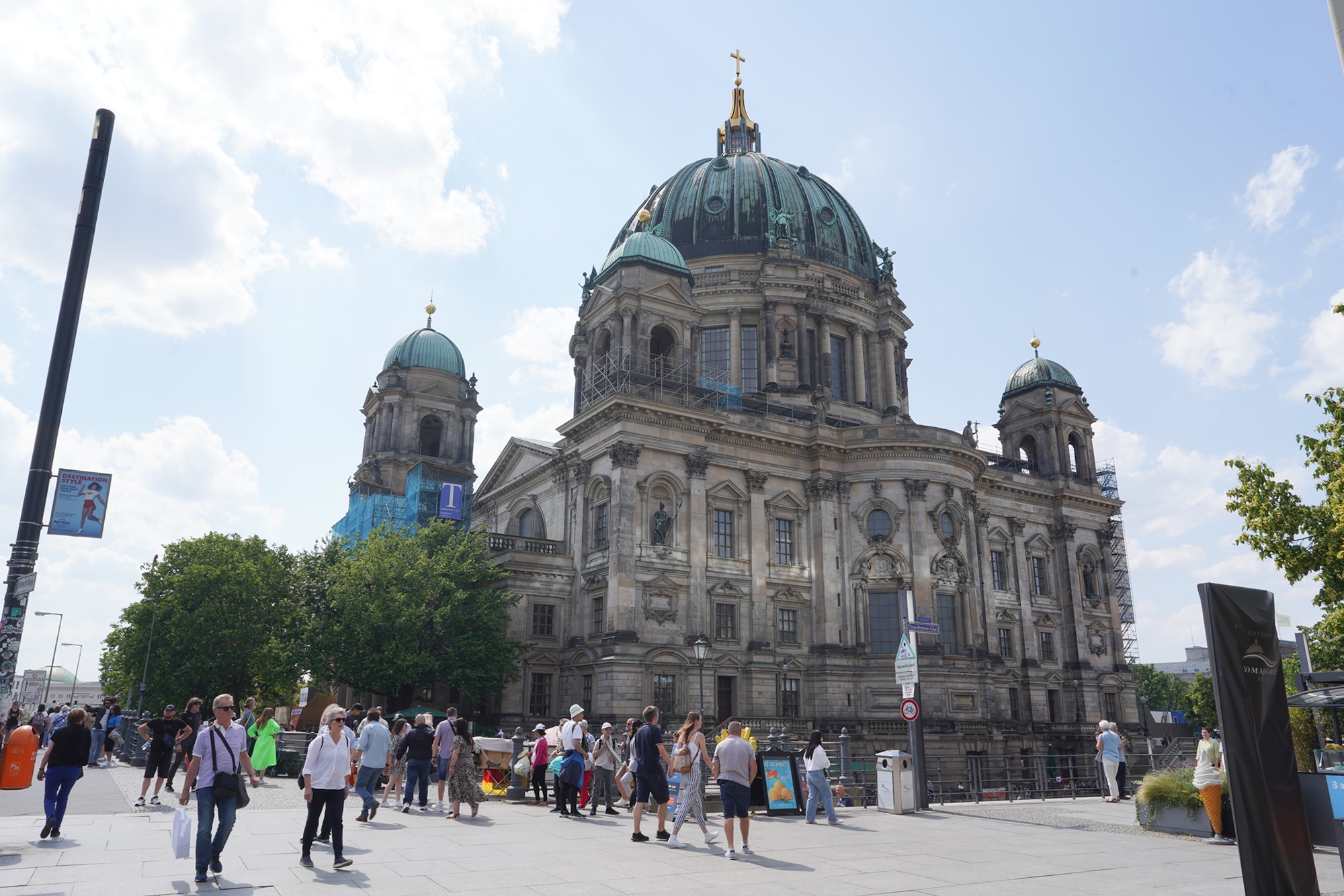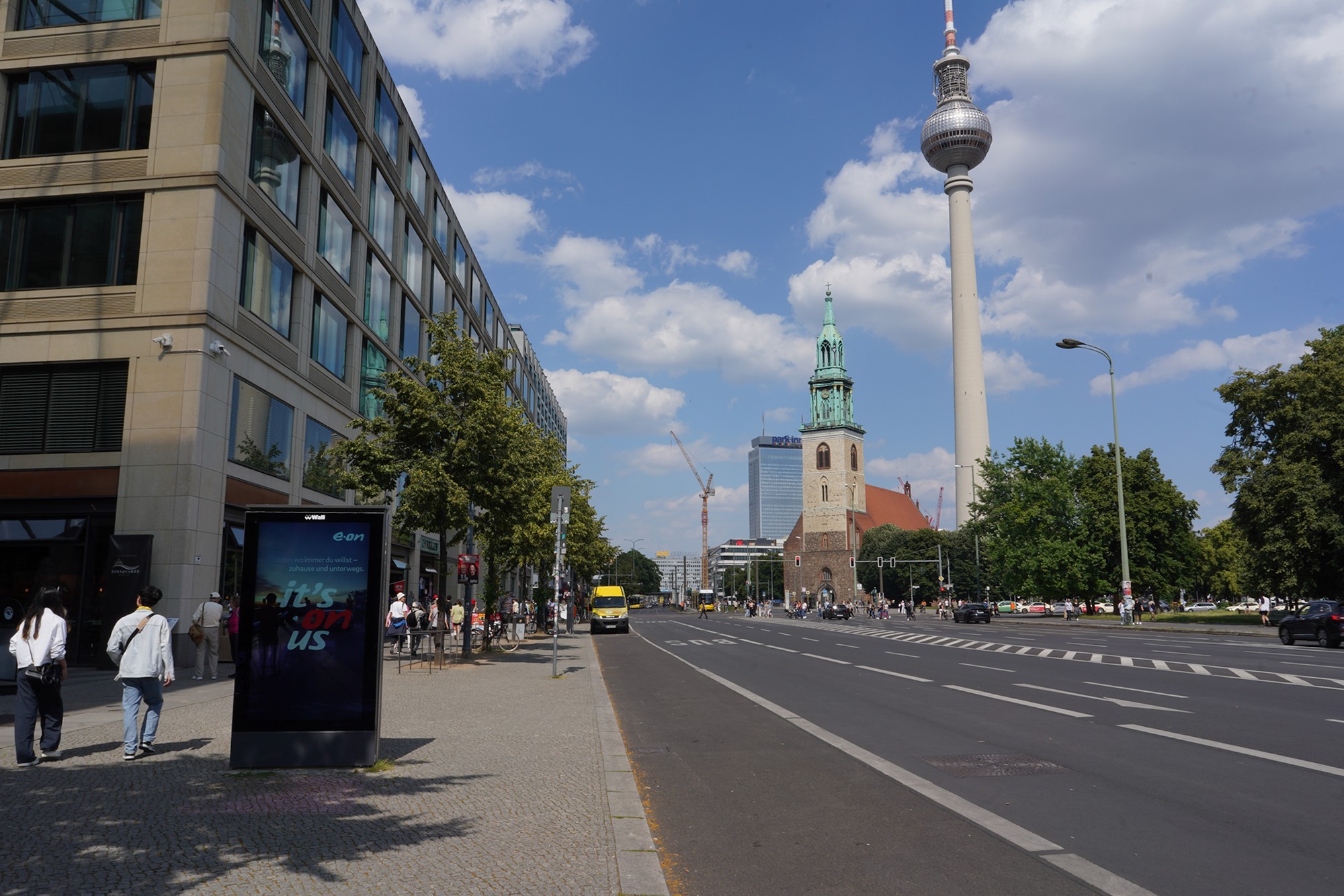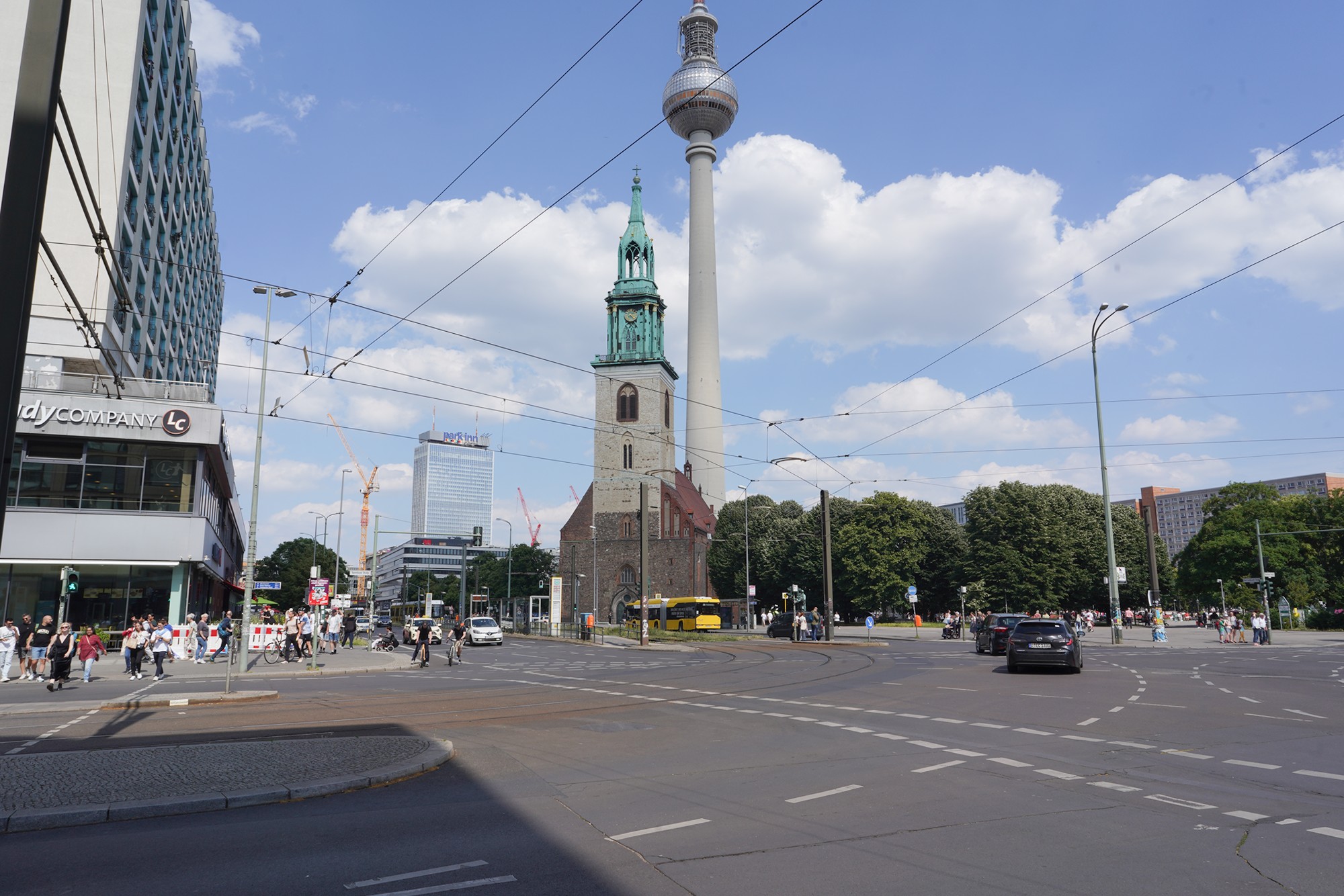Berlin Walk, Germany
Berlin, the capital of Germany, was the last city for my tour of Germany. 927
Alexanderplatz: 10178 Berlin, Germany
Reichstag Building: Platz der Republik 1, 11011 Berlin, Germany
Brandenburg Gate: Pariser Platz, 10117 Berlin, Germany
Memorial to the Murdered Jews of Europe: Cora-Berliner-Straße 1, 10117 Berlin, Germany
Unter den Linden: 10117 Berlin, Germany
Friedrichstraße: Berlin, Germany
Neue Kirche: Gendarmenmarkt 1-2, 10117 Berlin, Germany
Bebelplatz: Unter den Linden, 10117 Berlin, Germany
German Historical Museum: Unter den Linden 2, 10117 Berlin, Germany
Berlin Cathedral: Am Lustgarten, 10178 Berlin, Germany
DDR Museum: Vera Britain Ufer, Karl-Liebknecht-Str. 1, 10178 Berlin, Germany
Date Picture Taken: June, 2024
Berlin has a complex and layered history, from its origins in the 13th century to its role as the capital of Prussia and later the German Empire. In the 20th century, Berlin was central to both World Wars and the Cold War. After World War II, the city was divided into East and West Berlin, with the Berlin Wall physically and ideologically separating the two. The fall of the Berlin Wall in 1989 symbolized the end of the Cold War and the reunification of Germany.
The area in the picture is Alexanderplatz in Berlin. I went to this area most often because I had to change the tram here to go to a different part of Berlin.
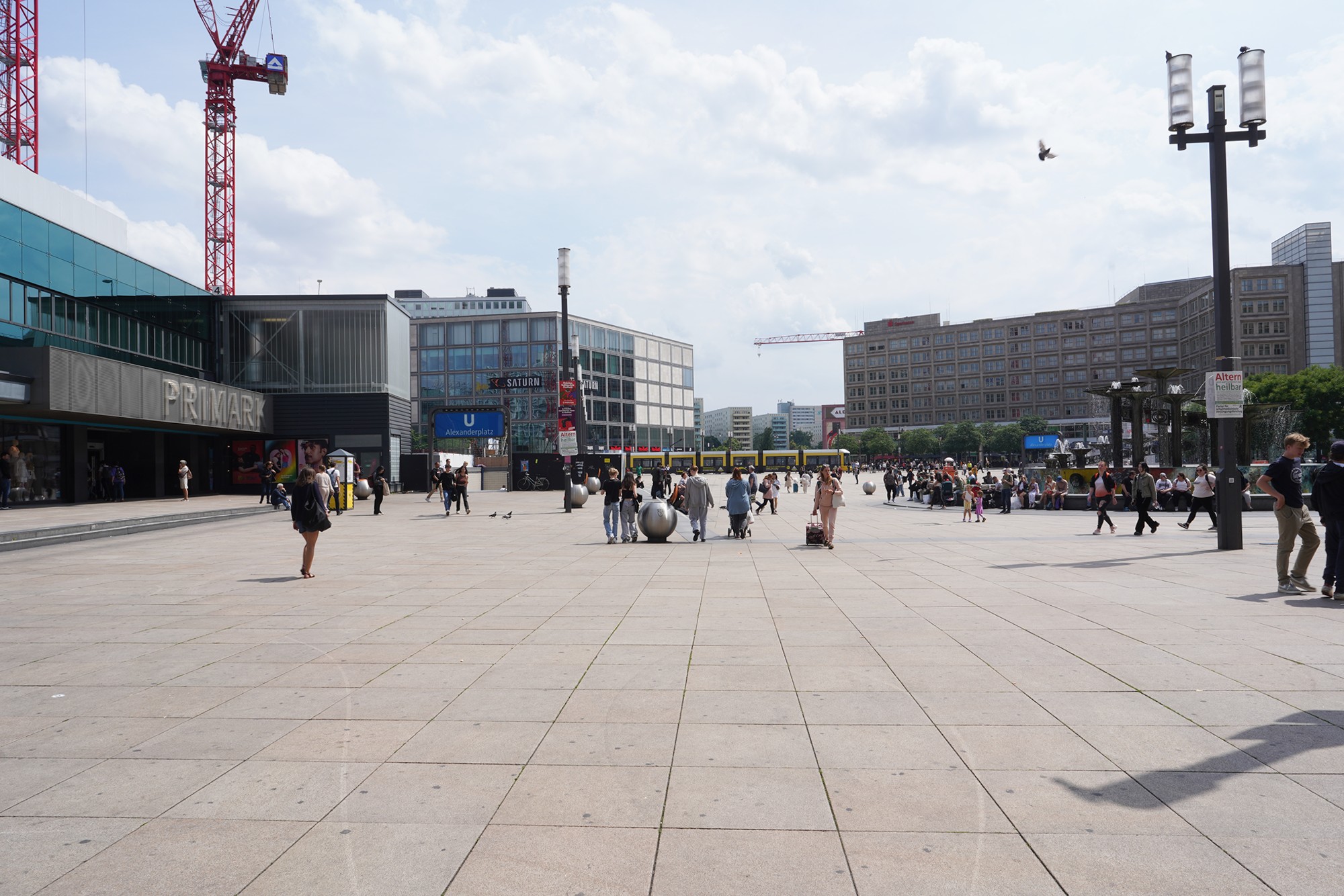
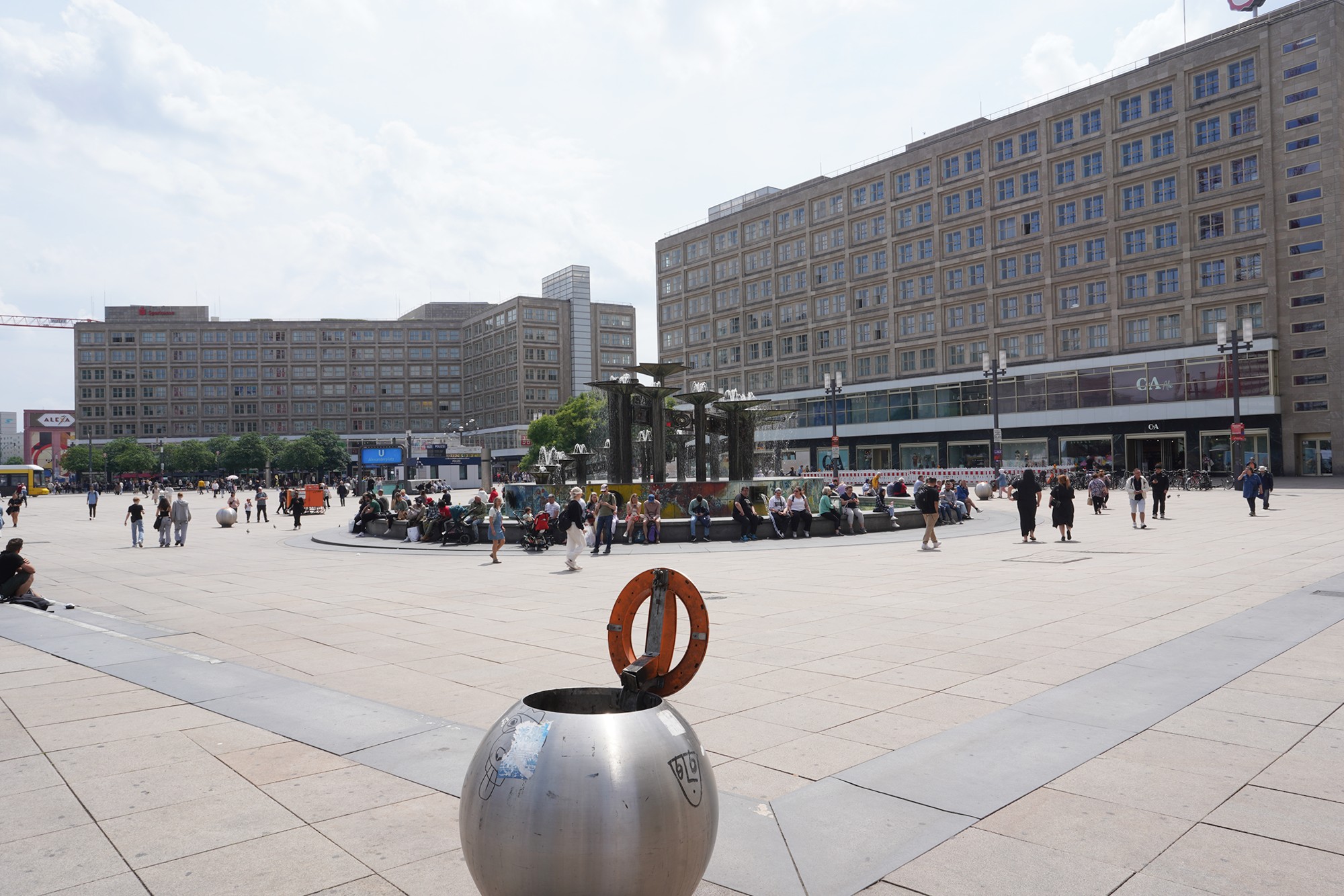
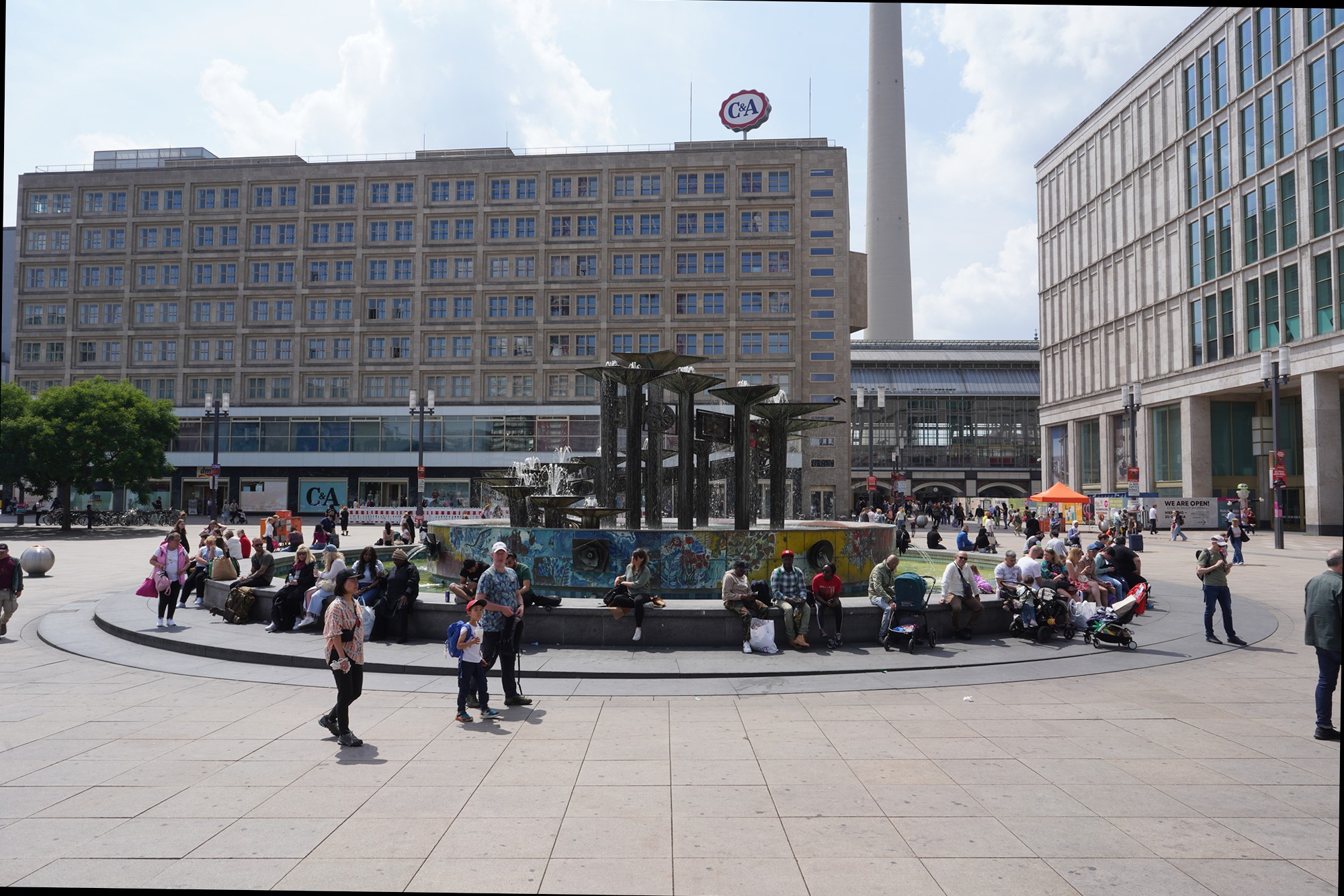
Like the one in Munich, a Galleria department store is here. Like the one in Munich, this store has a good cafeteria food area on the top floor.
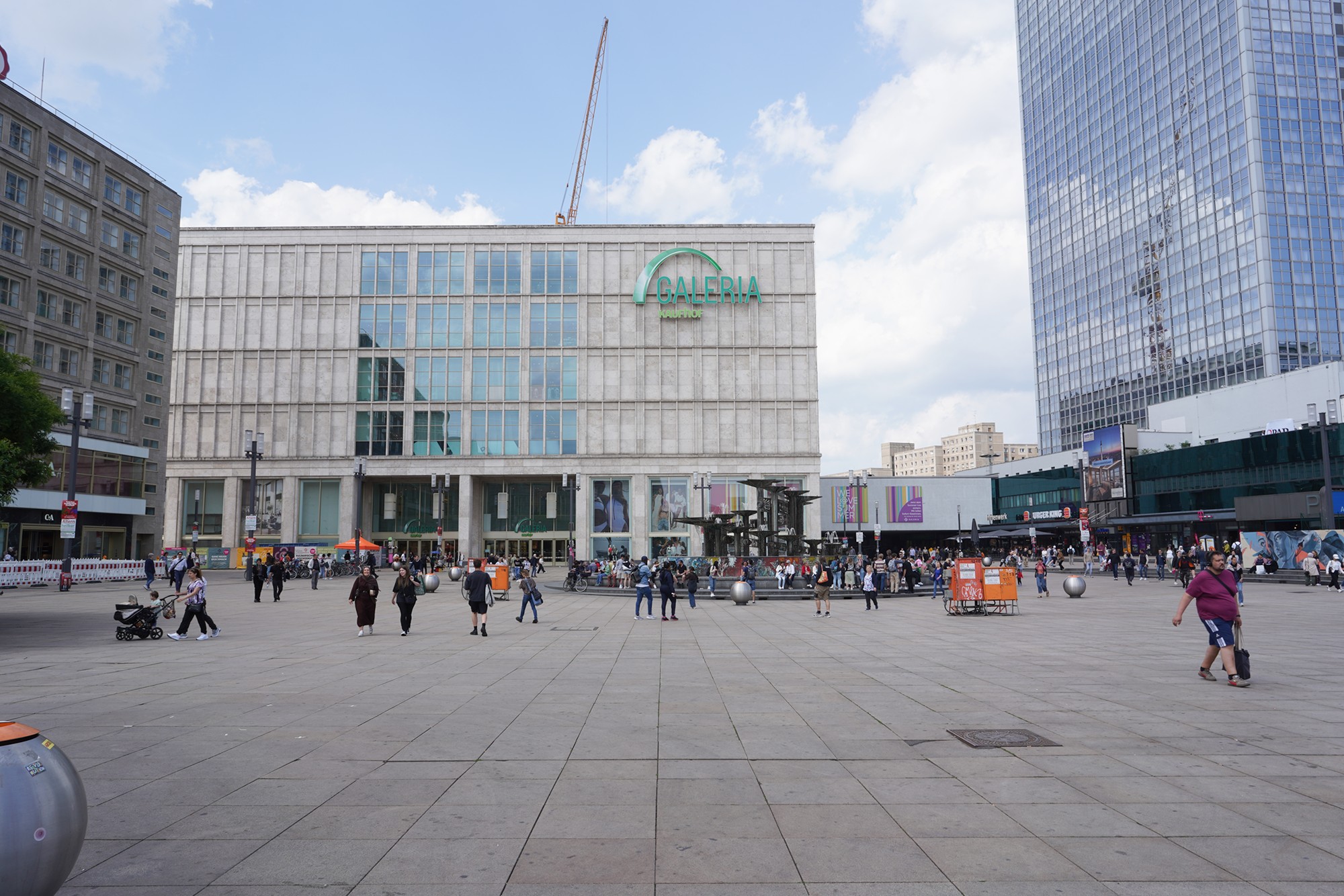
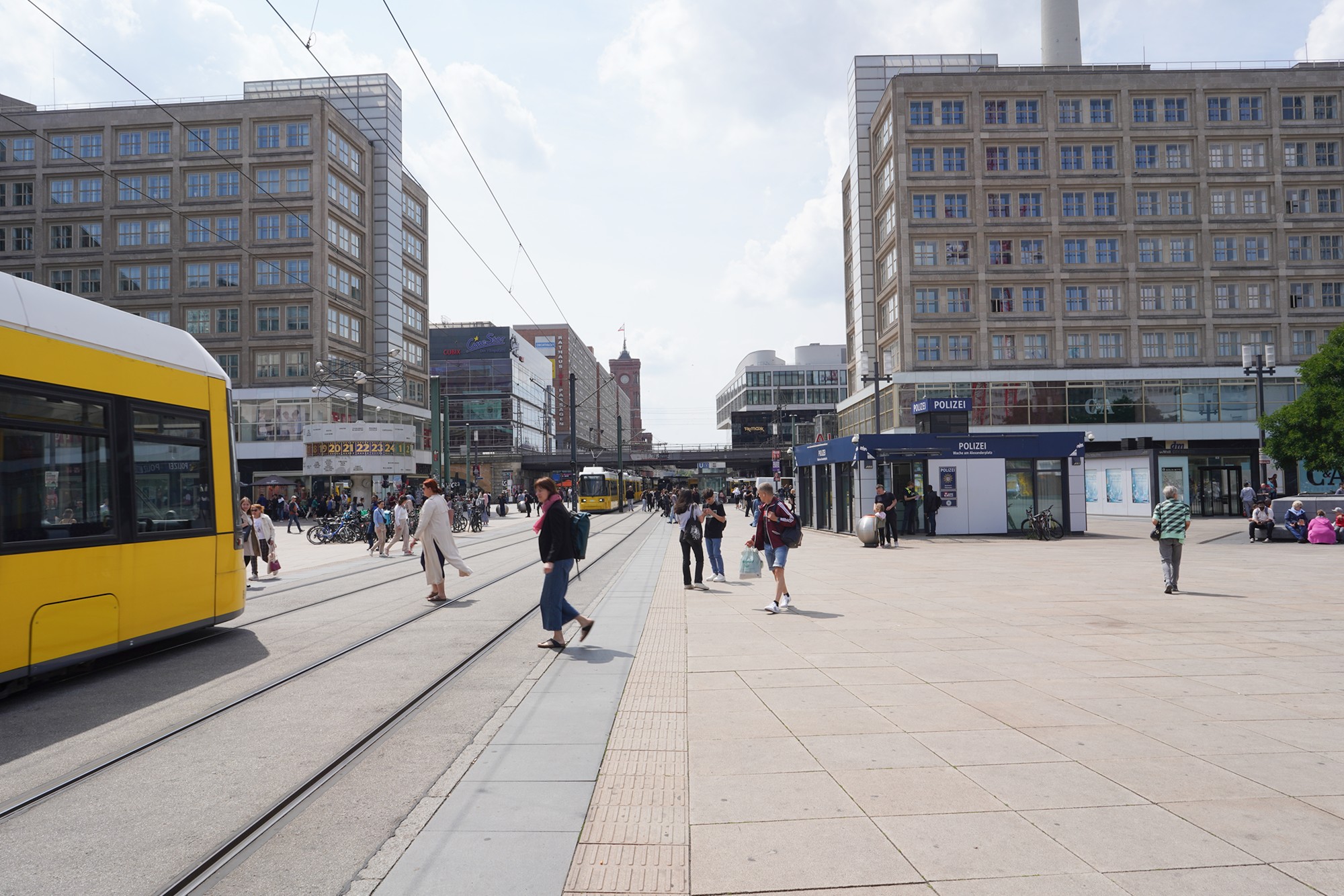
I took a tram from the Alexanderplatz to the Reichstag Building (Parliament).
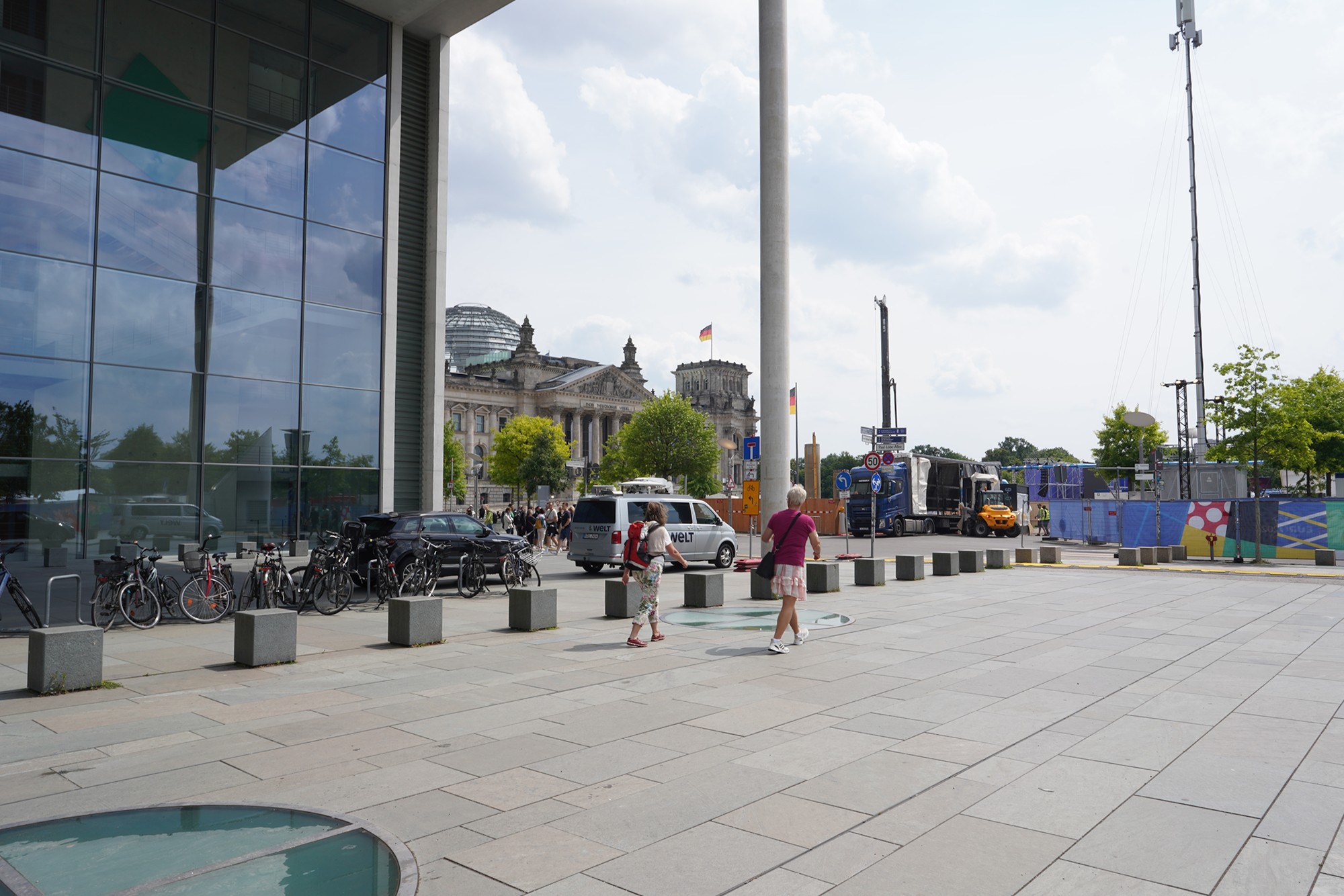
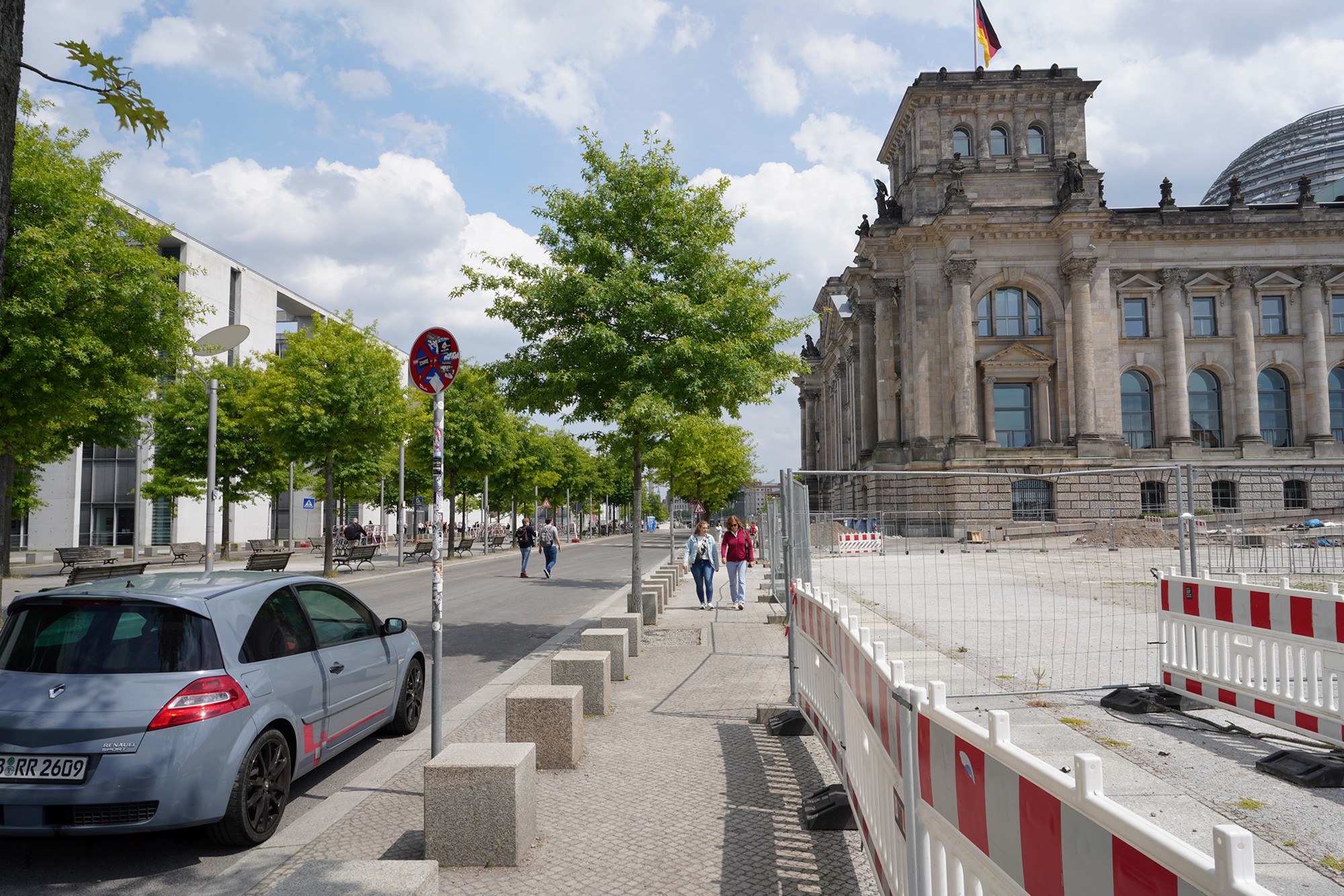
The Reichstag Building (Parliament). The building was designed by architect Paul Wallot and completed in 1894 to house the Imperial Diet (Reichstag) of the German Empire.
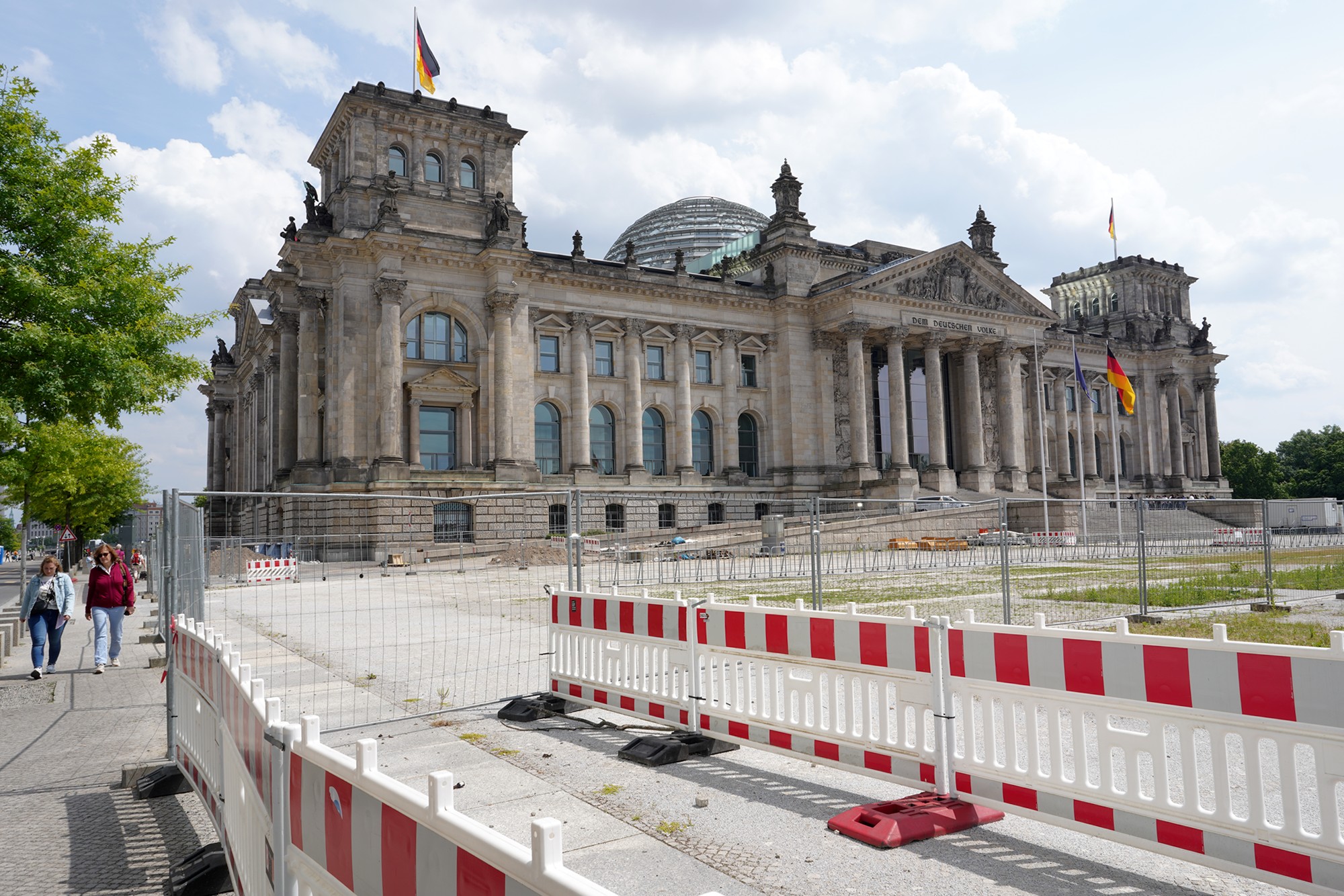
During World War II, the Reichstag suffered heavy damage due to Allied bombing and the Battle of Berlin.
After the war, it stood in disrepair until it was renovated in the 1960s. However, it wasn’t used for parliamentary functions during the Cold War, as the Bundestag met in Bonn, the capital of West Germany.
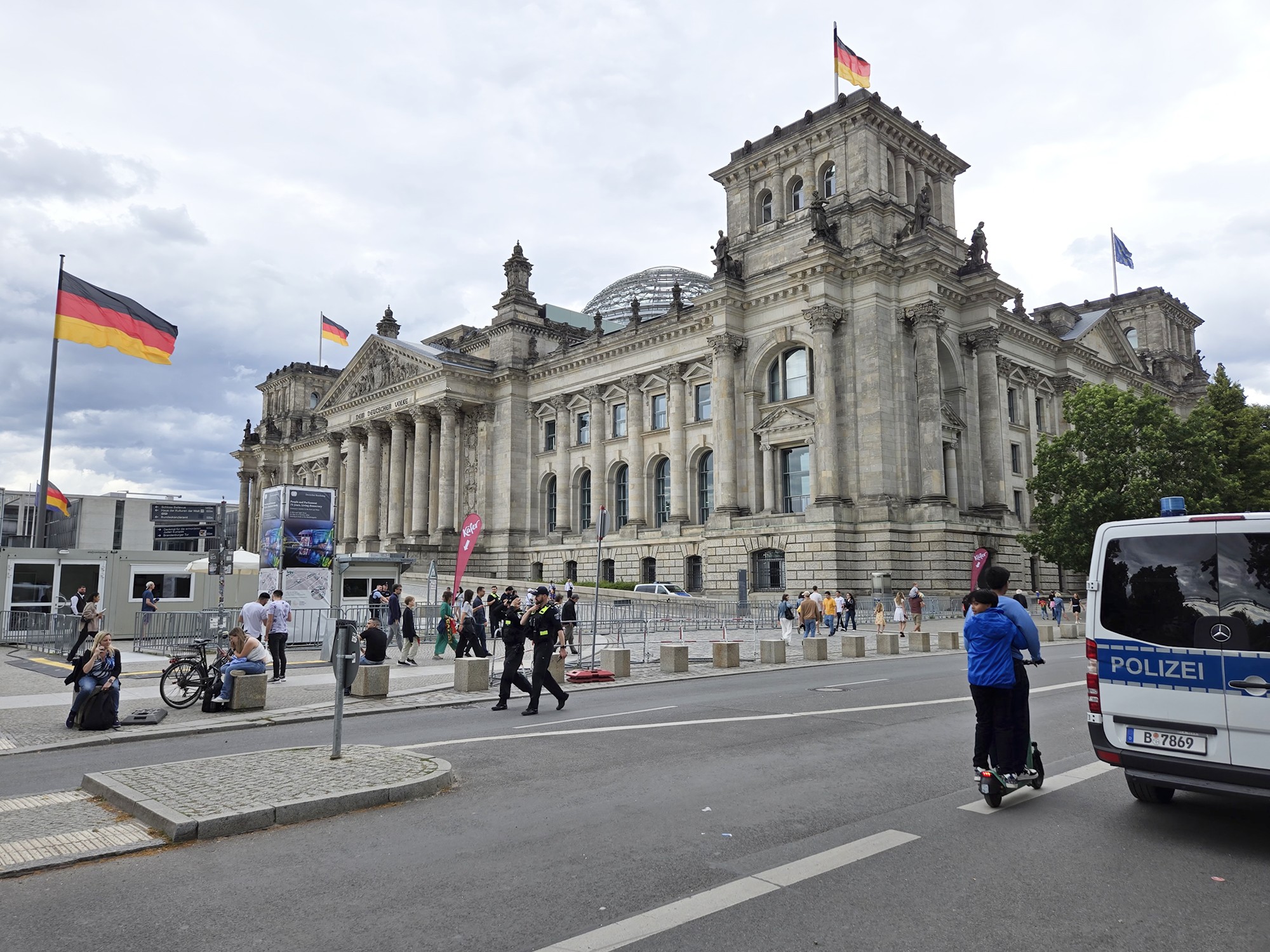
On top of the building is this glass dome, and this is the only area visitors can visit. The ticket must be purchased in advance due to the place’s popularity.
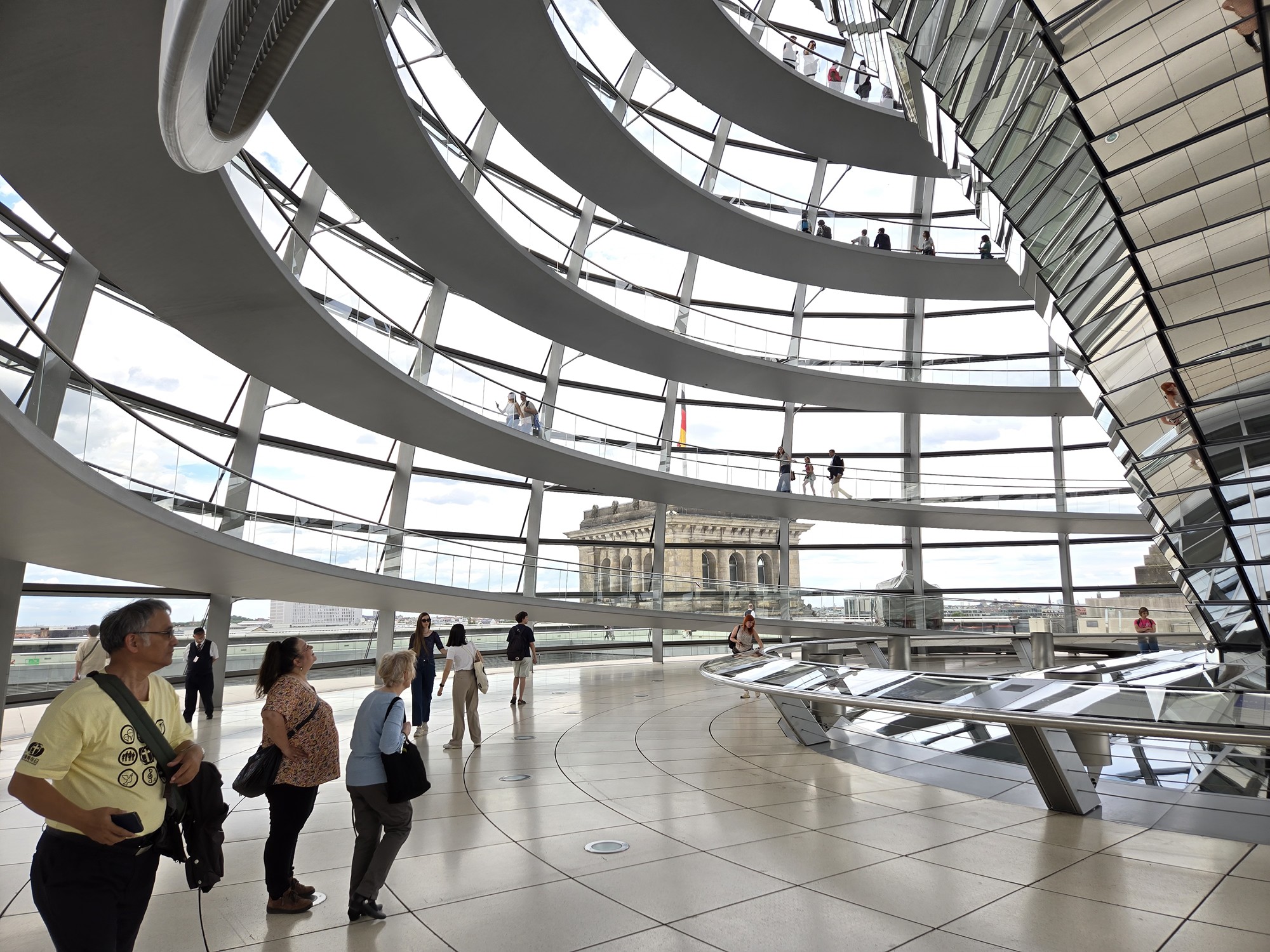
After German reunification in 1990, it was decided that Berlin would once again be the capital, and the Reichstag was chosen as the seat of the Bundestag.
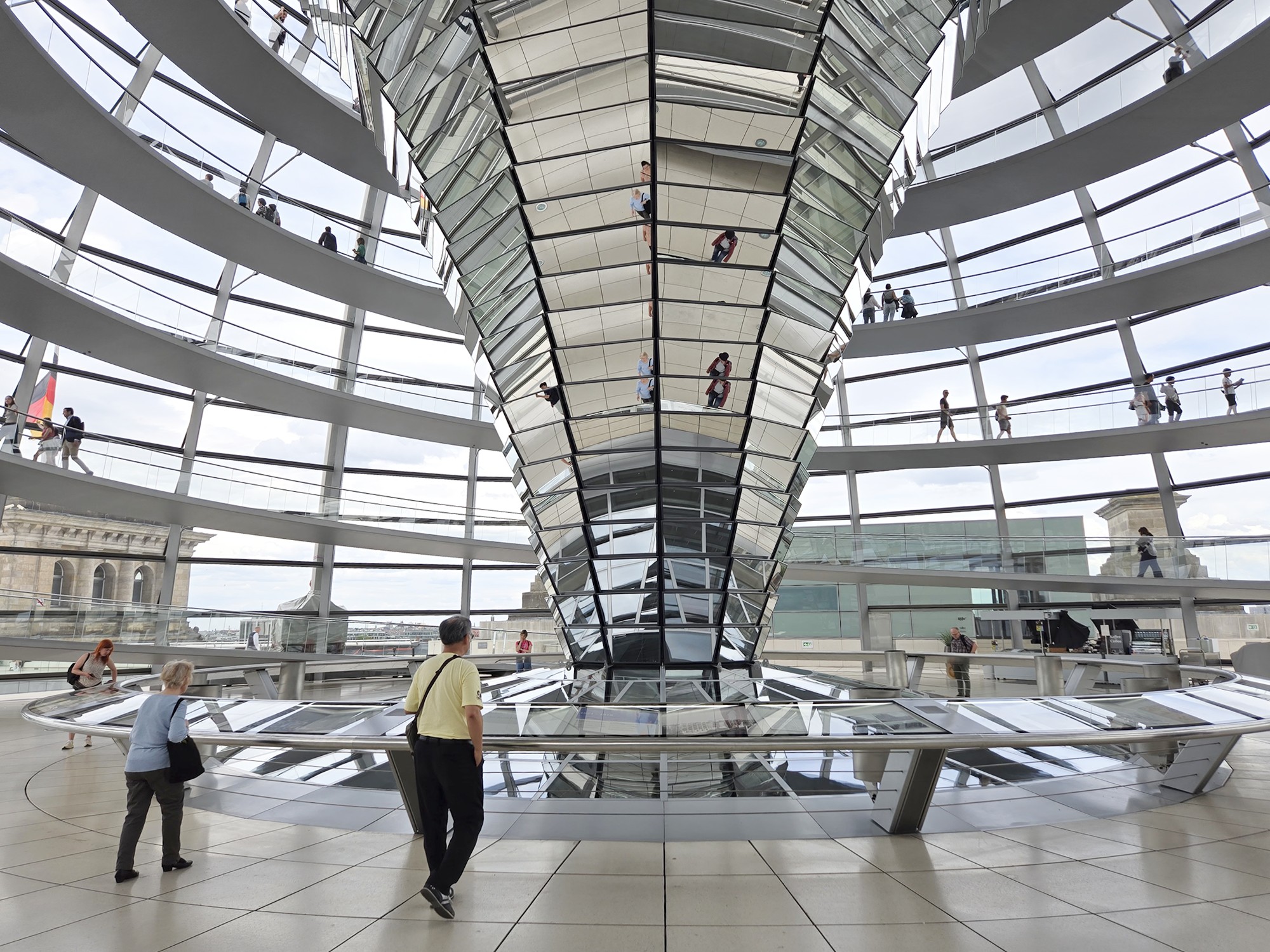
The building underwent a major reconstruction between 1995 and 1999, led by British architect Sir Norman Foster. Foster preserved the historical façade but modernized the interior and added the famous glass dome.
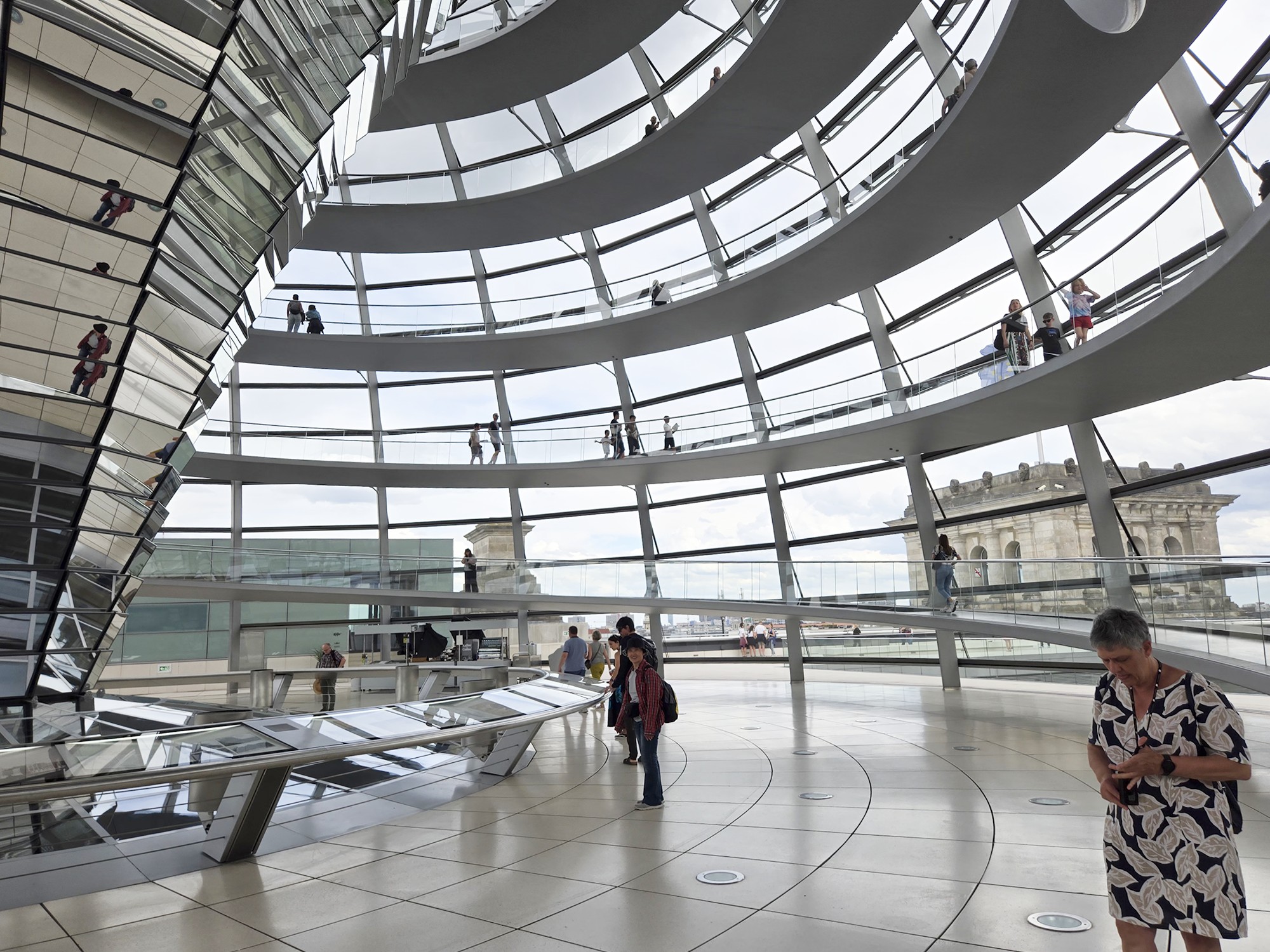
The most striking feature of the modern Reichstag is its glass dome, which offers a 360-degree view of the surrounding cityscape. Visitors can walk up a spiraling ramp inside the dome, symbolizing the transparency of democracy.
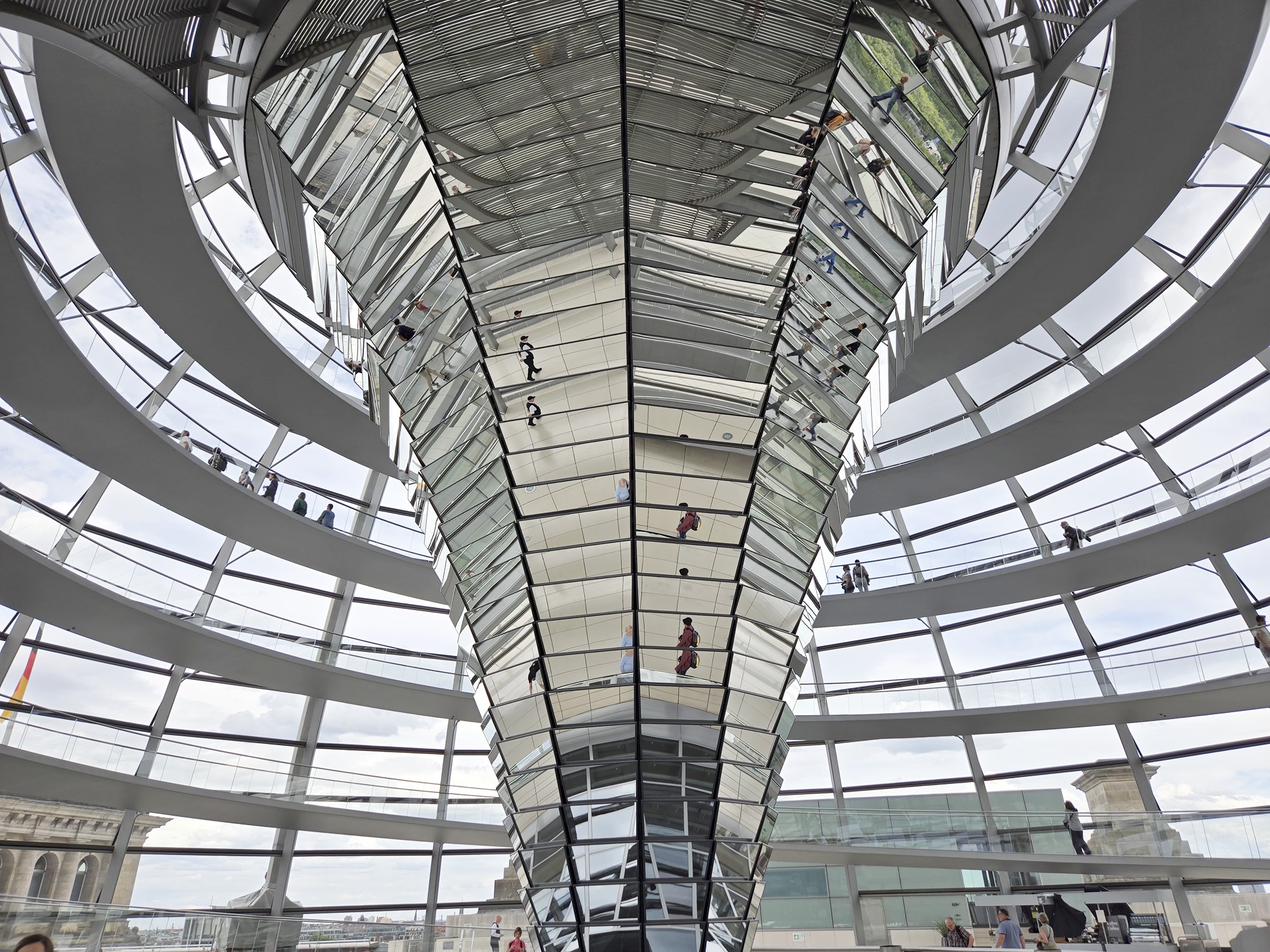
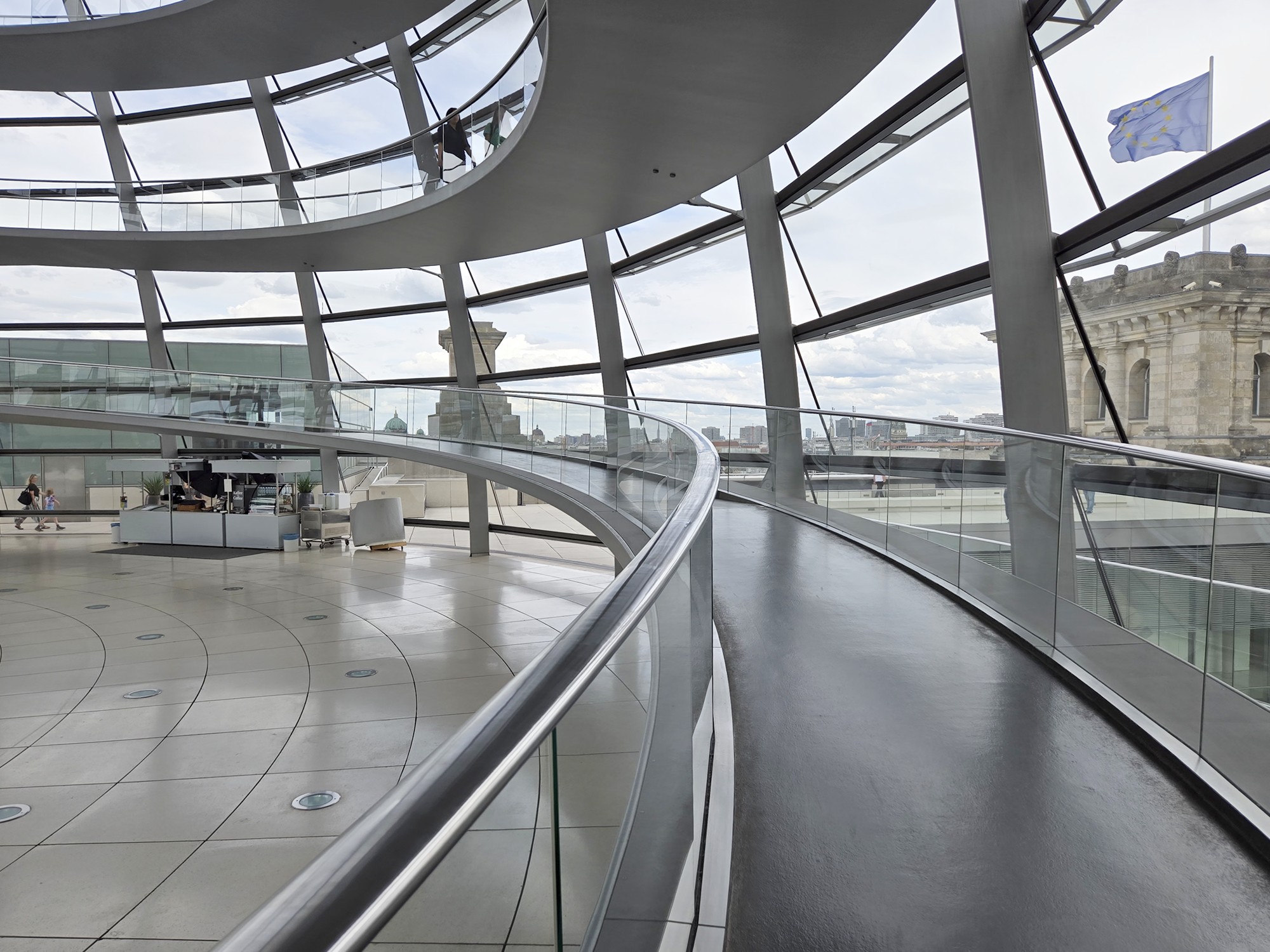
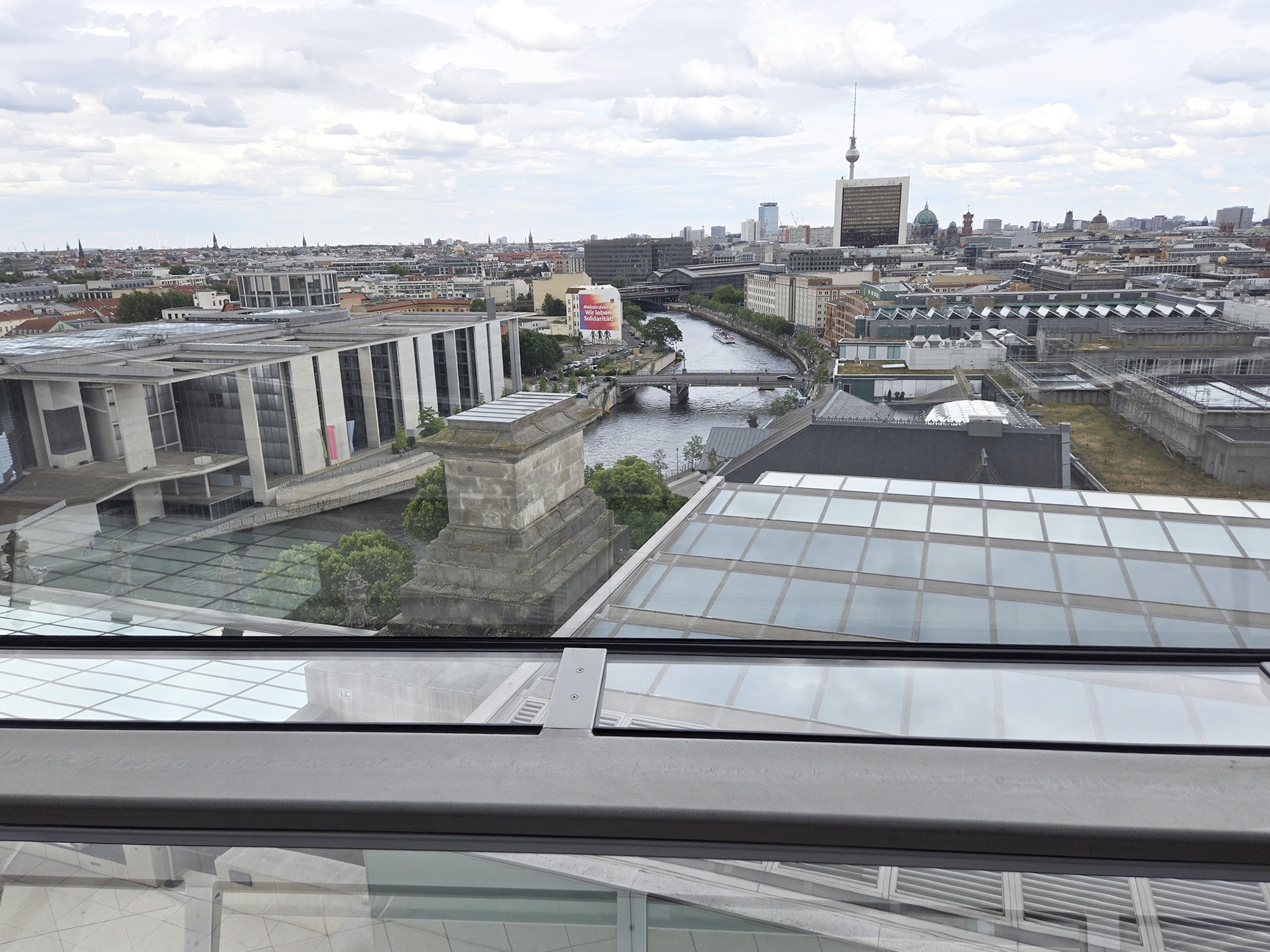
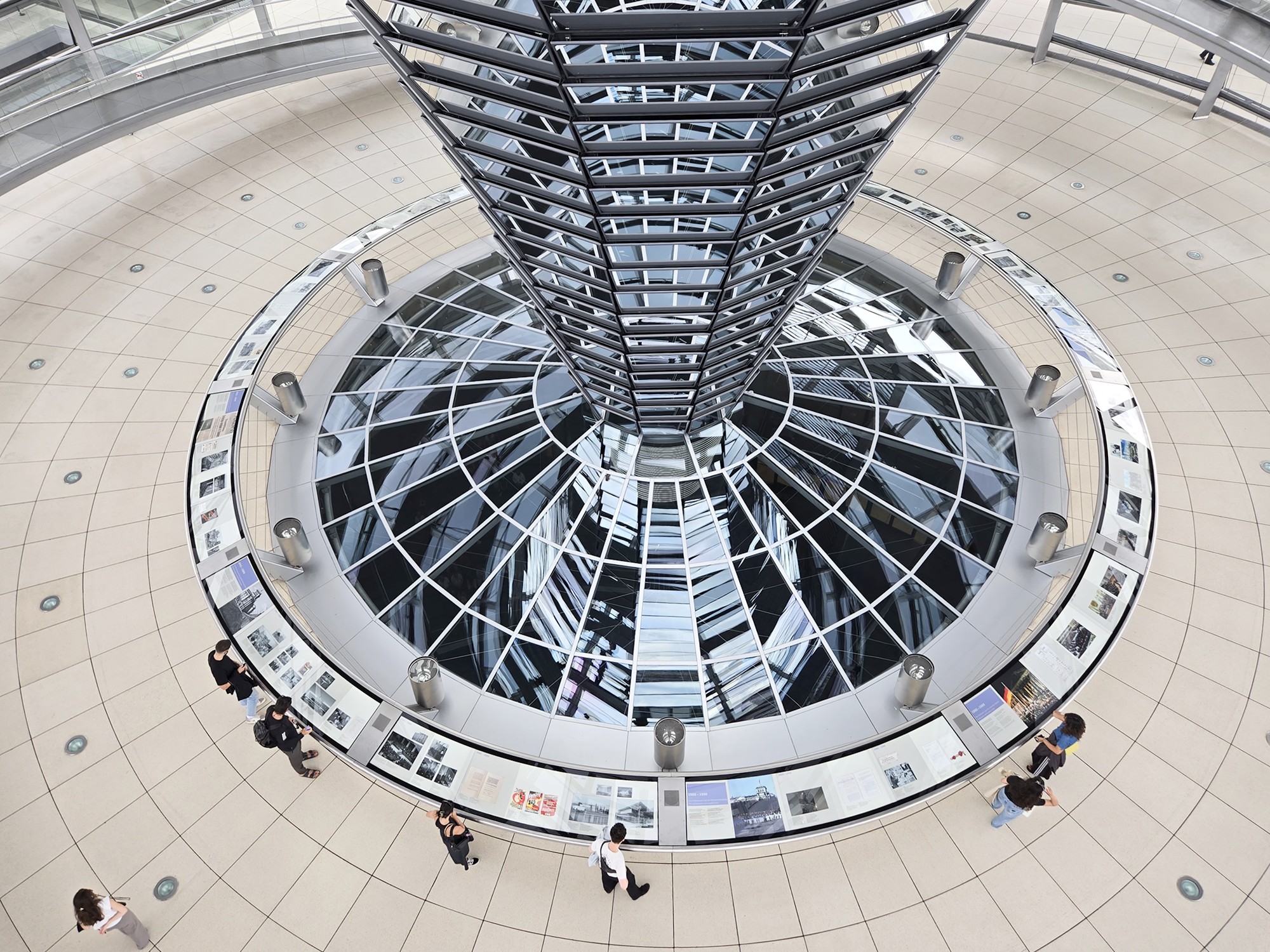
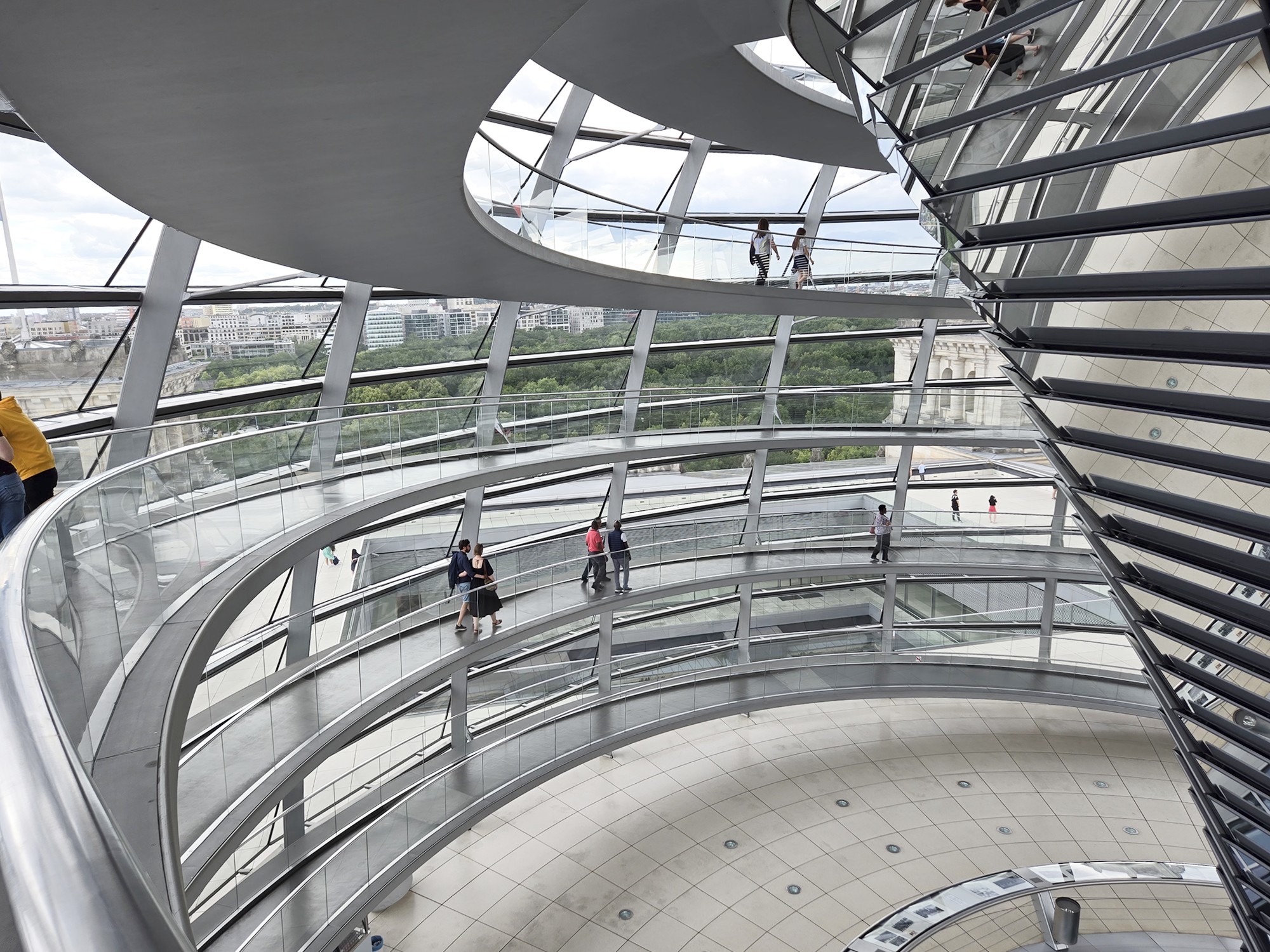
People were watching a televised soccer game together in an arena.
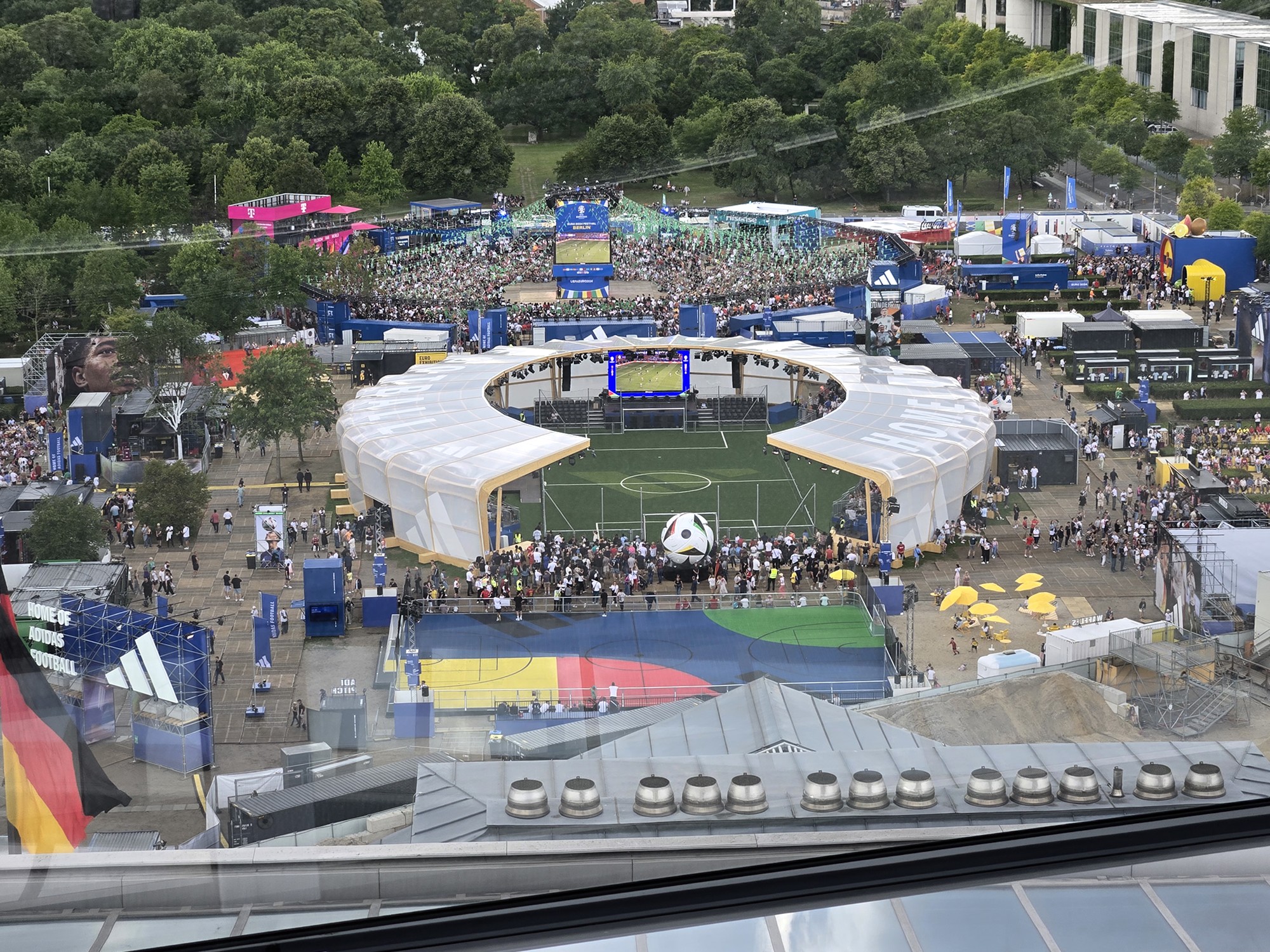
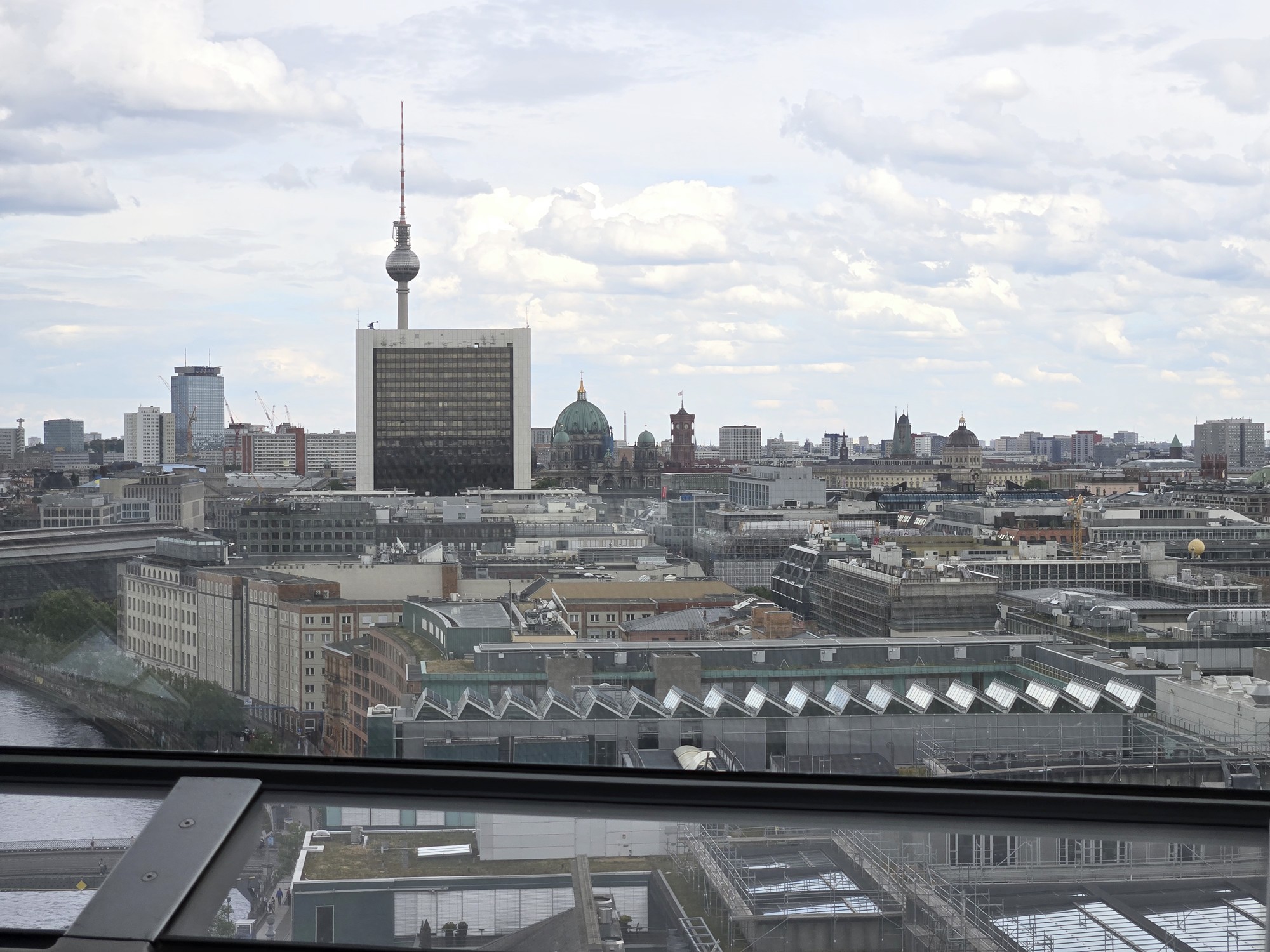
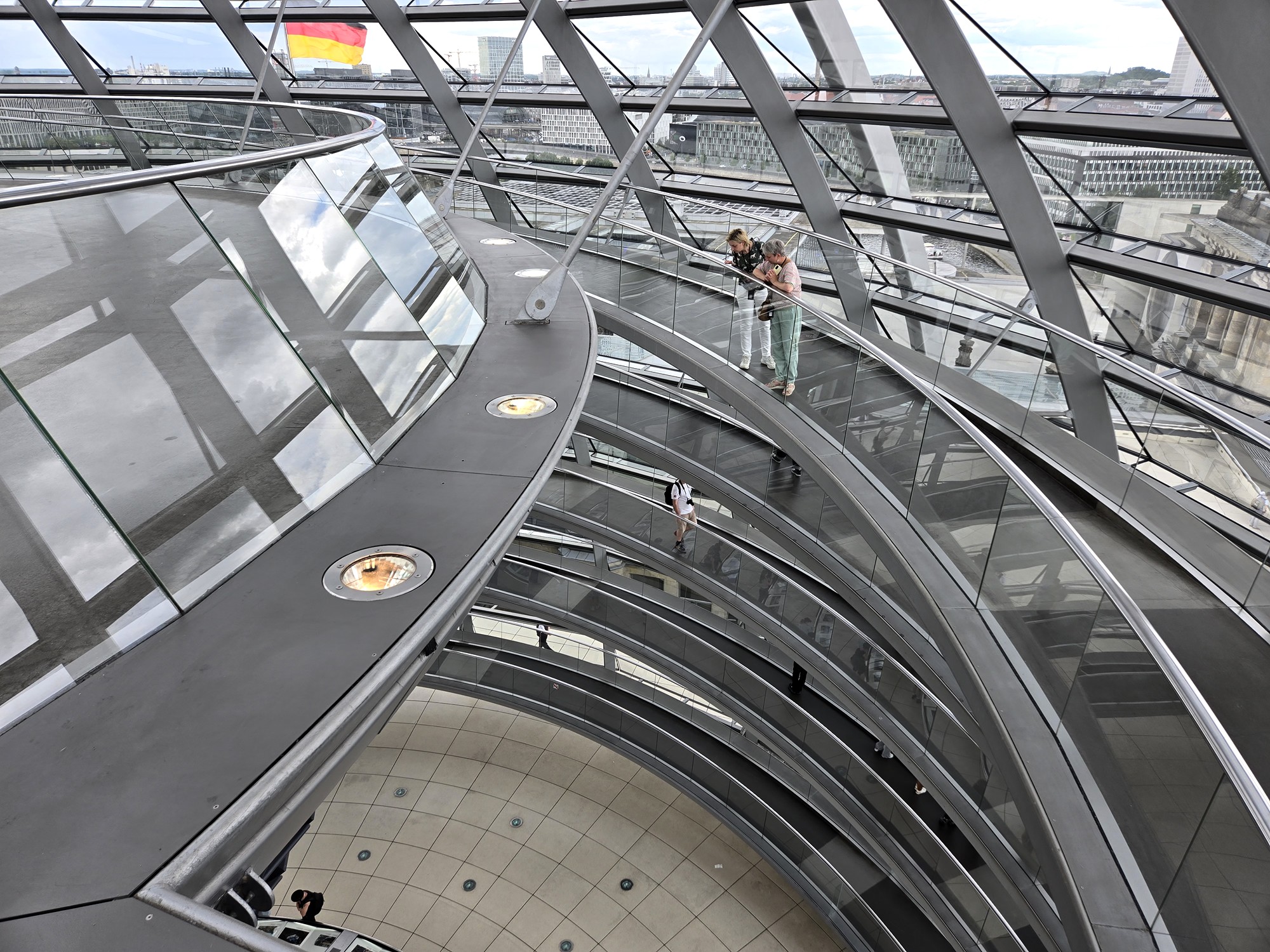
At the top of the ramp
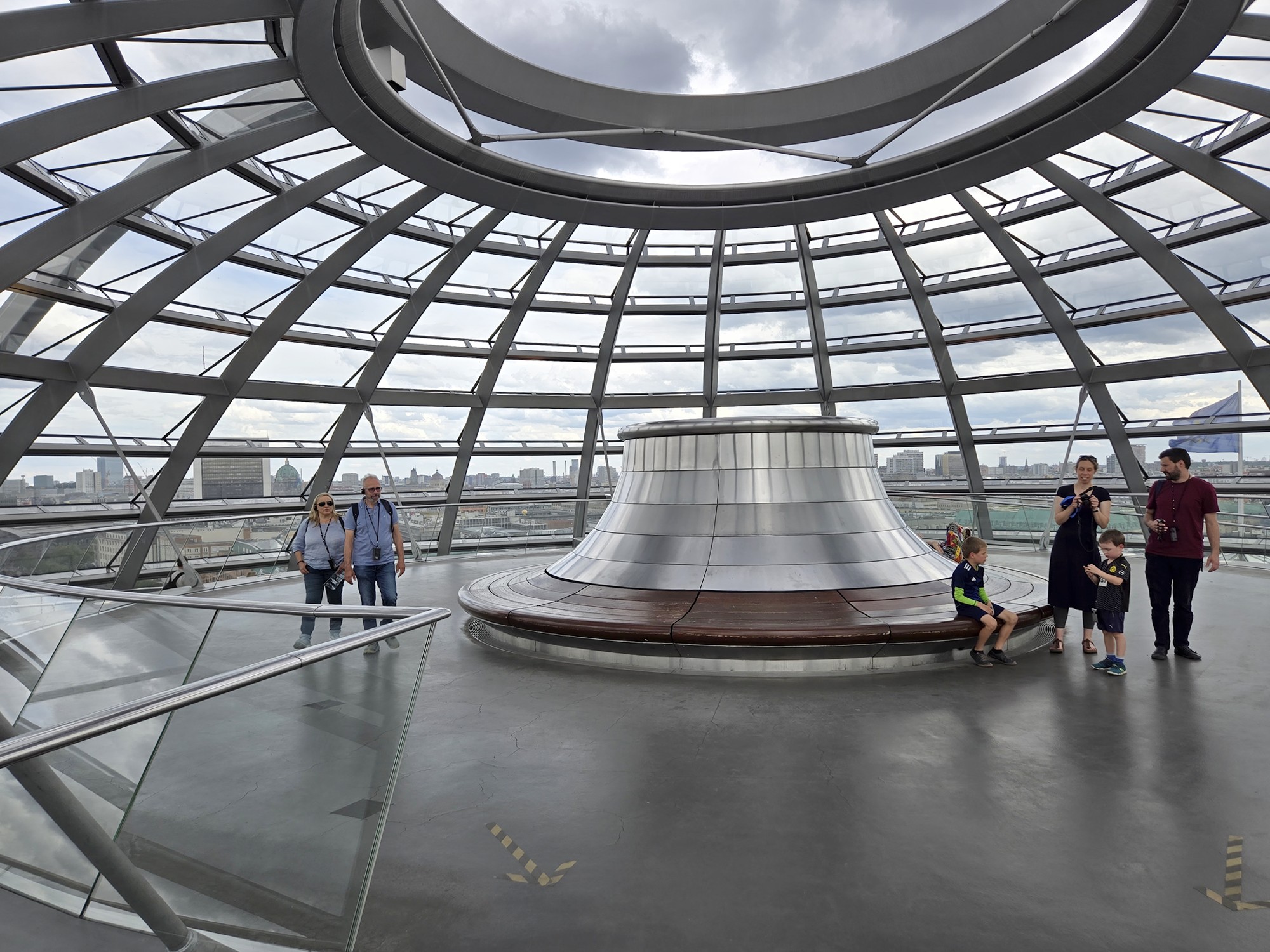
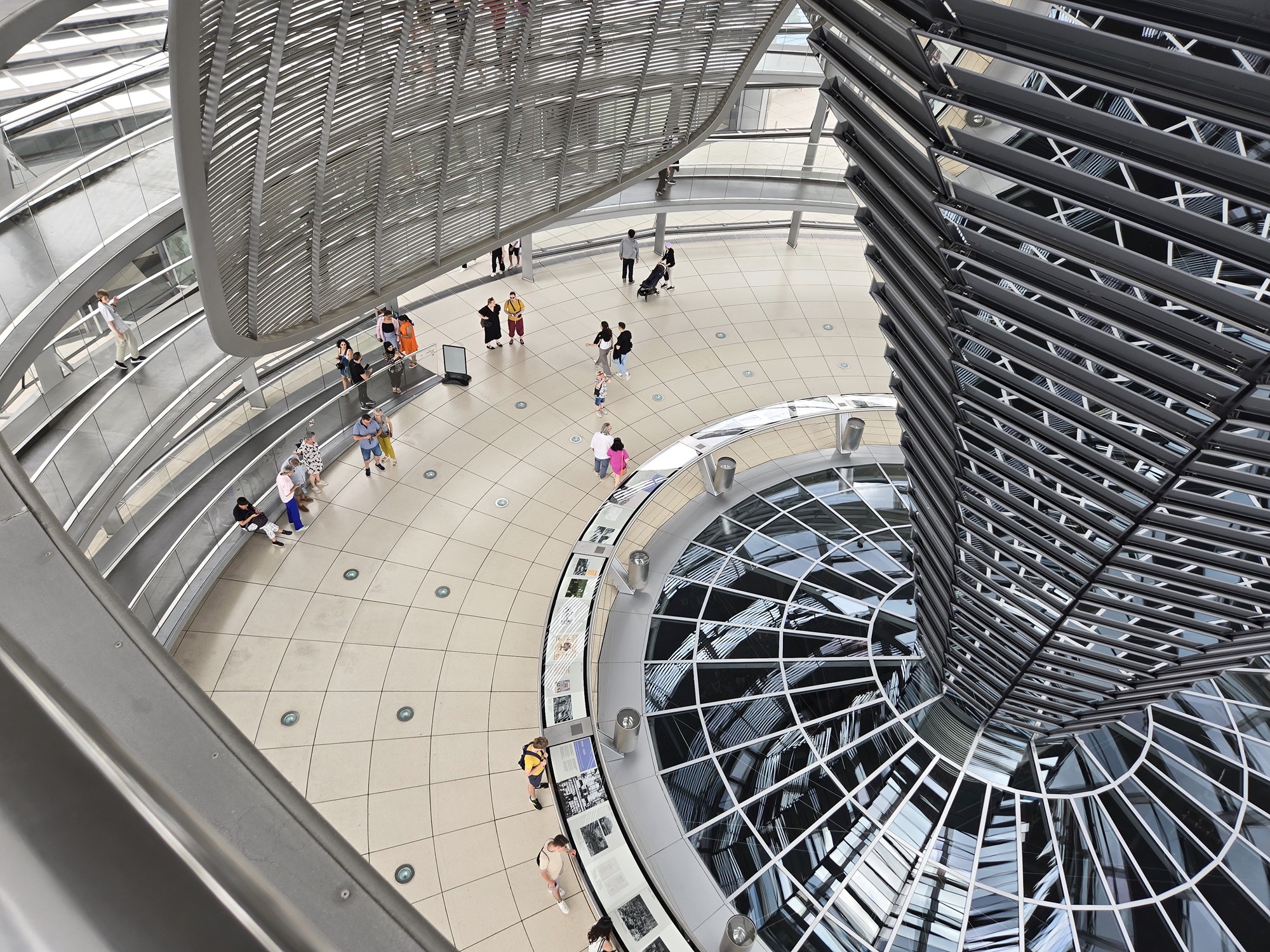
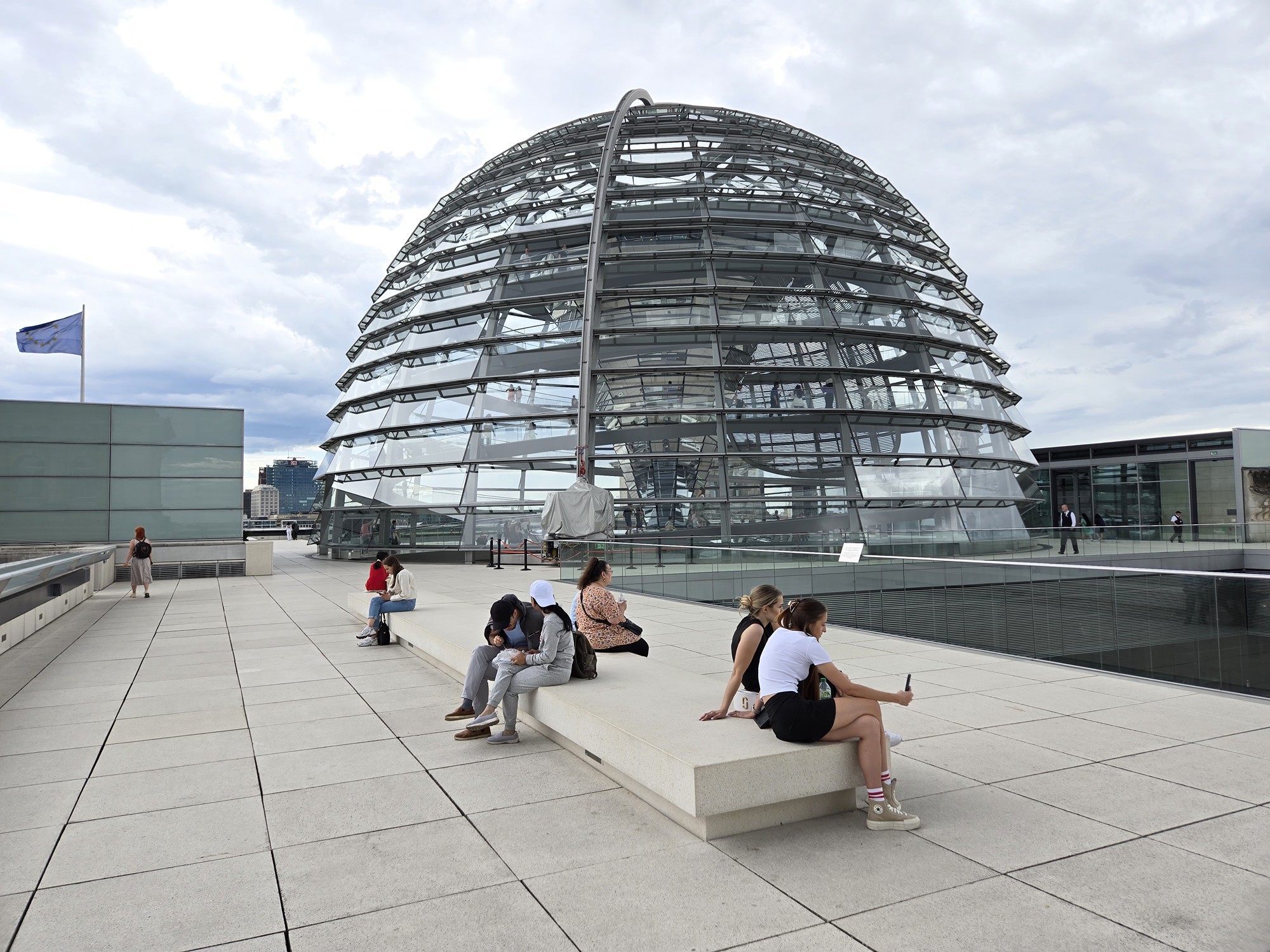
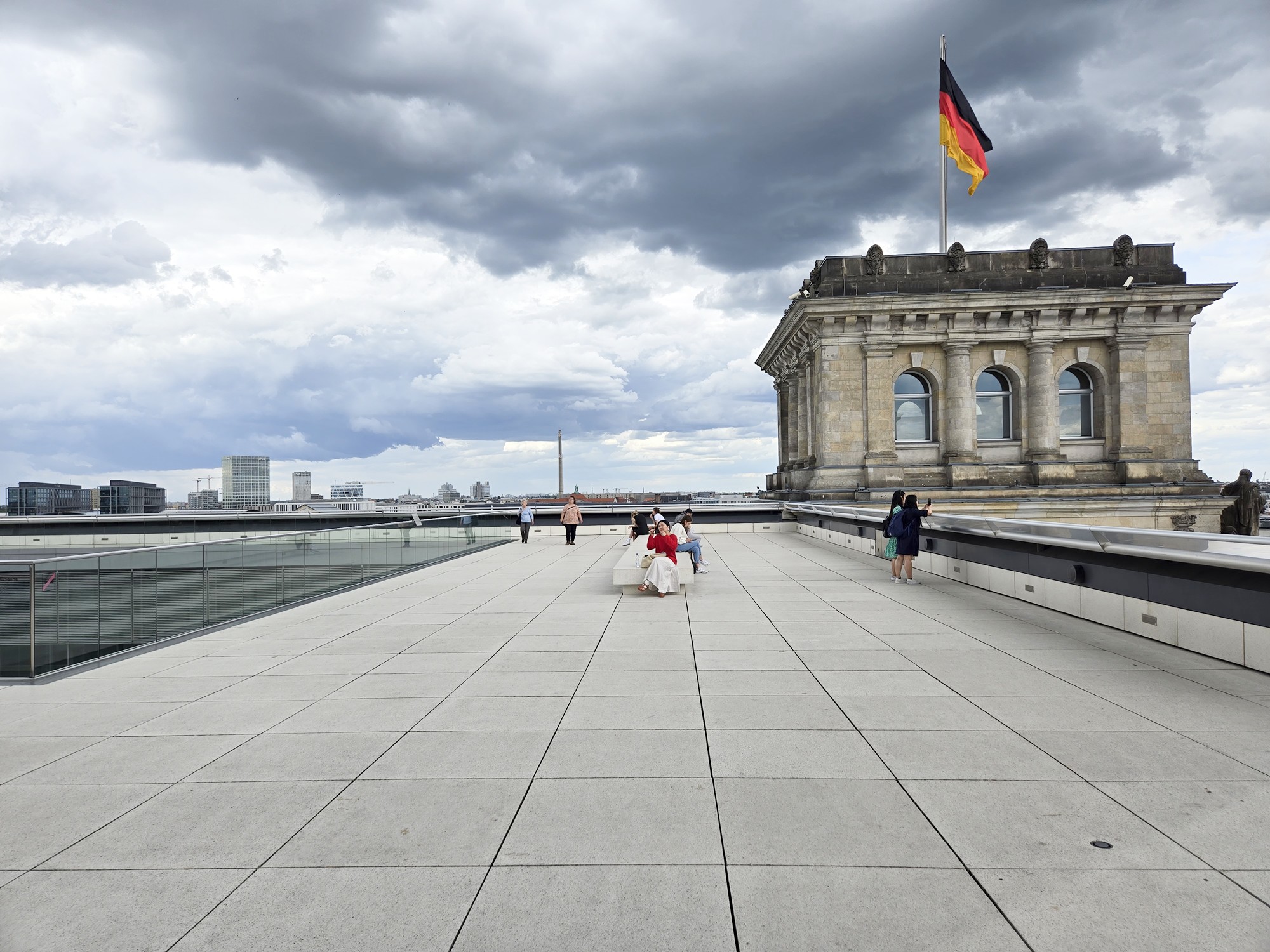
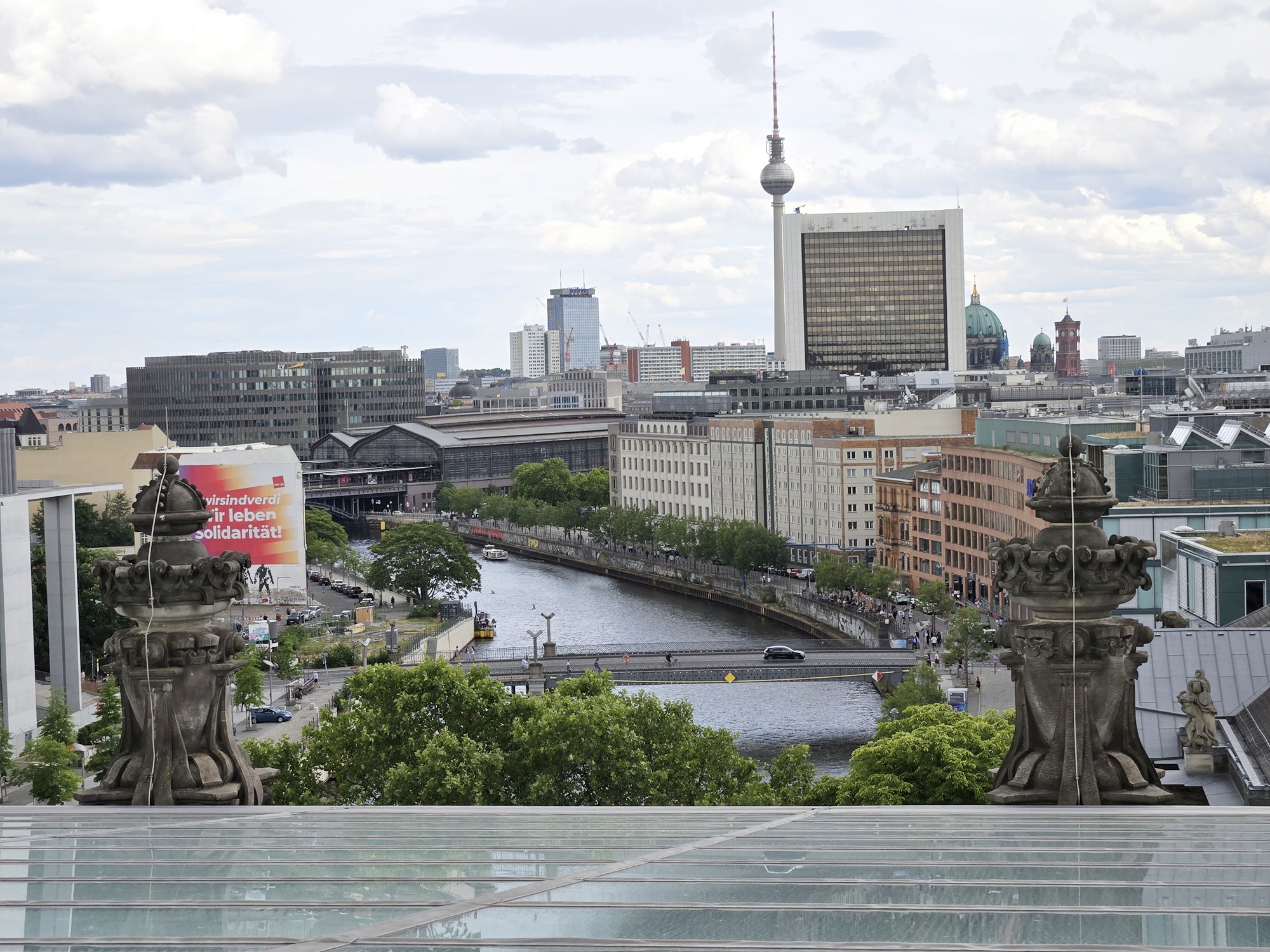
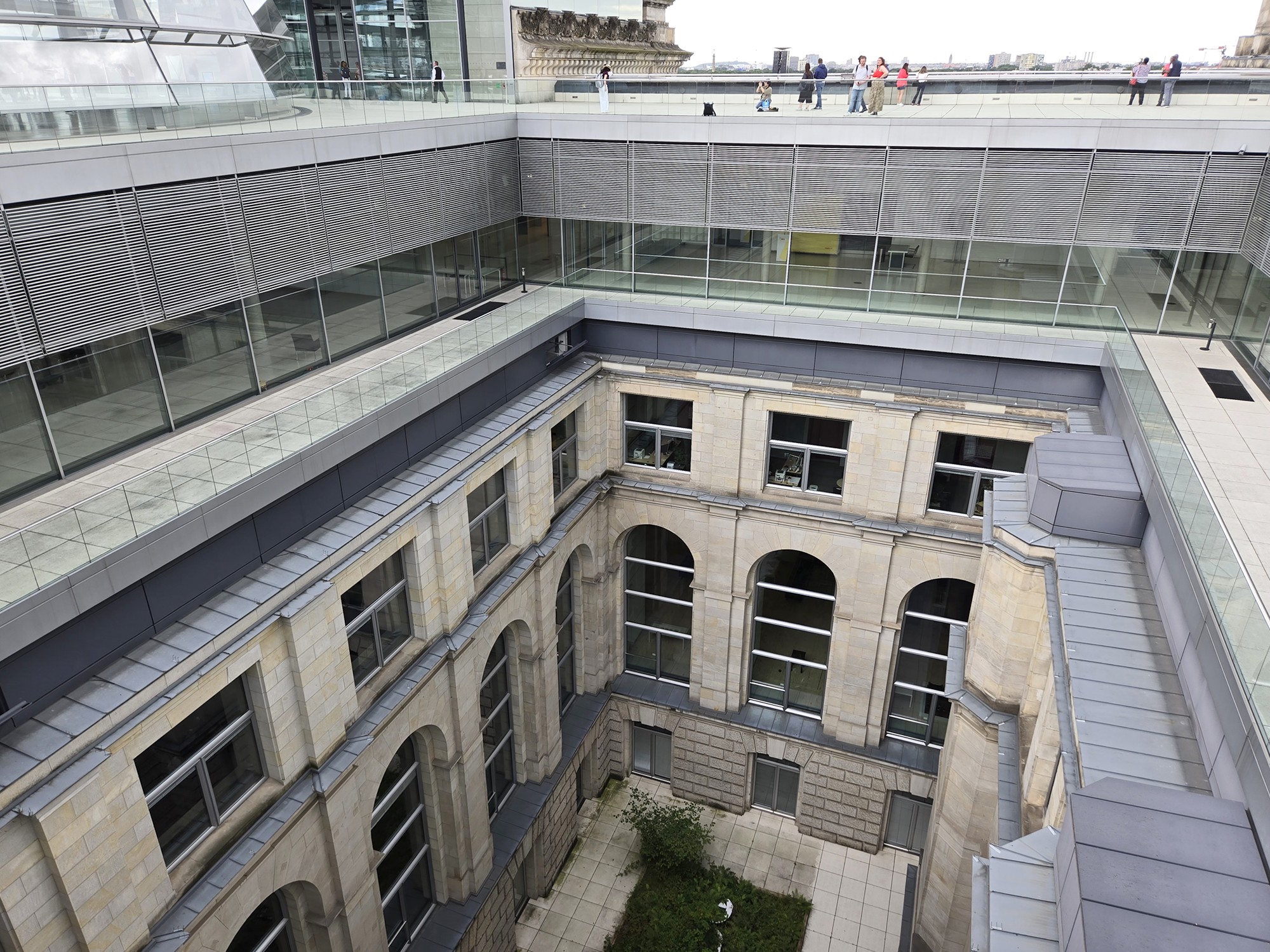
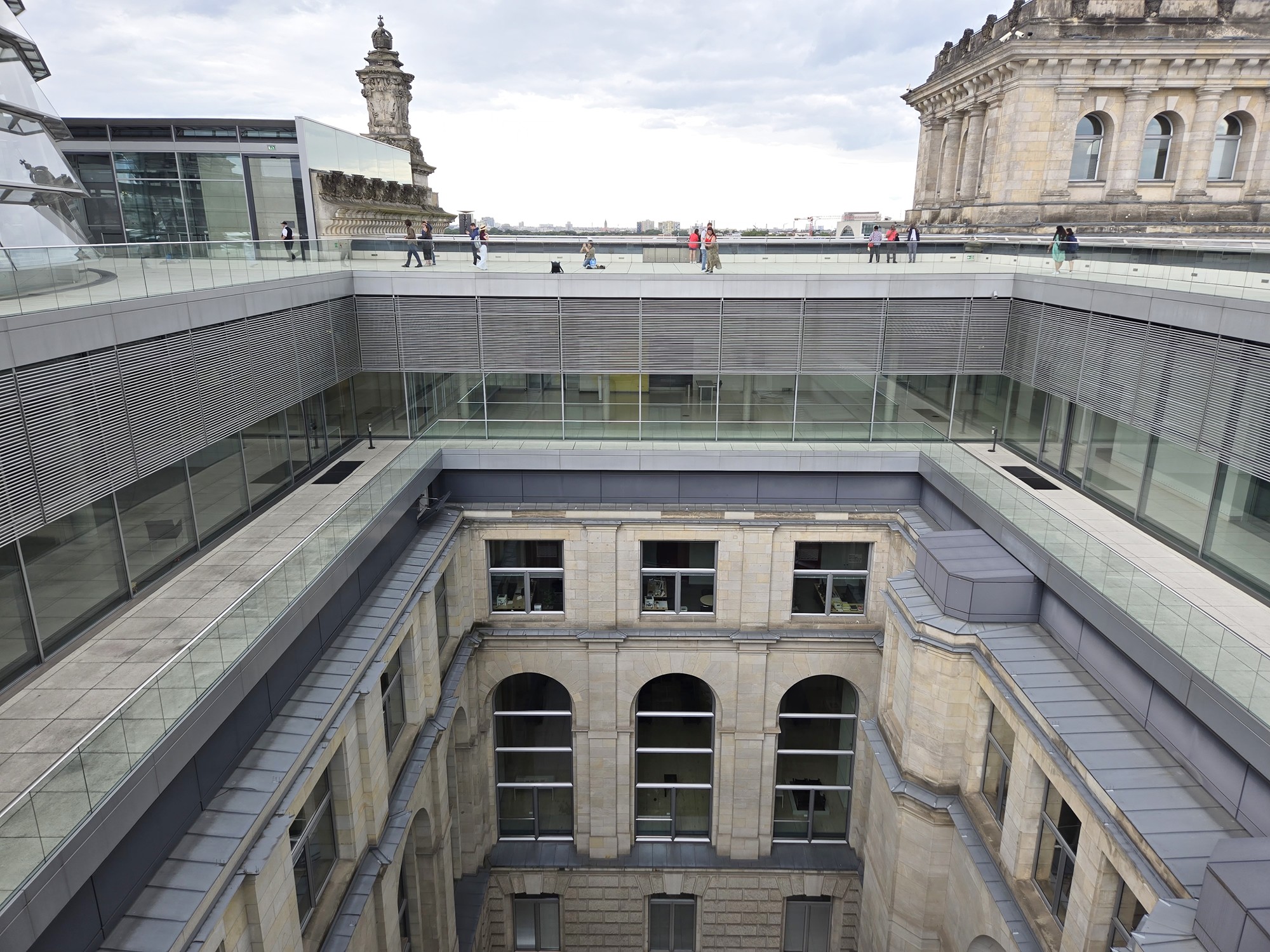
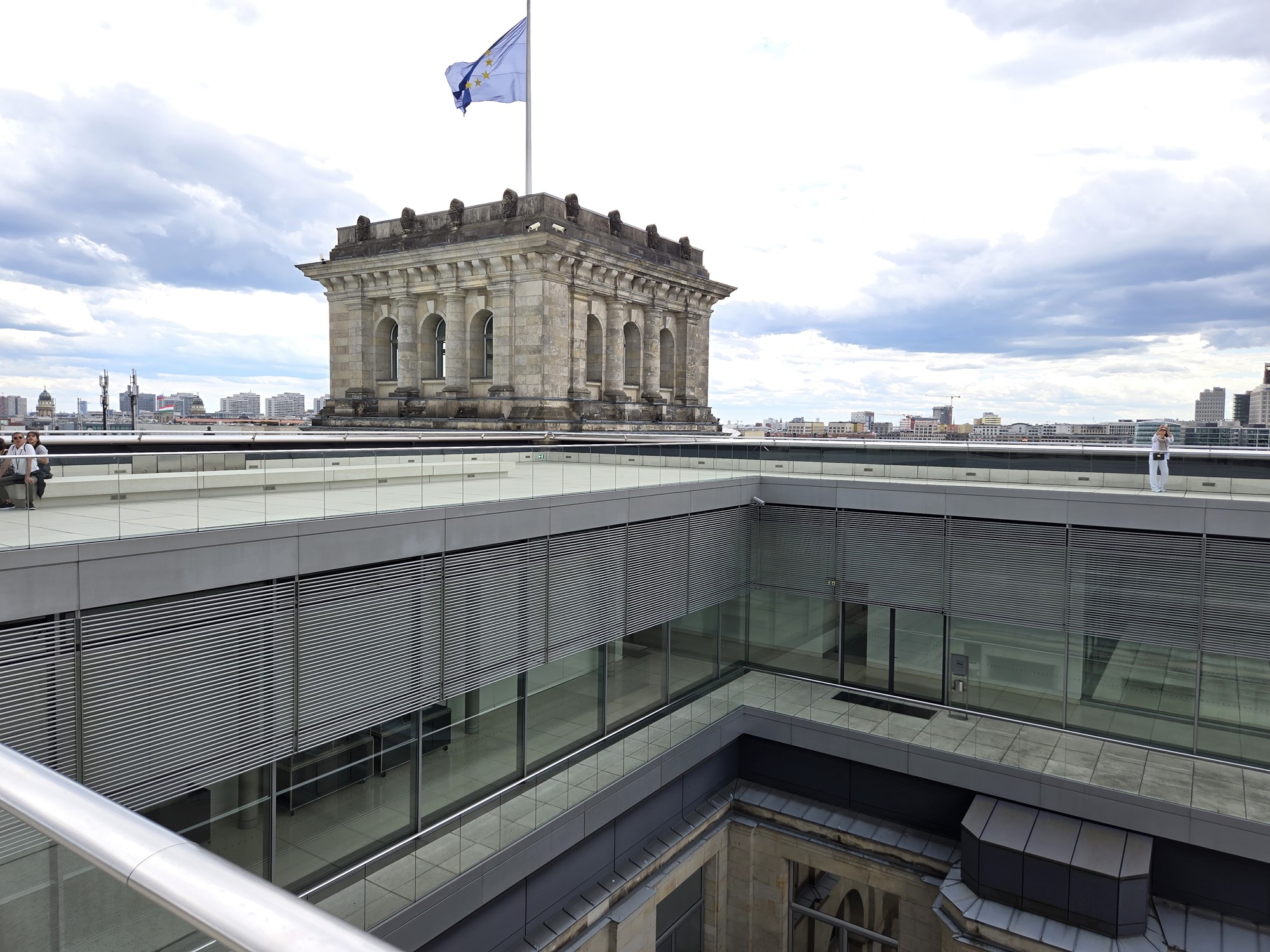
Out of the Parliament Building. Next to the parliament building are many other government buildings.
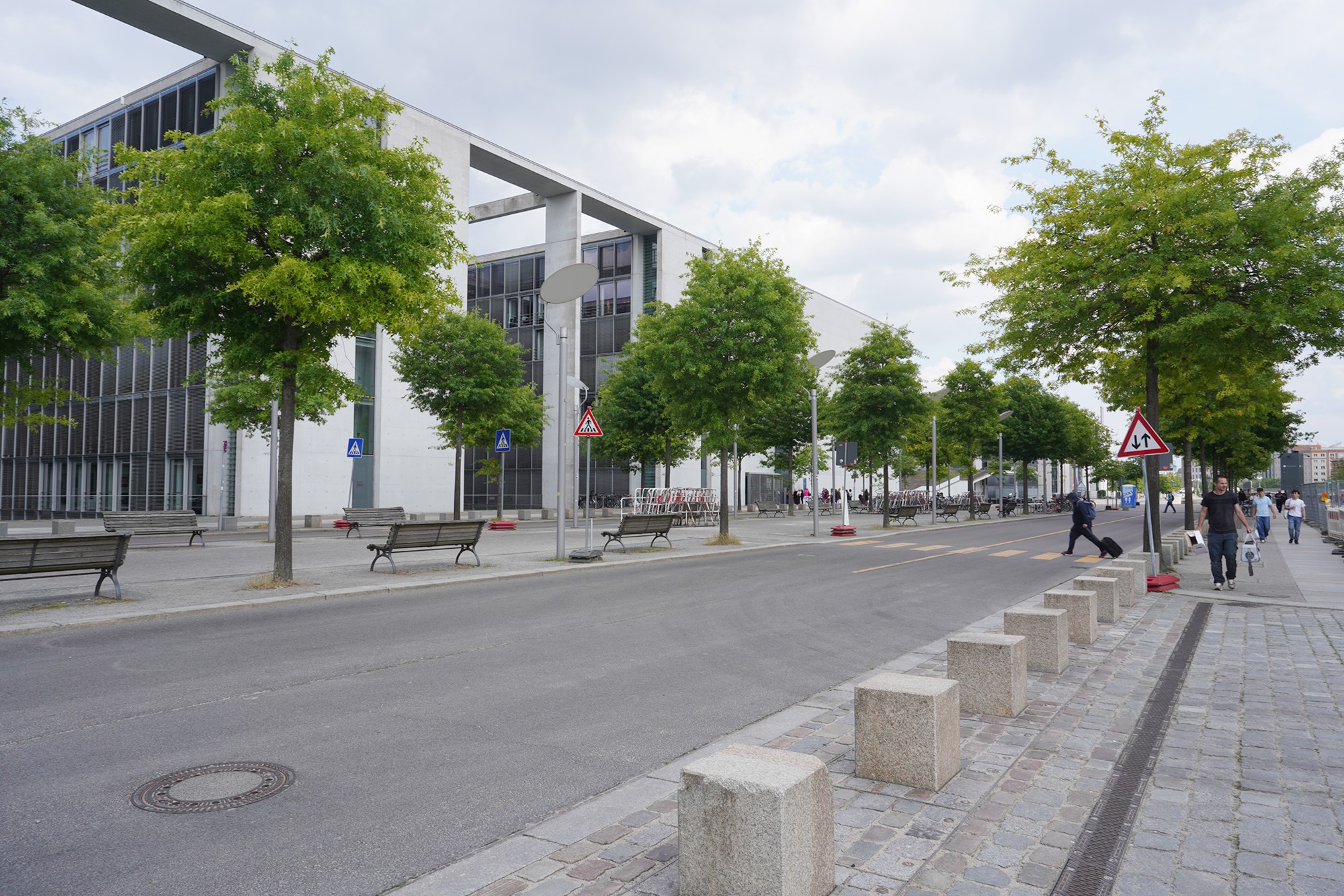
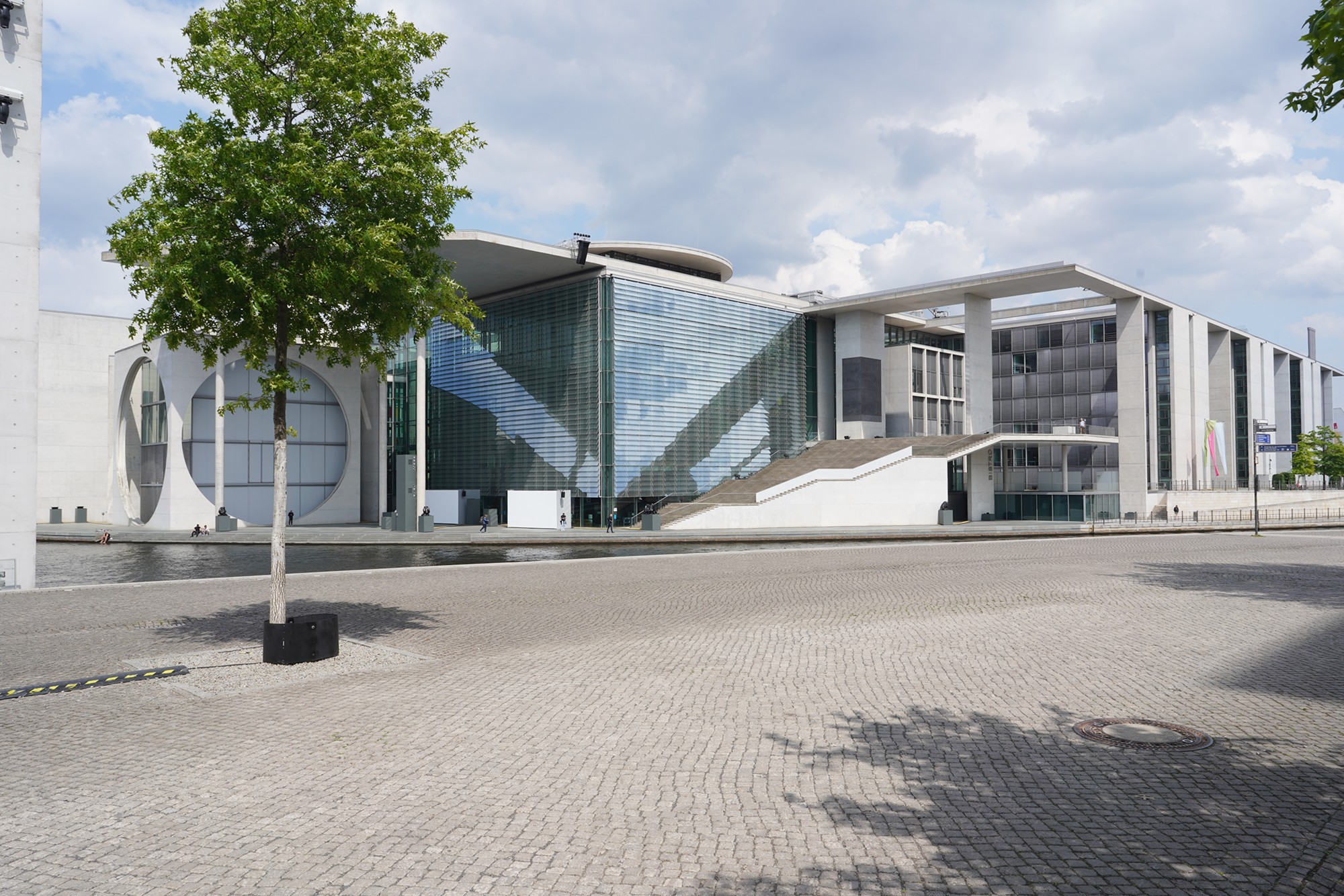
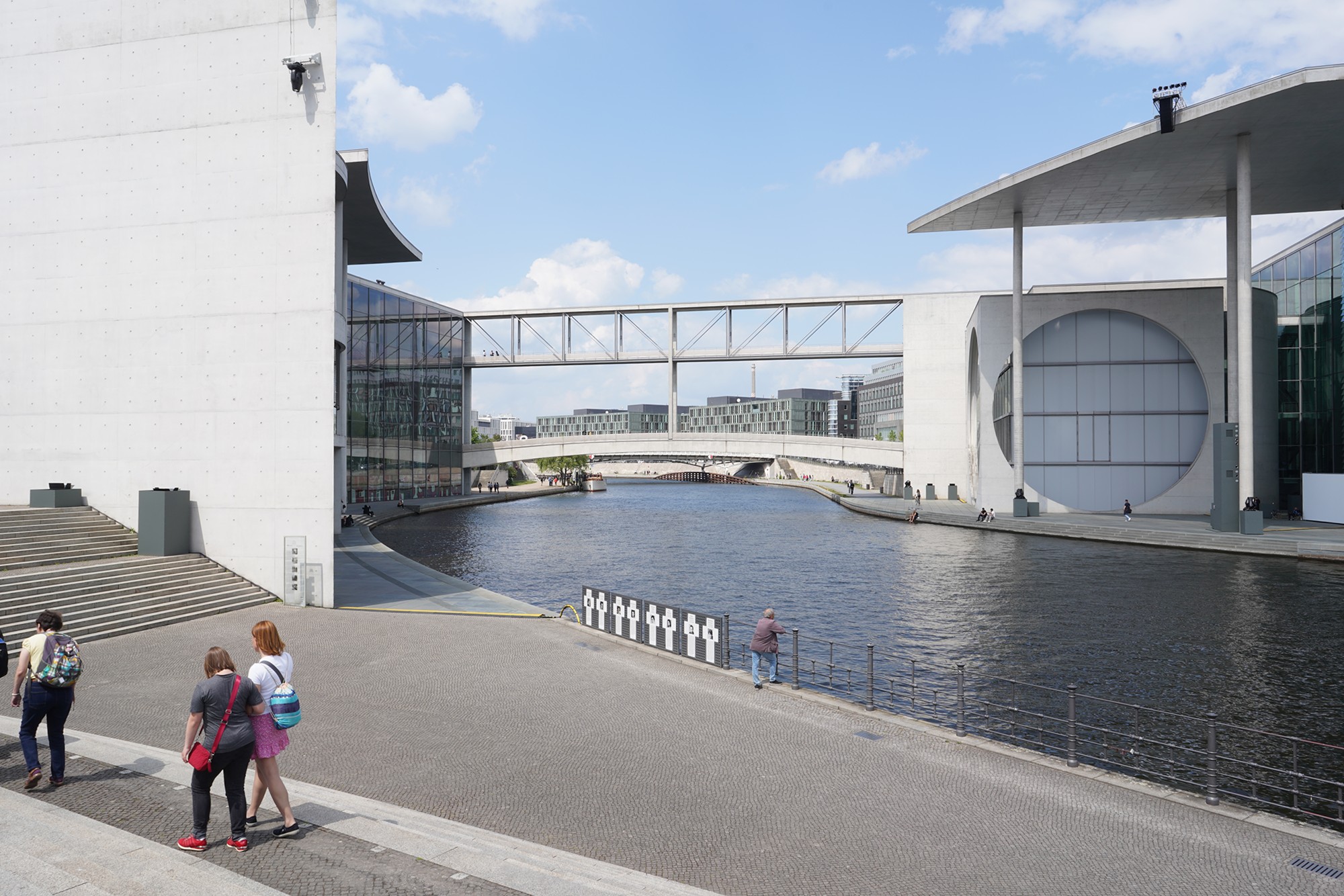
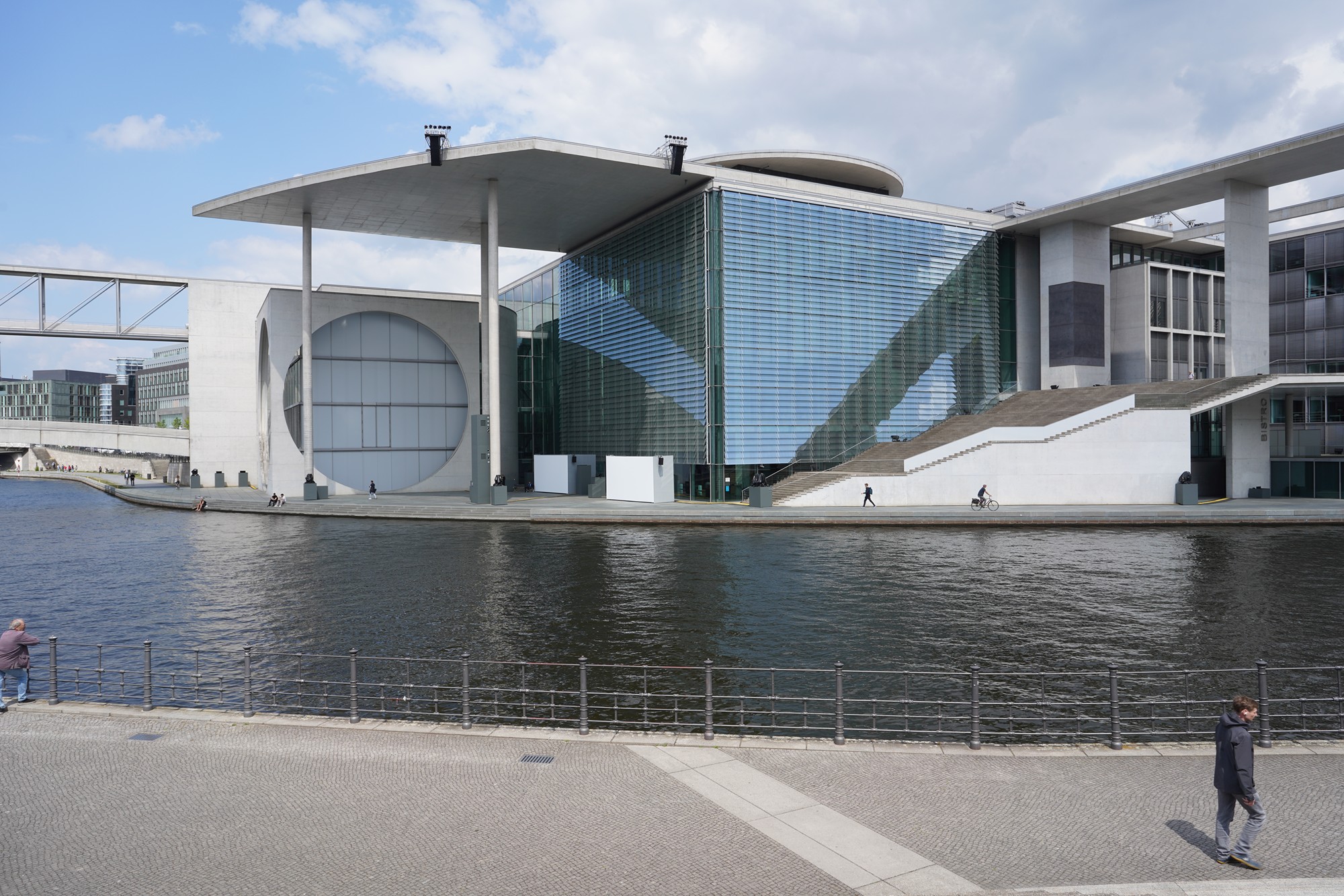
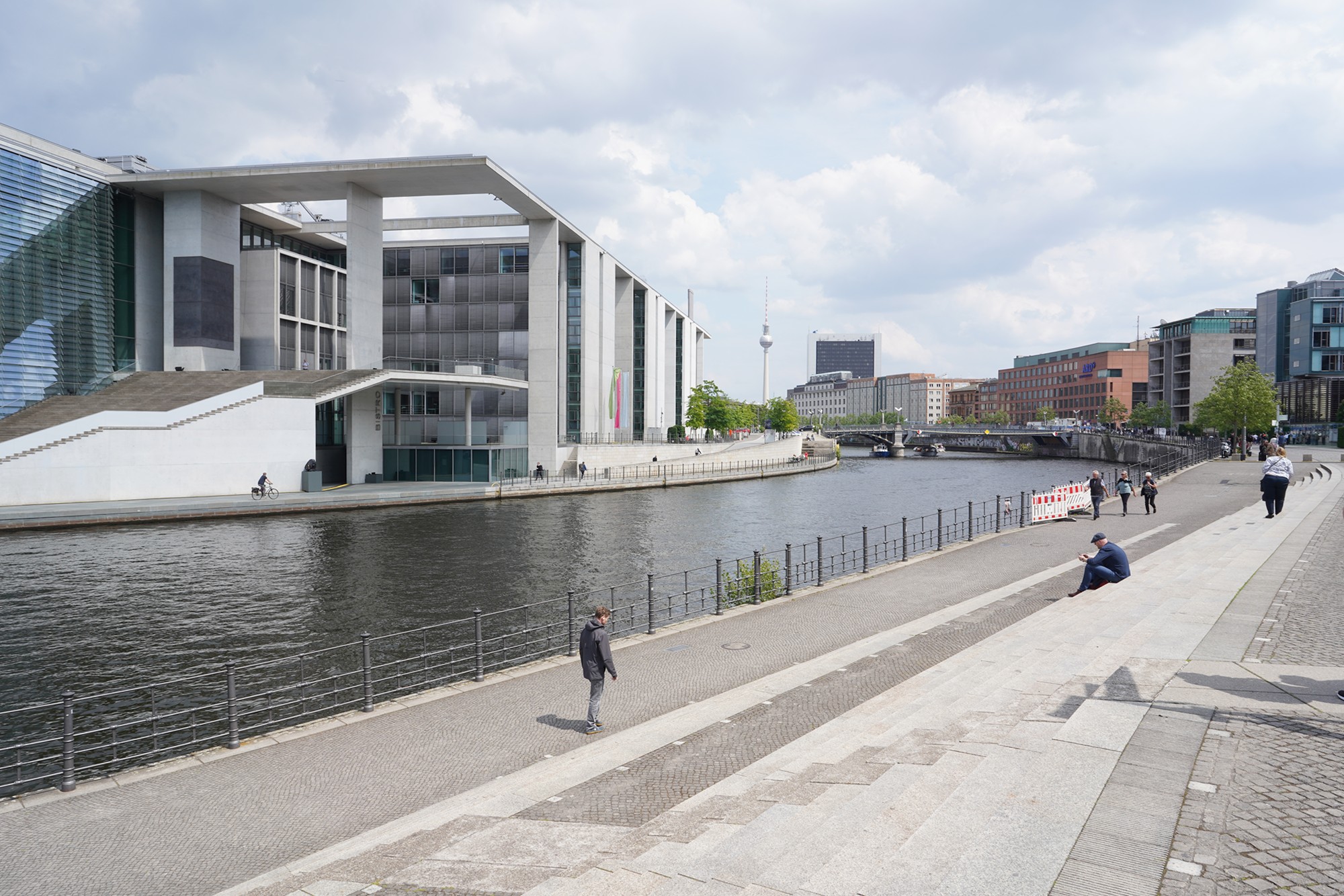
I left the government building area and walked to the Brandenburg Gate.
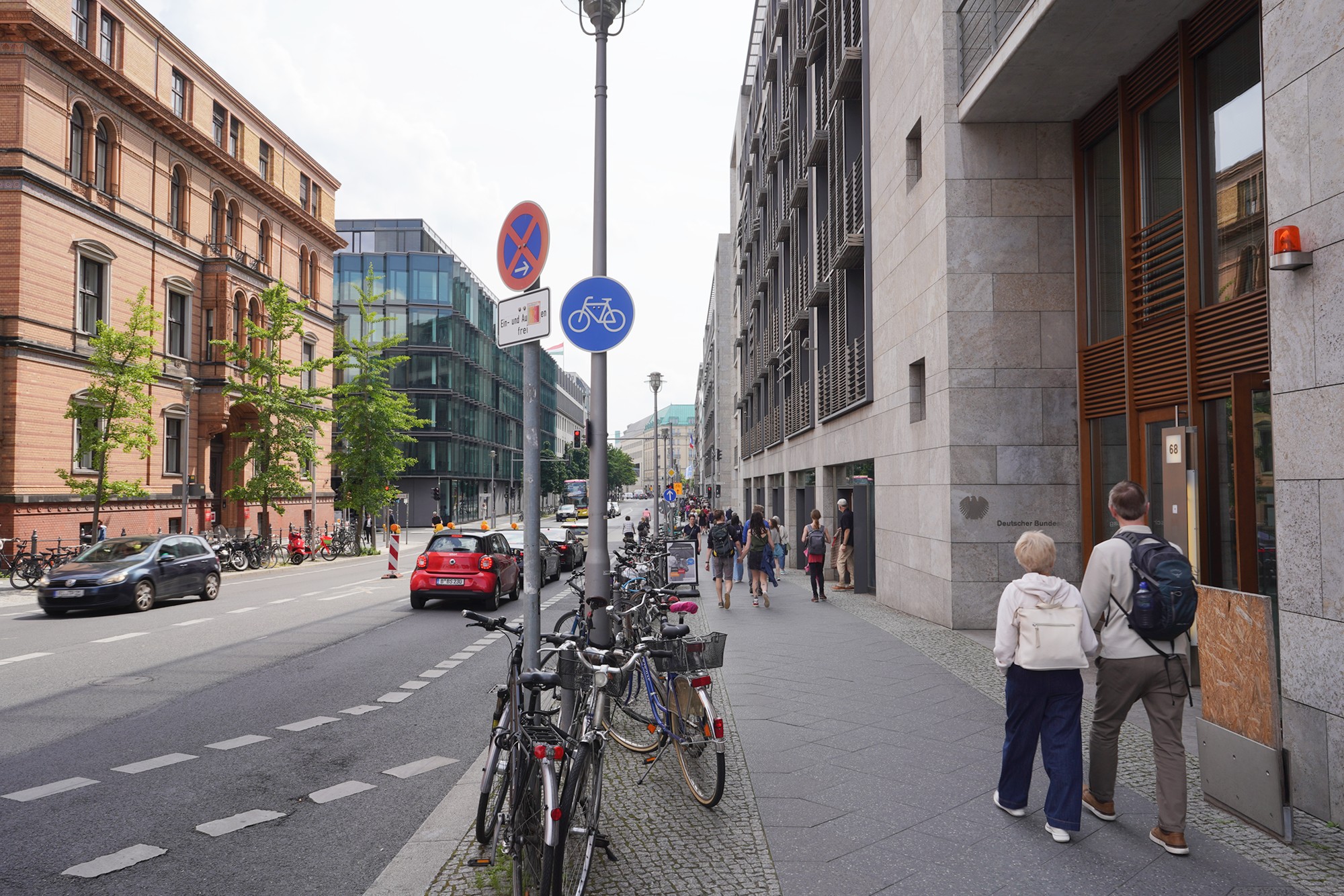
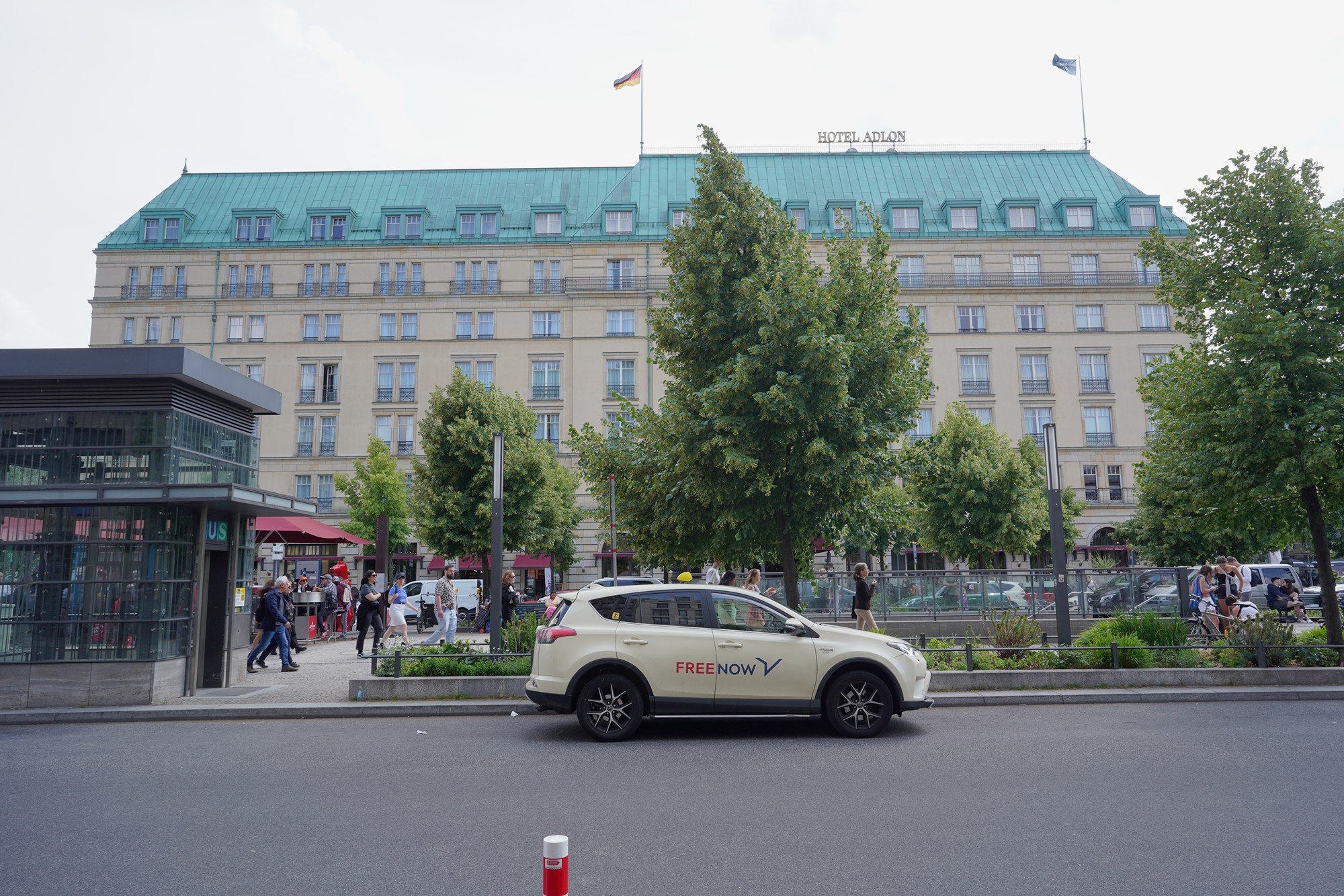
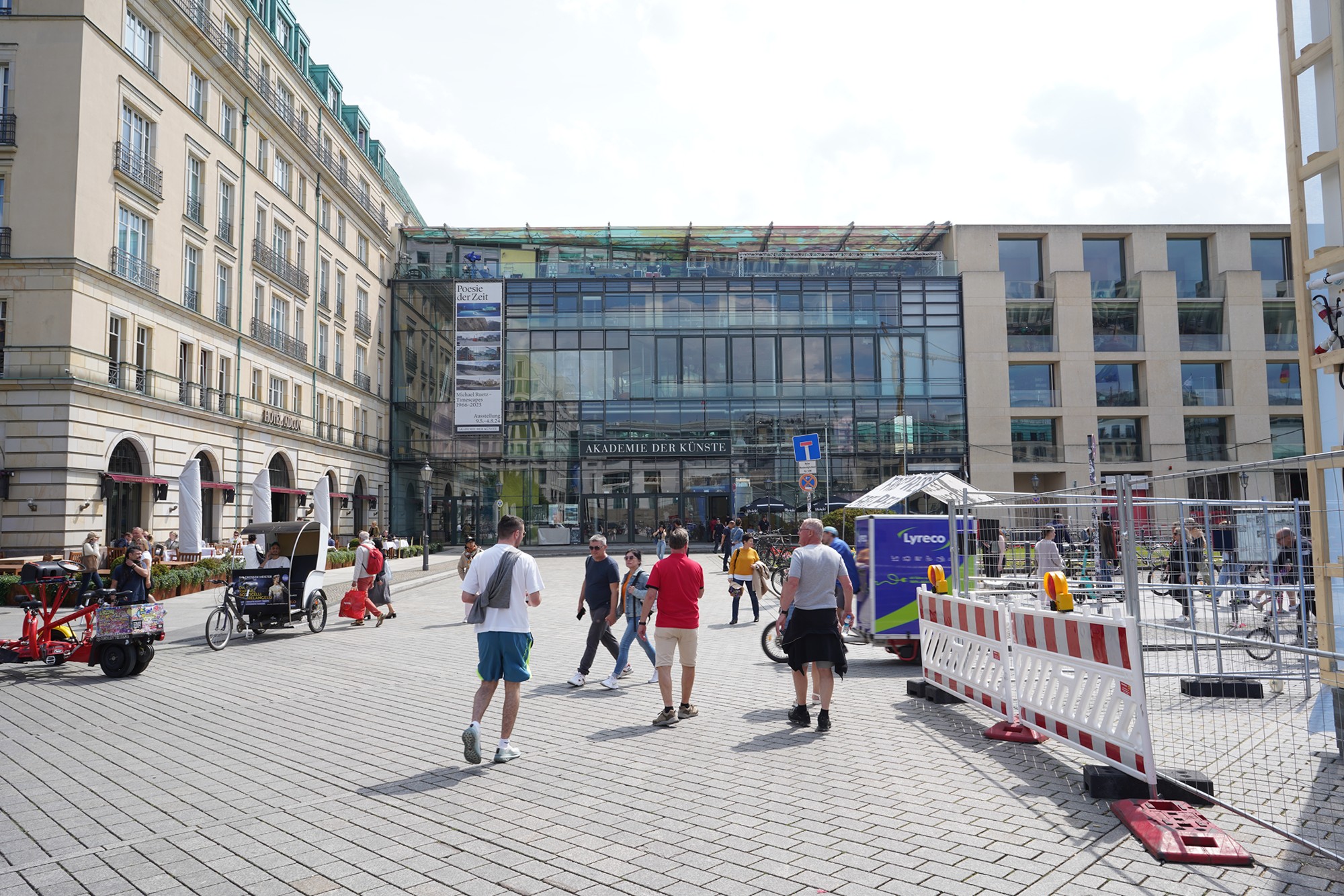
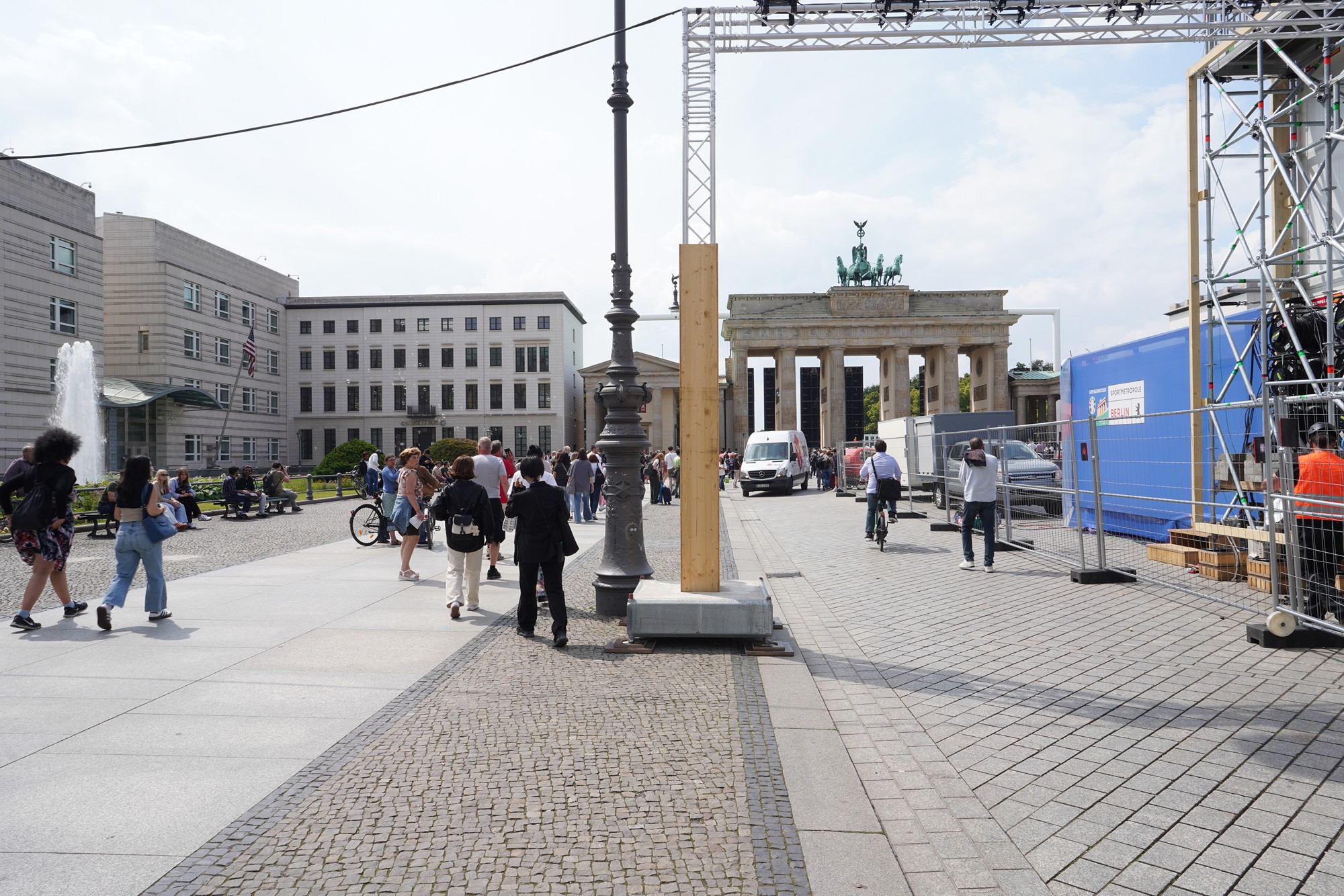
Brandenburg Gate. The Brandenburg Gate (Brandenburger Tor) is one of Berlin’s most famous landmarks and a symbol of German history and unity.
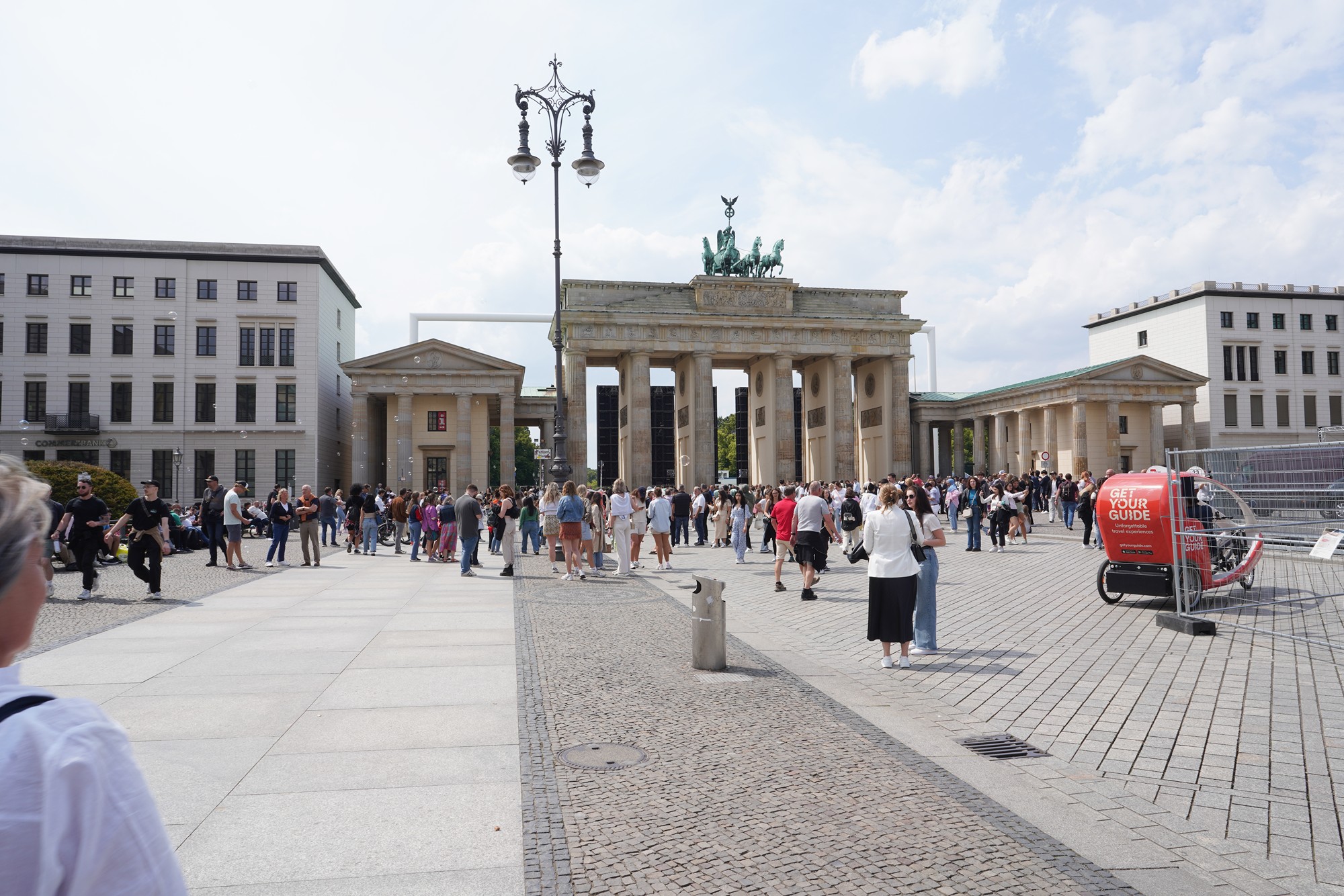
The Brandenburg Gate was commissioned by King Frederick William II of Prussia and completed in 1791. It was designed by architect Carl Gotthard Langhans in the neoclassical style, inspired by the Propylaea, the gateway to the Acropolis in Athens. The gate was intended to represent peace and served as a ceremonial entrance to the city.
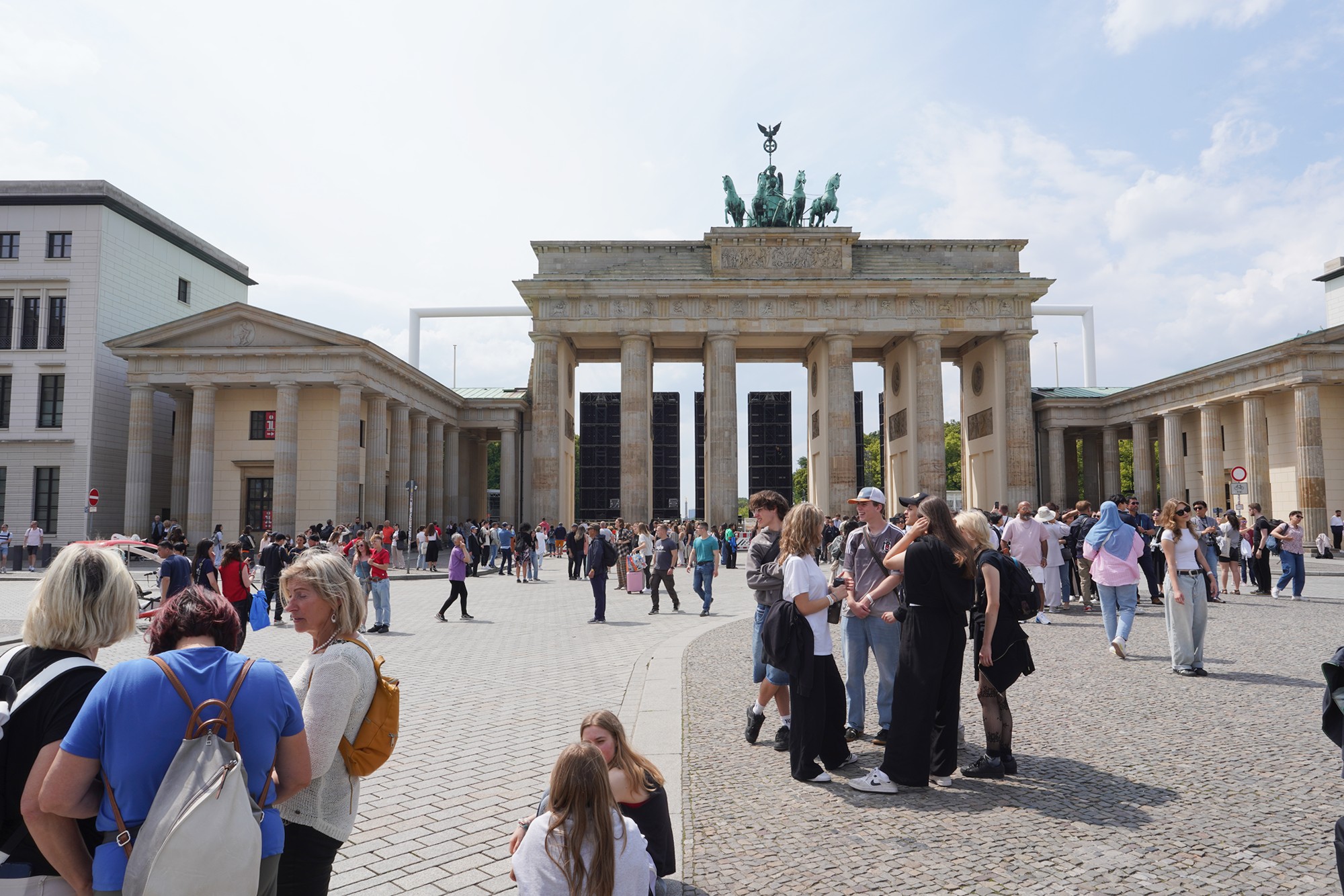
The Brandenburg Gate suffered heavy damage during World War II but remained standing. After the war, it stood at the division between East and West Berlin, with the Berlin Wall erected just behind it in 1961, further marking the gate as a symbol of division.
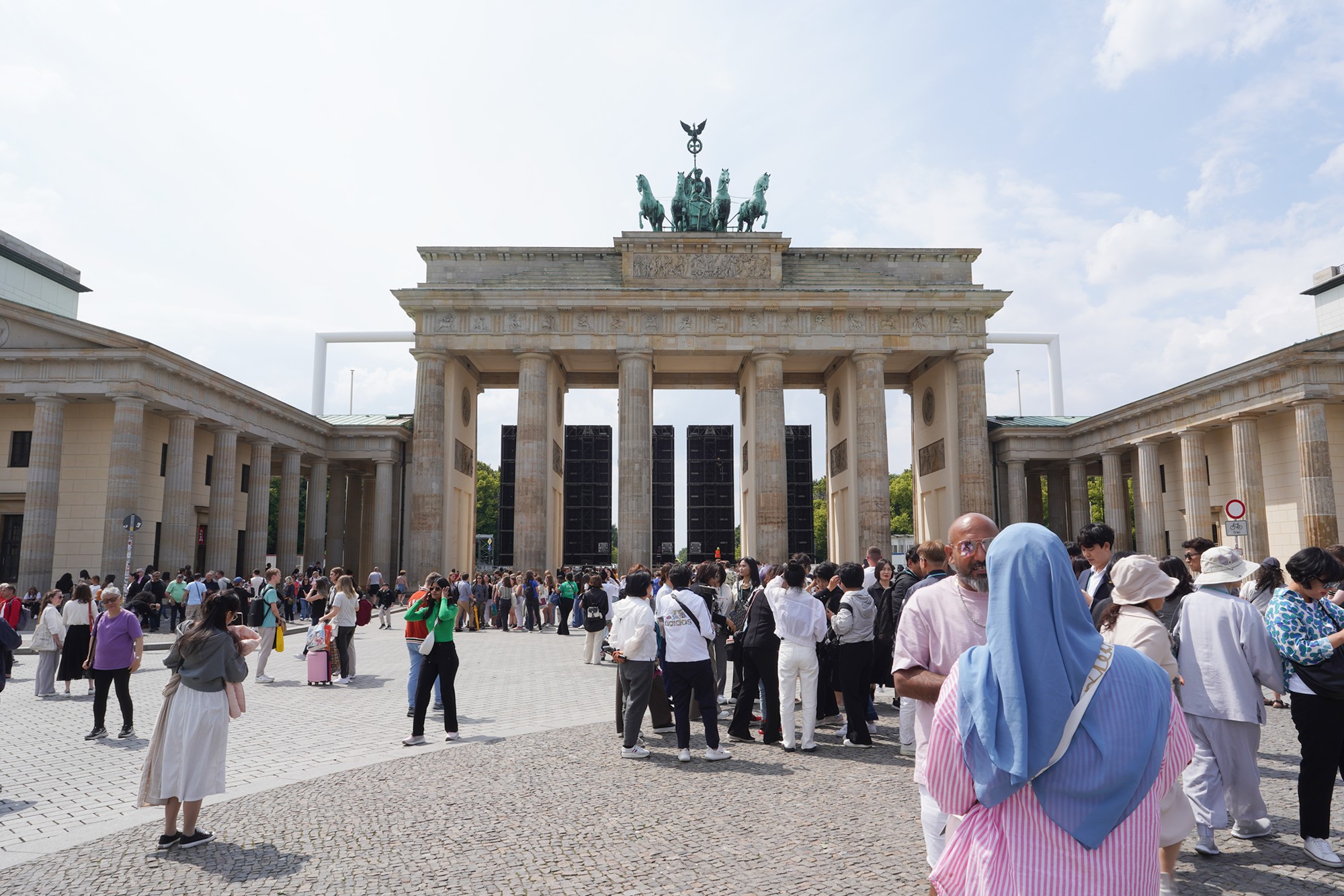
When the Berlin Wall fell in 1989, the Brandenburg Gate became a symbol of Germany’s reunification. In 1990, German leaders gathered at the gate to celebrate the end of division, making it a powerful emblem of peace, unity, and freedom.
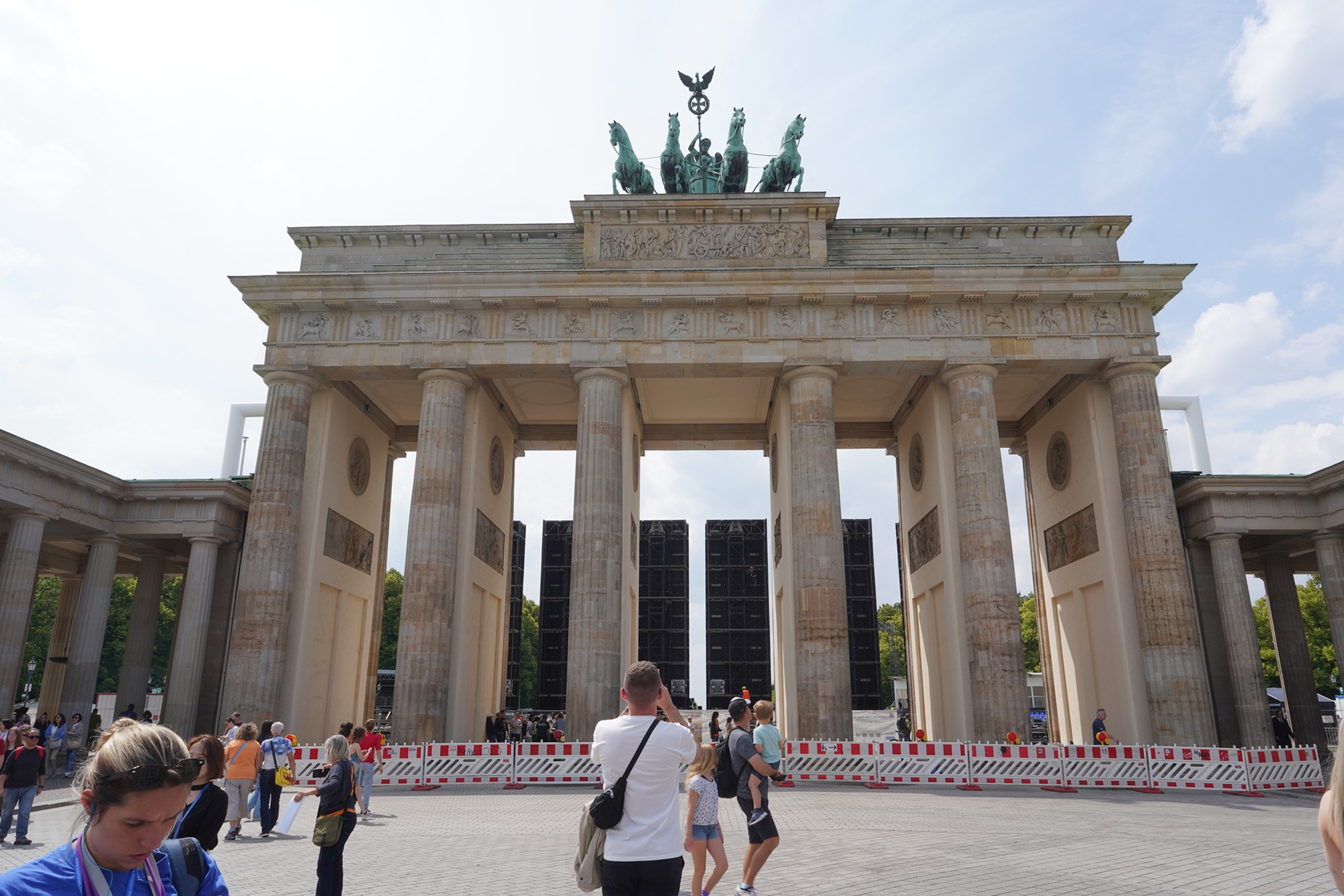
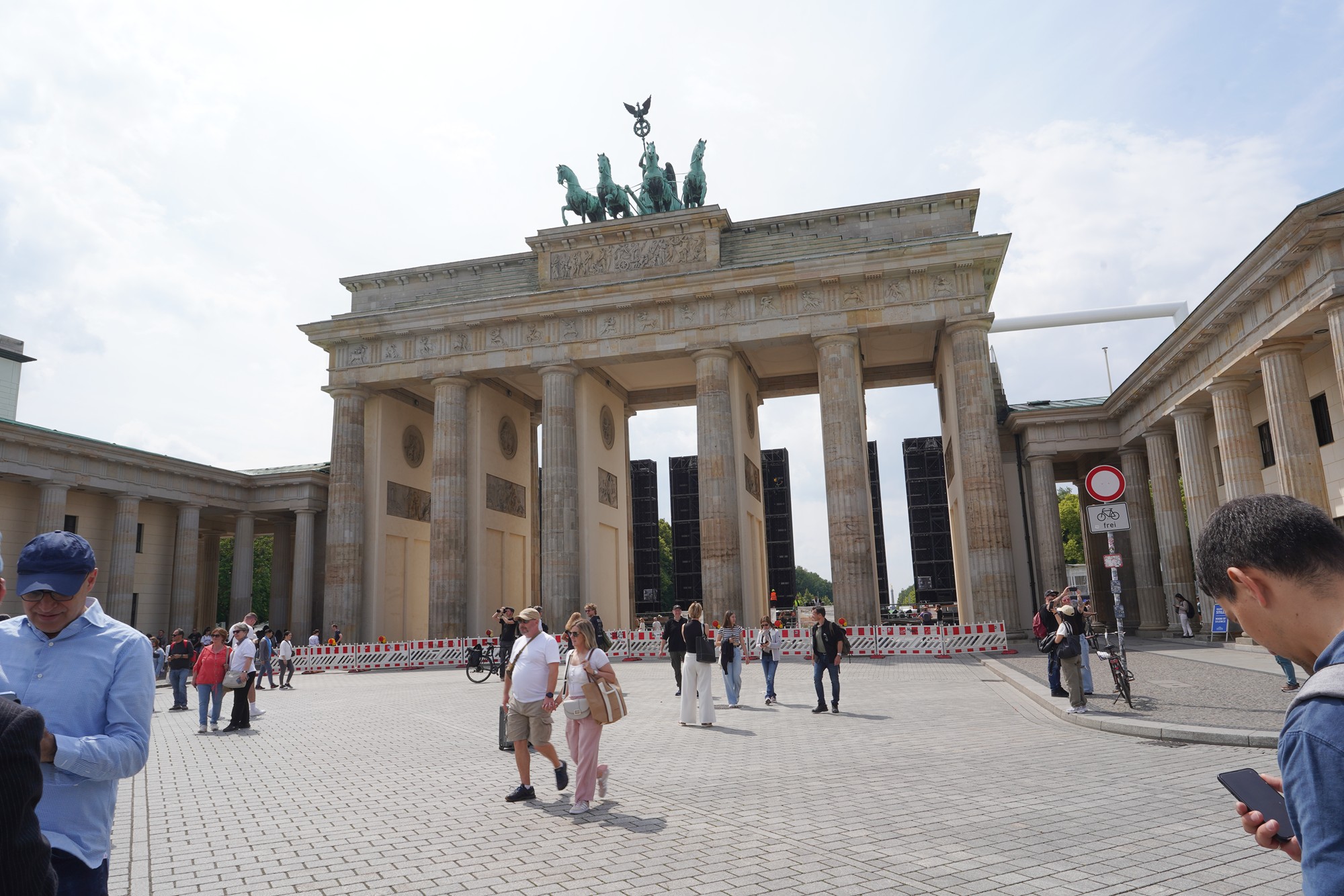
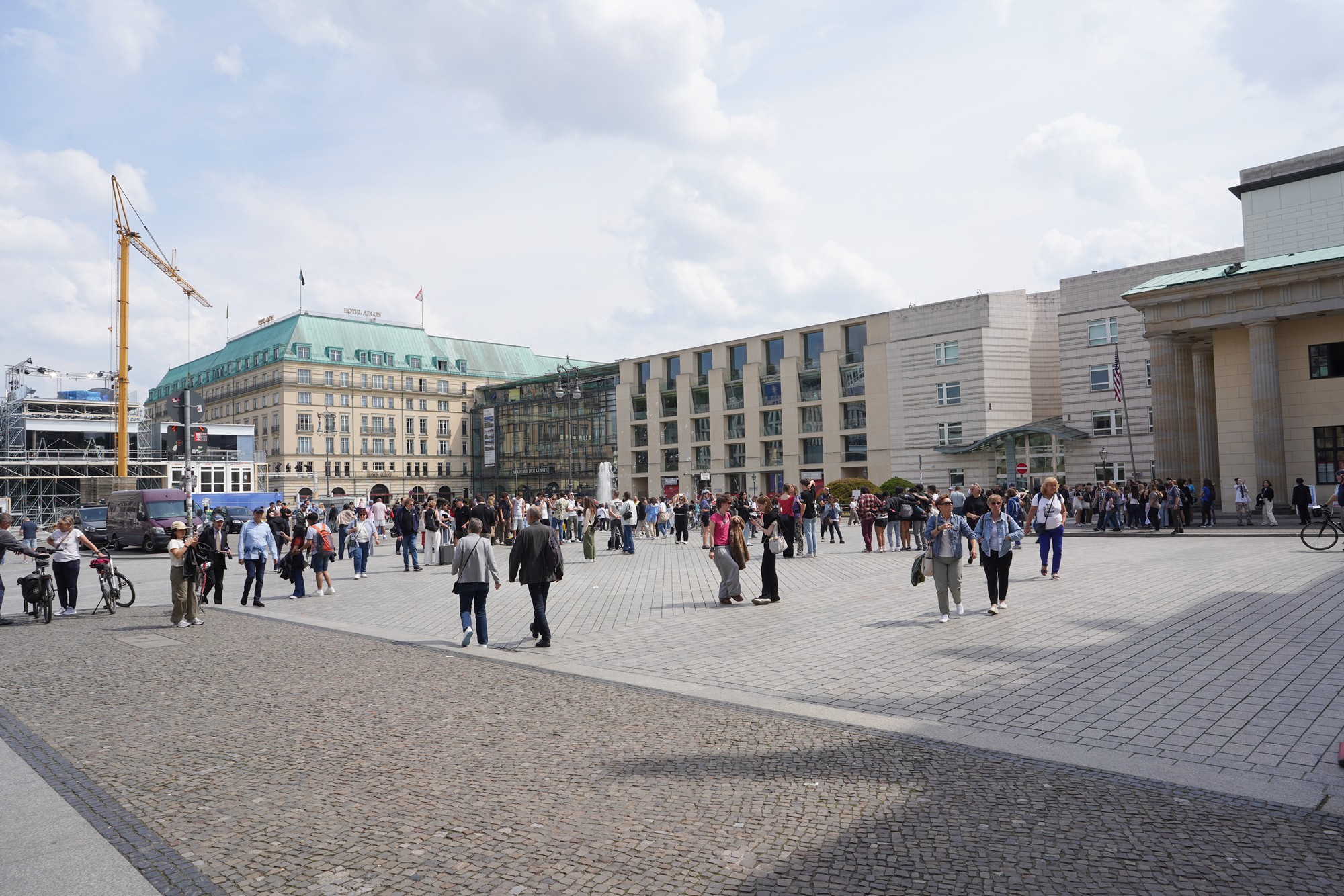
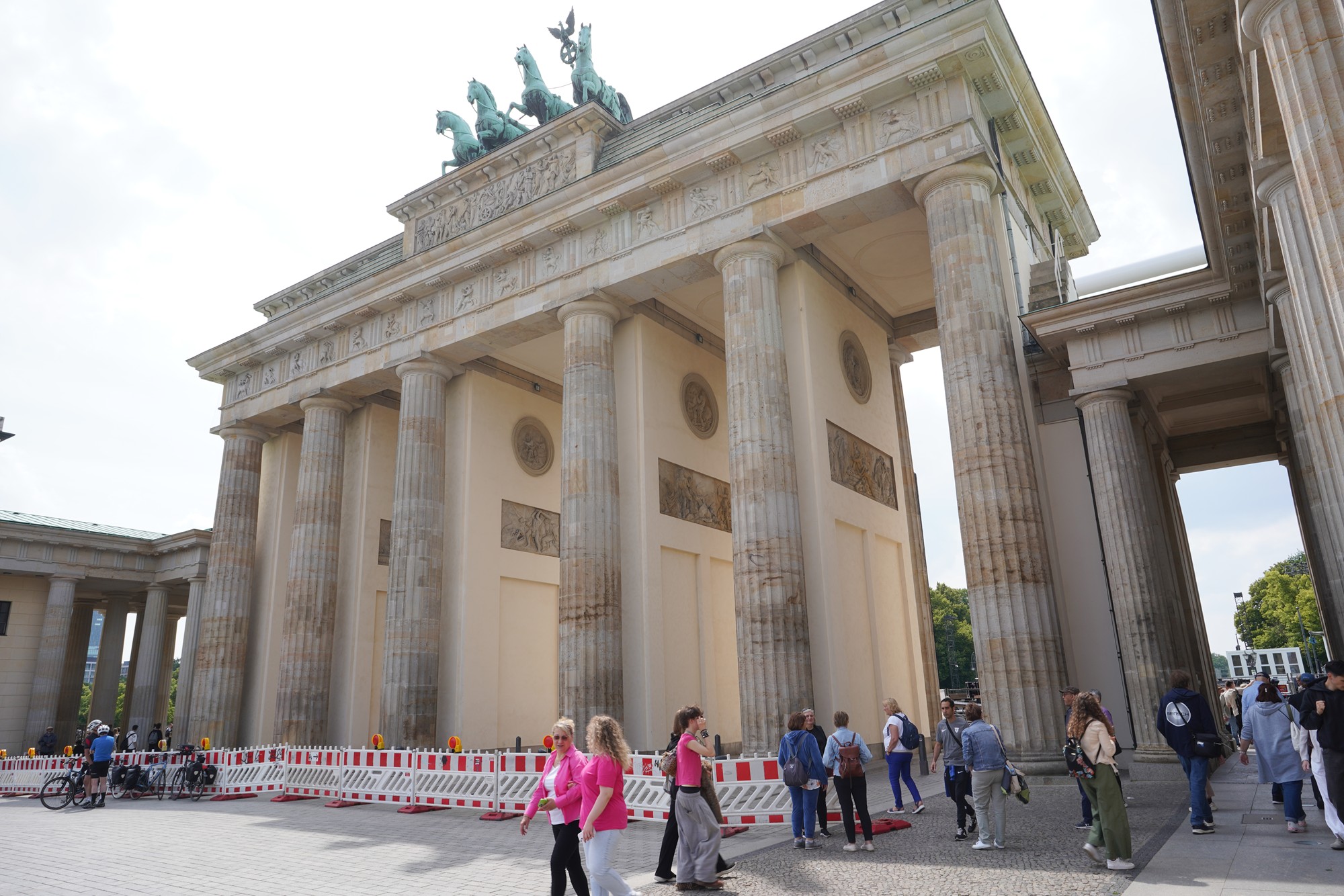
One block away from the Brandenburg Gate is the Memorial to the Murdered Jews of Europe.
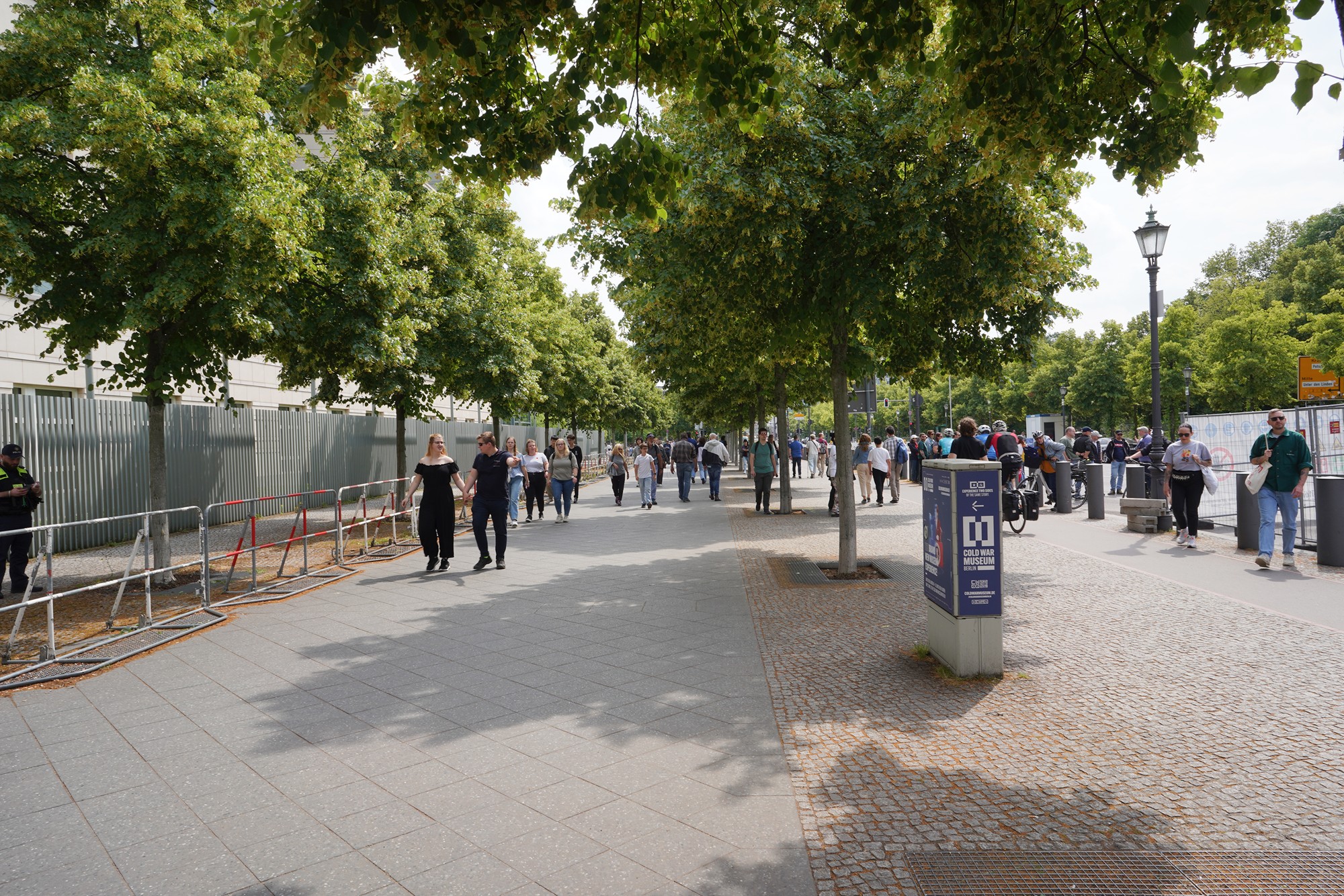
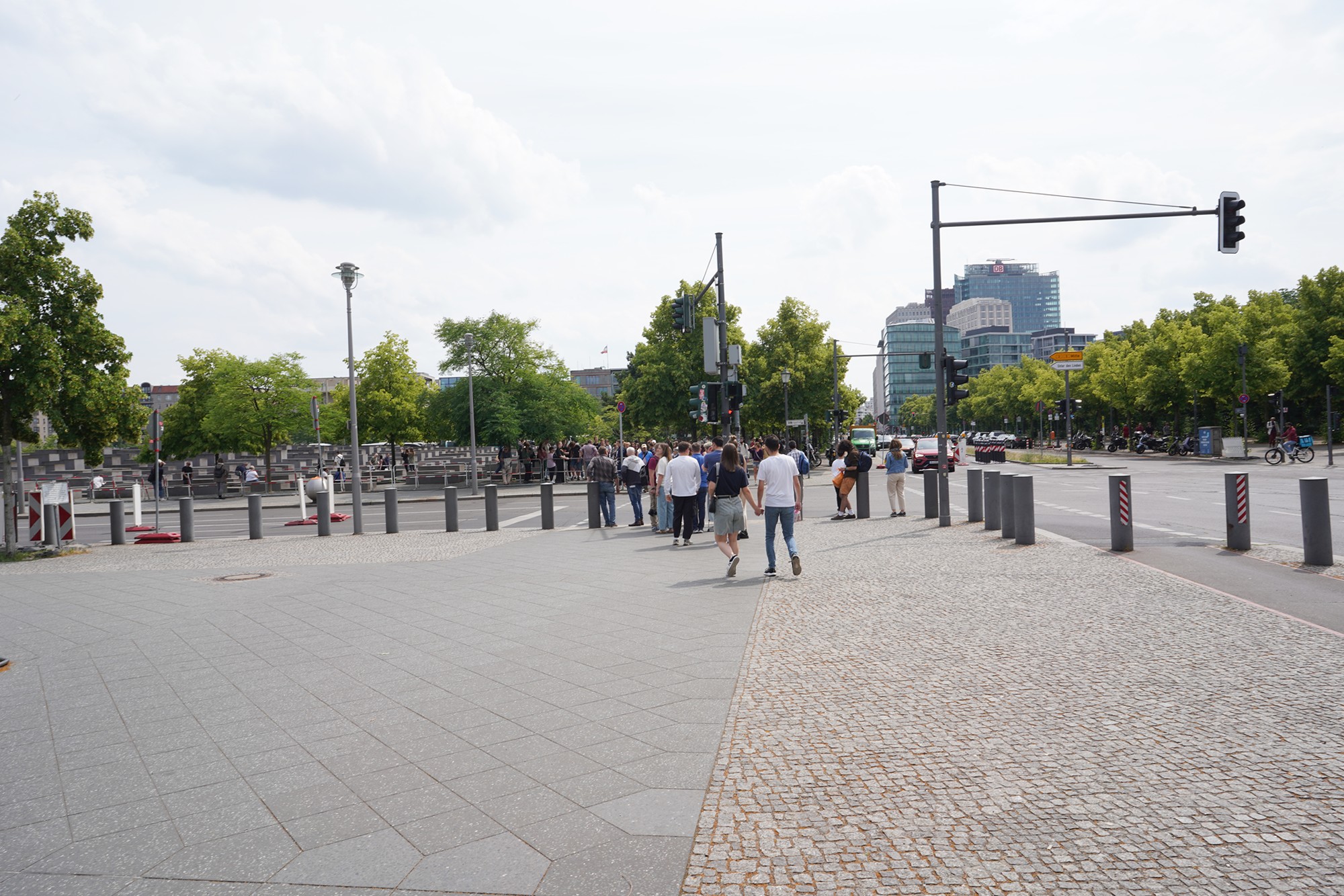
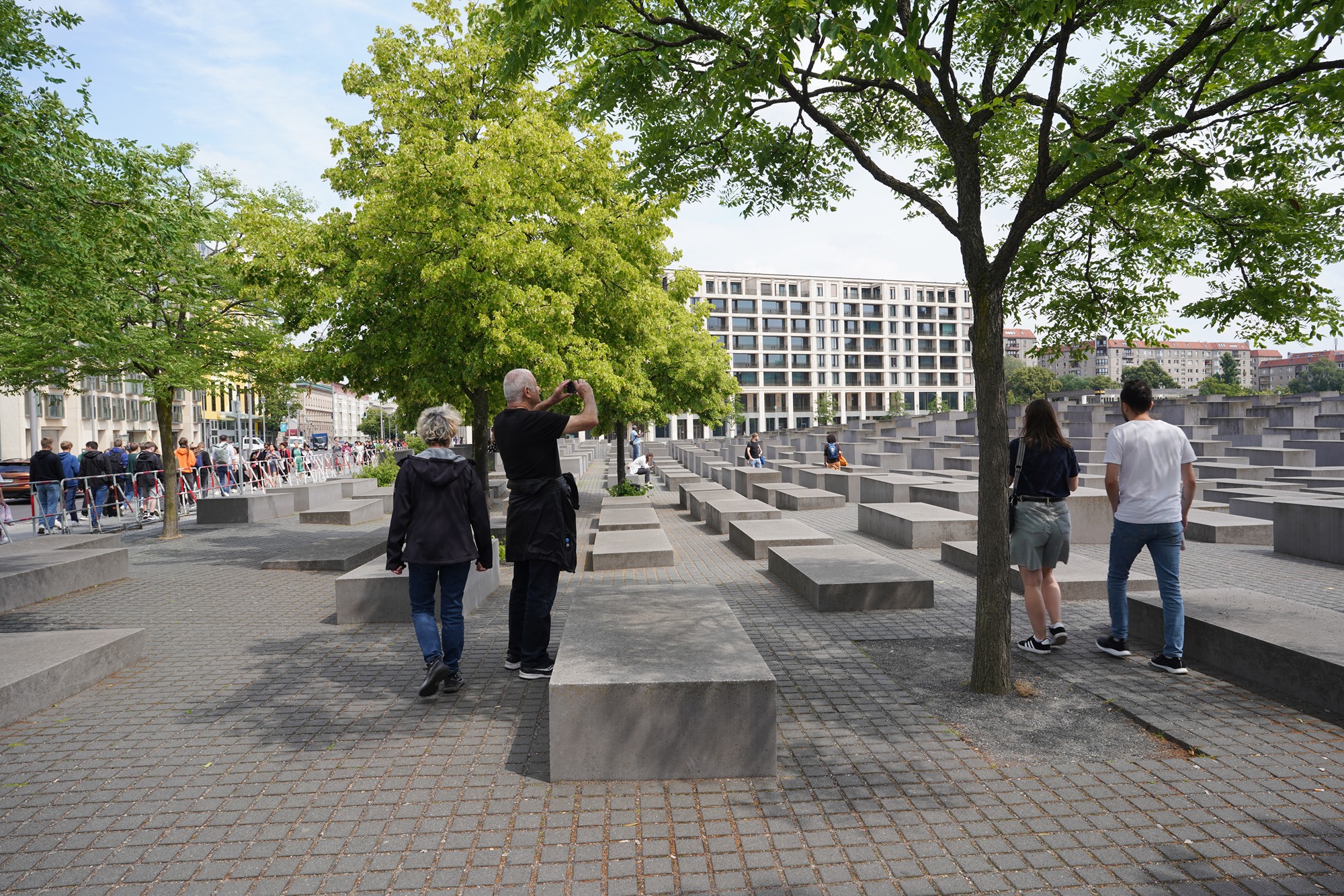
Memorial to the Murdered Jews of Europe
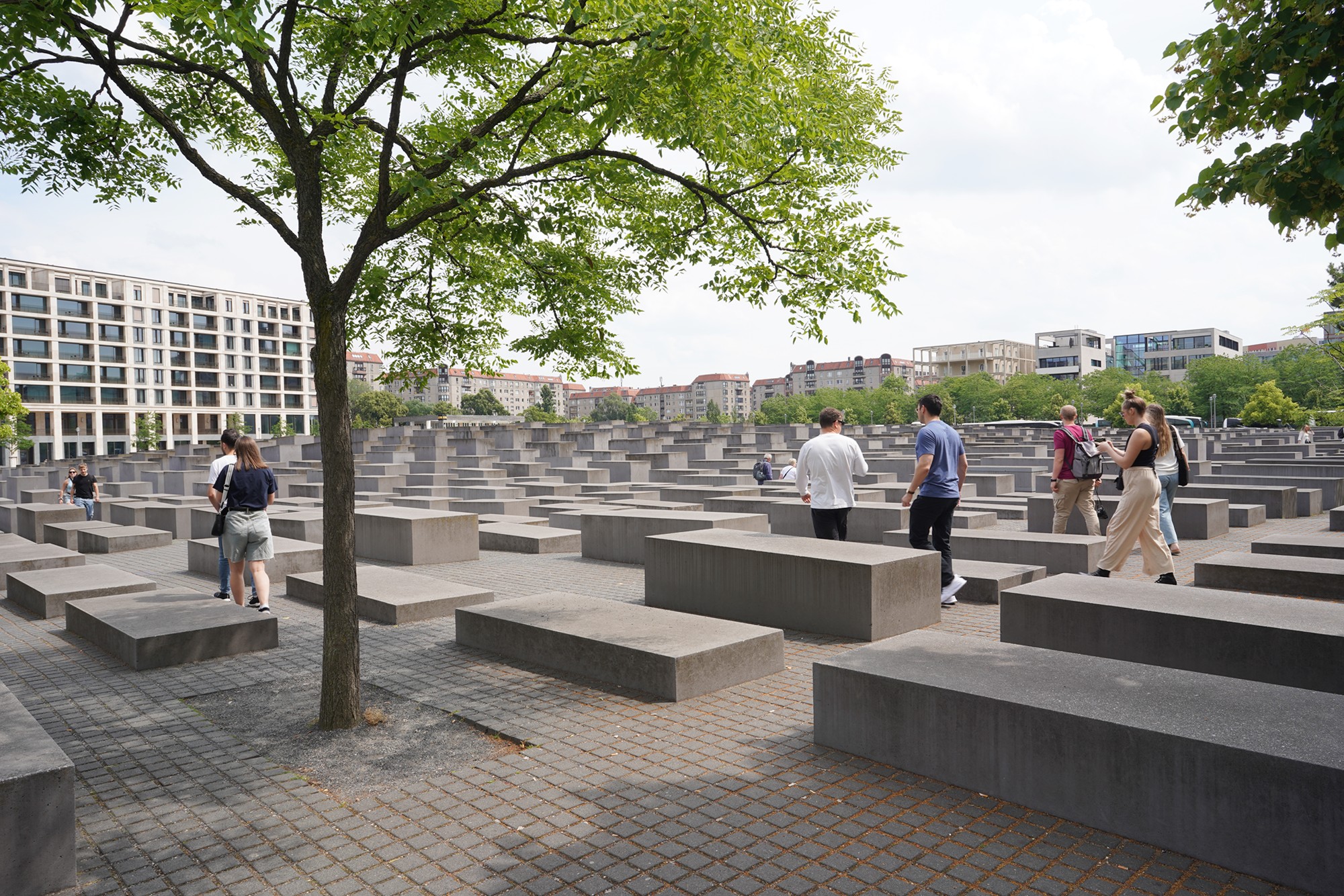
The Memorial to the Murdered Jews of Europe, also known as the Holocaust Memorial, is dedicated to the memory of the six million Jewish victims of the Holocaust.
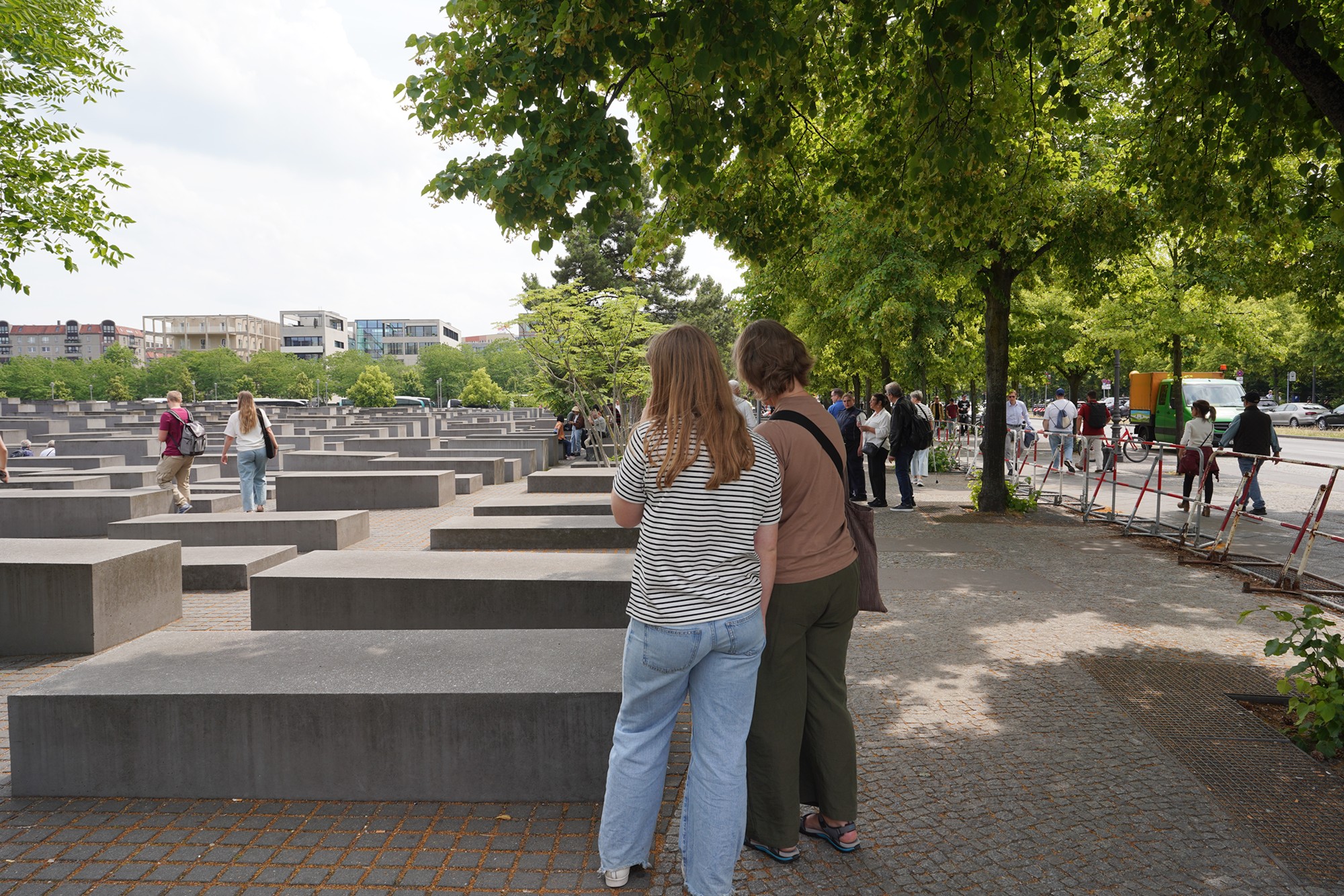
The memorial was designed by American architect Peter Eisenman and engineer Buro Happold. It was officially opened on May 10, 2005, after several years of debate about how to commemorate the Holocaust in Berlin.
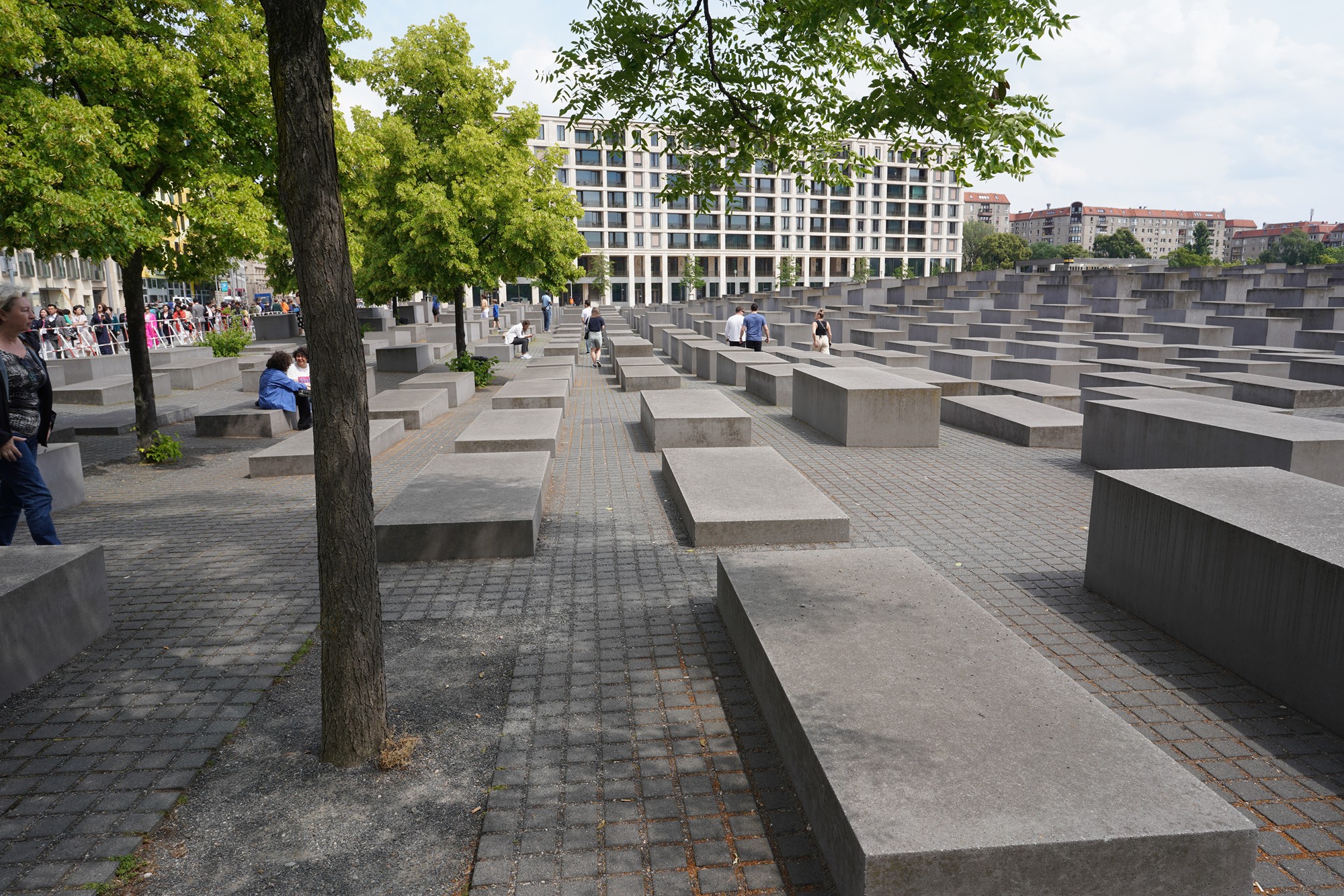
The memorial consists of 2,711 concrete slabs (stelae), varying in height from just a few centimeters to over 4 meters (13 feet), laid out in a grid pattern over a 19,000 square meter (204,440 square foot) area.
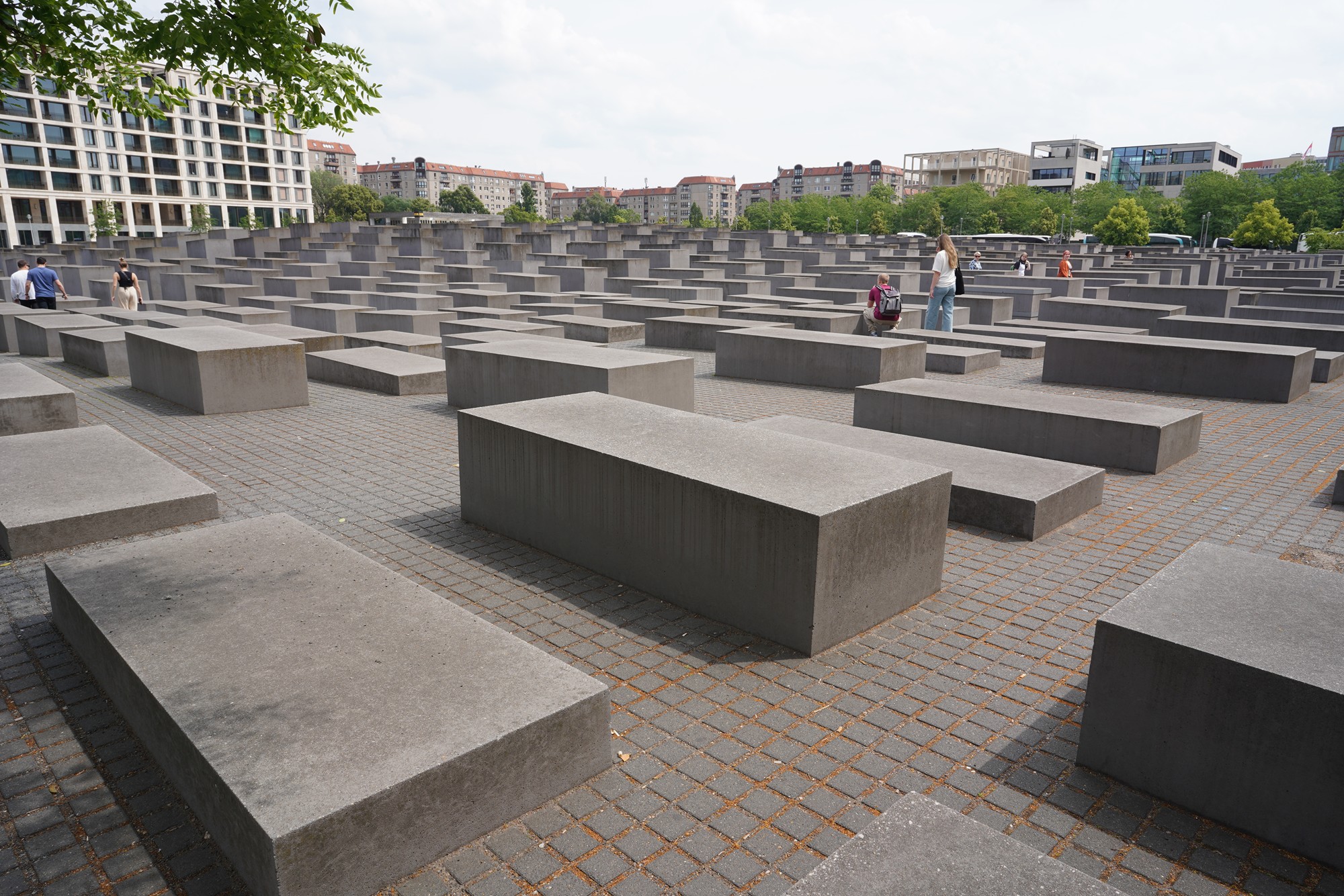
The slabs are arranged on a sloping field, creating a sense of disorientation and isolation as visitors walk through the narrow paths between them. The design is intentionally abstract, allowing for personal interpretation. Some see the undulating heights of the slabs as representing gravestones or a chaotic system, while others view it as a symbol of the anonymity and the sheer scale of the atrocities.
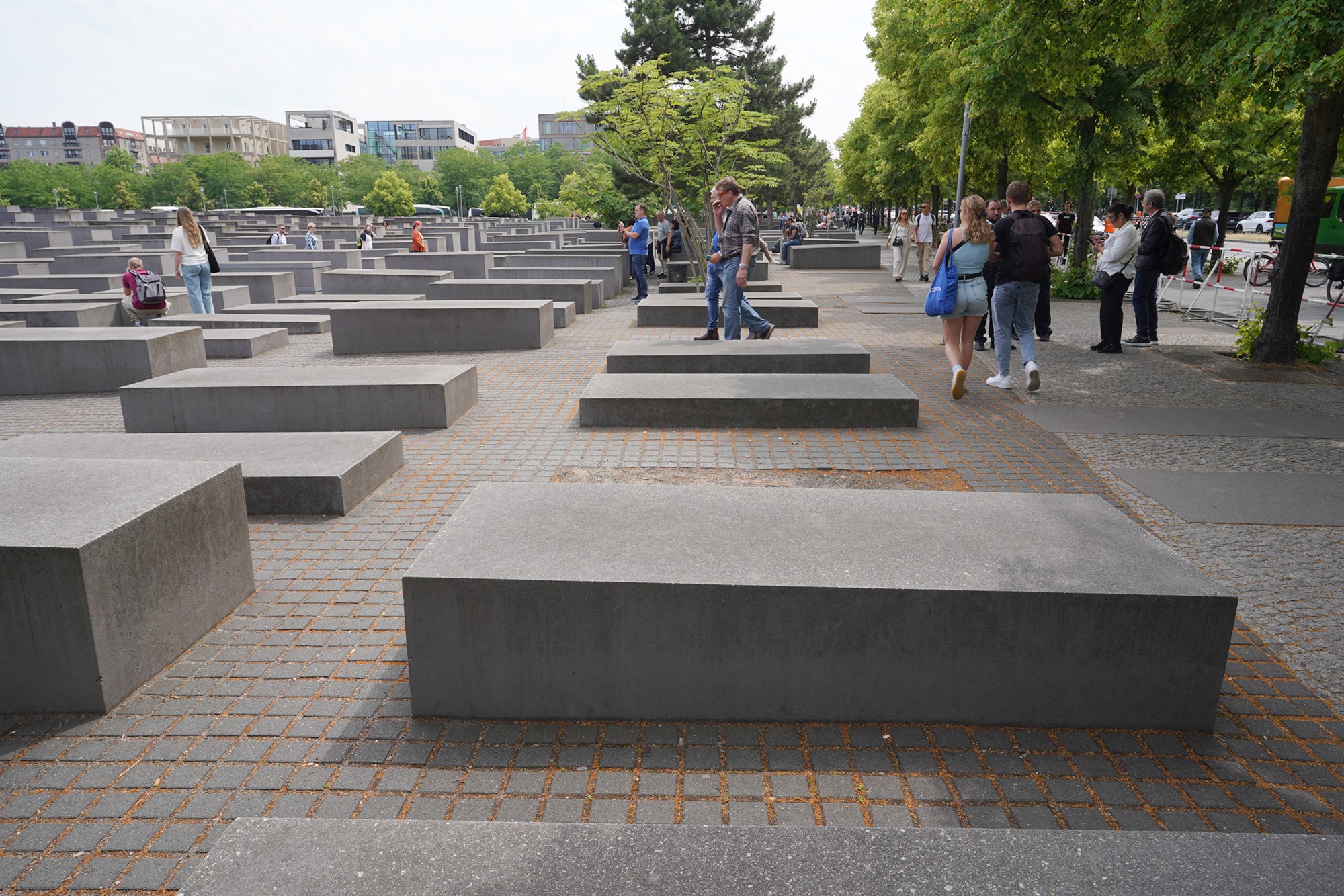
The slabs themselves are unmarked, with no inscriptions or names, adding to the abstraction of the monument. The absence of specific names or imagery keeps the focus on the collective experience of the Holocaust, rather than on individual stories.
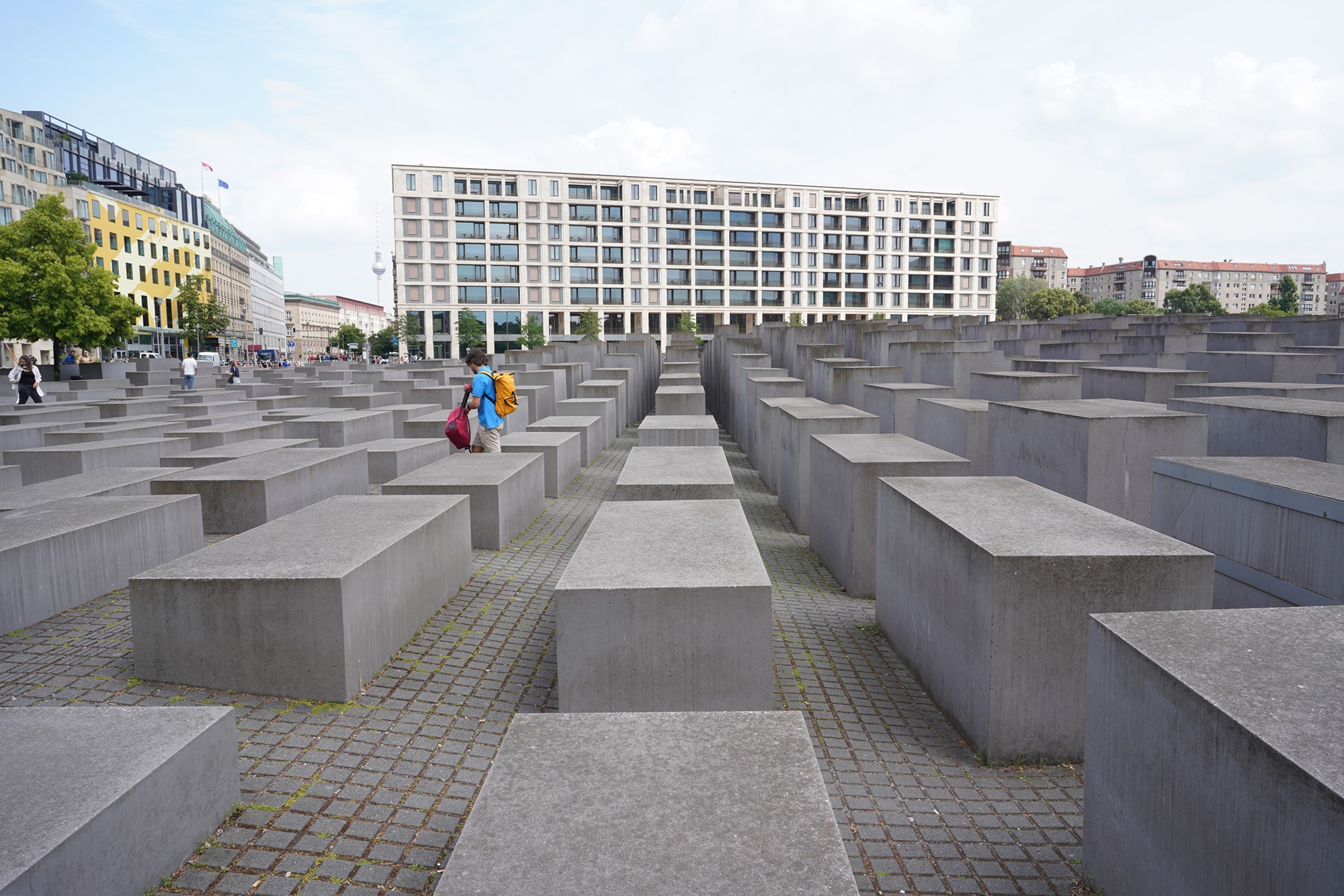
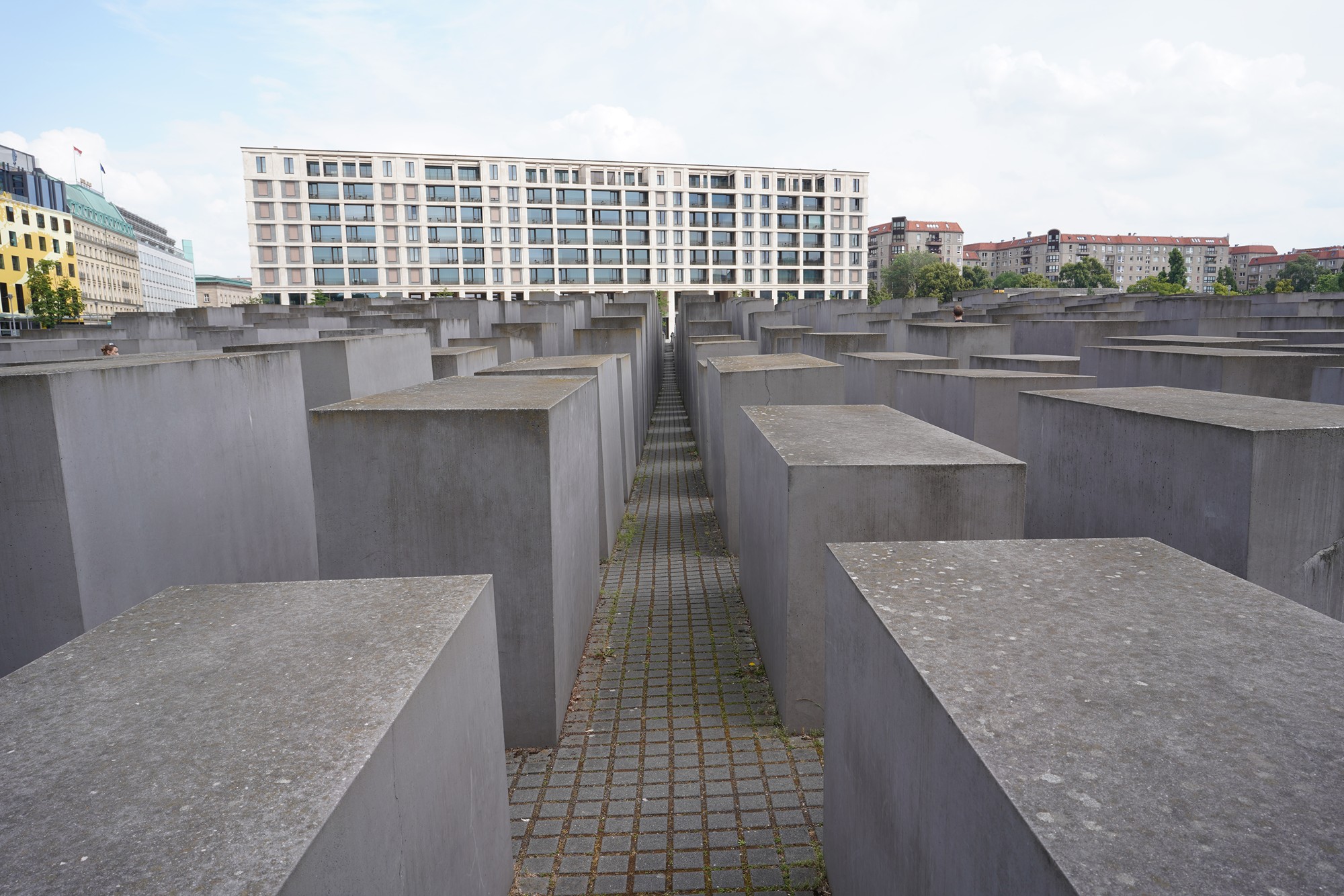
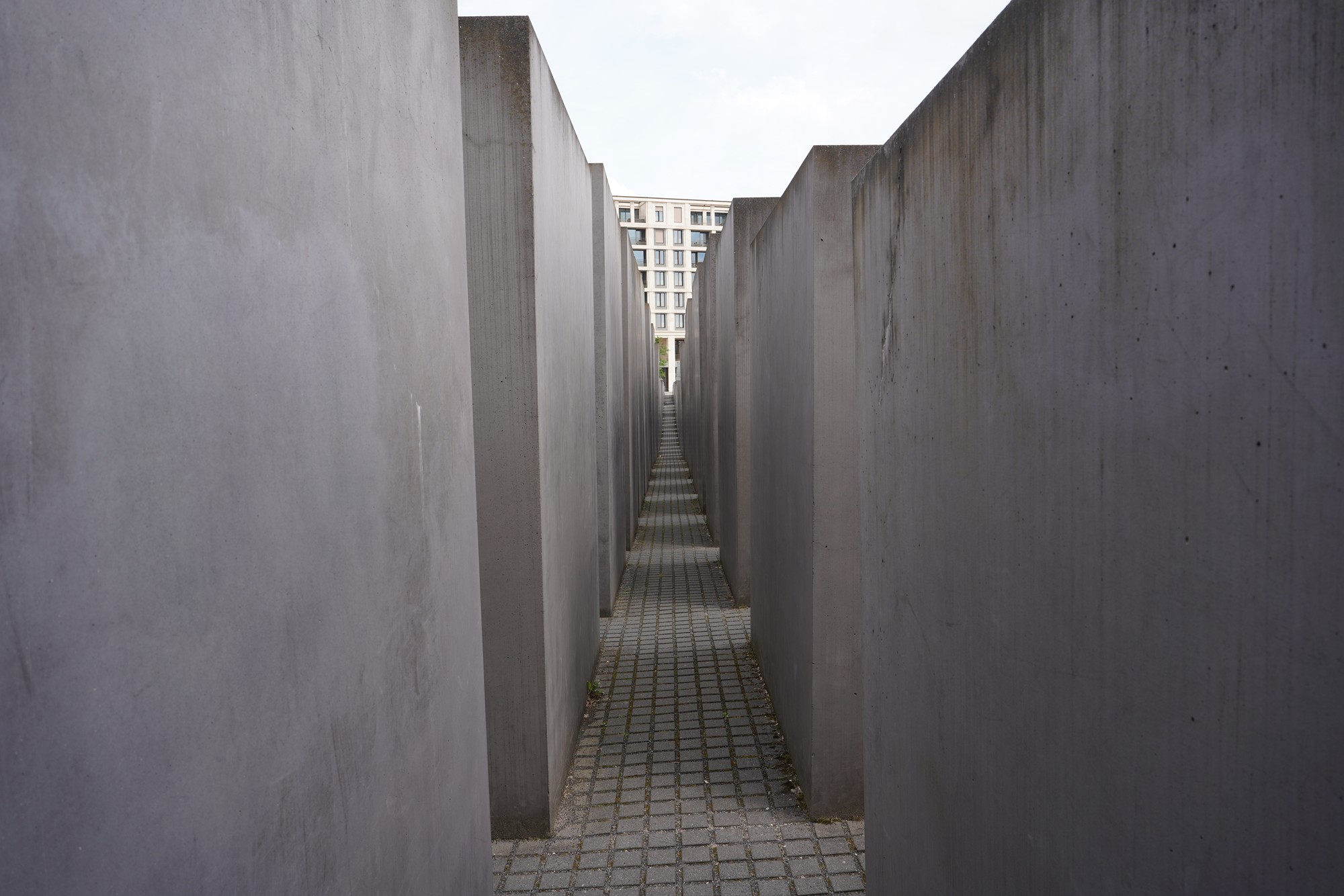
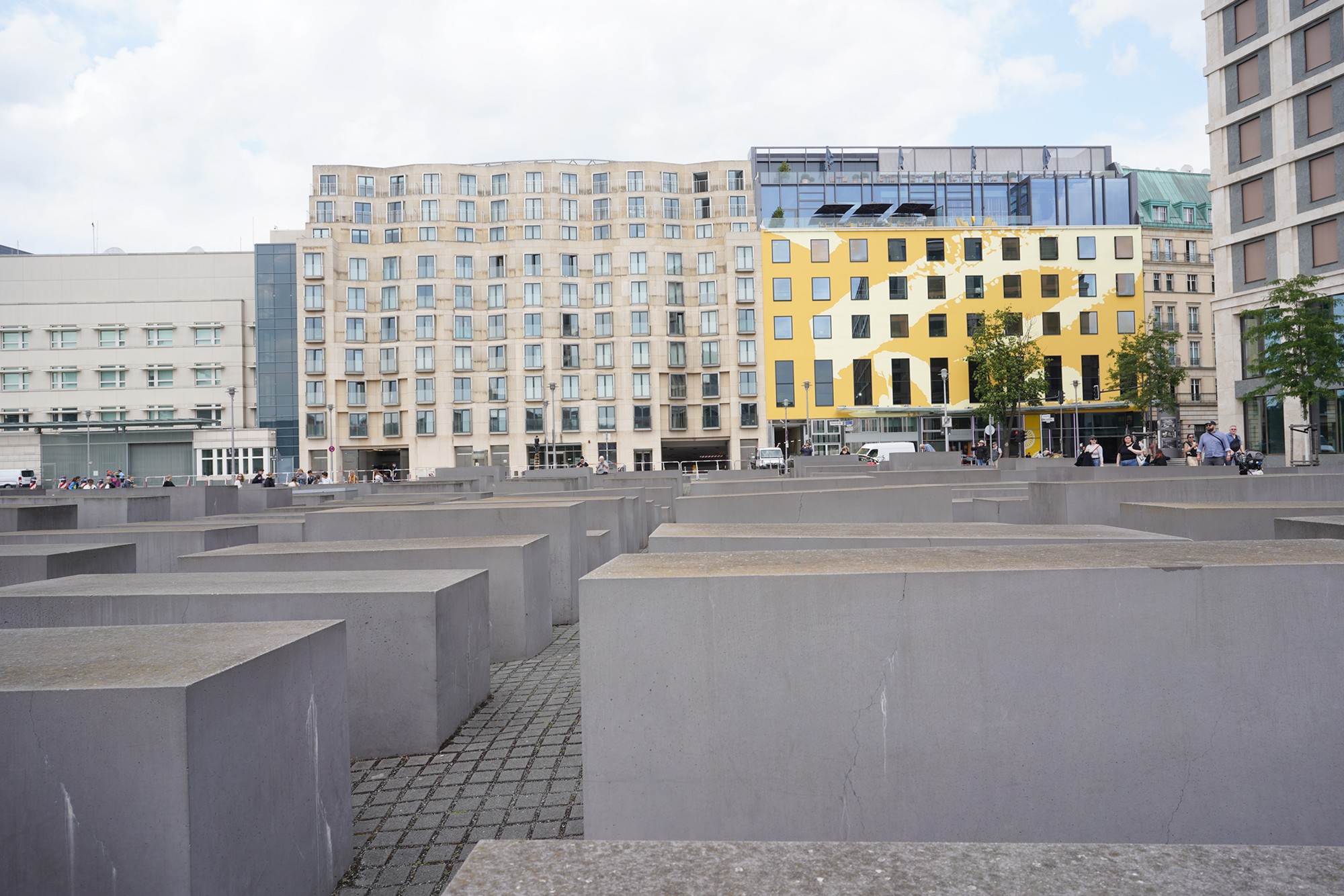
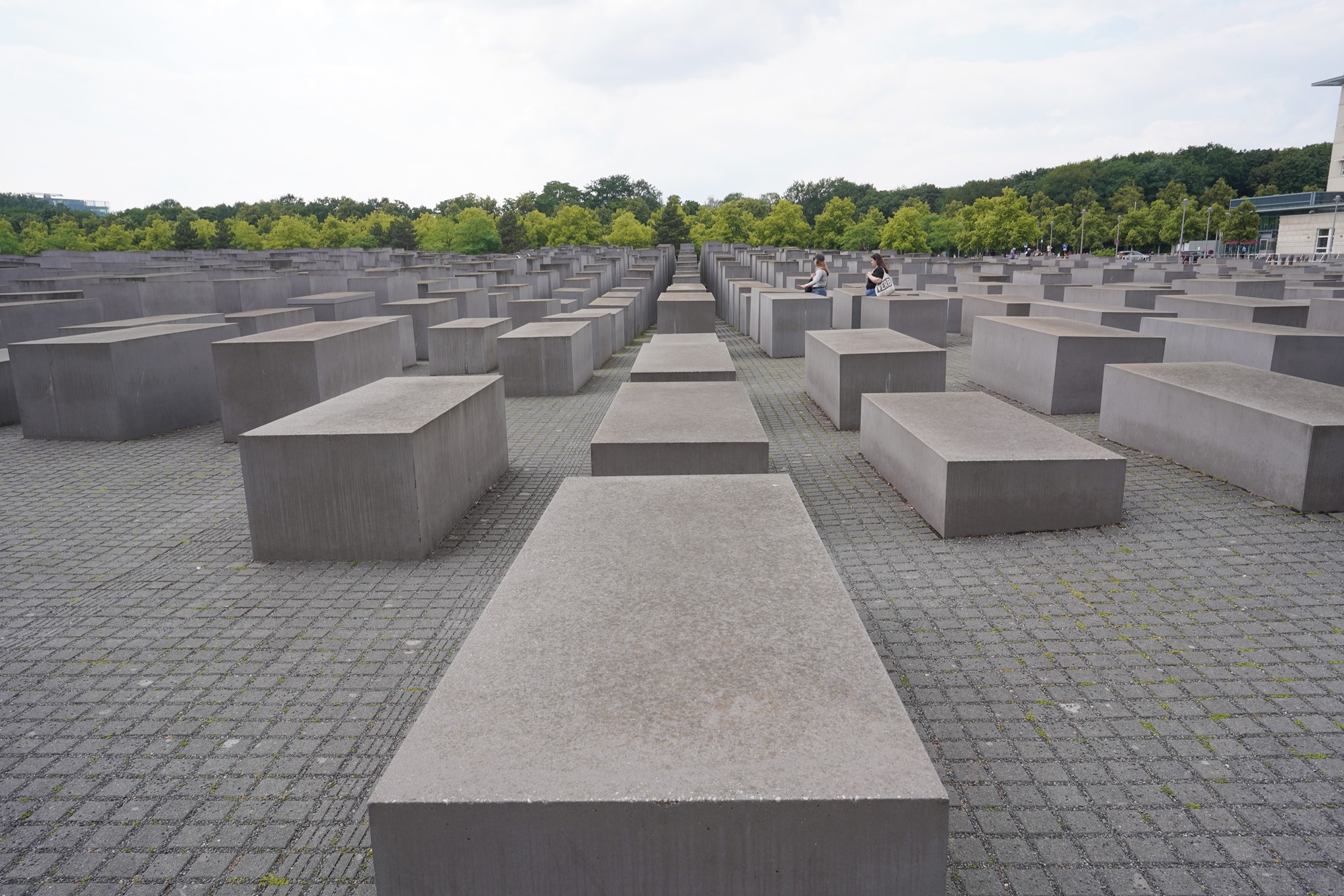
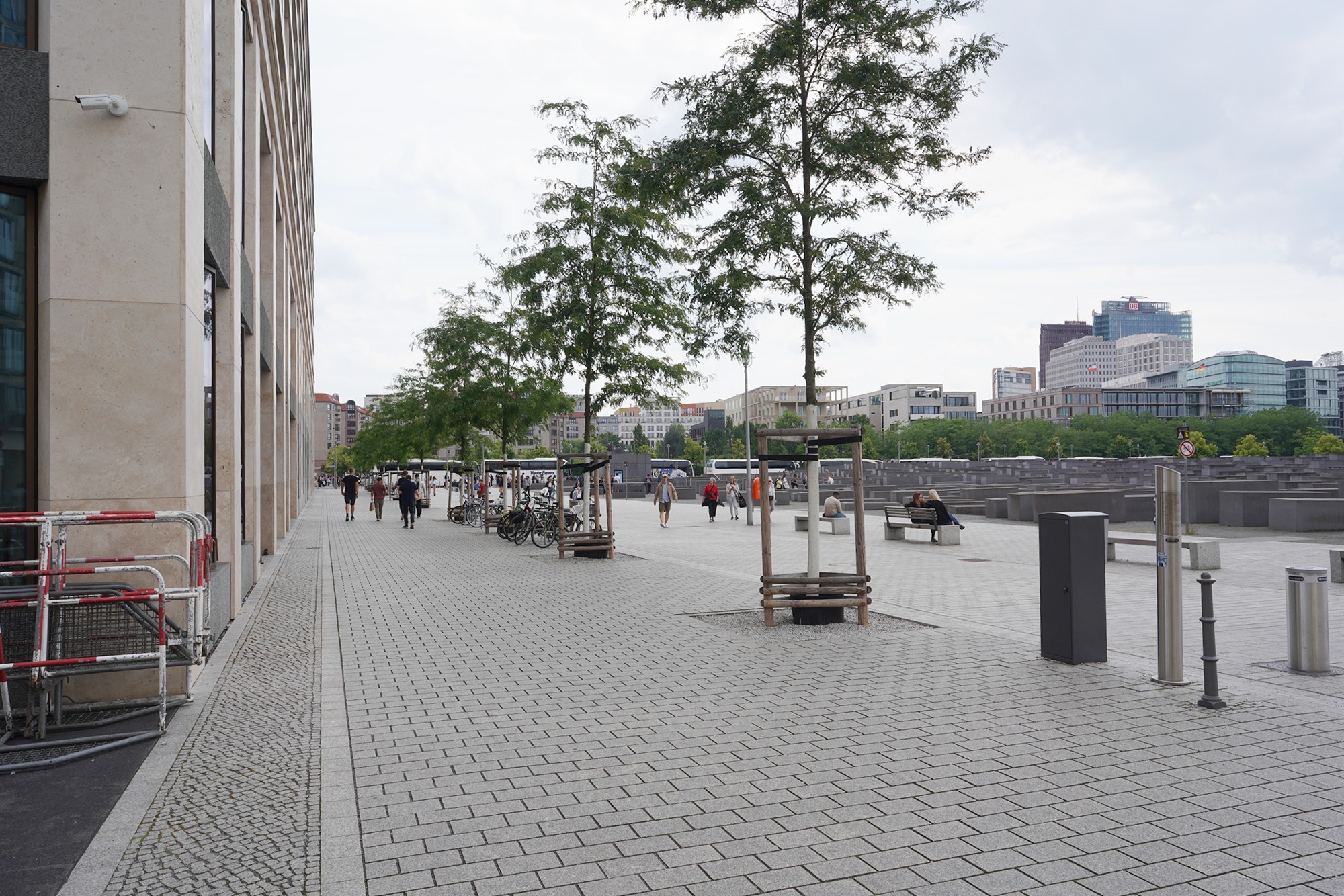
One last look at the memorial
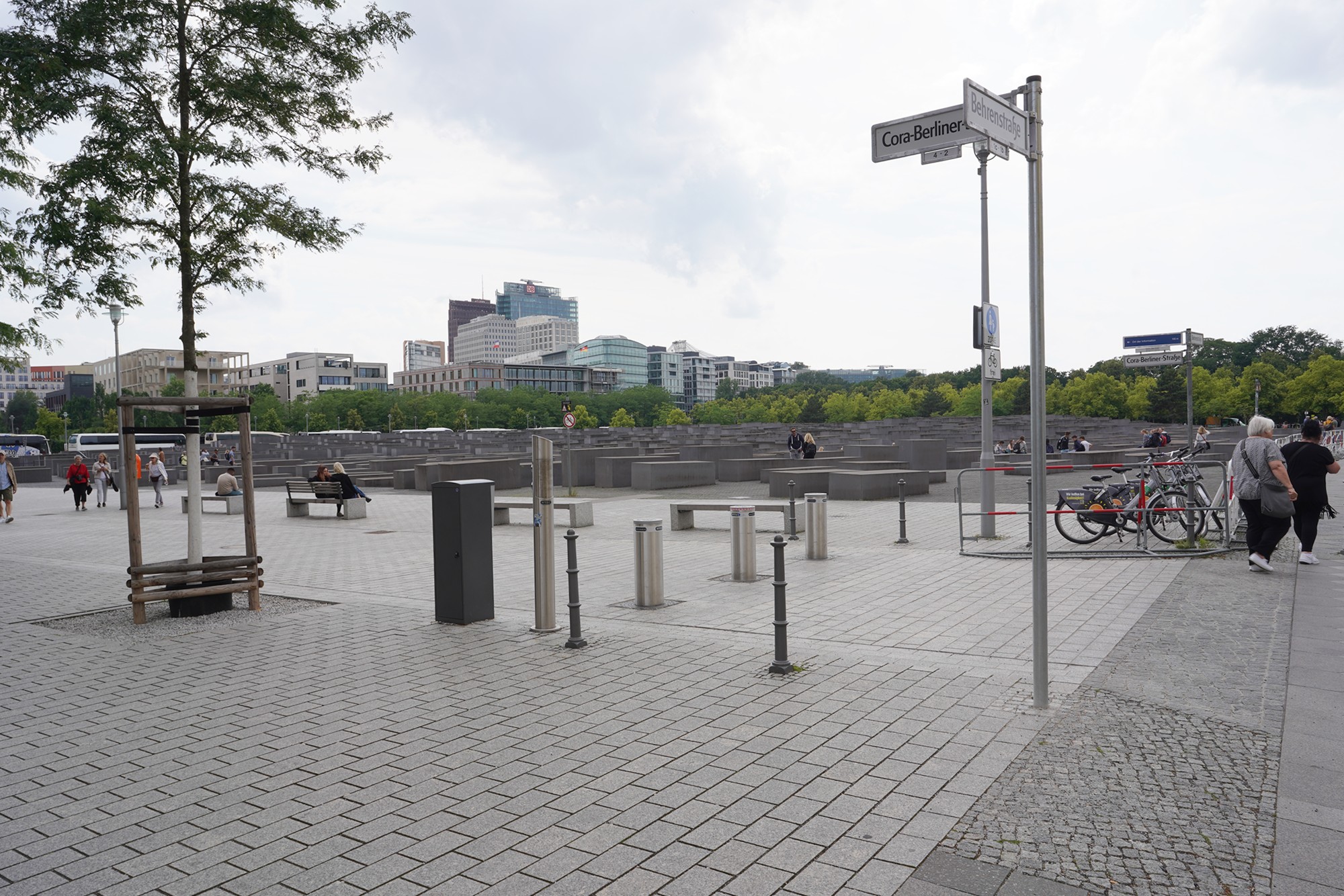
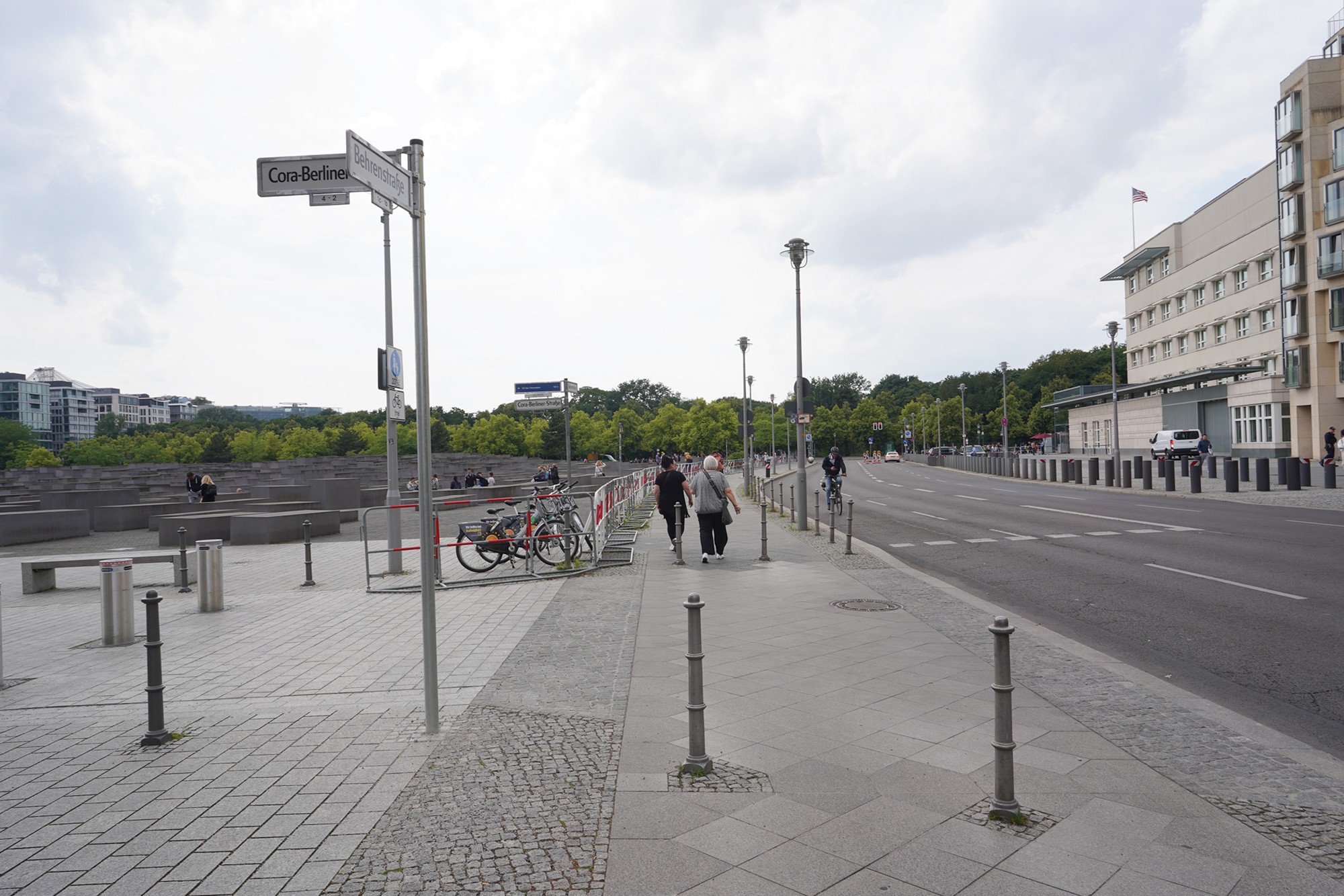
I walked toward the Unter den Linden Blvd, one of the main streets in Berlin.
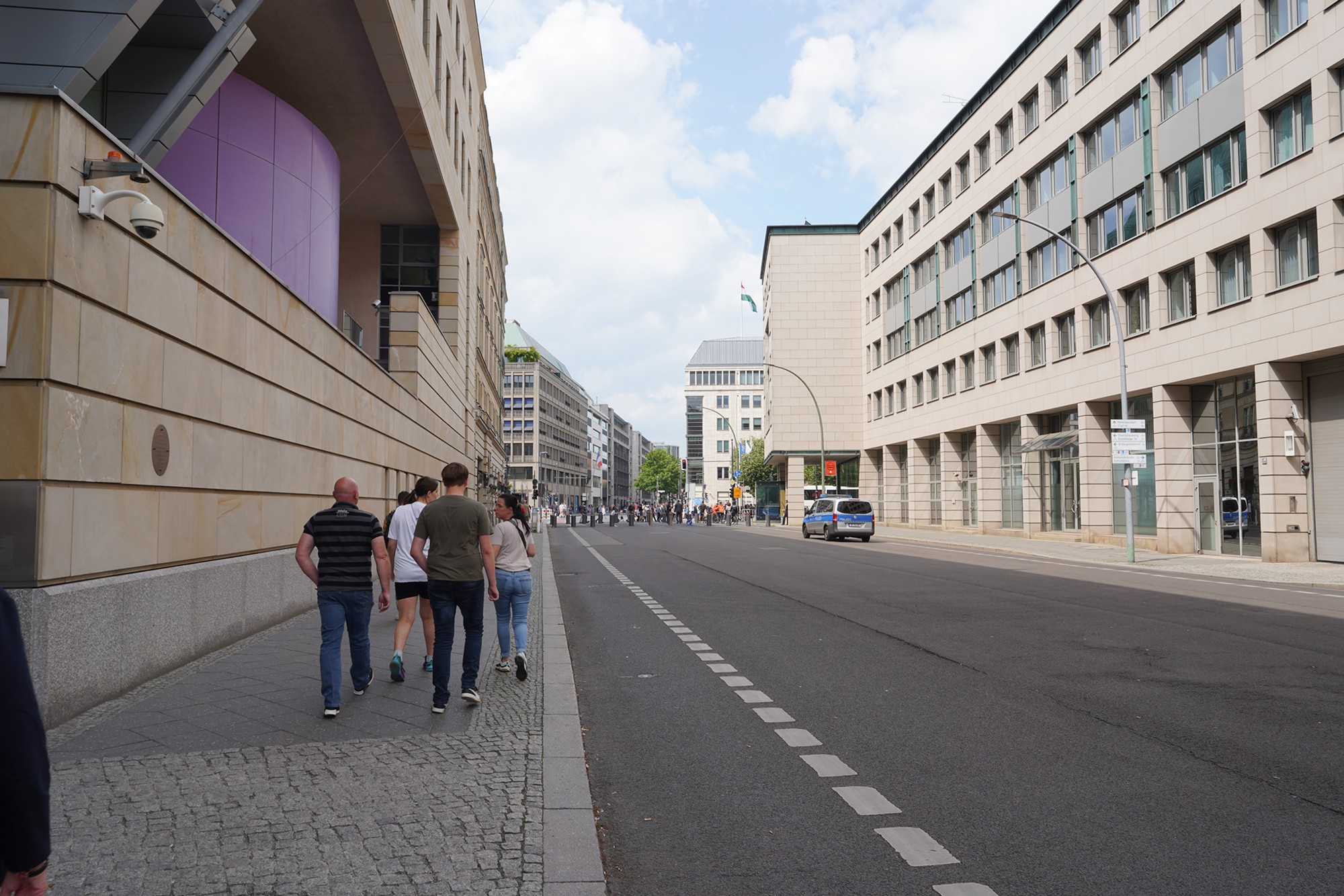
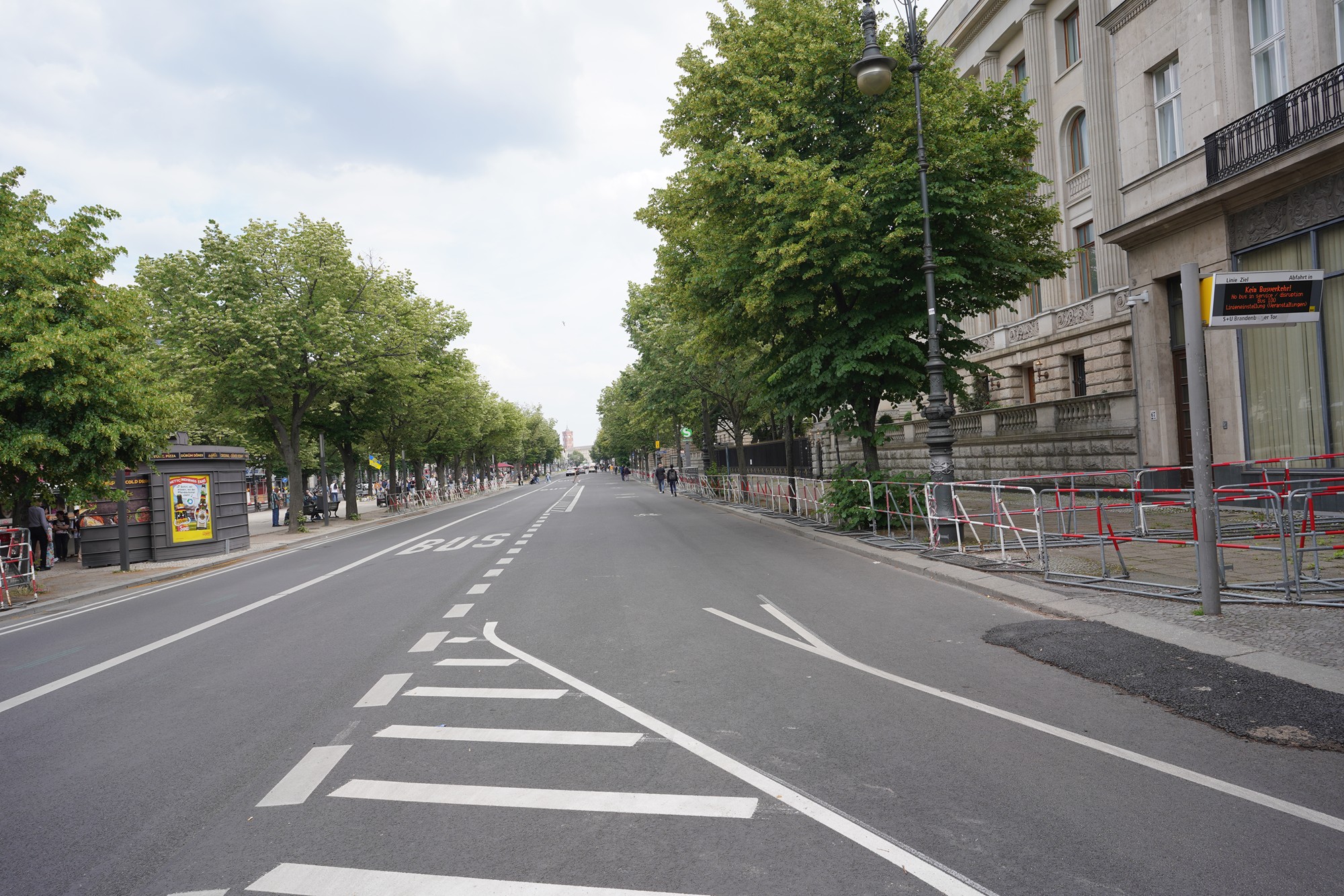
The Unter den Linden Blvd.
Unter den Linden is one of Berlin’s most famous and historic boulevards, stretching from the Brandenburg Gate to the Berlin Palace (Berliner Schloss). The name “Unter den Linden” translates to “Under the Linden Trees,” referring to the linden trees that line the avenue, creating a scenic and grand promenade.
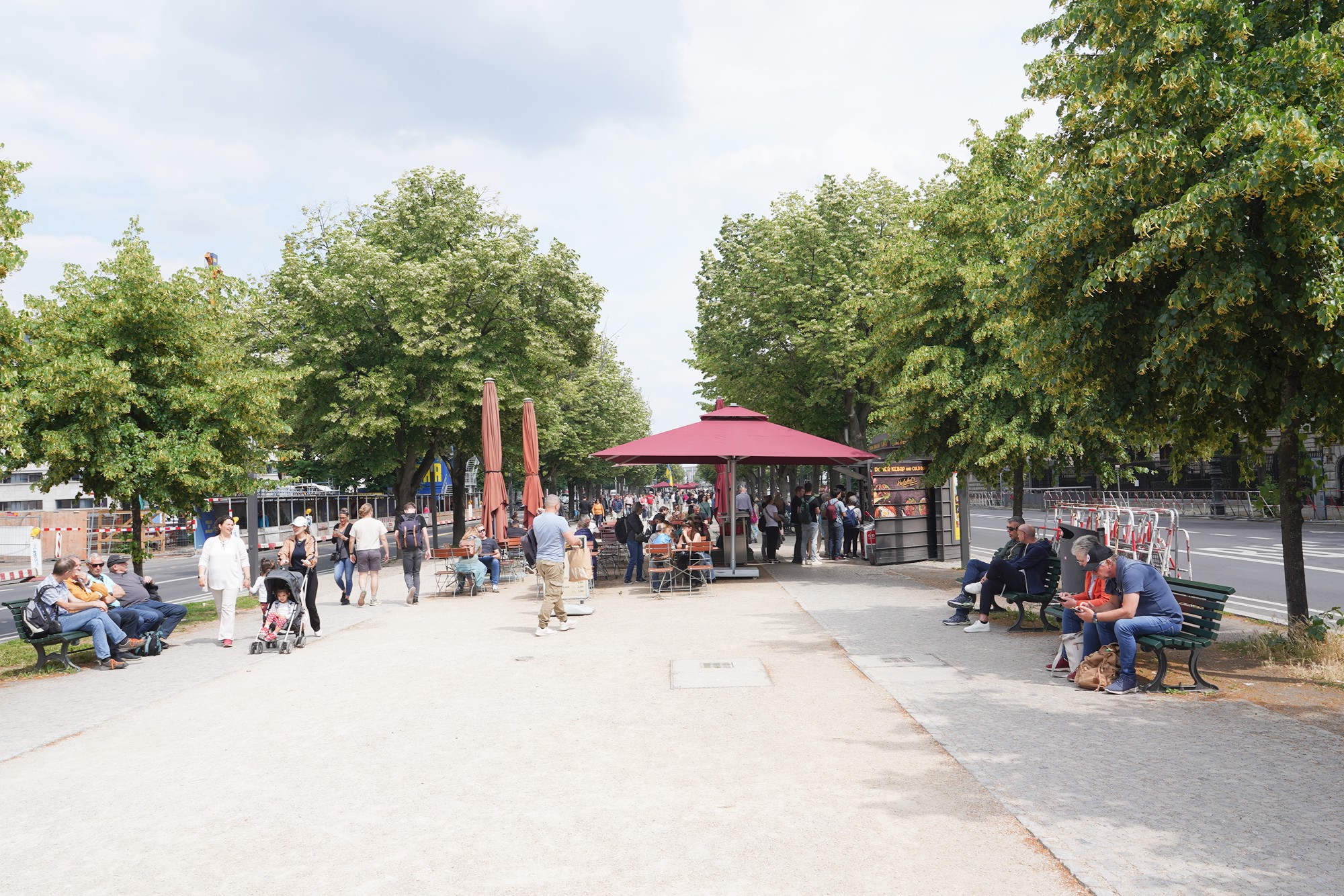
I walked on the blvd toward the Berlin Cathedral
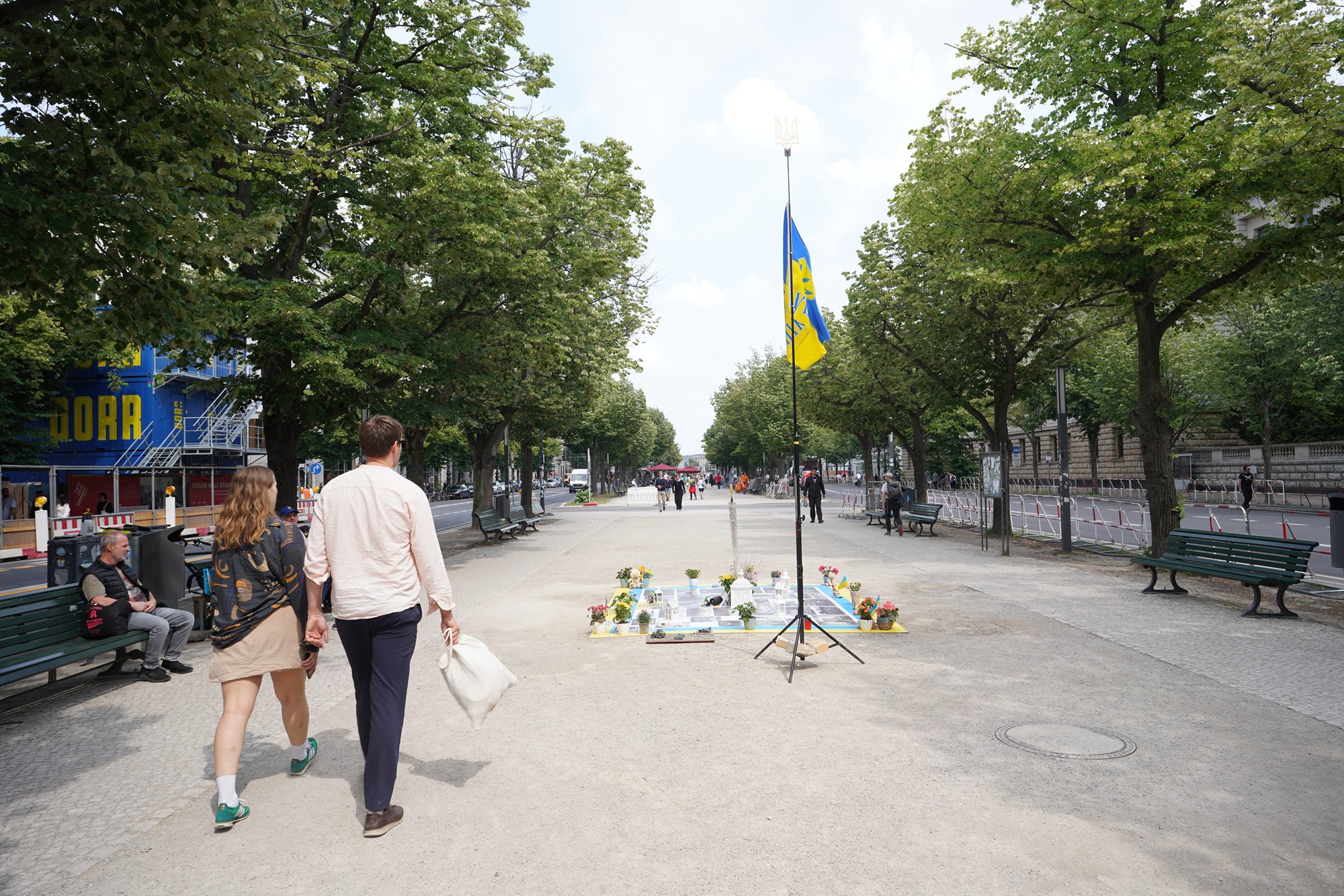
Unter den Linden is a major cultural, historical, and tourist thoroughfare. It’s a beautiful walk filled with historic landmarks, cultural institutions, and shops.
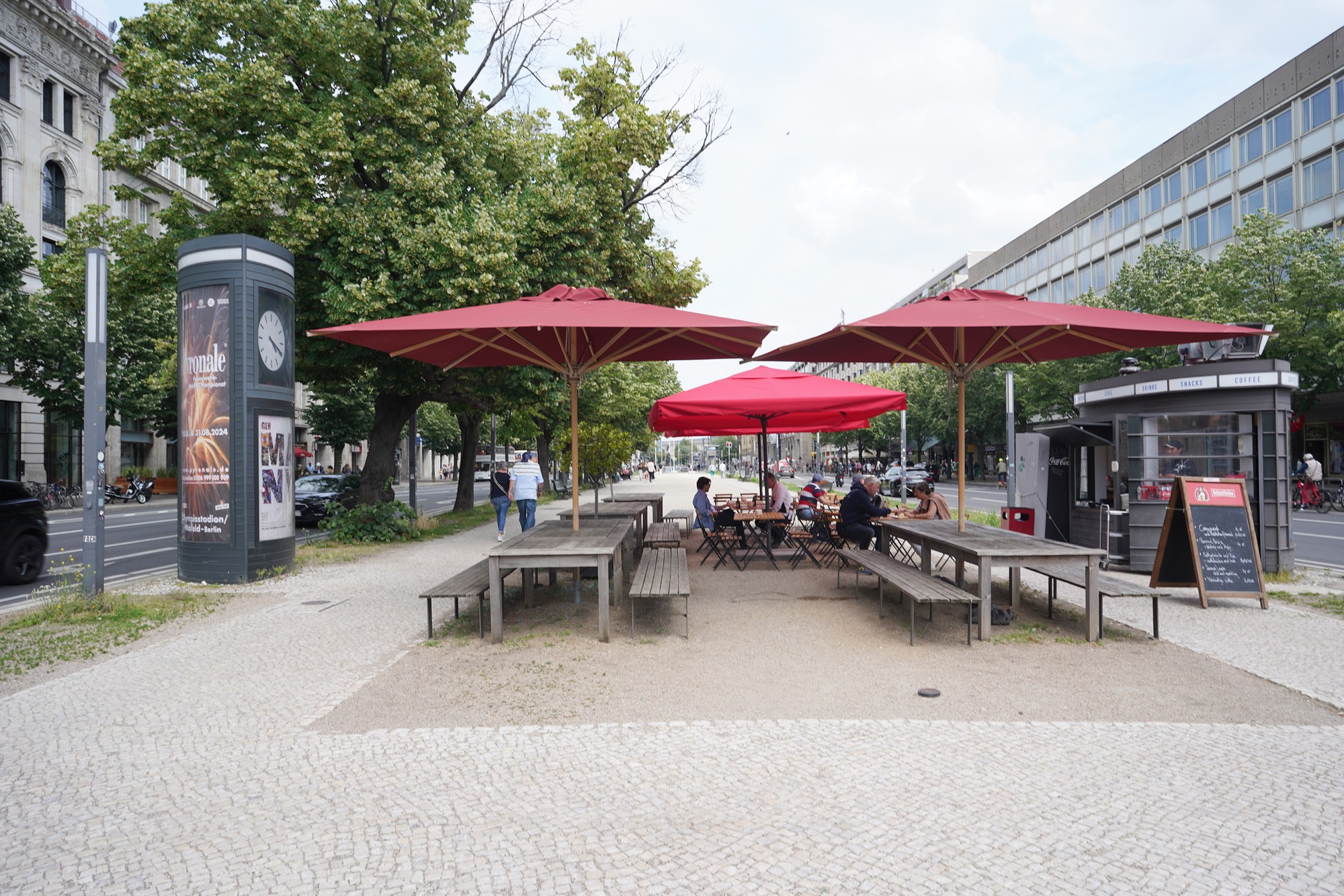
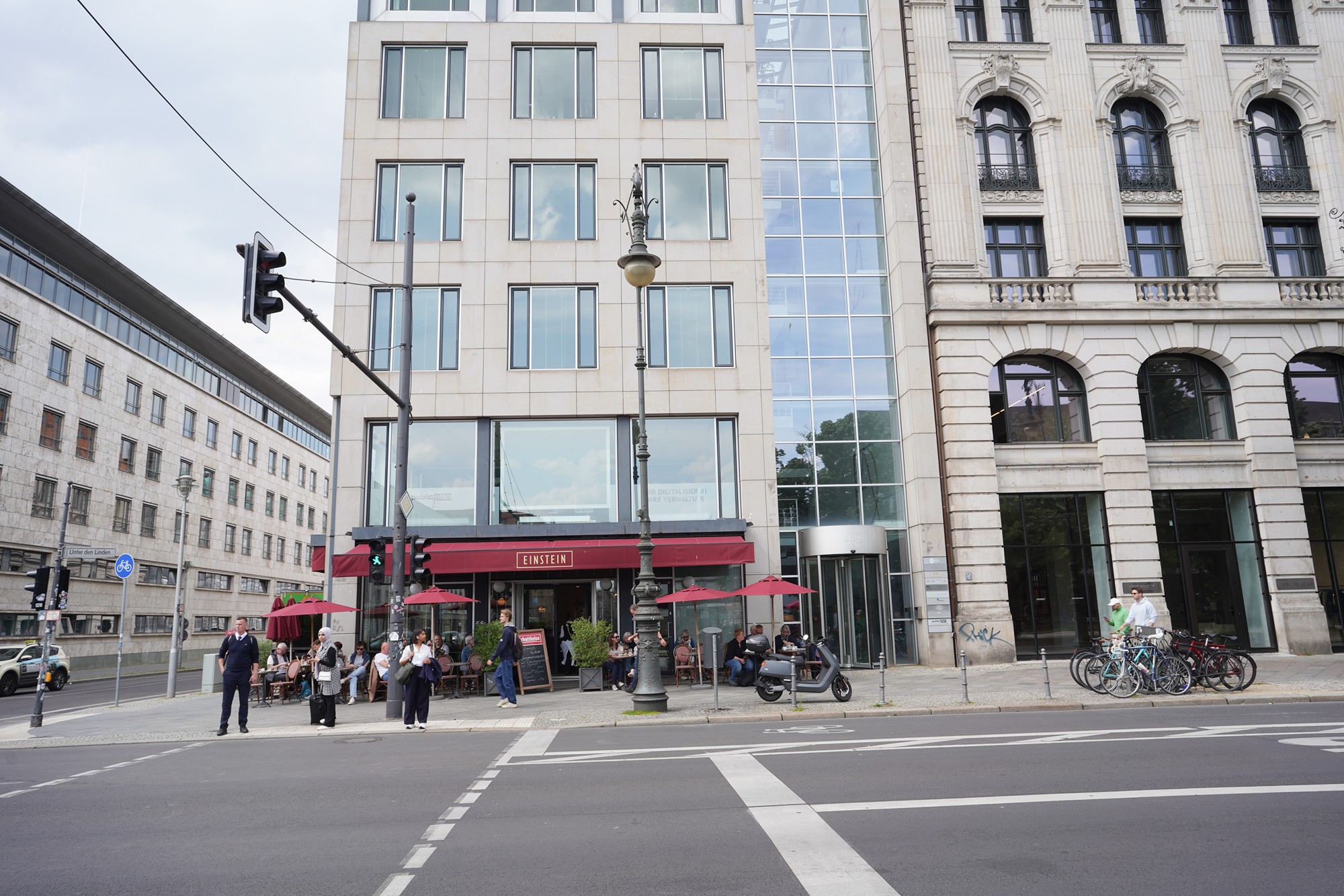
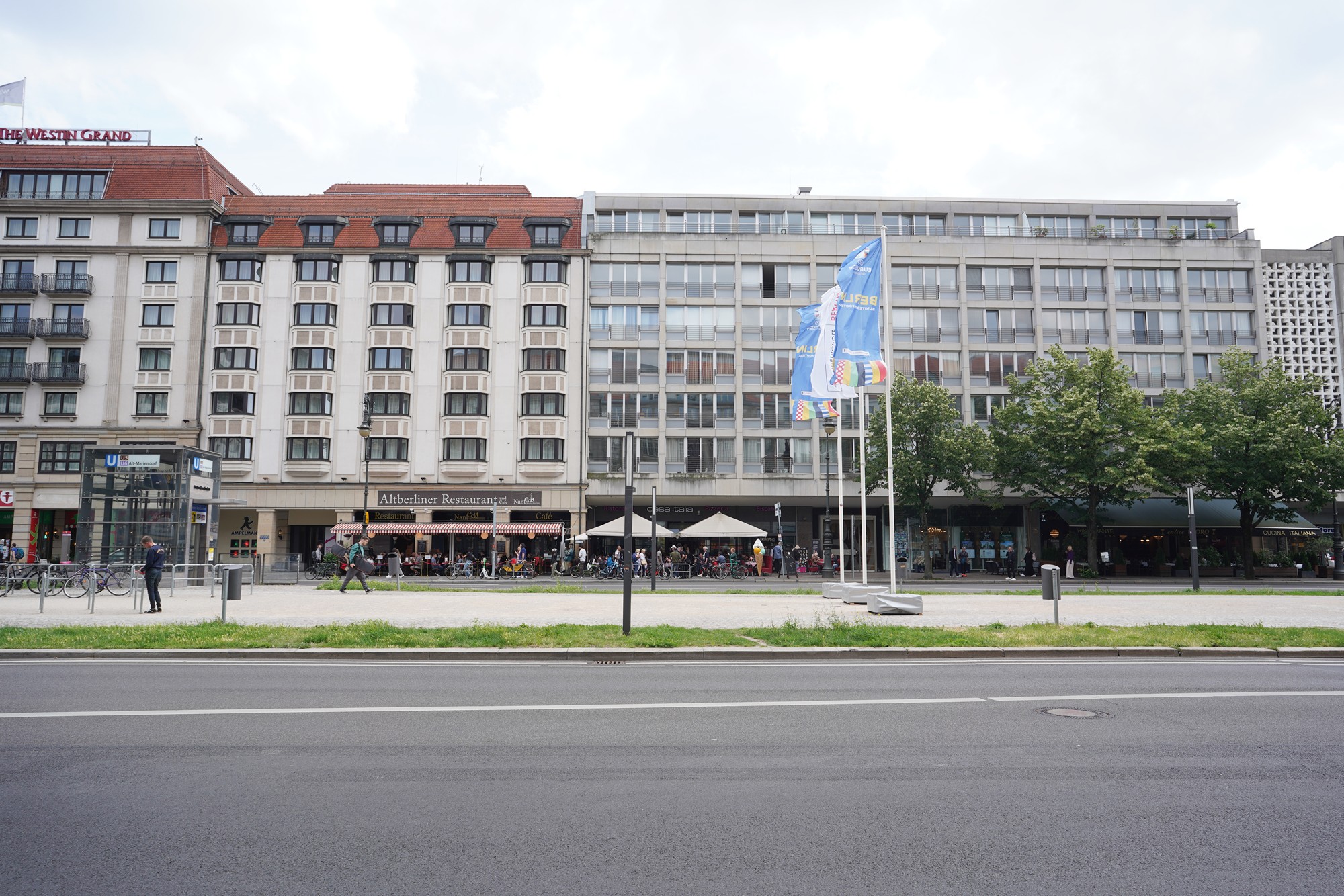
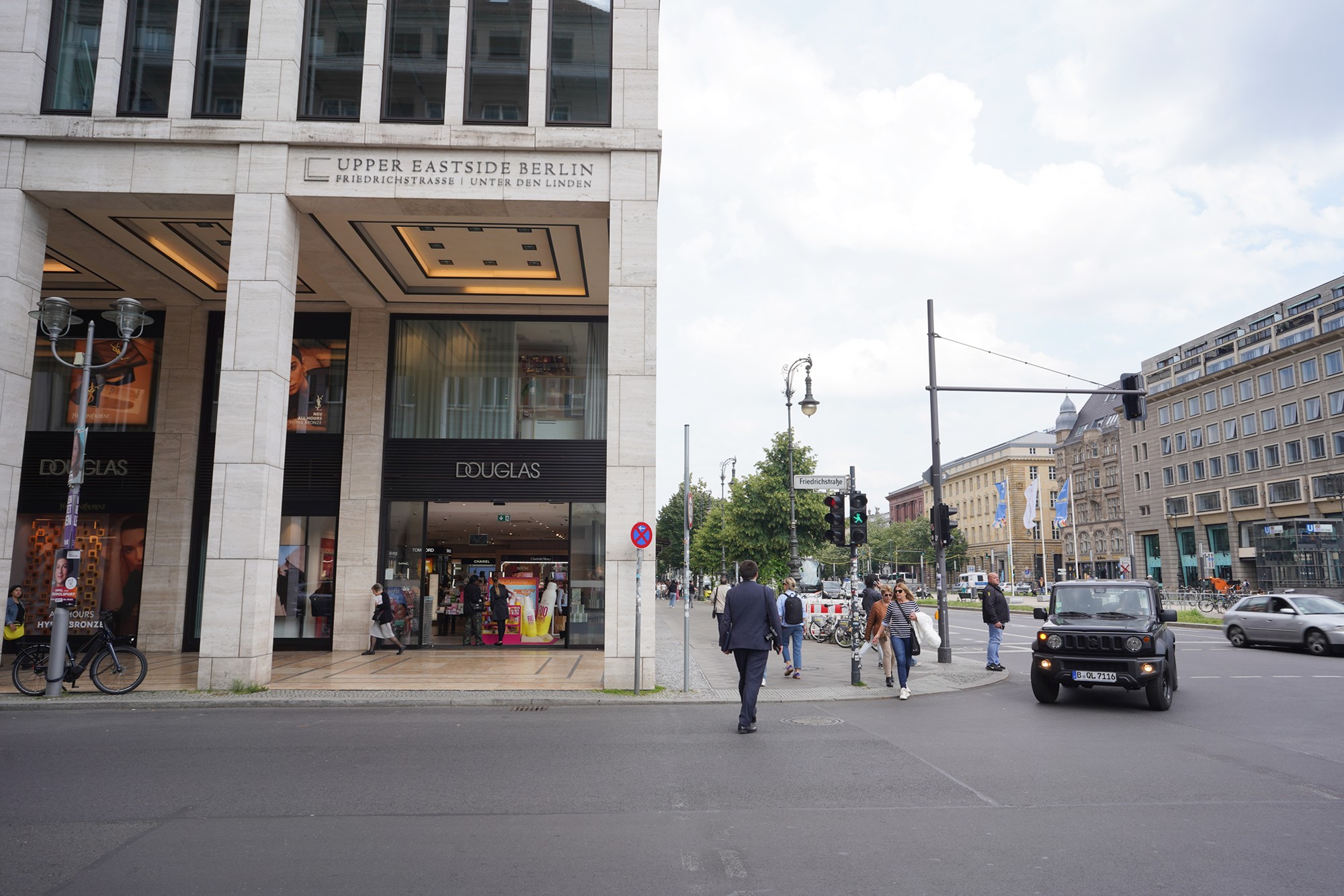
I made a detour here on Friedrichstraße (Friedrich Street)
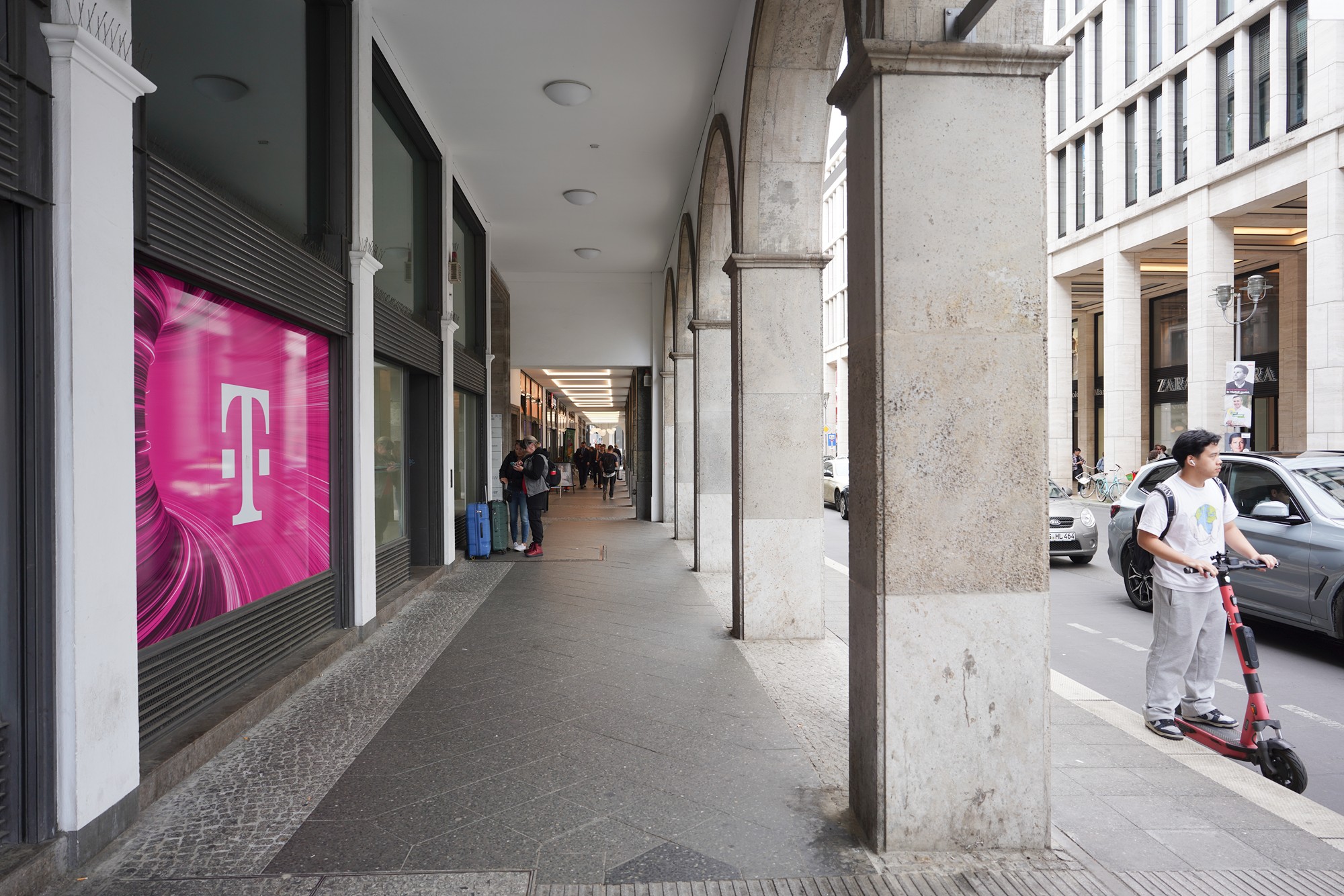
The Friedrich Street
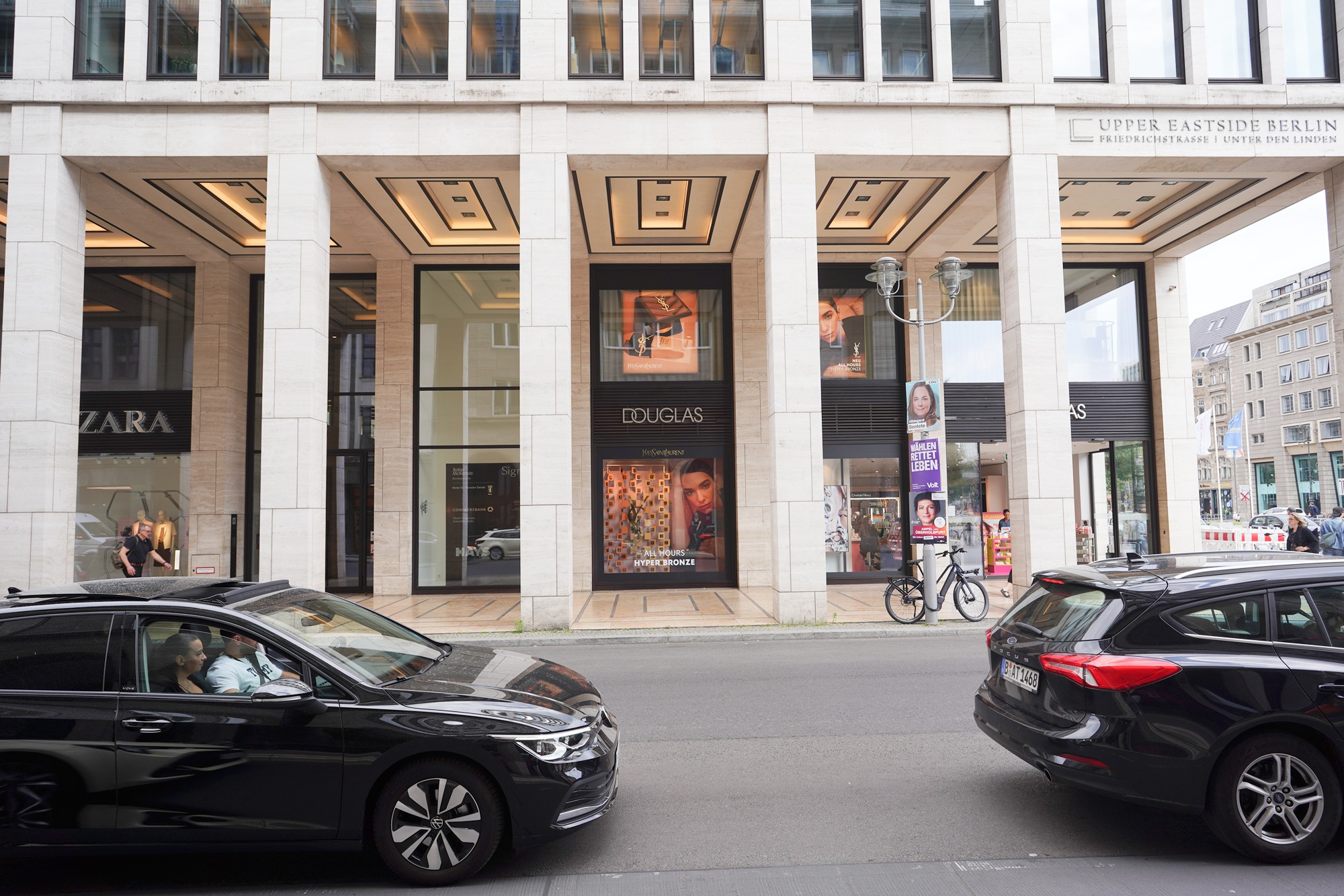
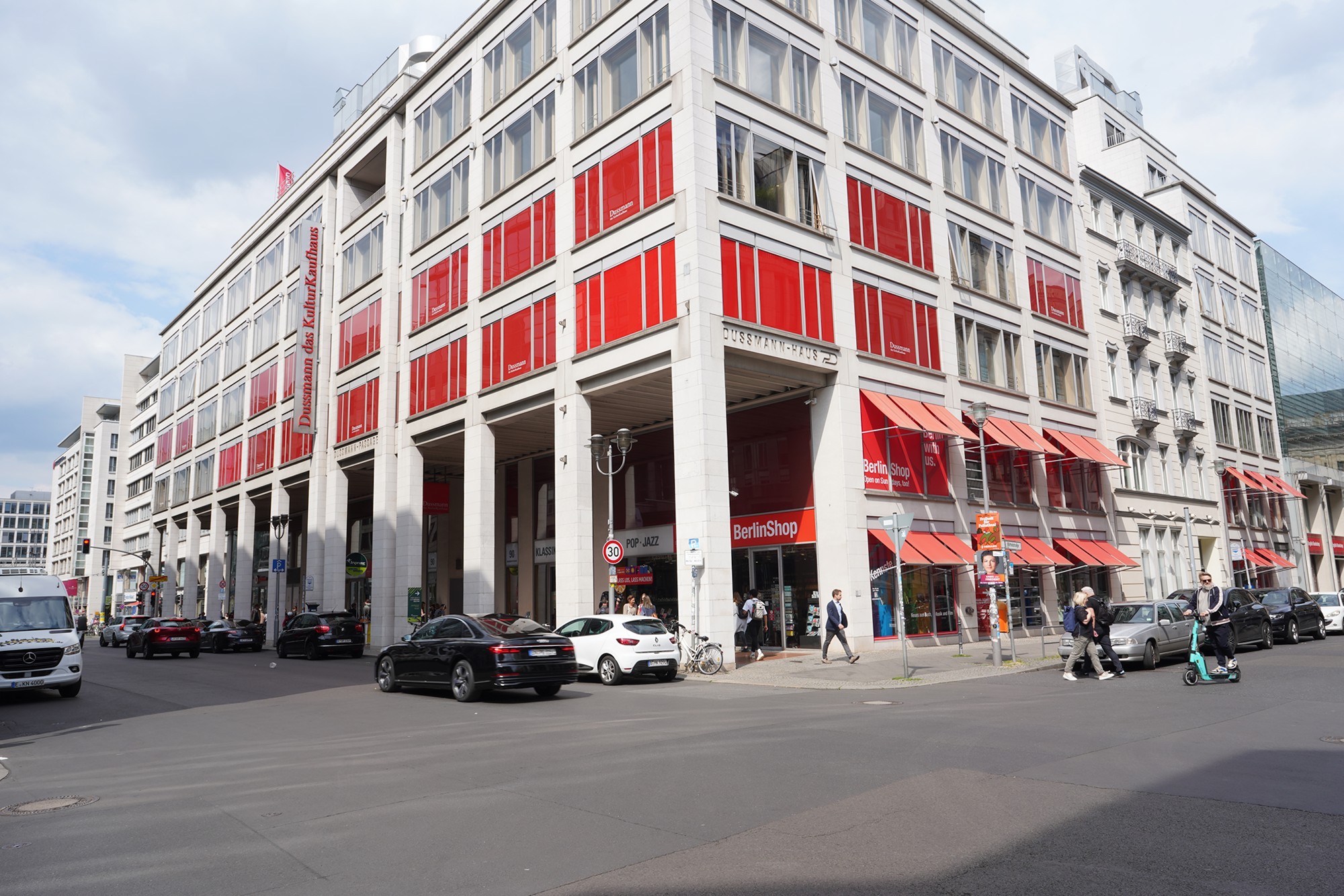
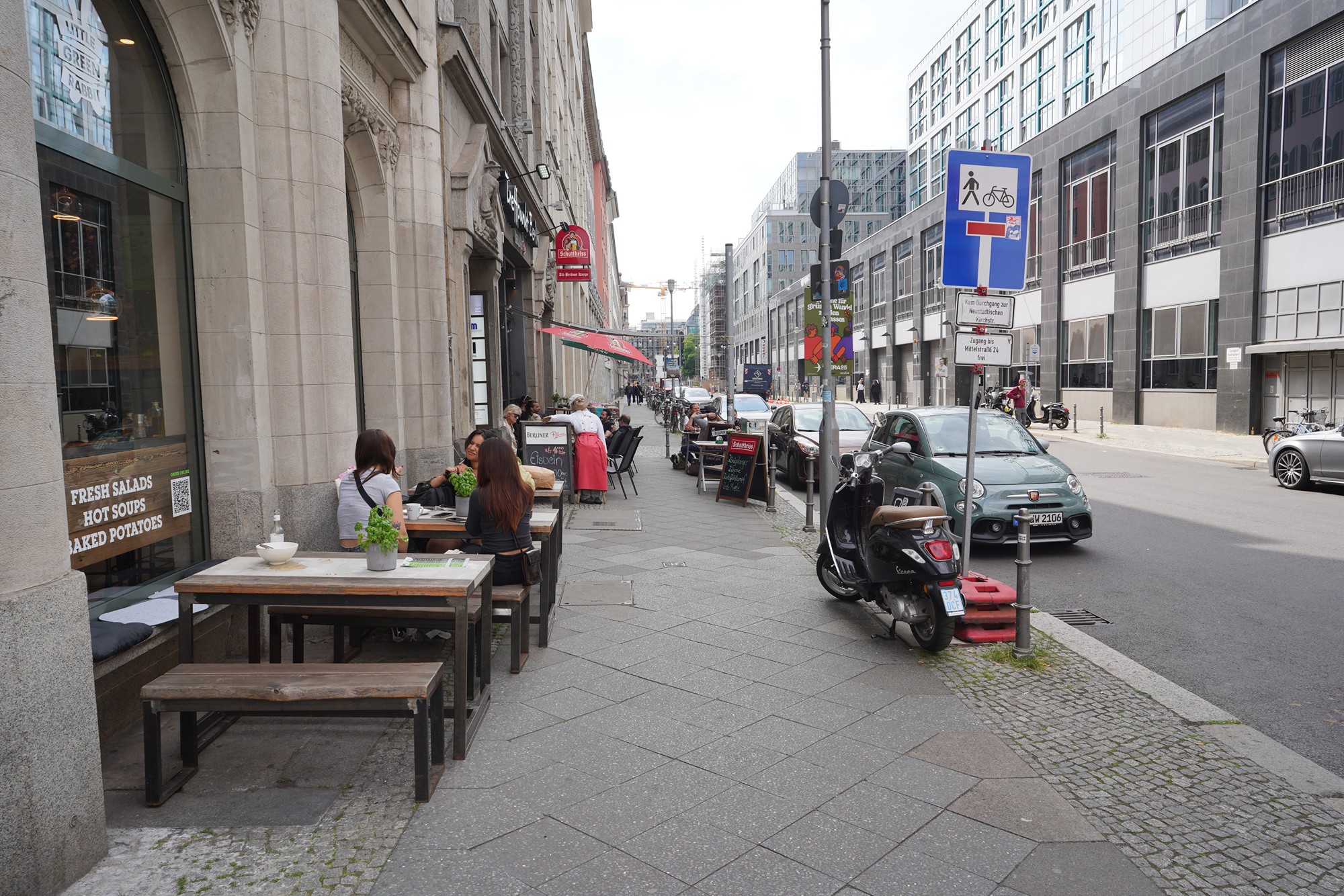
Then walked back toward the Unter den Linden Blvd.
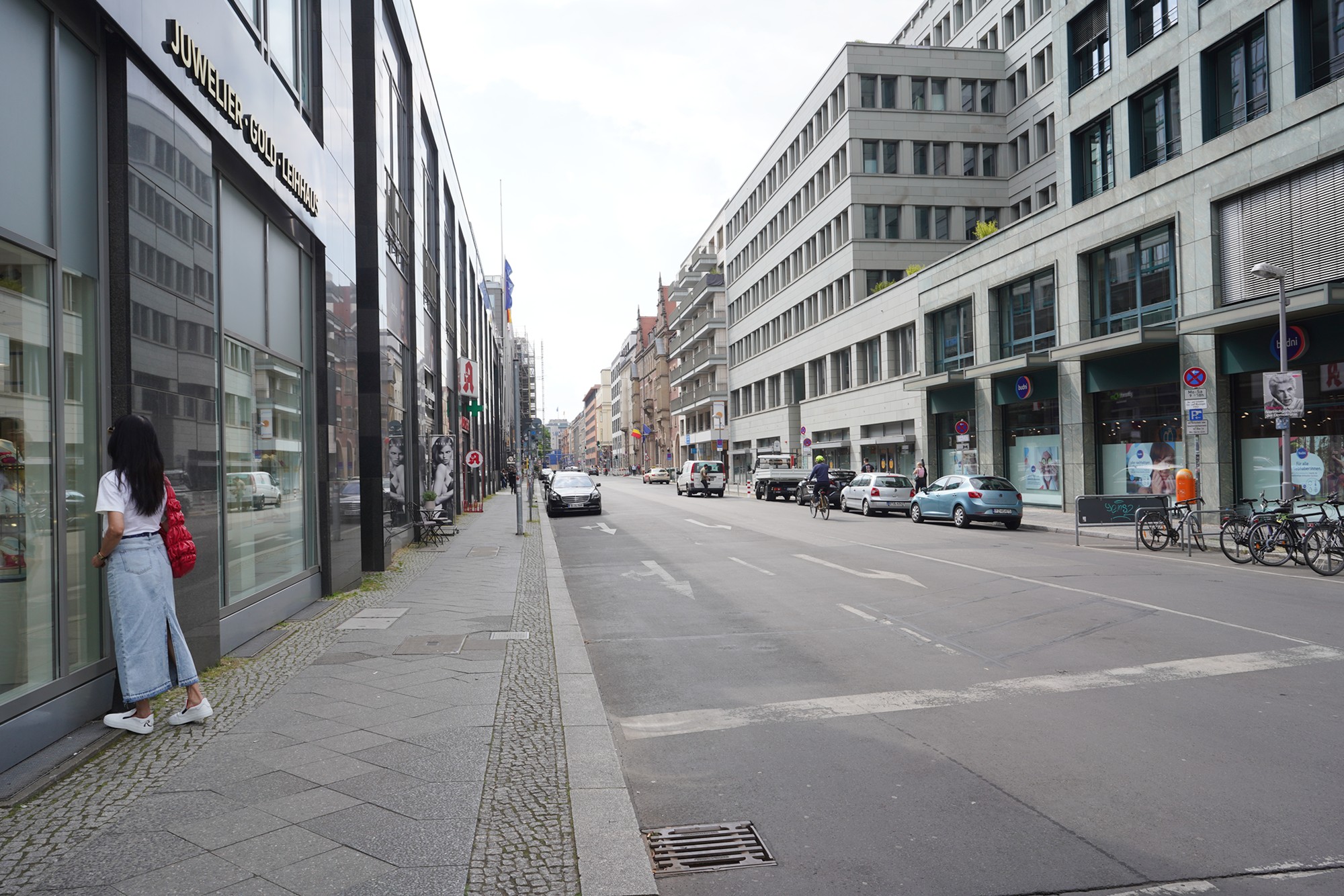
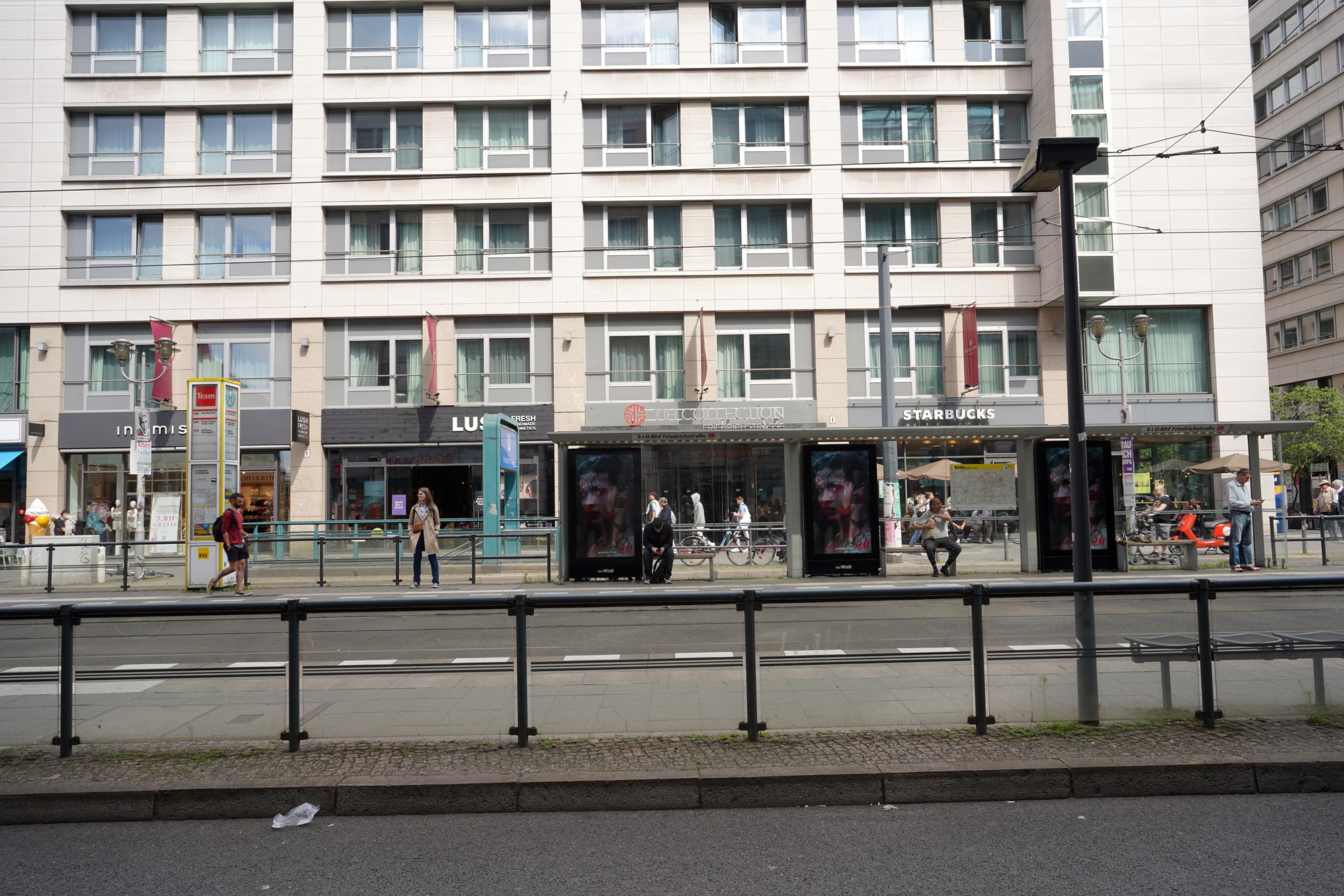
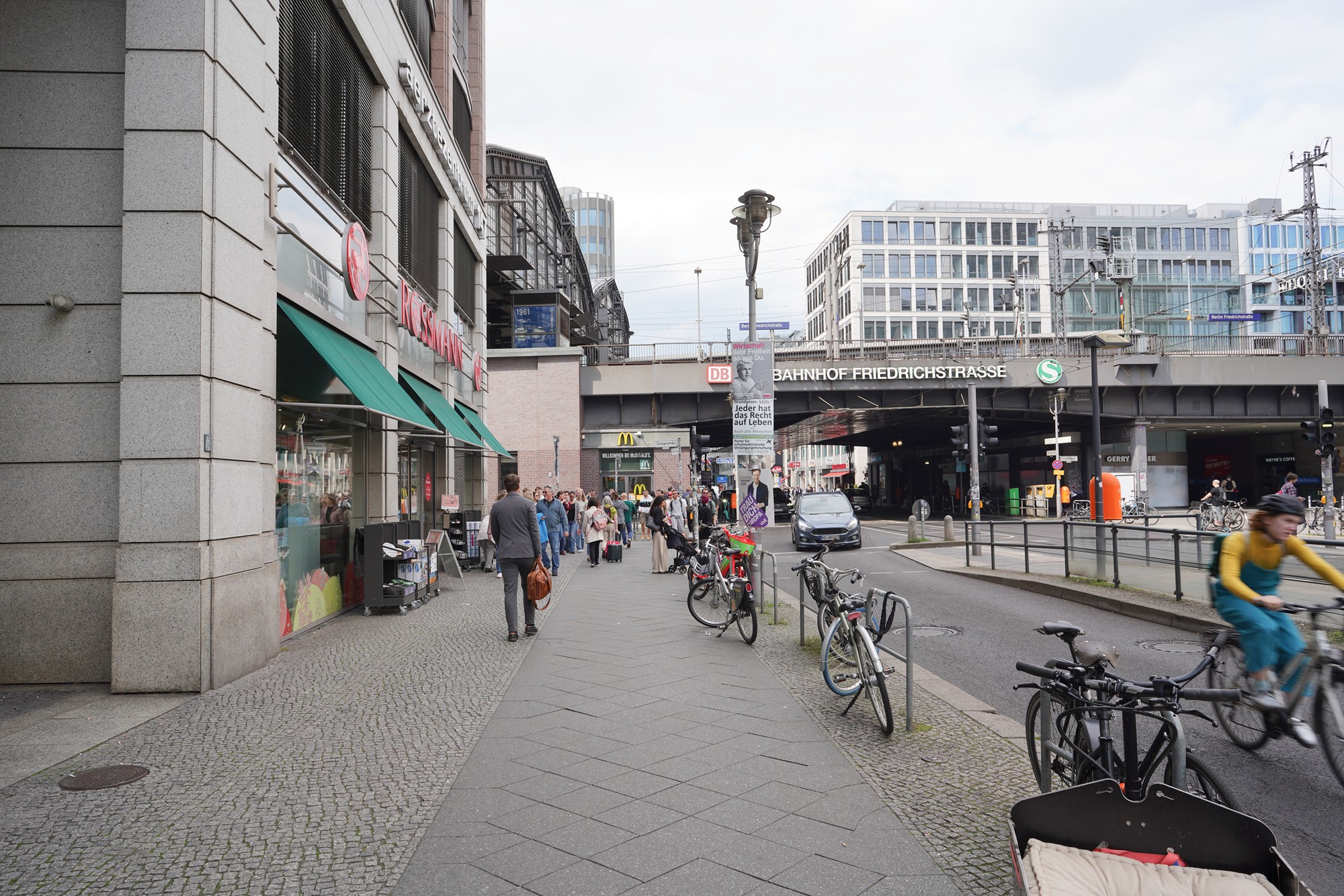
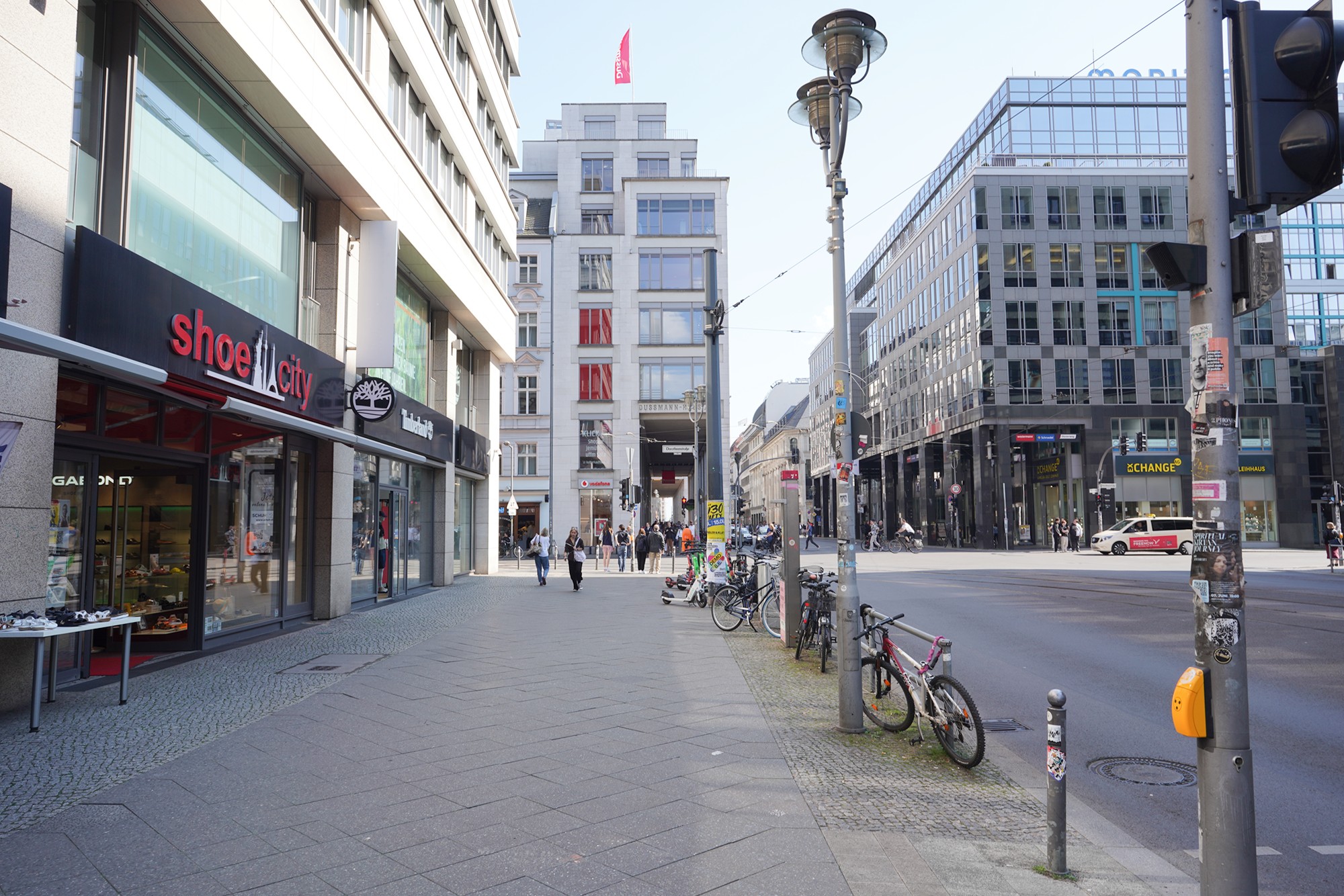
On the Unter den Linden Blvd again
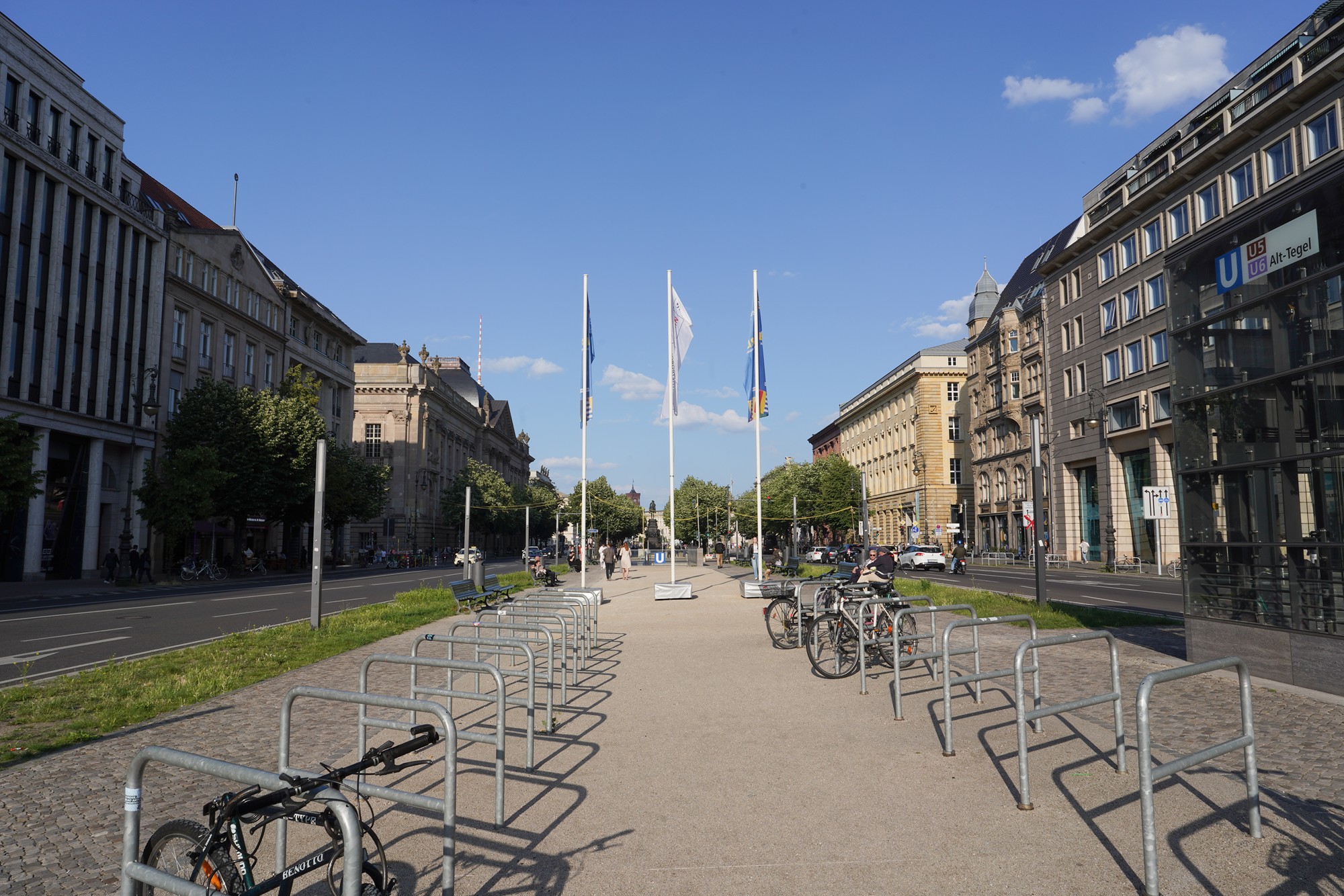
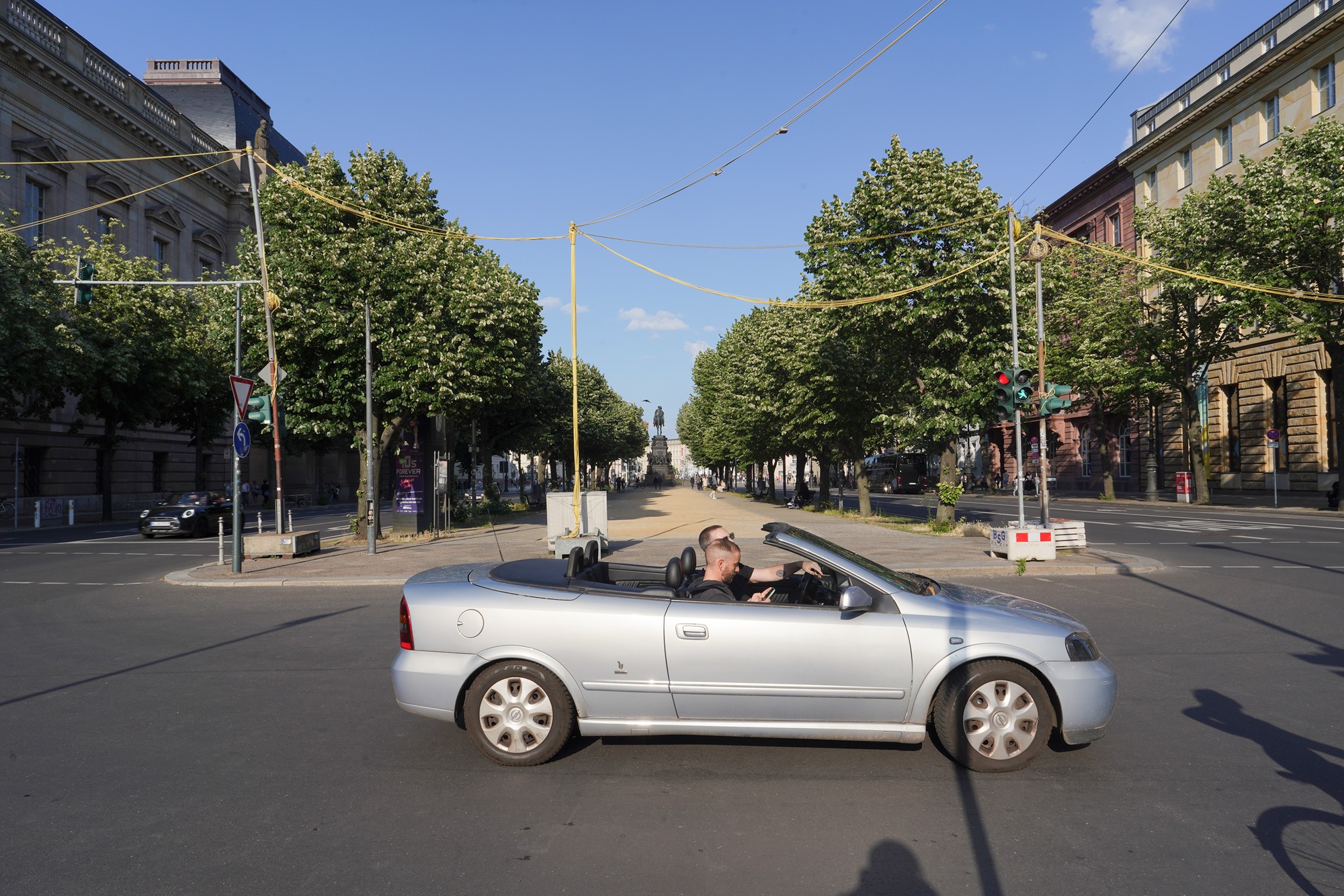
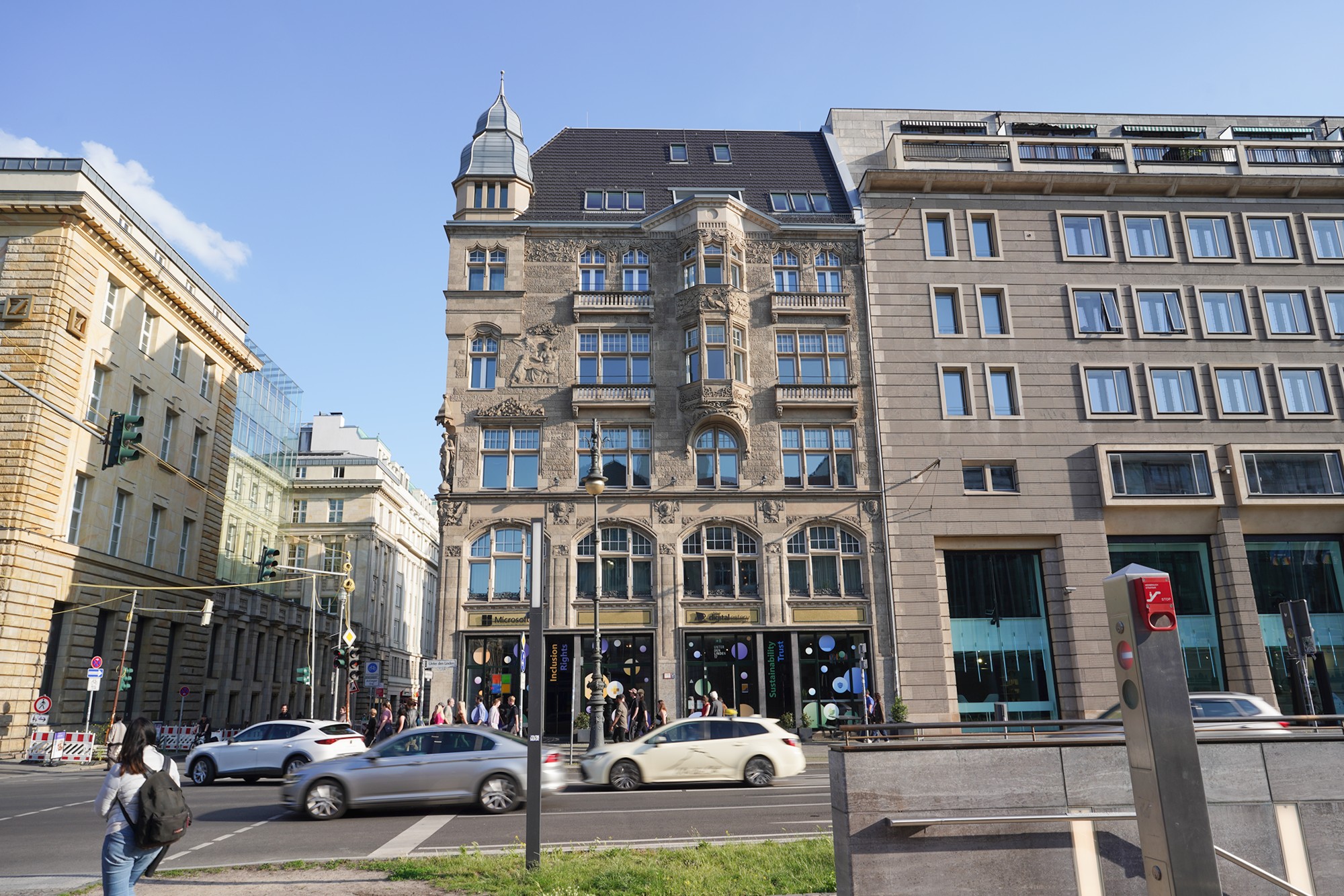
Then I made another detour on Charlottenstraße (Charlotten Street) to walk toward the Neue Kirche (New Church), also known as Deutscher Dom (German Cathedral). It is a prominent Baroque-style church located on Gendarmenmarkt in central Berlin.
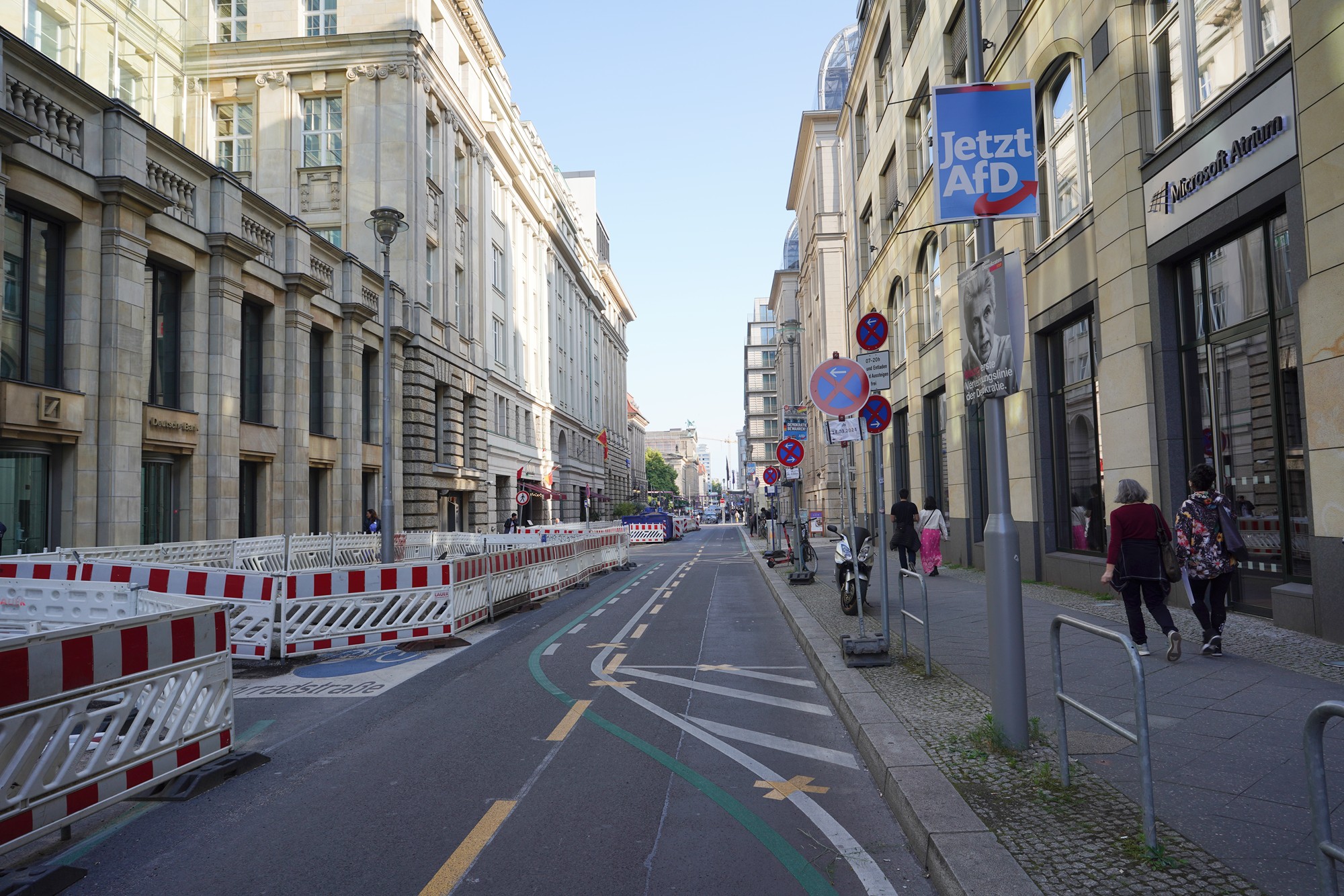
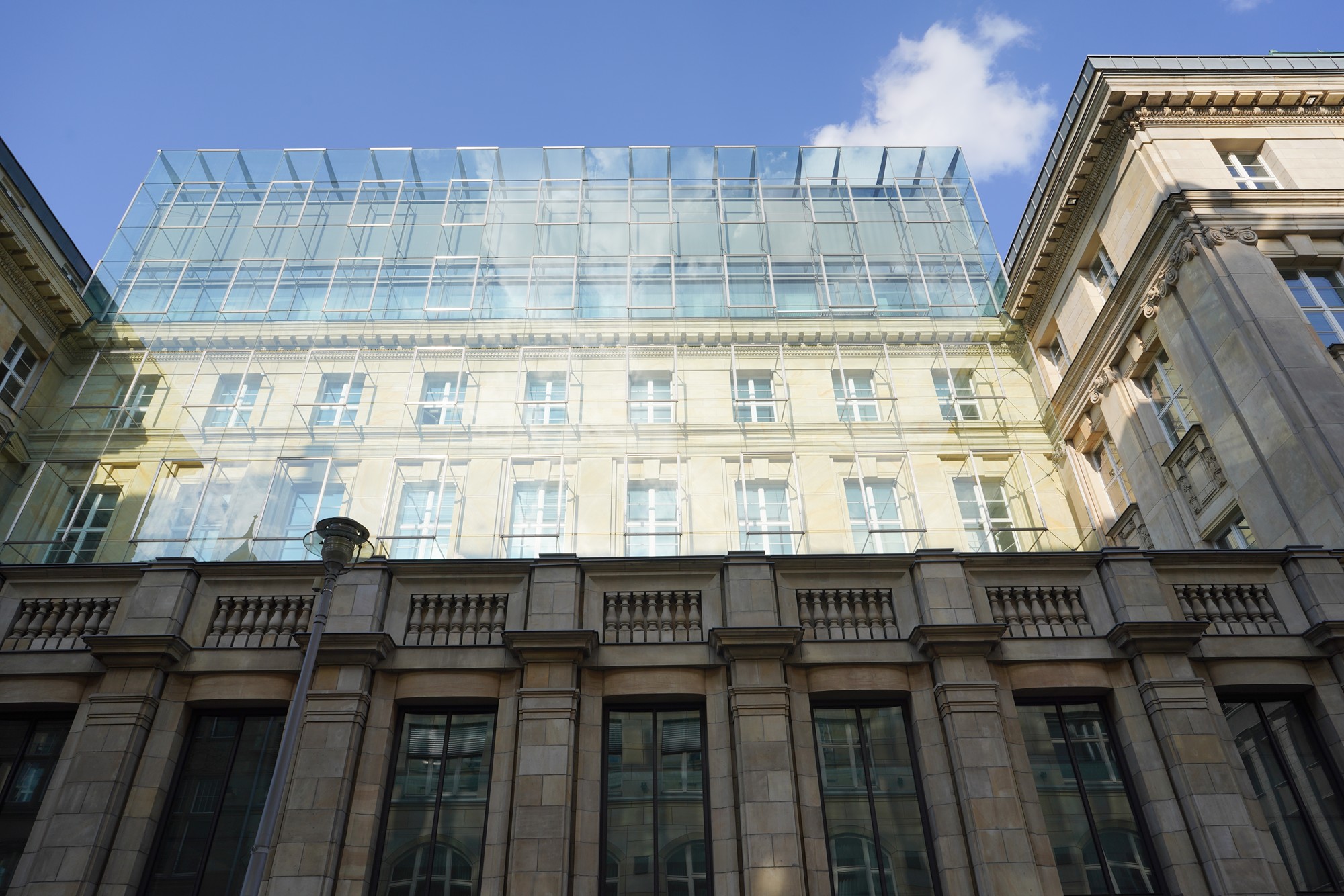
On the Charlottenstraße (Charlotten Street)
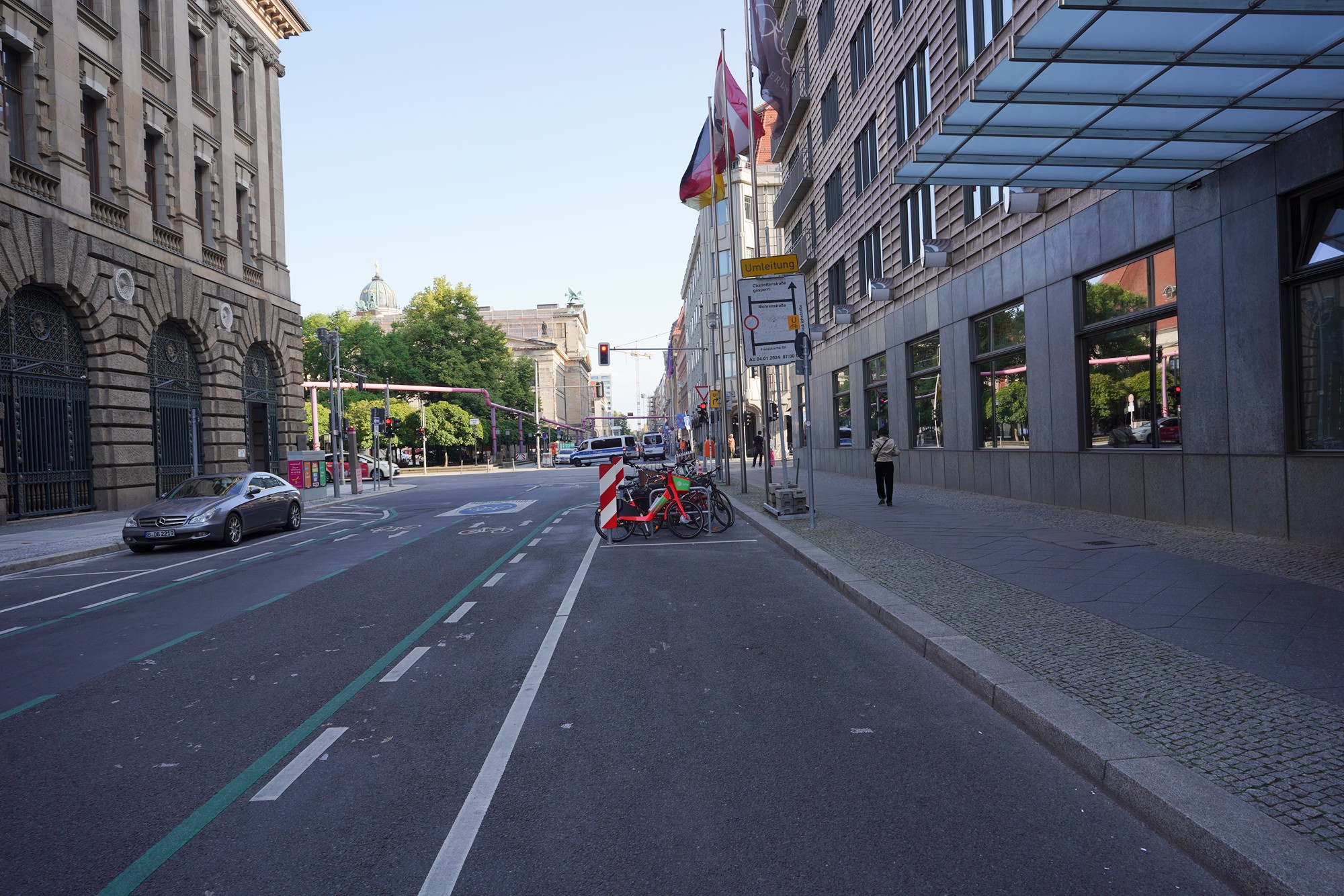
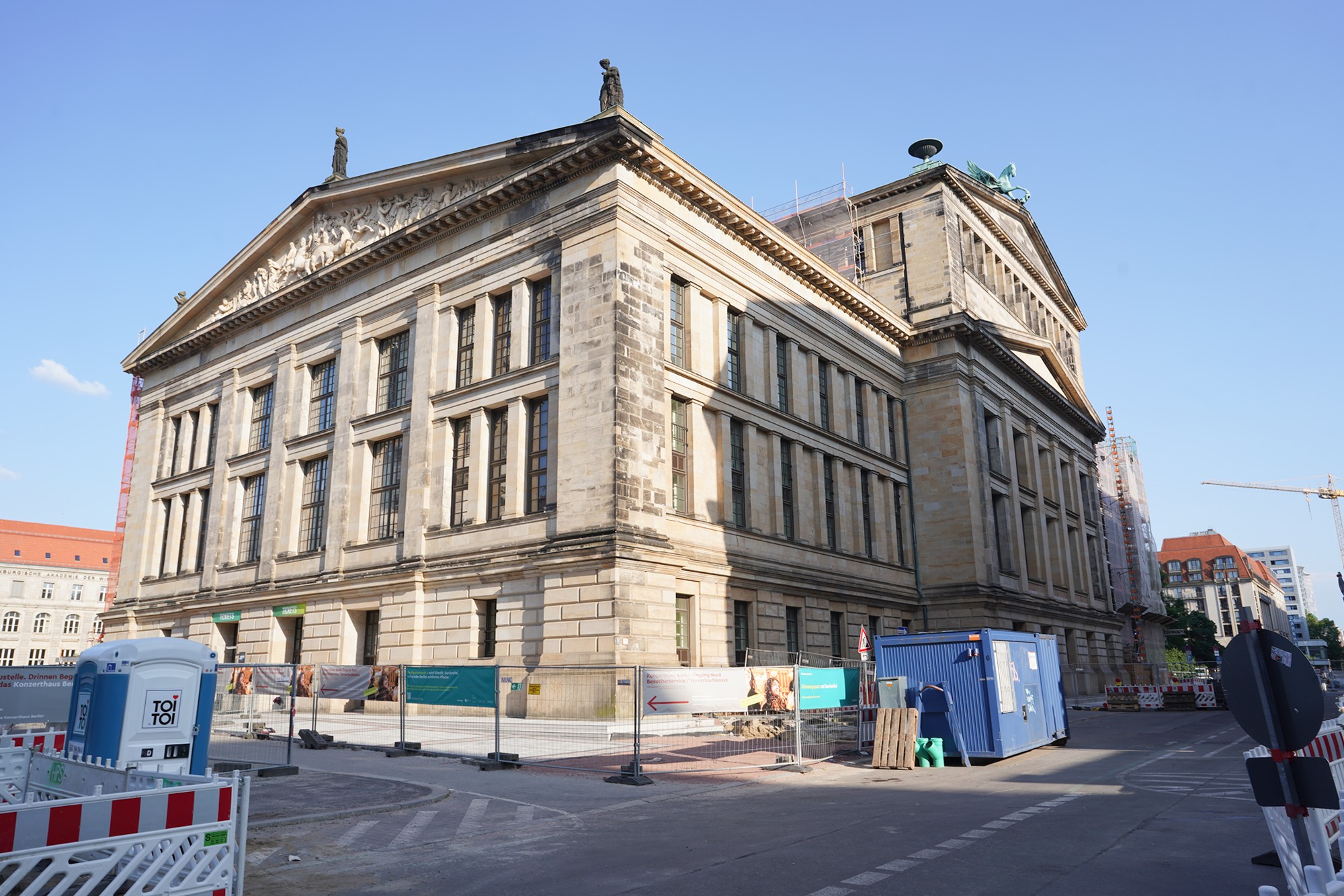
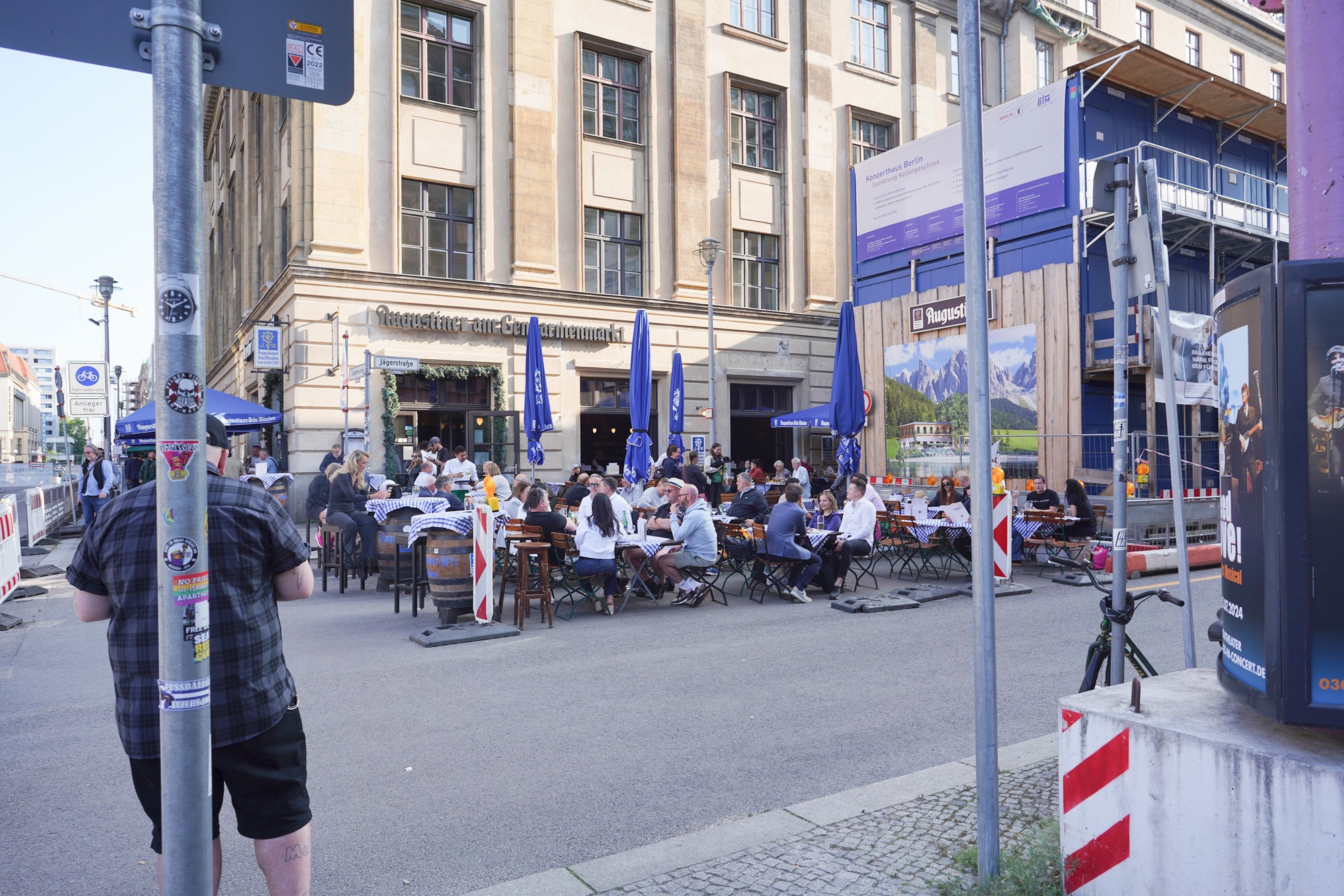
The Neue Kirche: The Neue Kirche was built between 1701 and 1708 by architect Martin Grünberg, commissioned by the Prussian King Frederick I. It was constructed as a Lutheran church to serve the growing German-speaking community in Berlin.
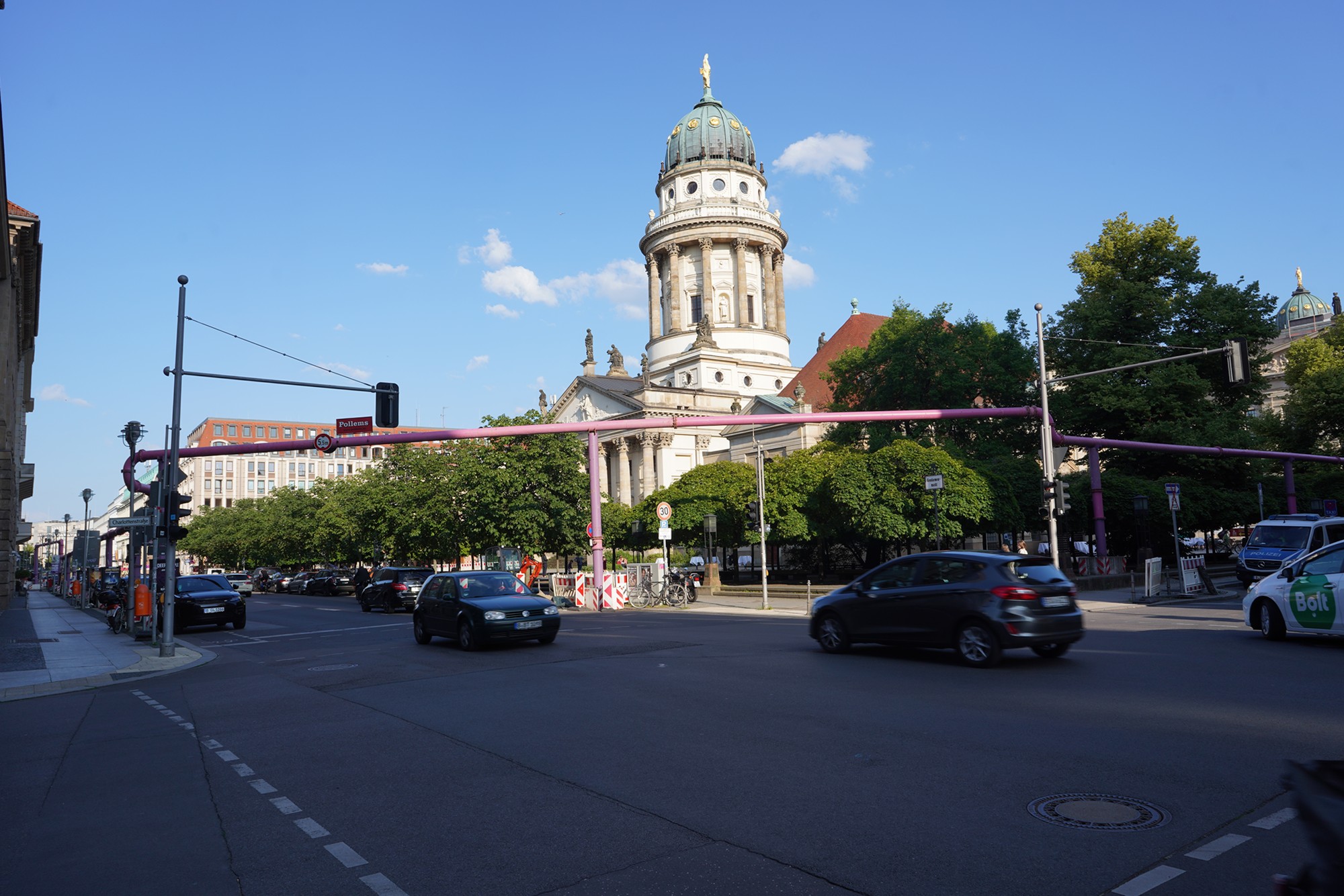
The original church was designed in the Baroque style, with a central floor plan. It was inspired by French Huguenot churches and had a relatively simple appearance compared to the grand cupola that defines the building today.
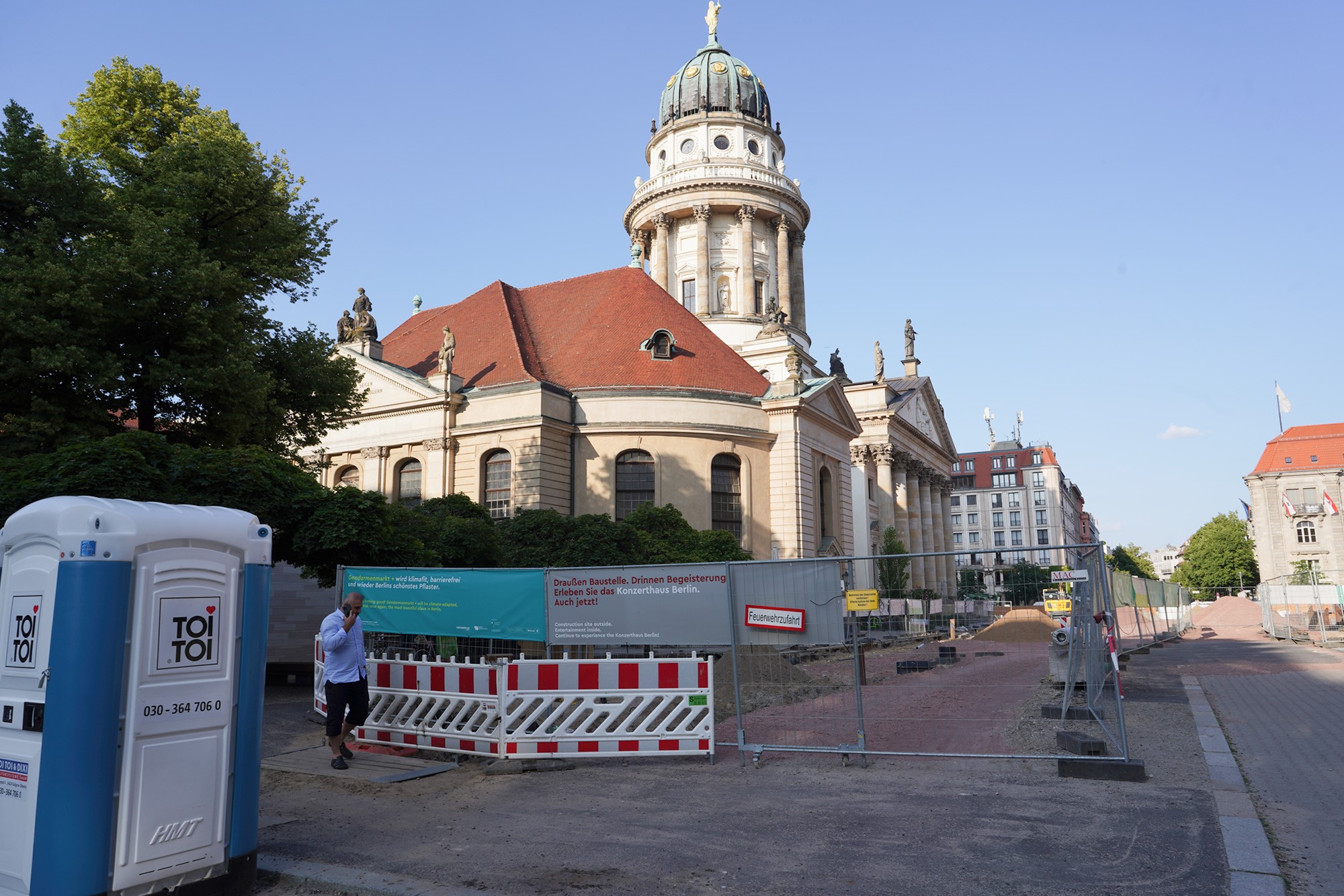
The church no longer functions as a place of worship. Instead, it has been transformed into a museum and exhibition space. It now houses the German Bundestag’s Museum of Parliamentary History, which focuses on the history of democracy and parliamentary development in Germany.
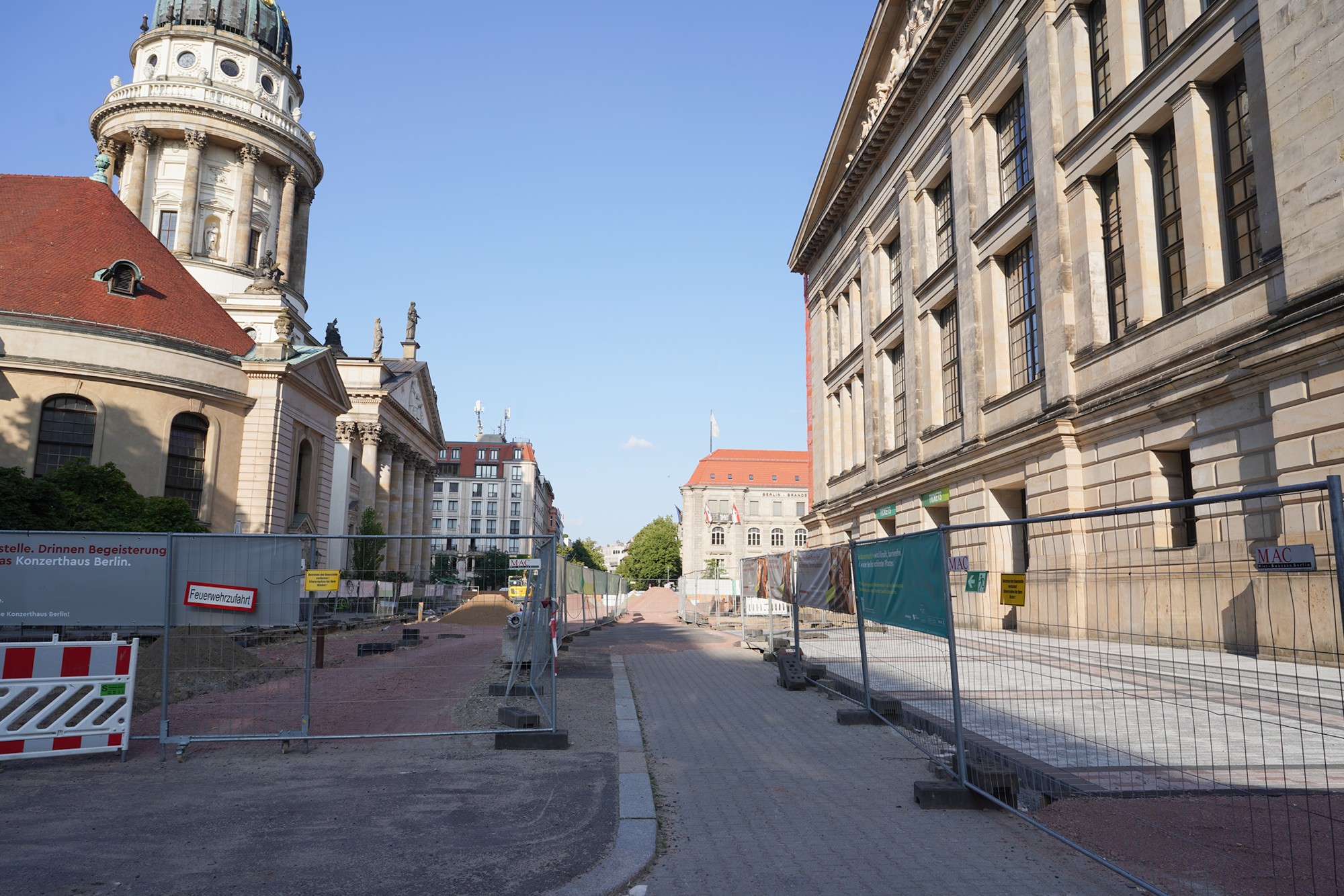
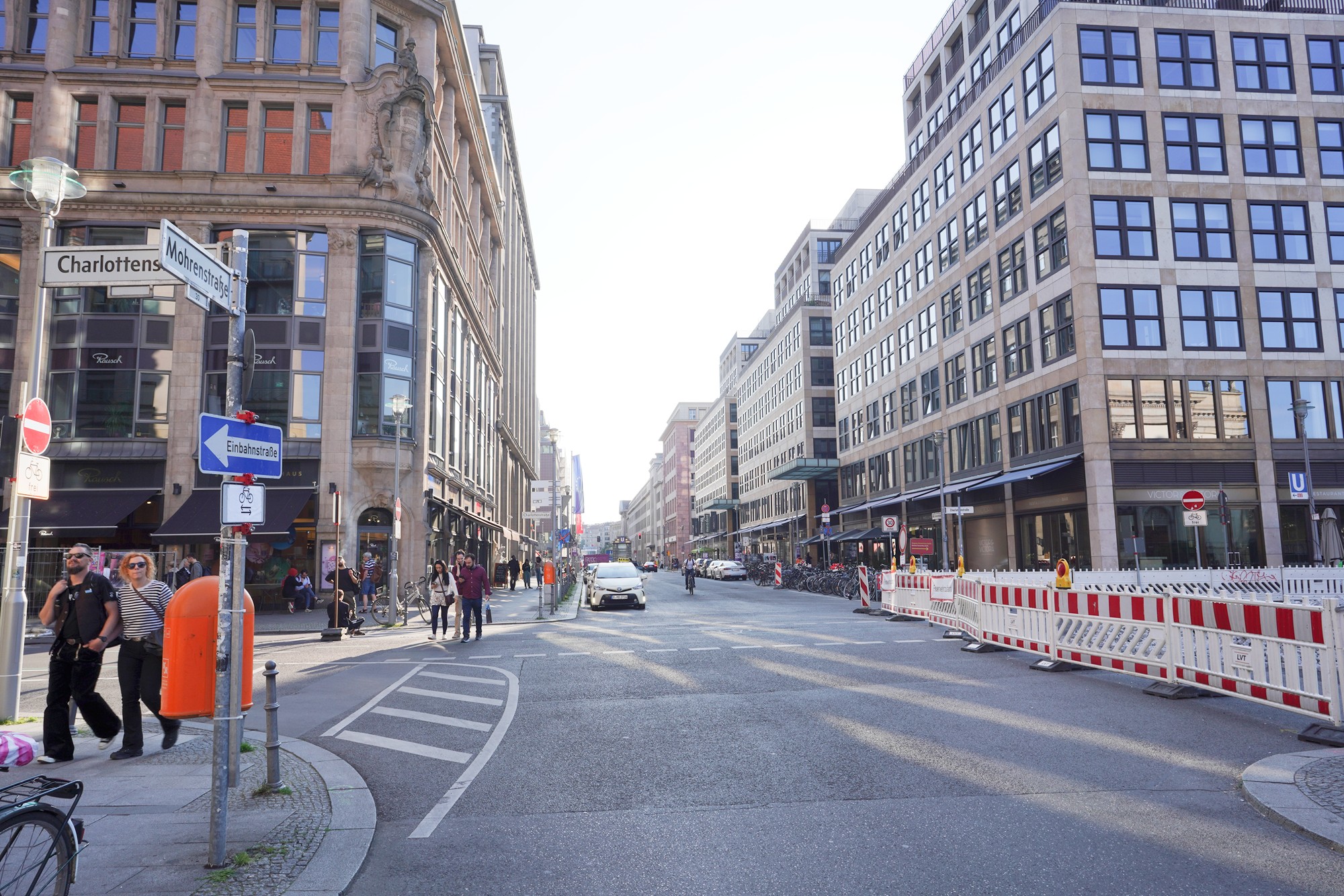
I came back to Unter den Linden Blvd.
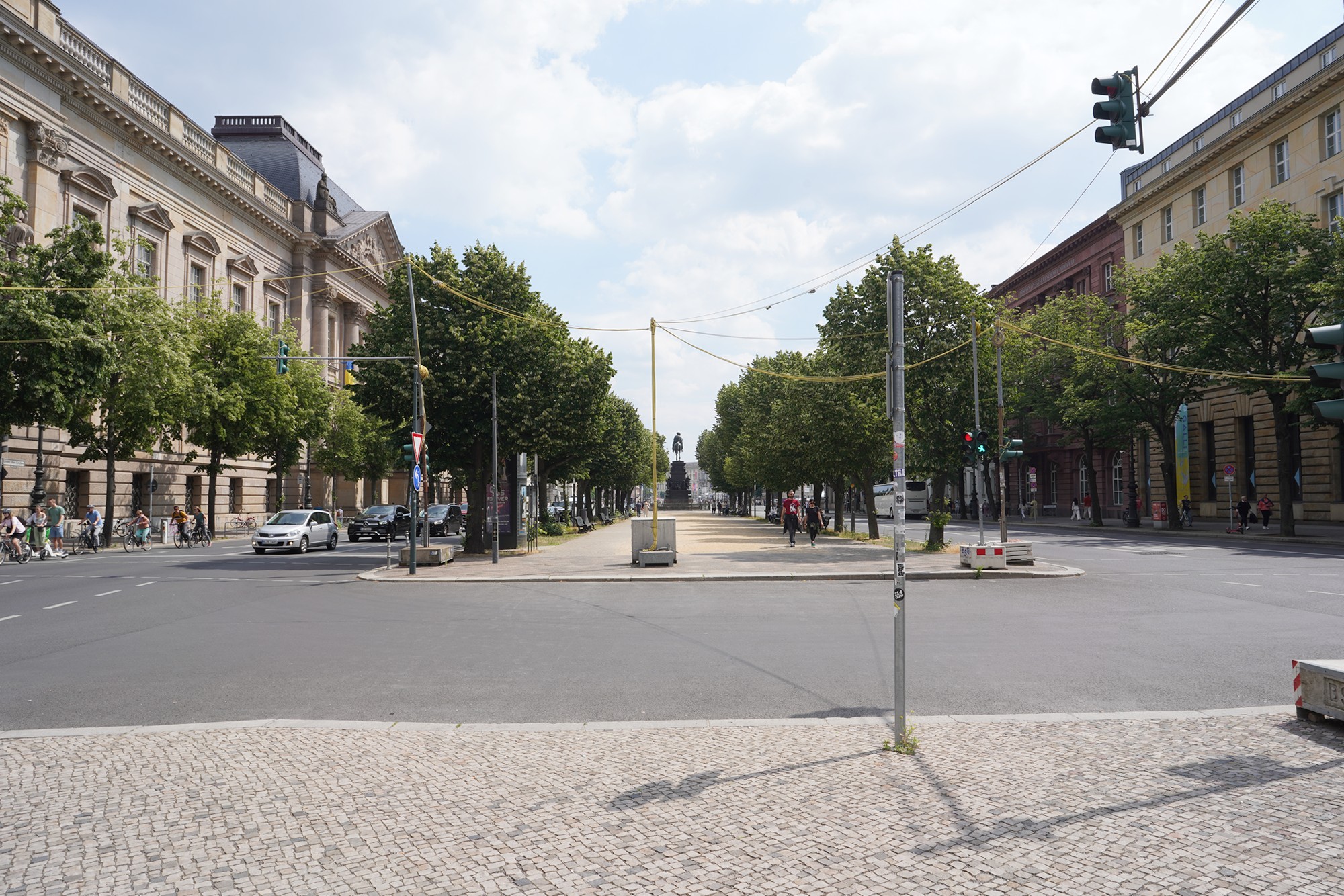
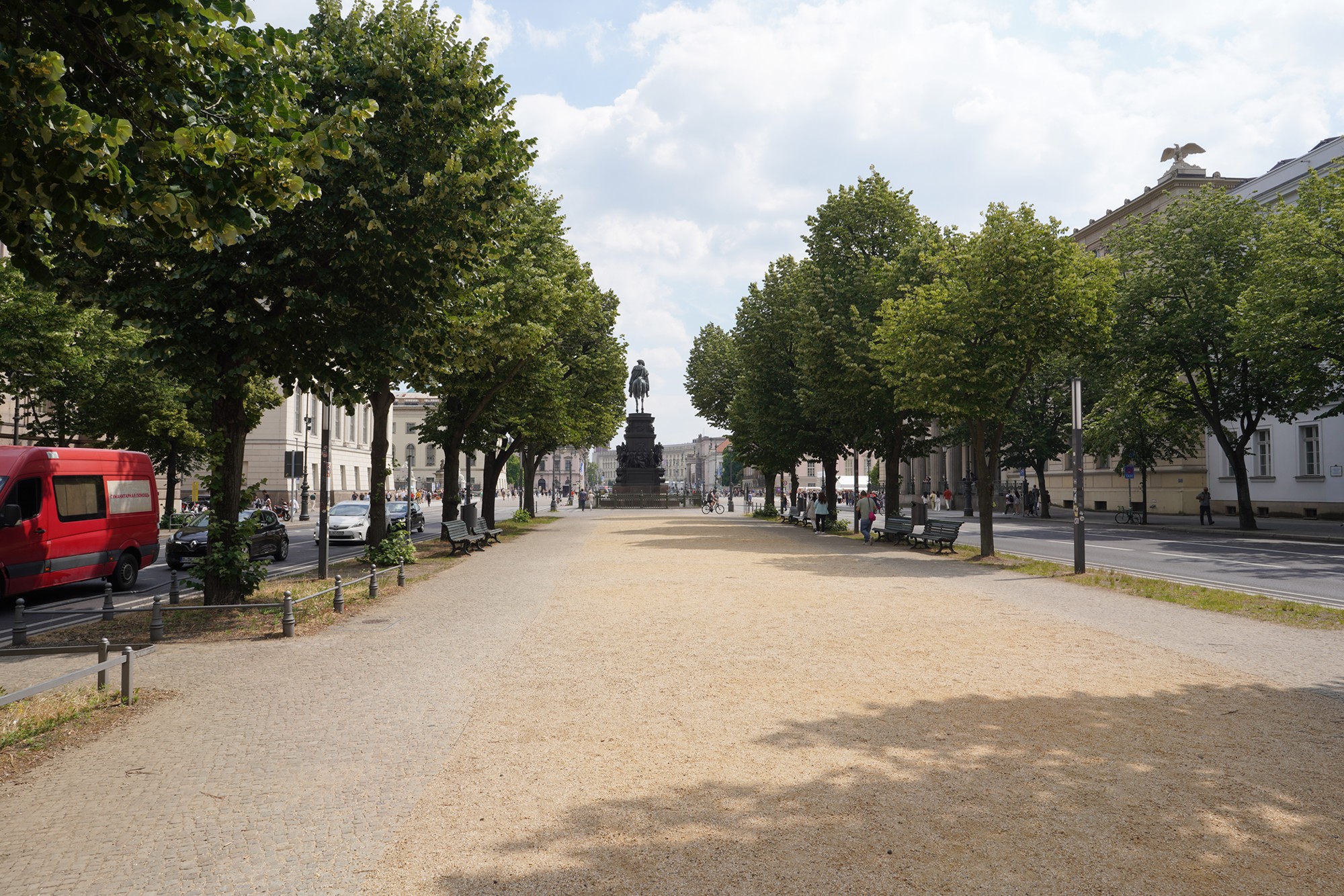
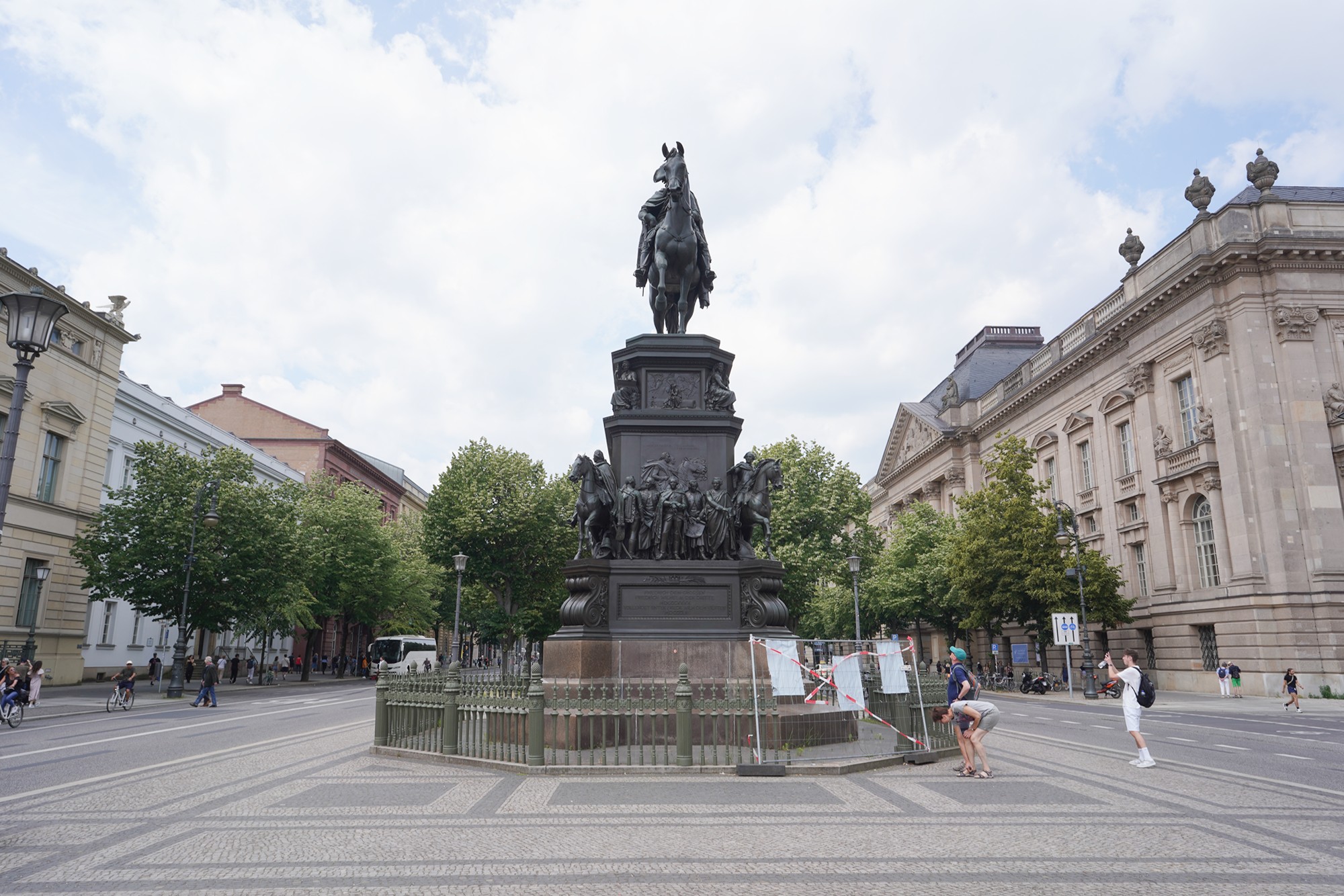
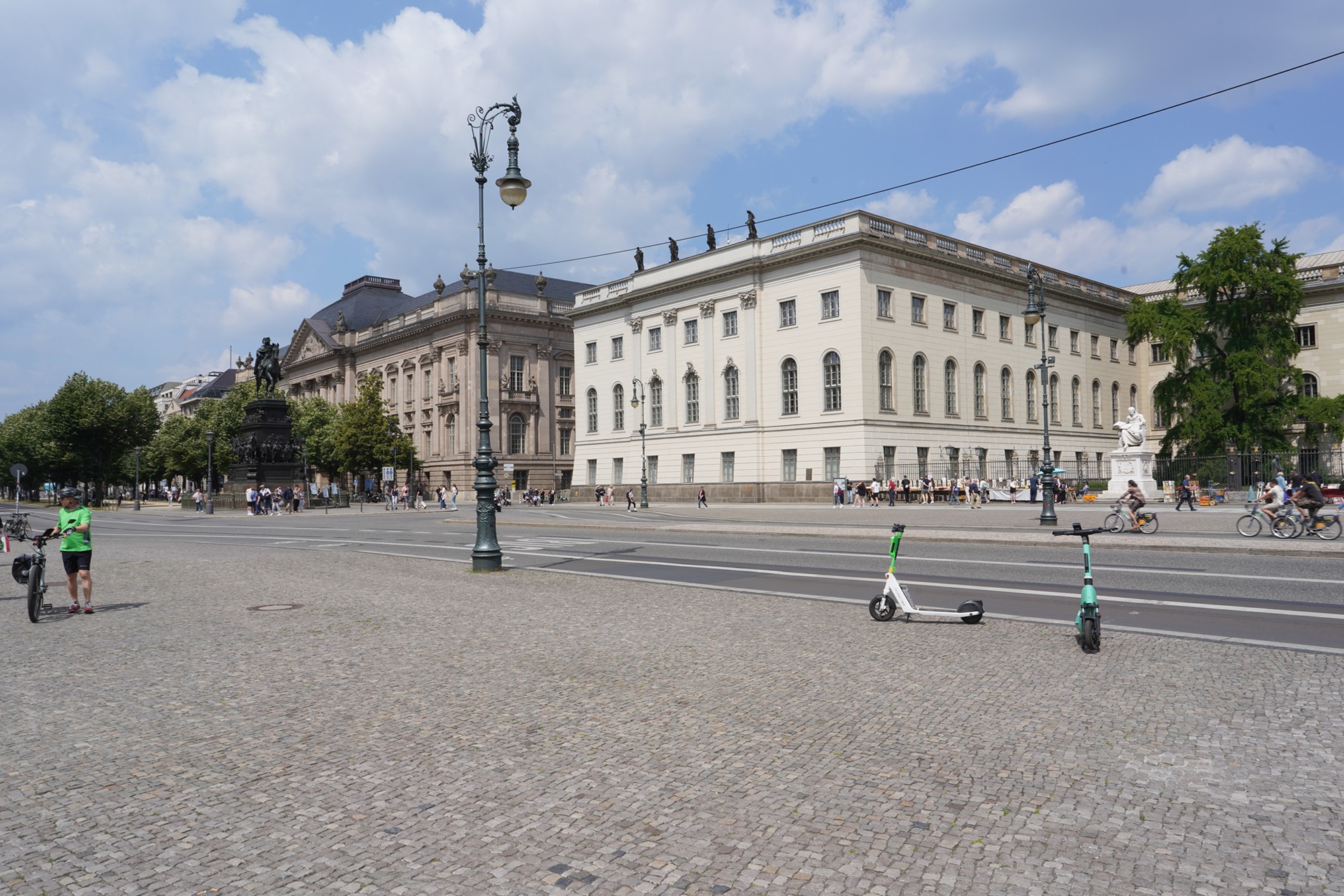
Humboldt University of Berlin
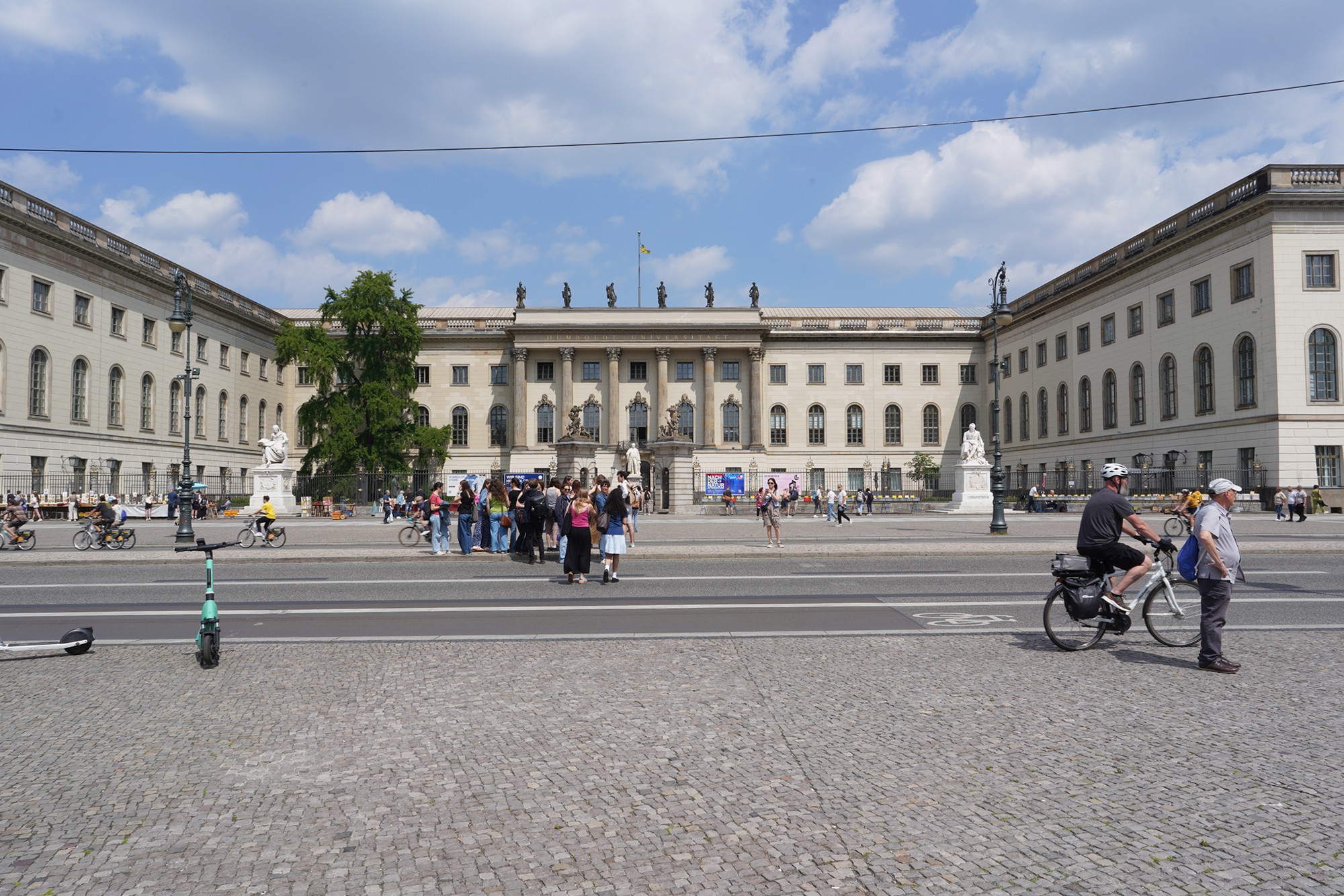
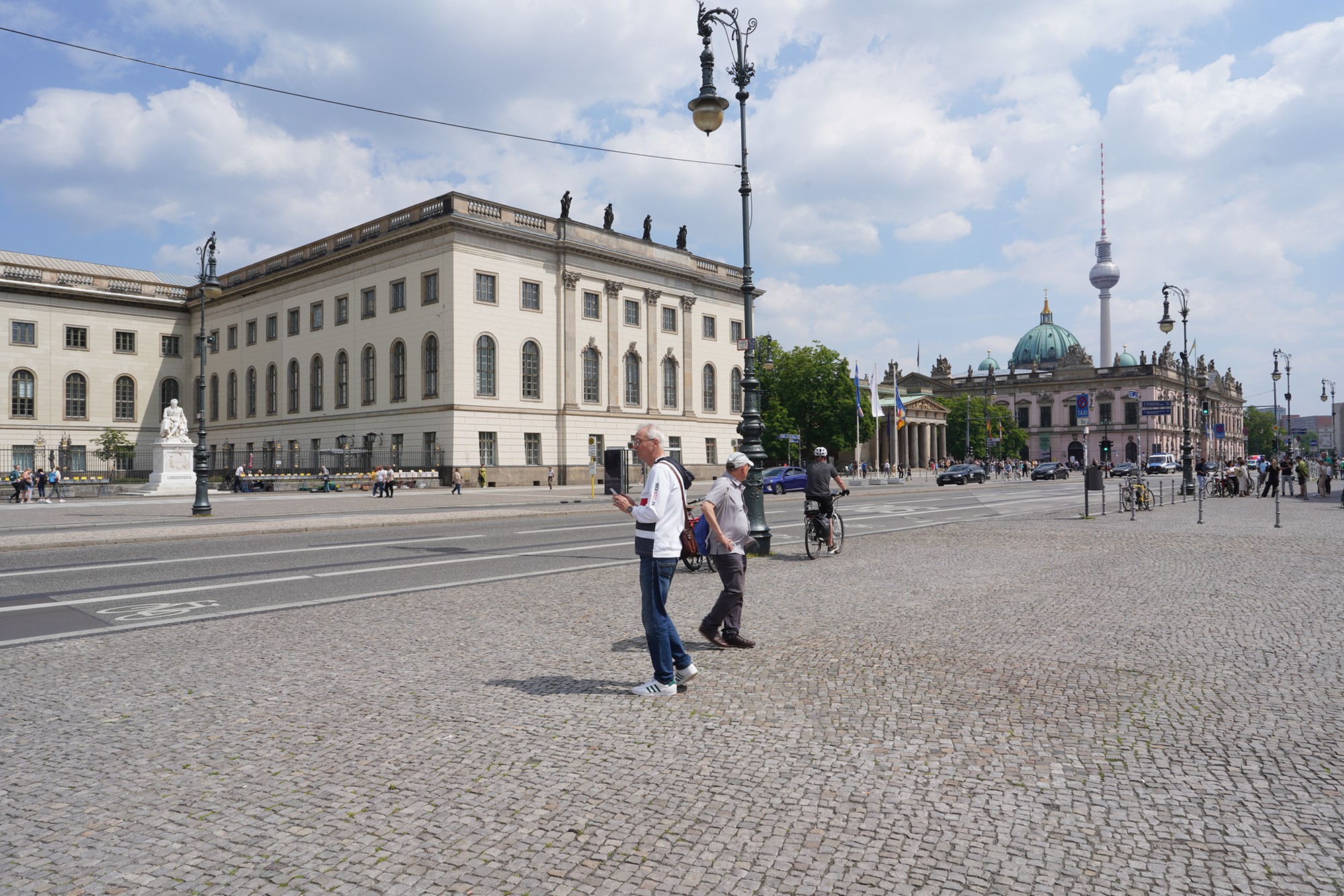
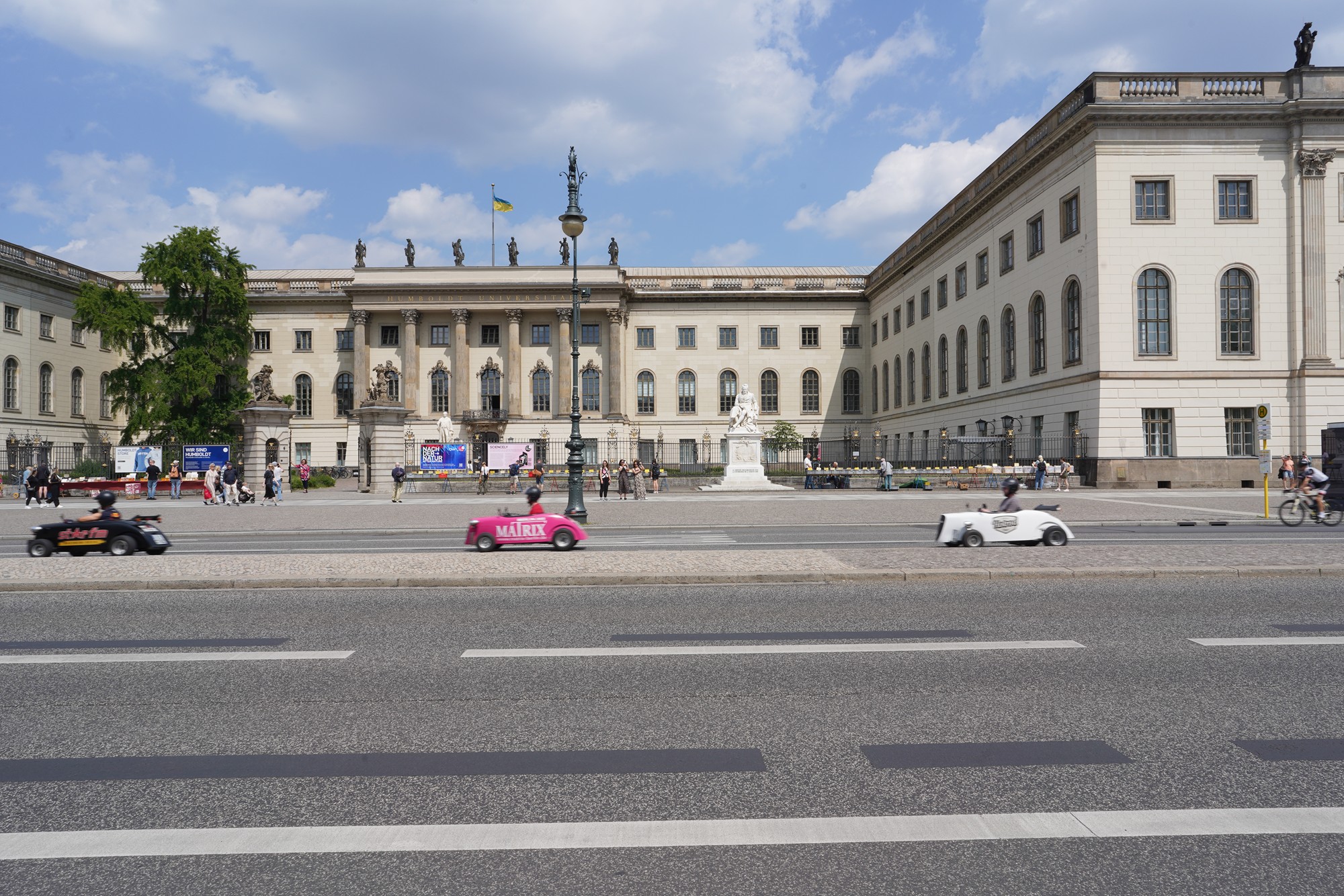
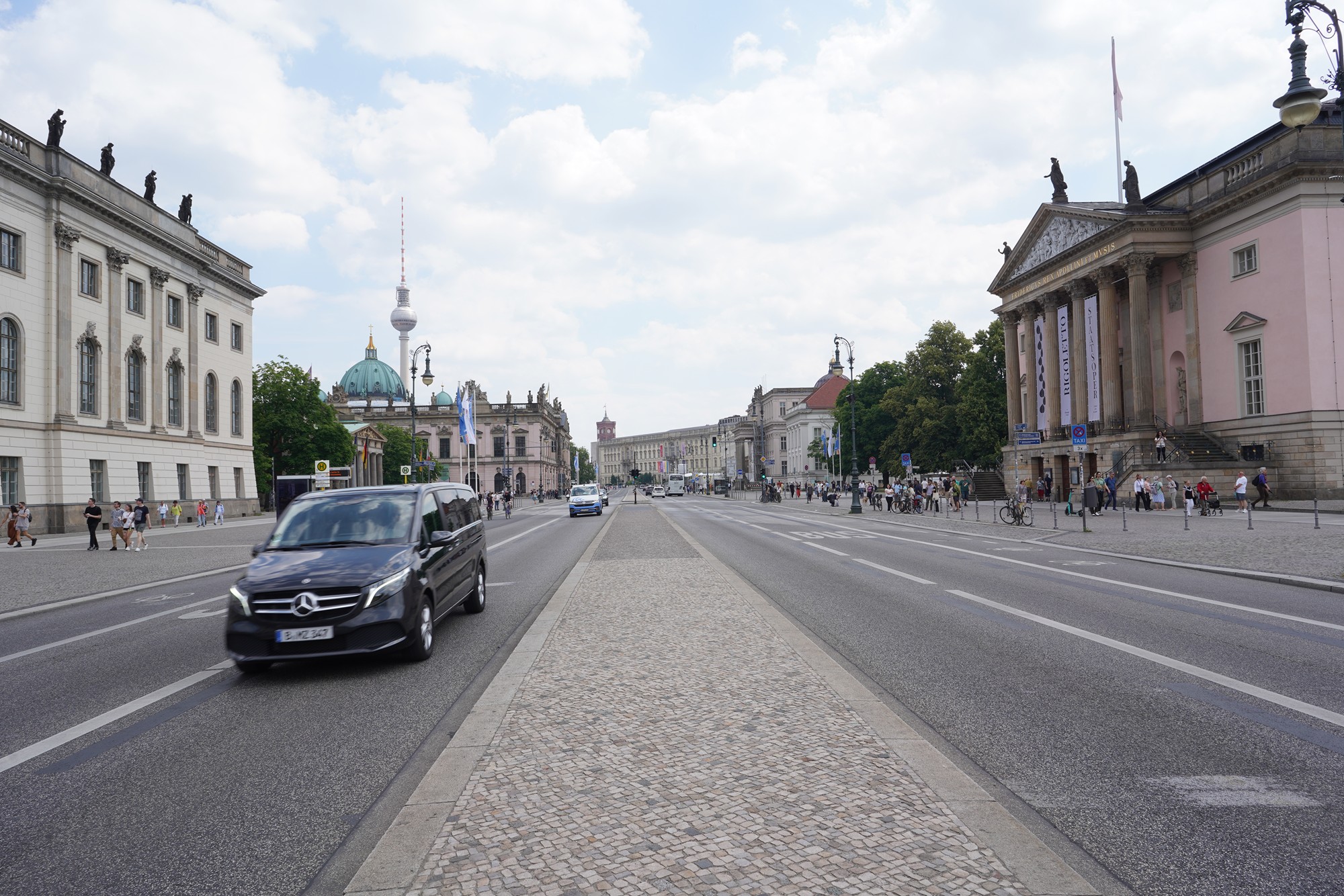
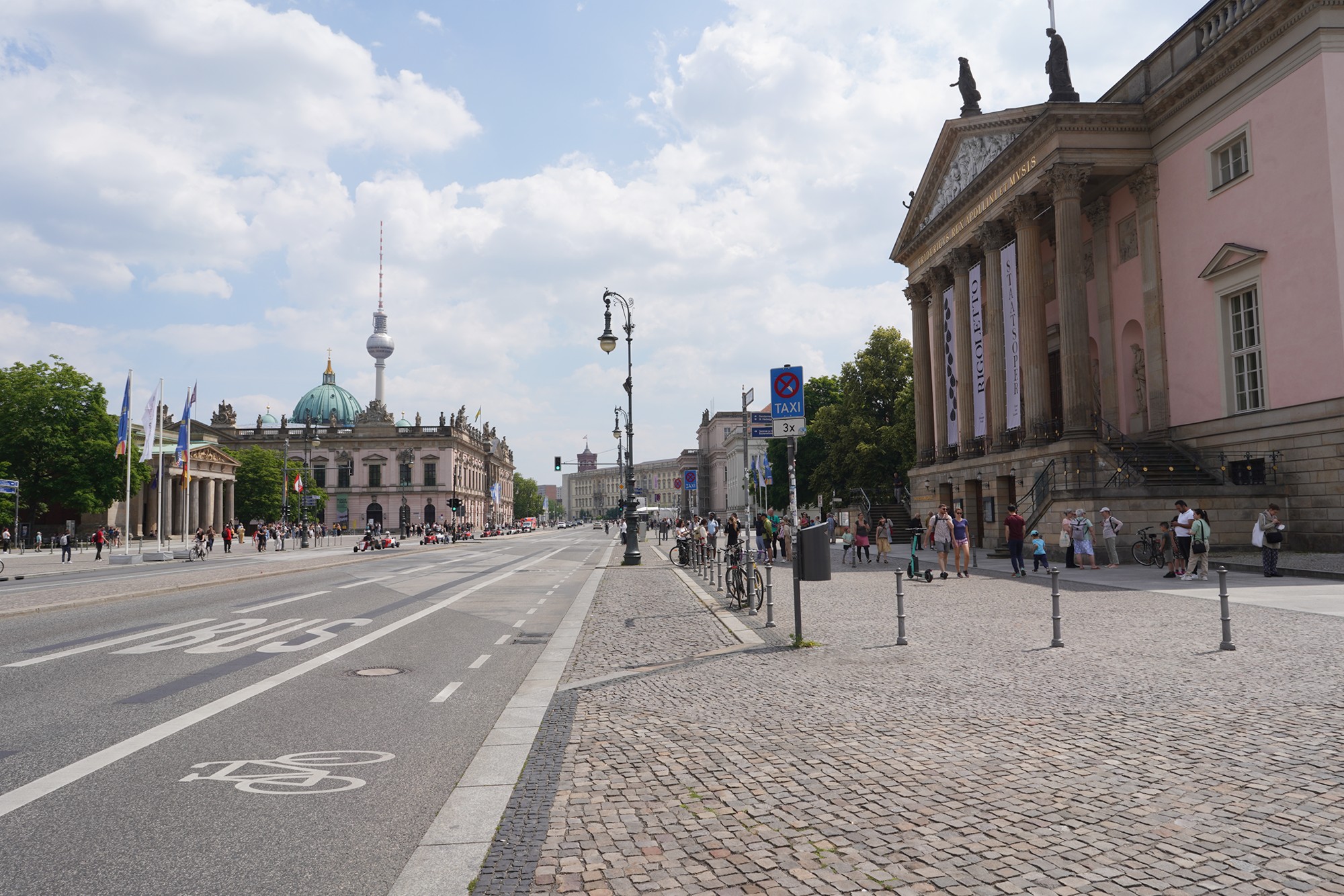
In front of the university, across the blvd, is Bebelplatz, a public square with a memorial to Nazi book burning.
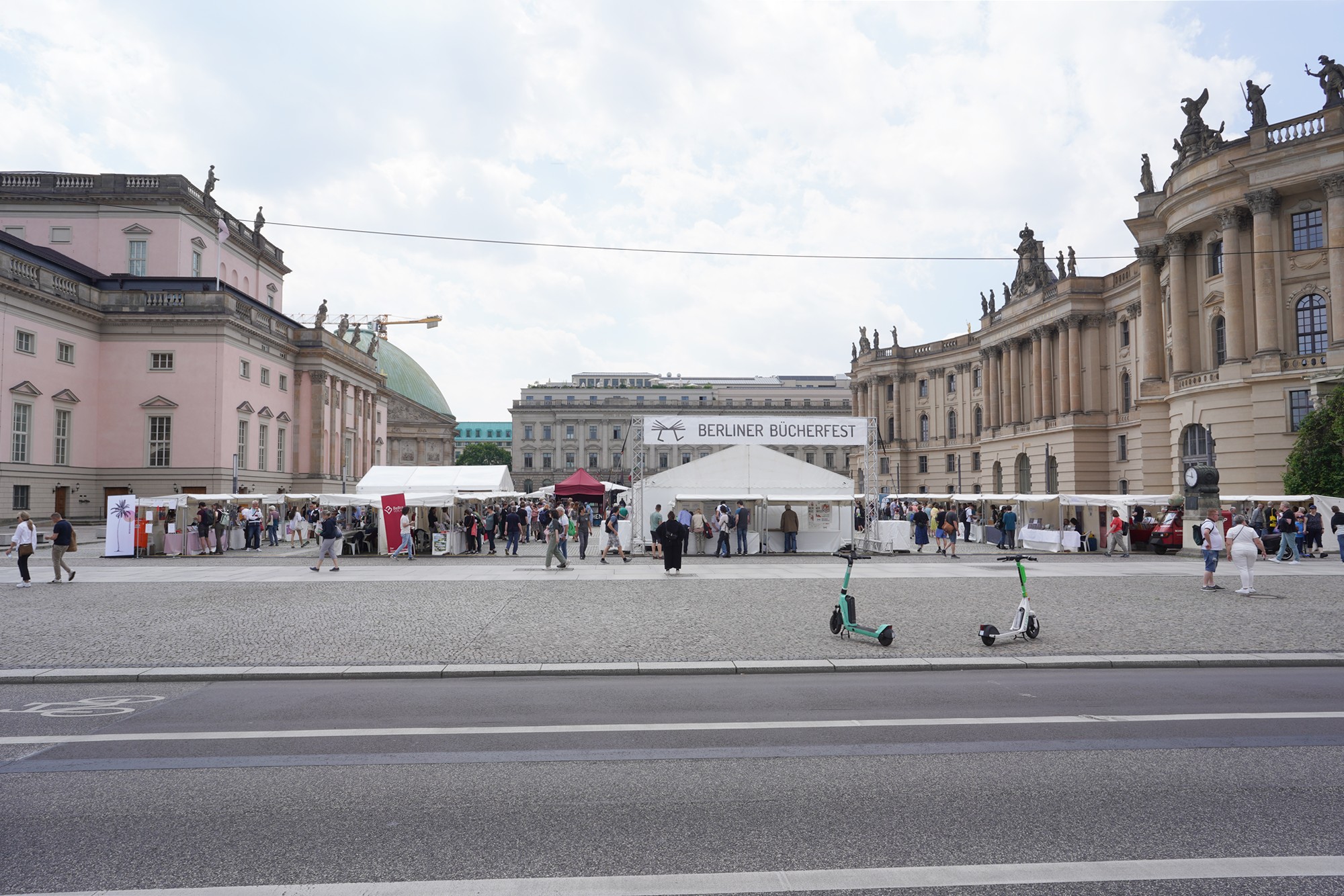
It was having a fest selling books
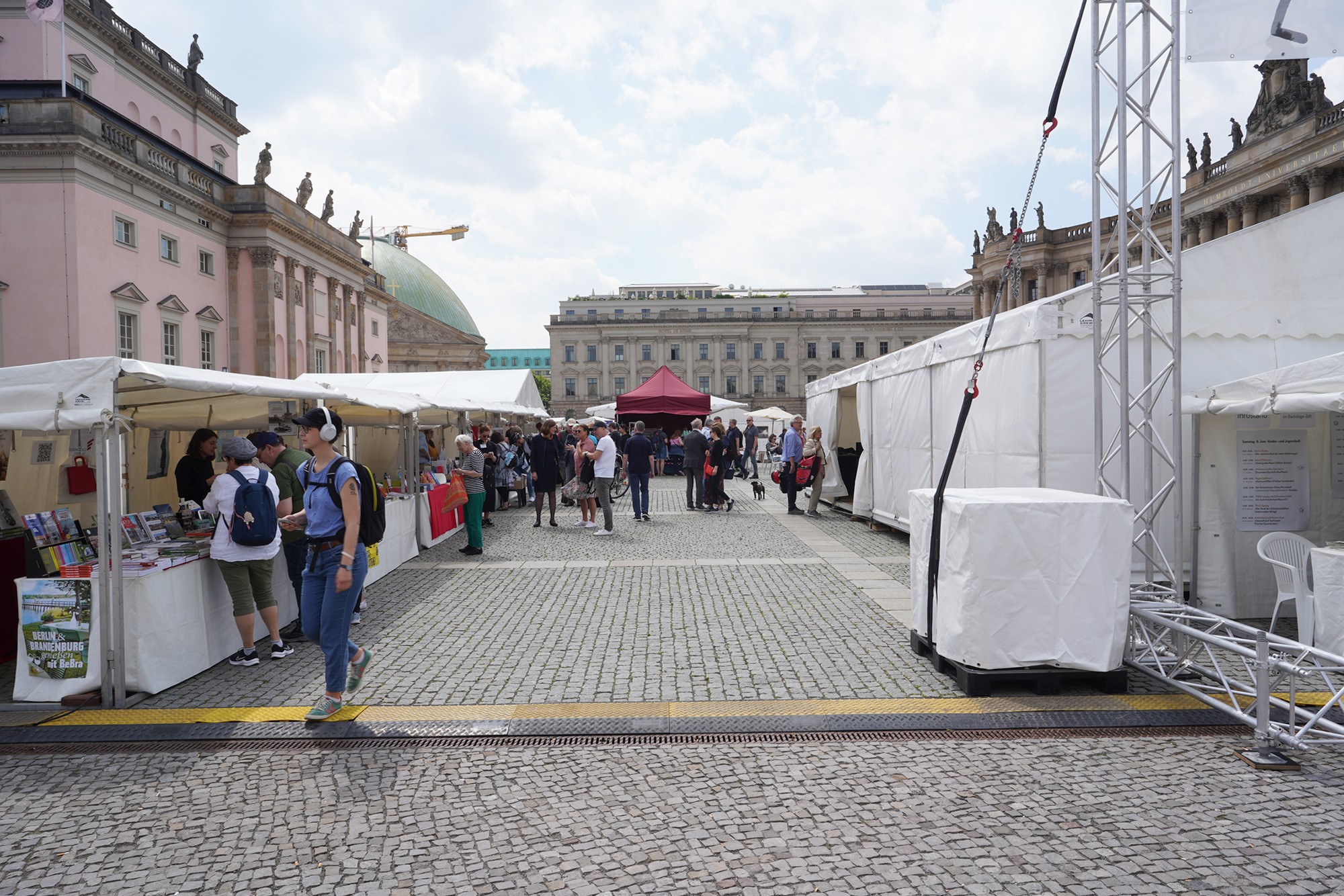
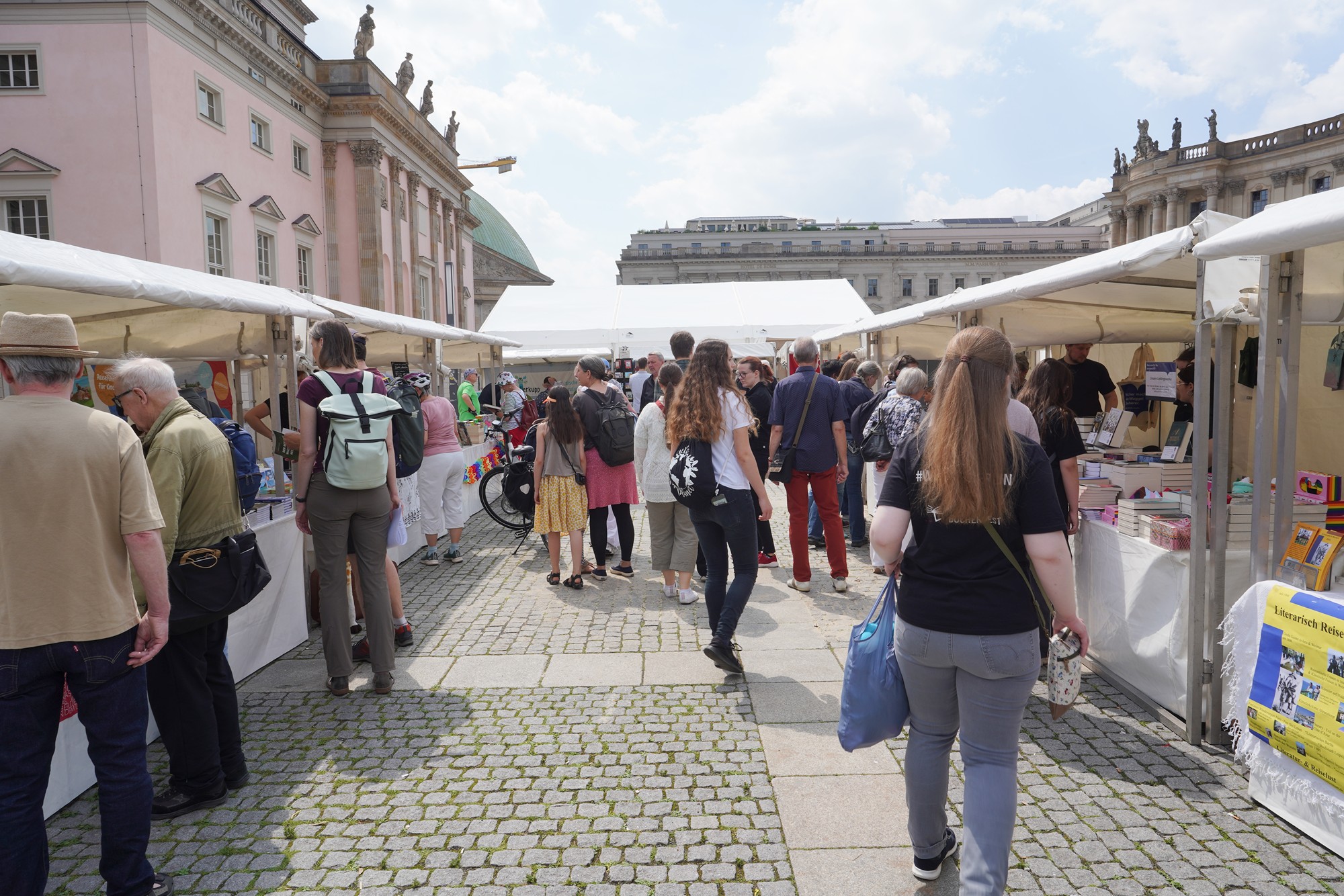
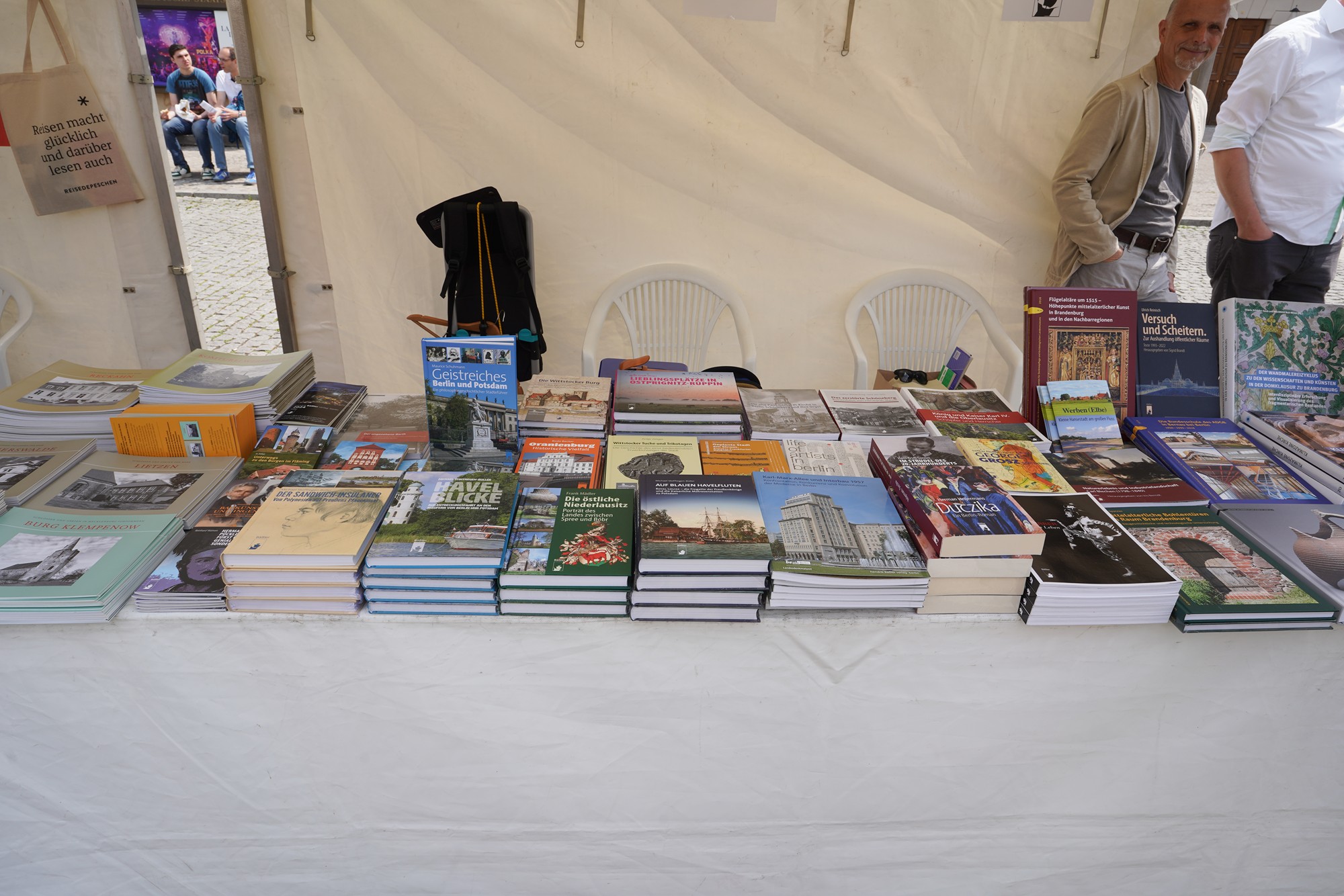
Berlin State Opera
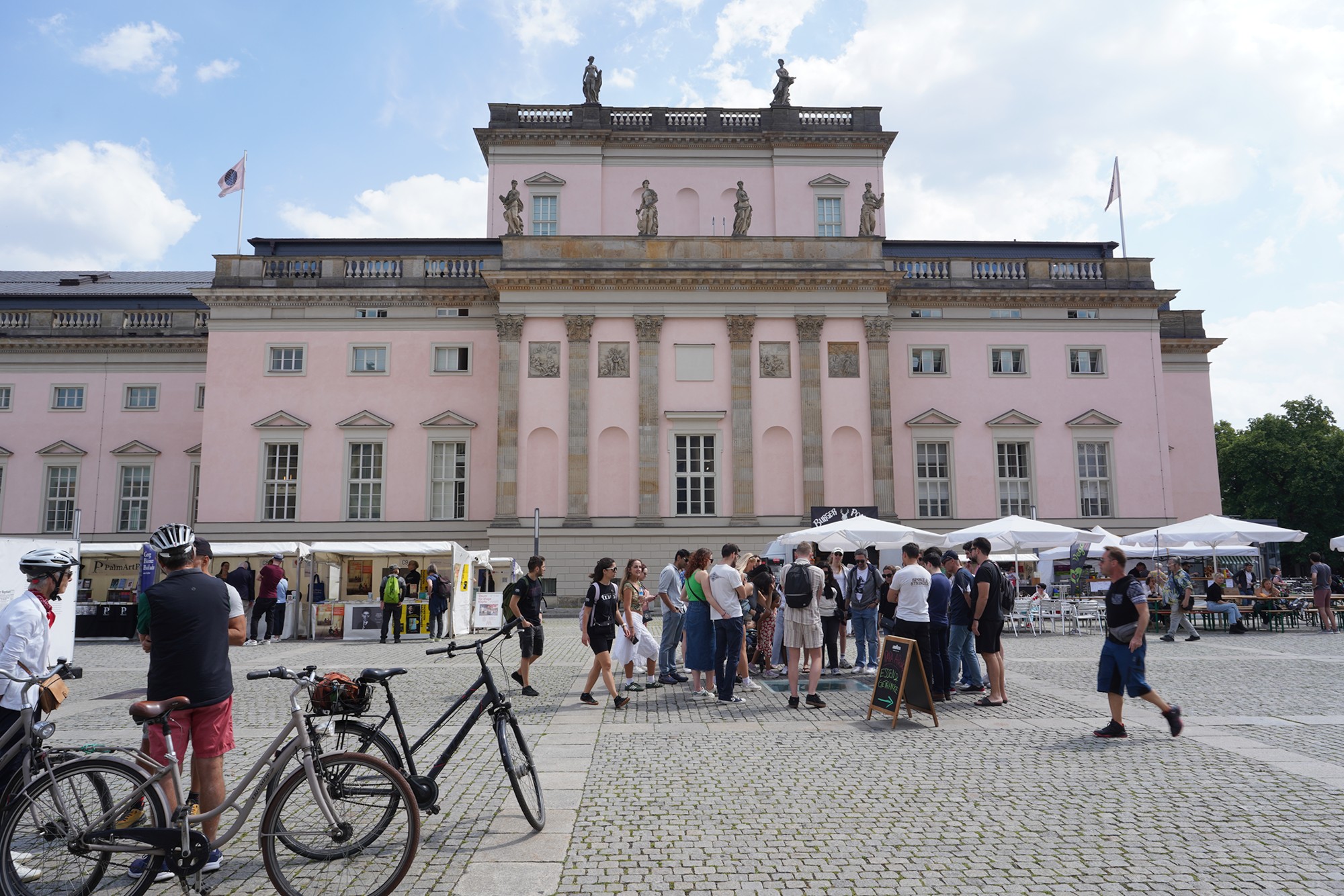
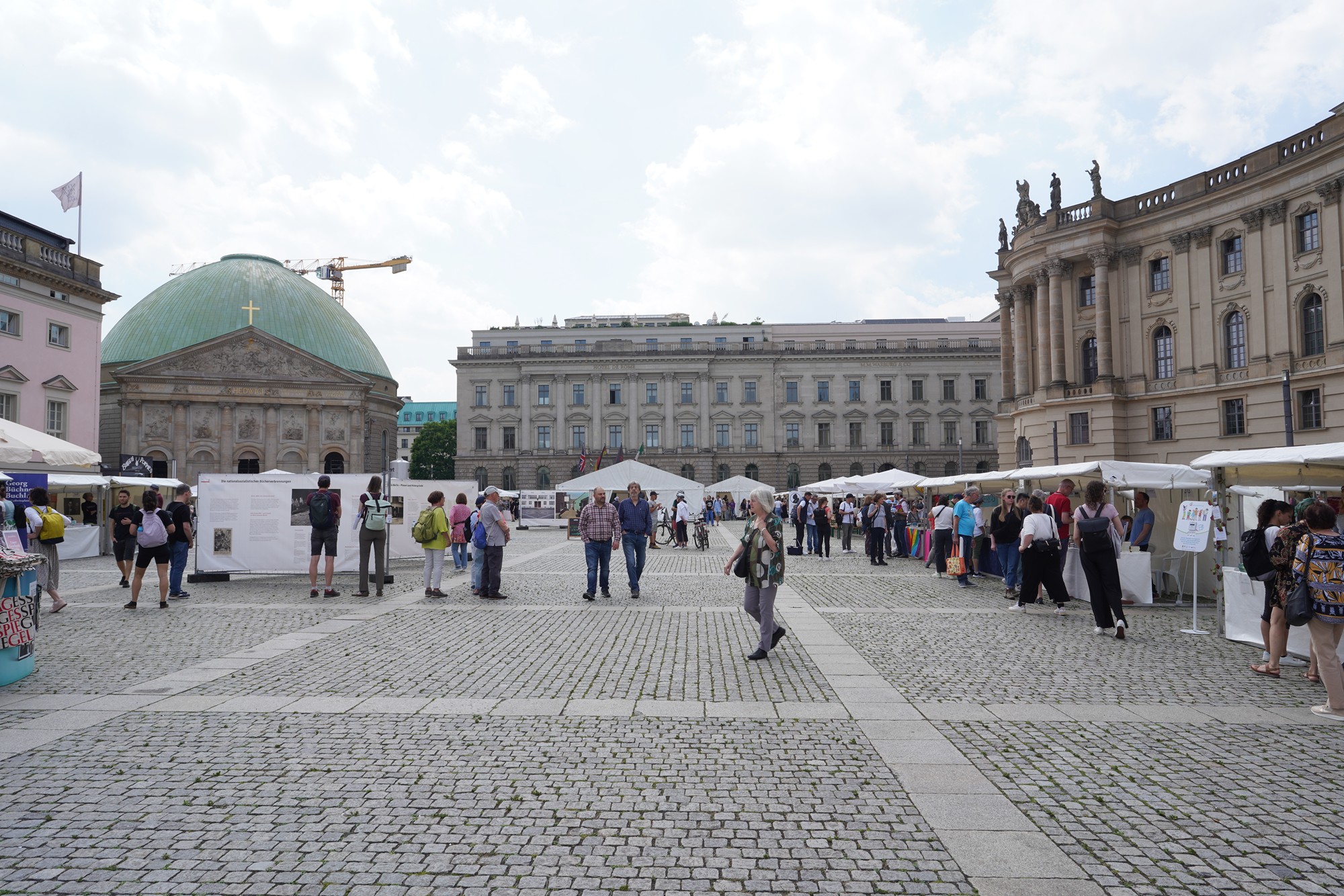
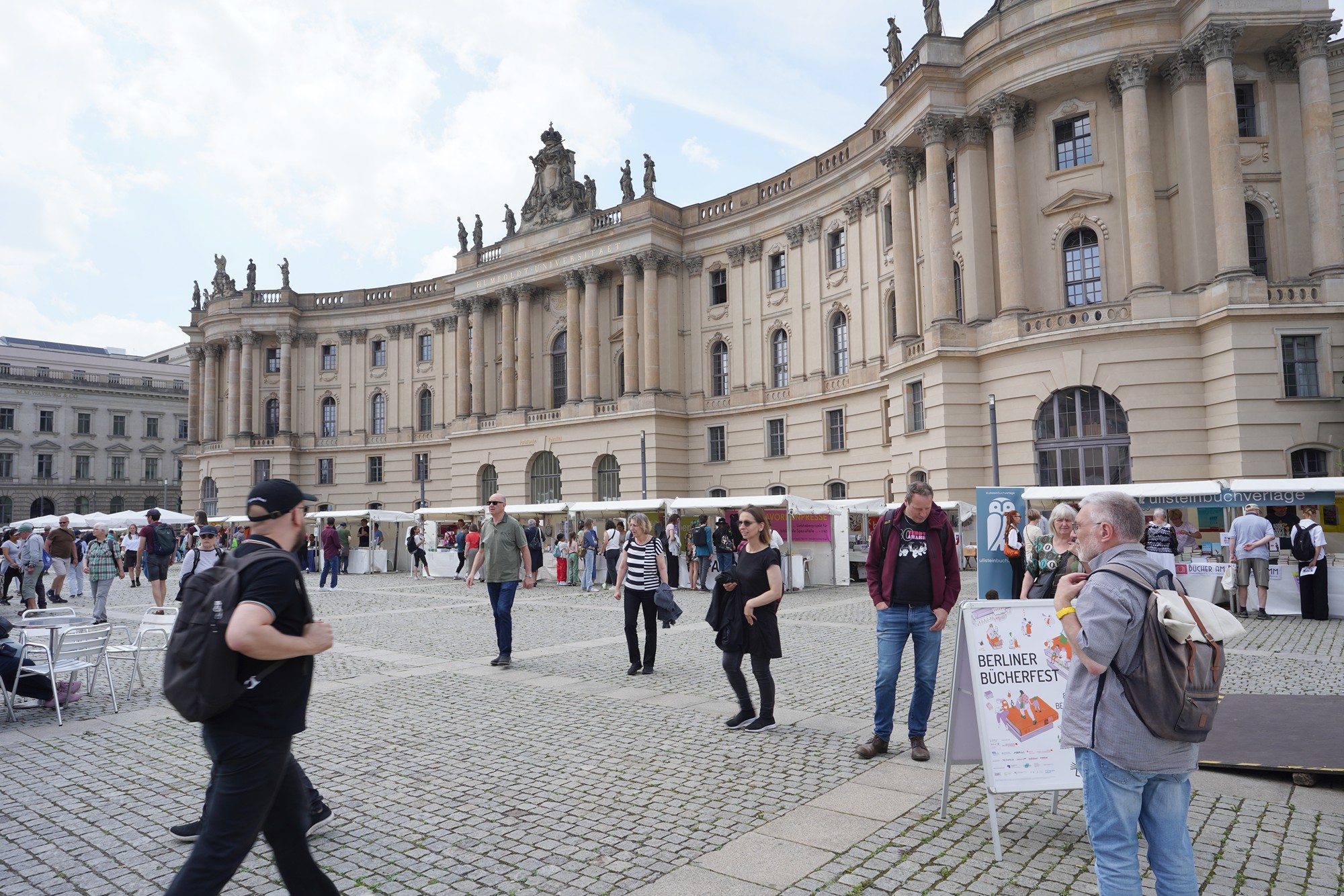
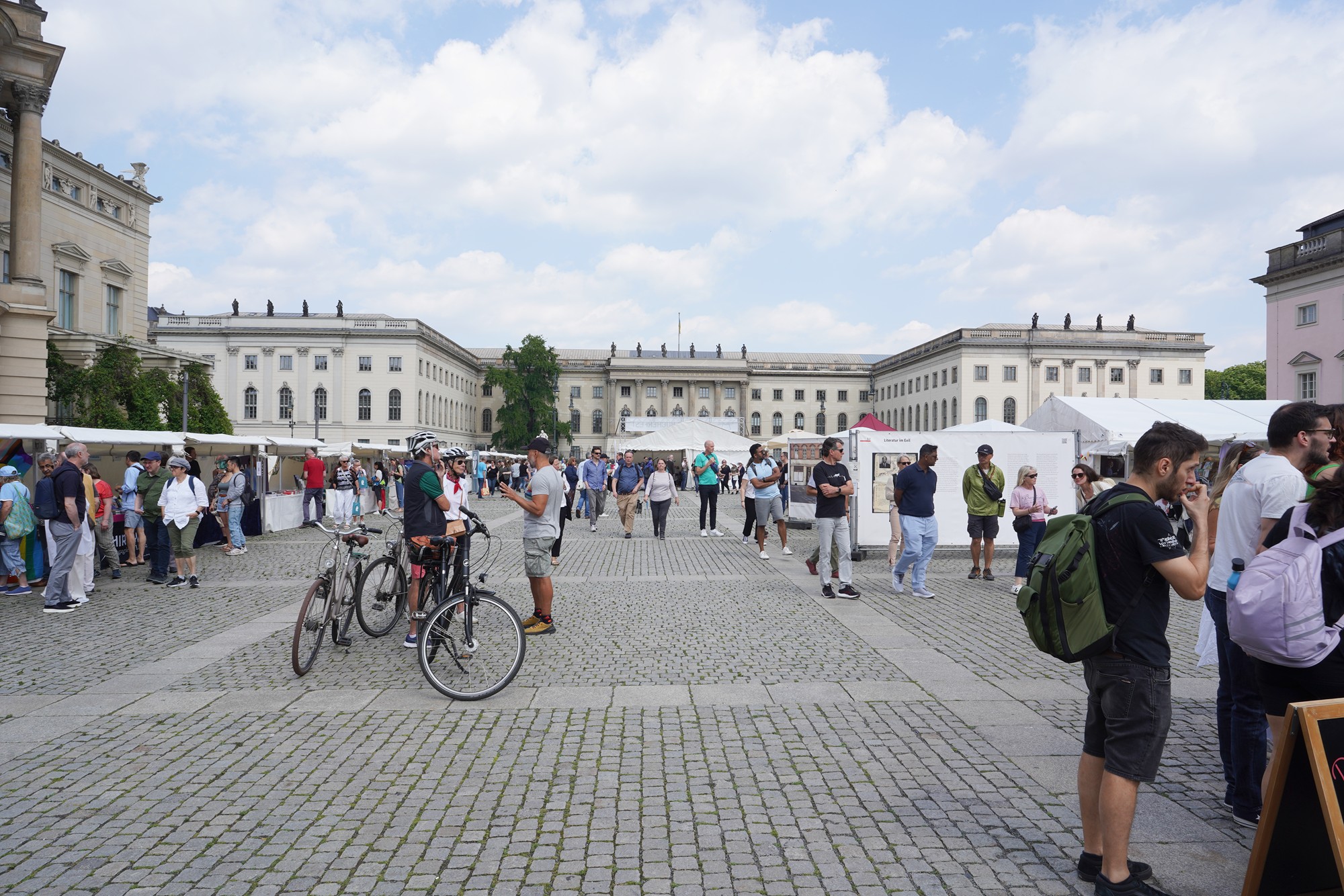
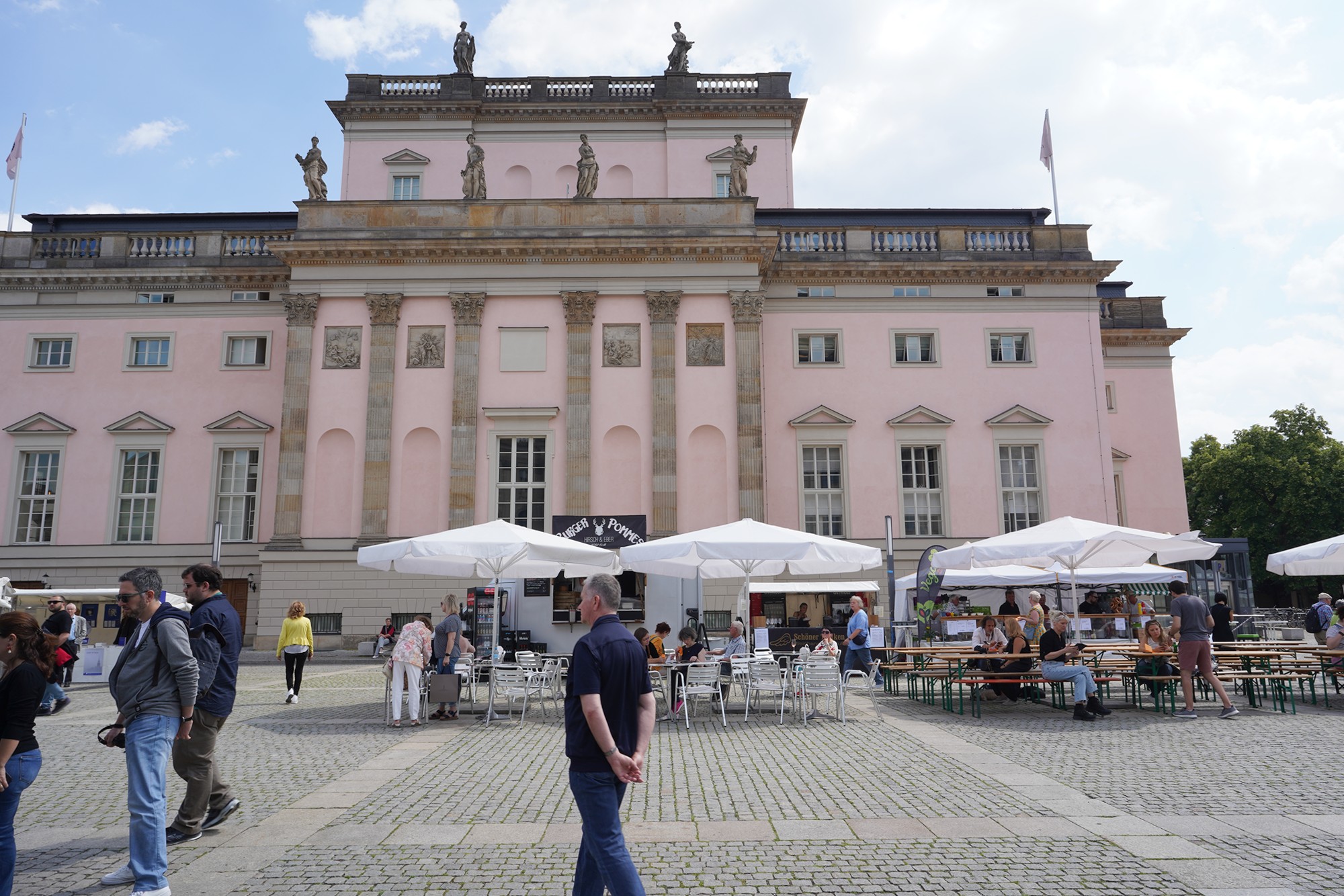
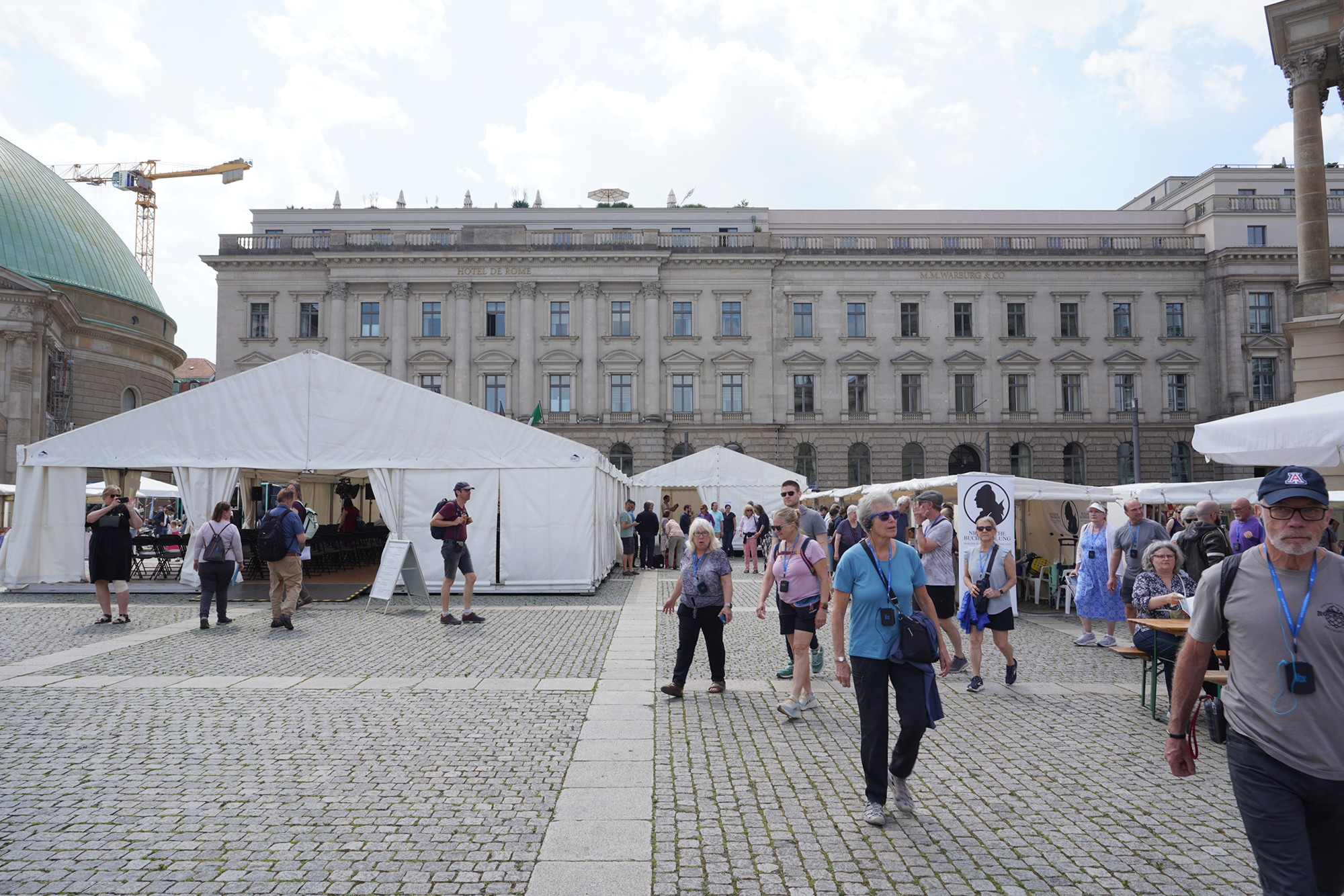
Sankt Hedwic Mitte Catholic Church
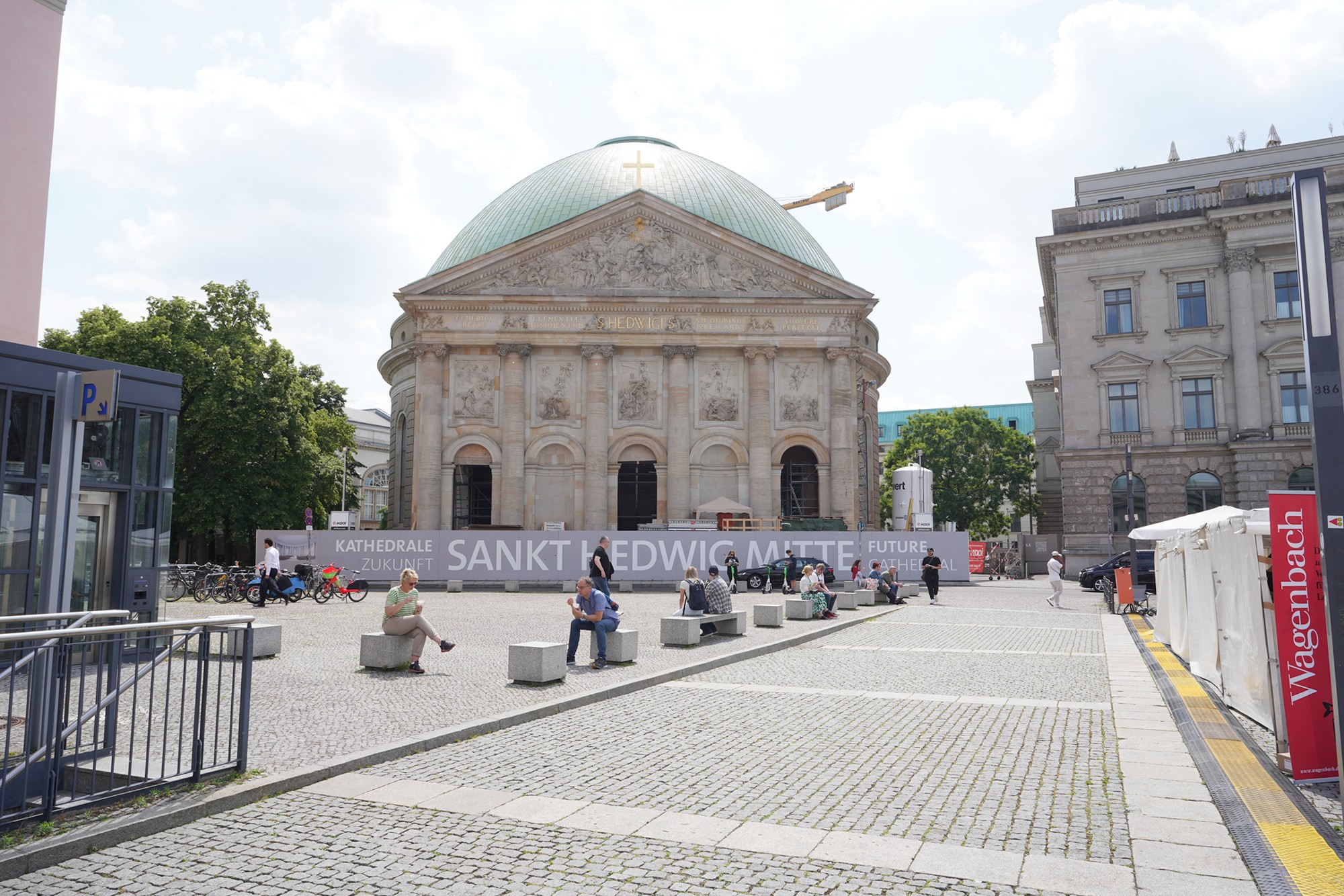
On the Unter den Linden Blvd again
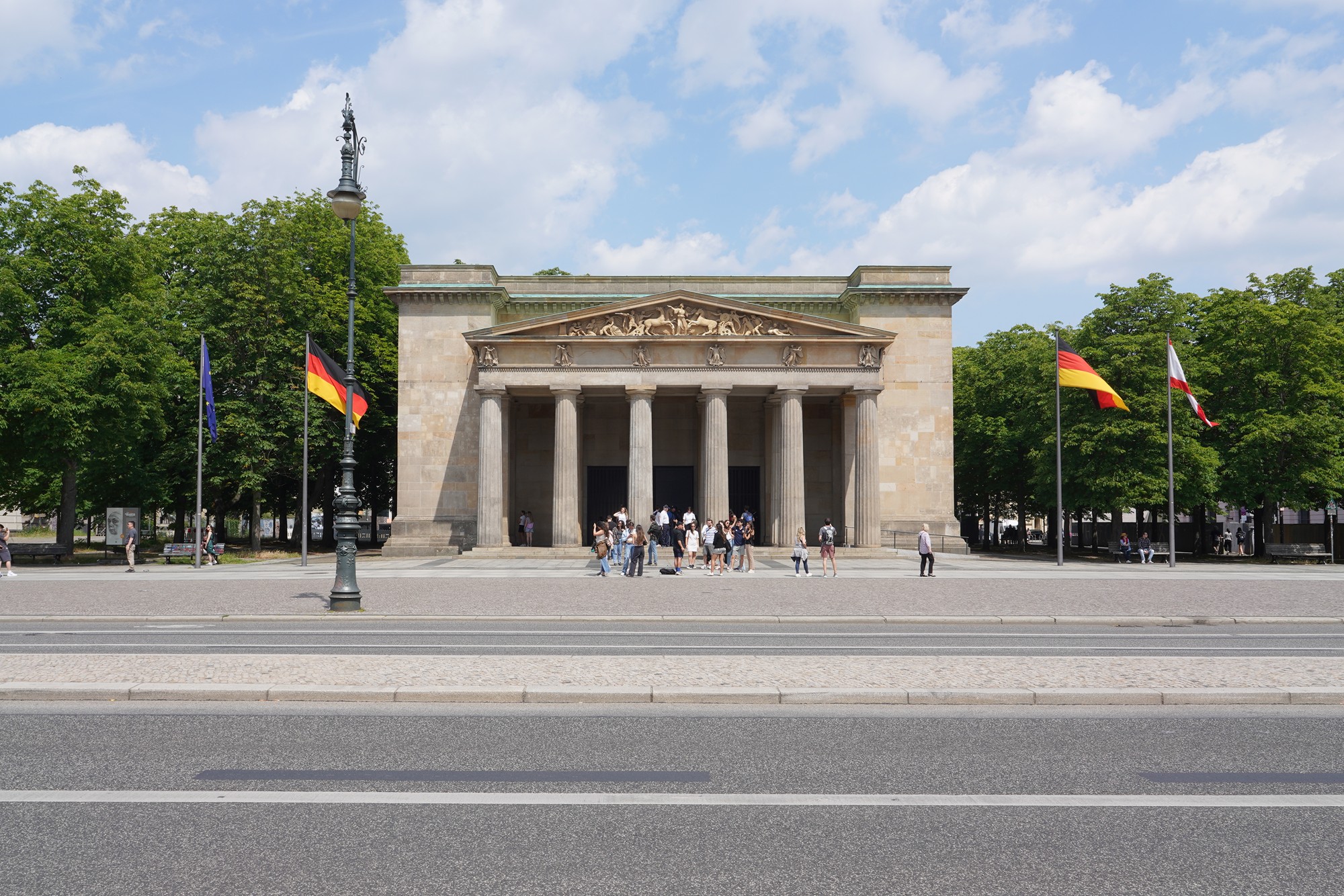
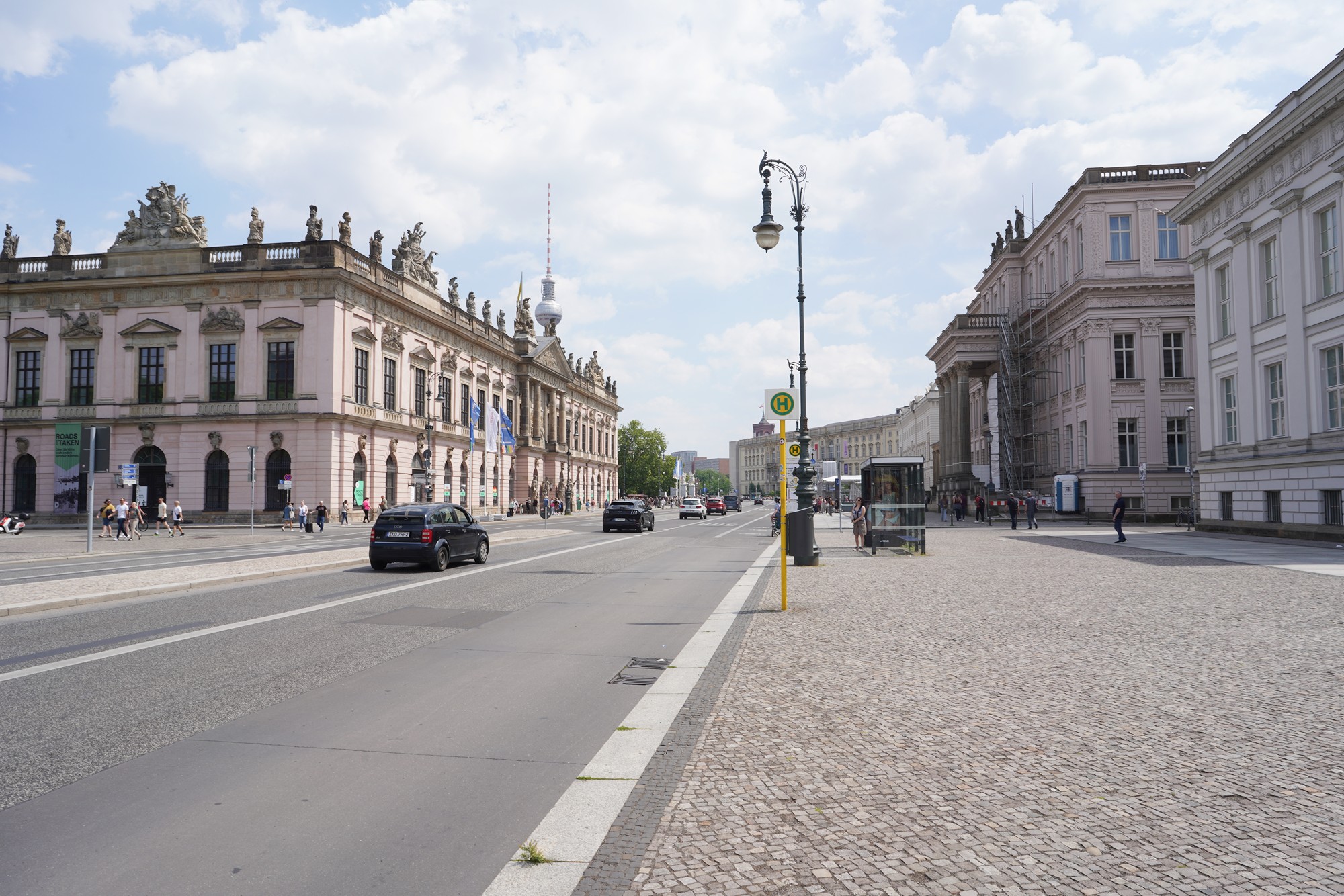
German Historical Museum
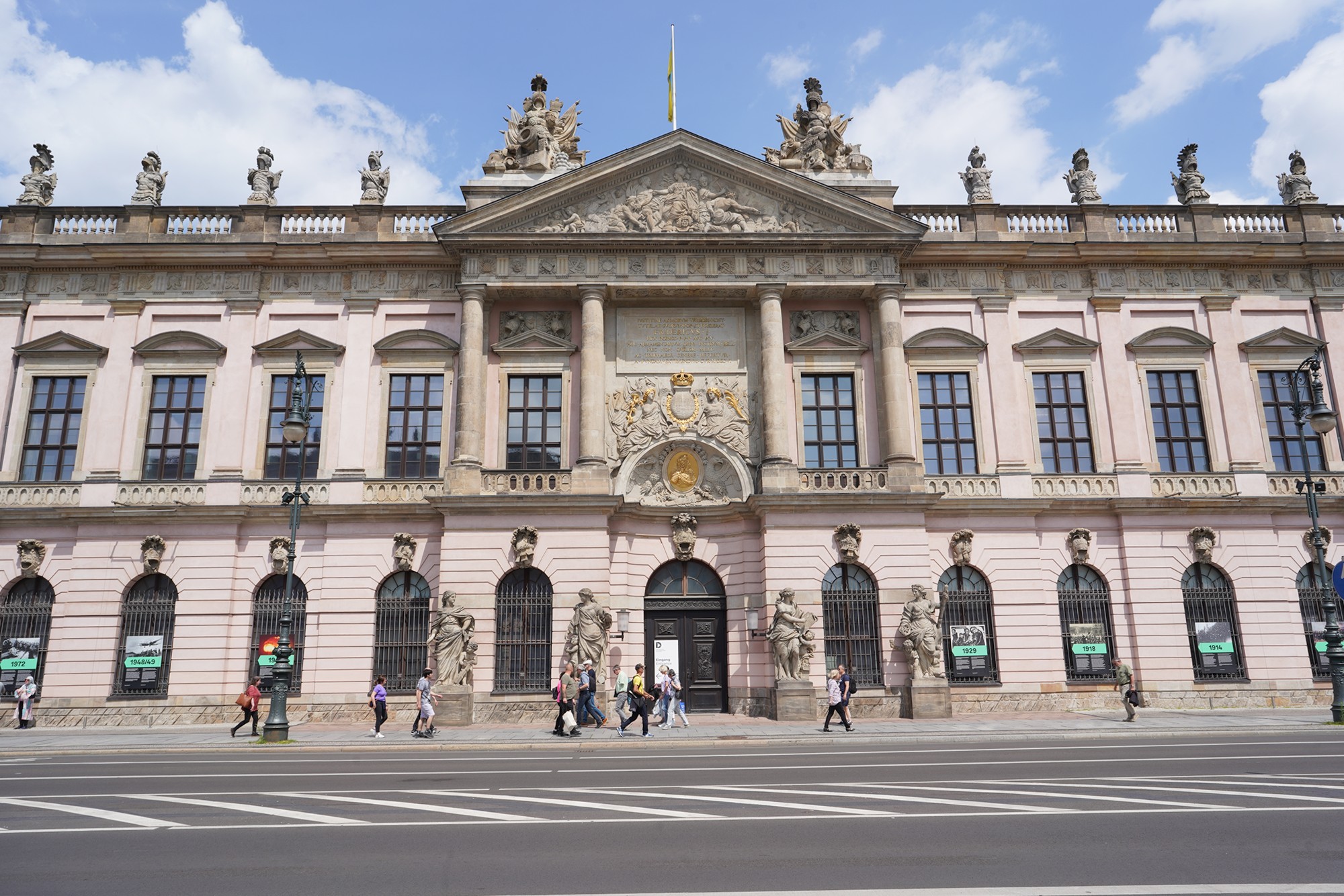
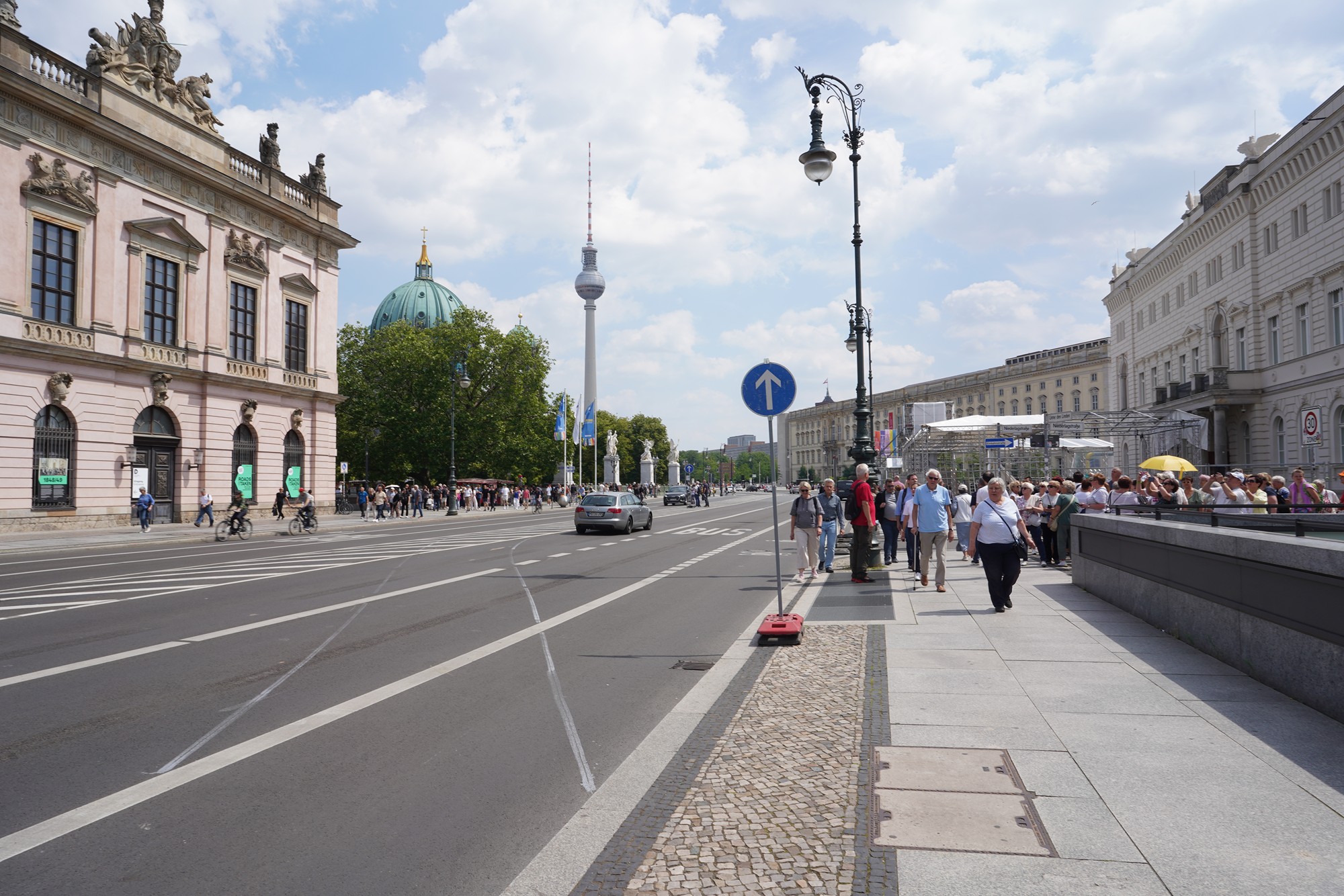
The Berlin Cathedral is seen far away
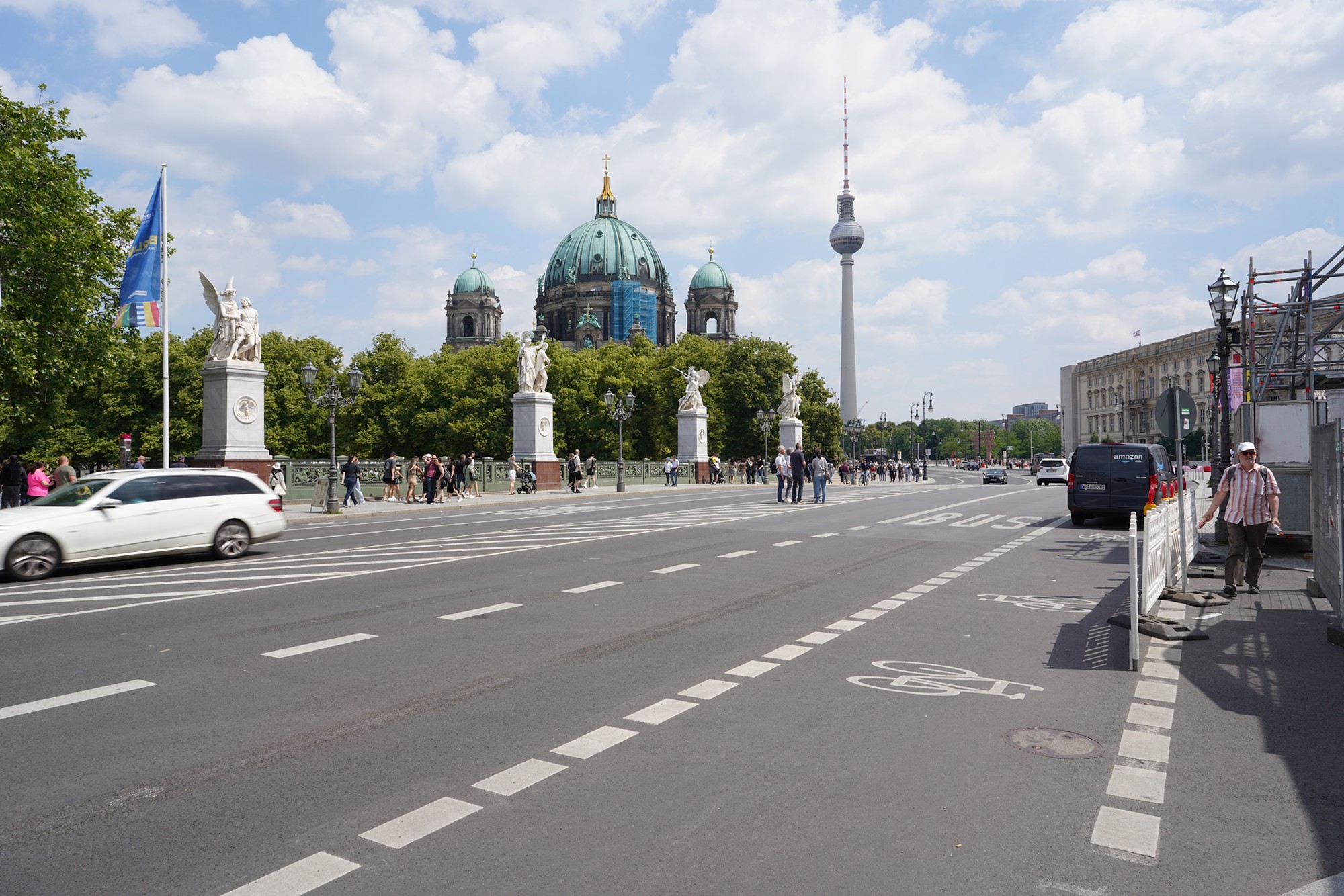
The Berlin Art Market by the Zeughaus
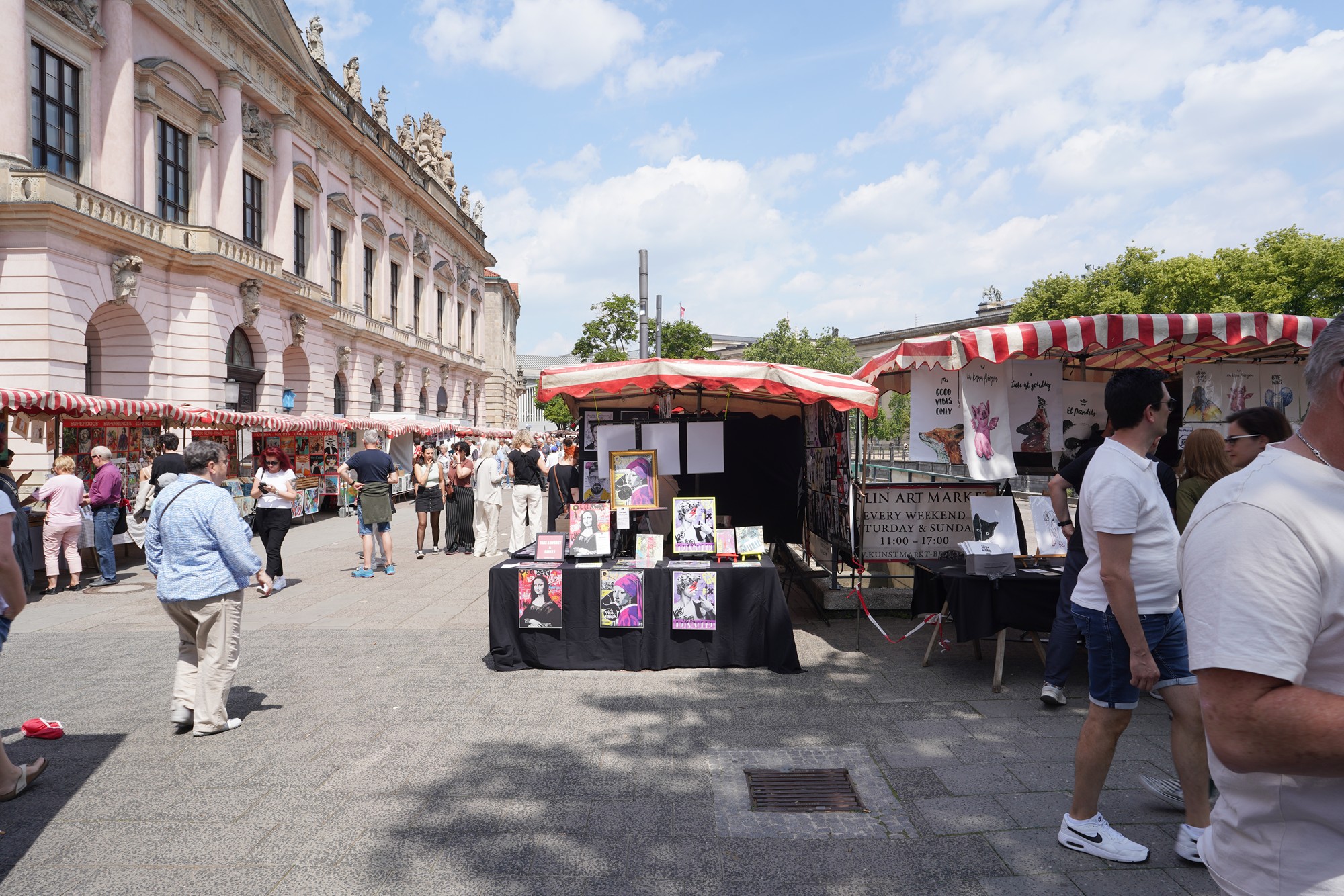
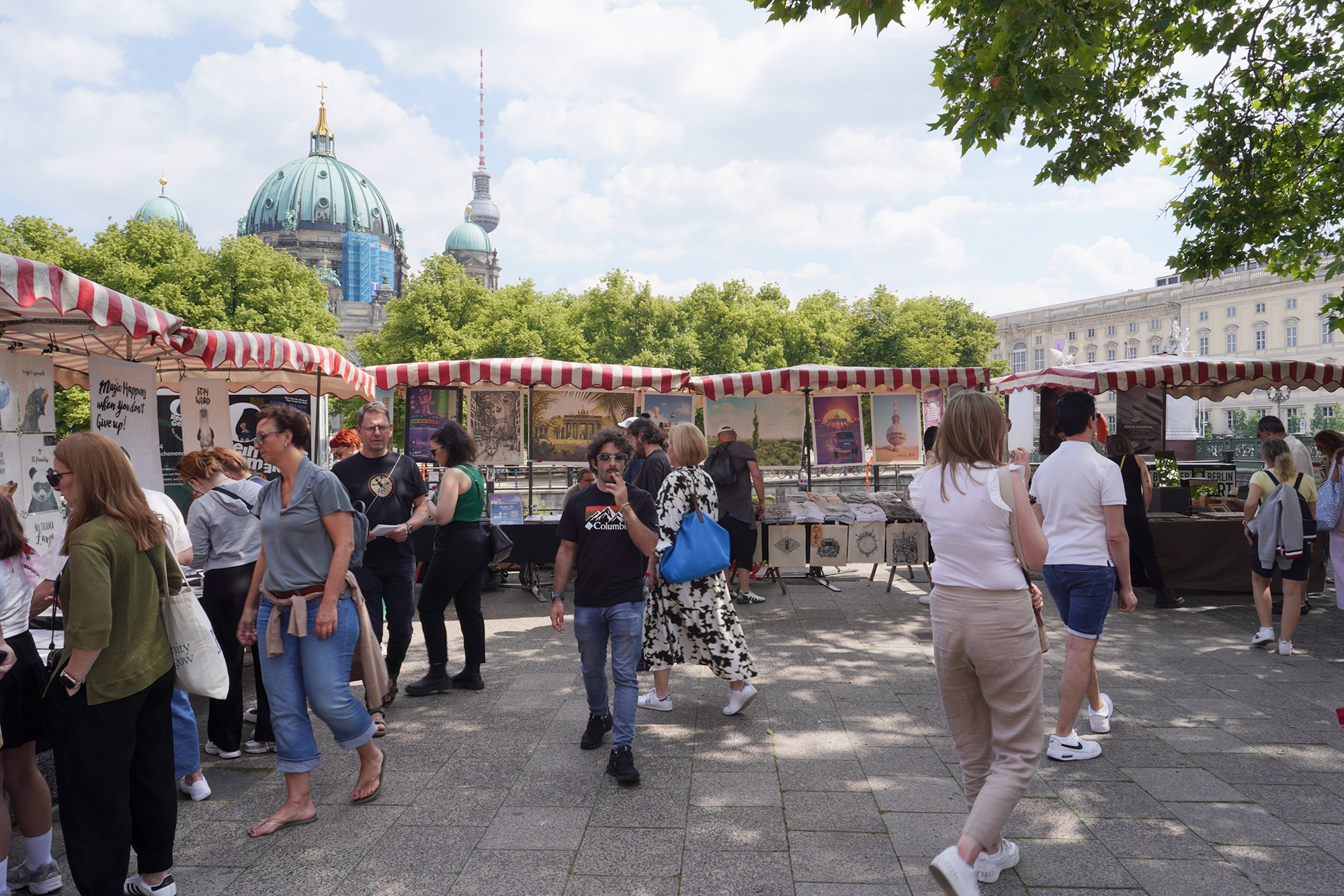
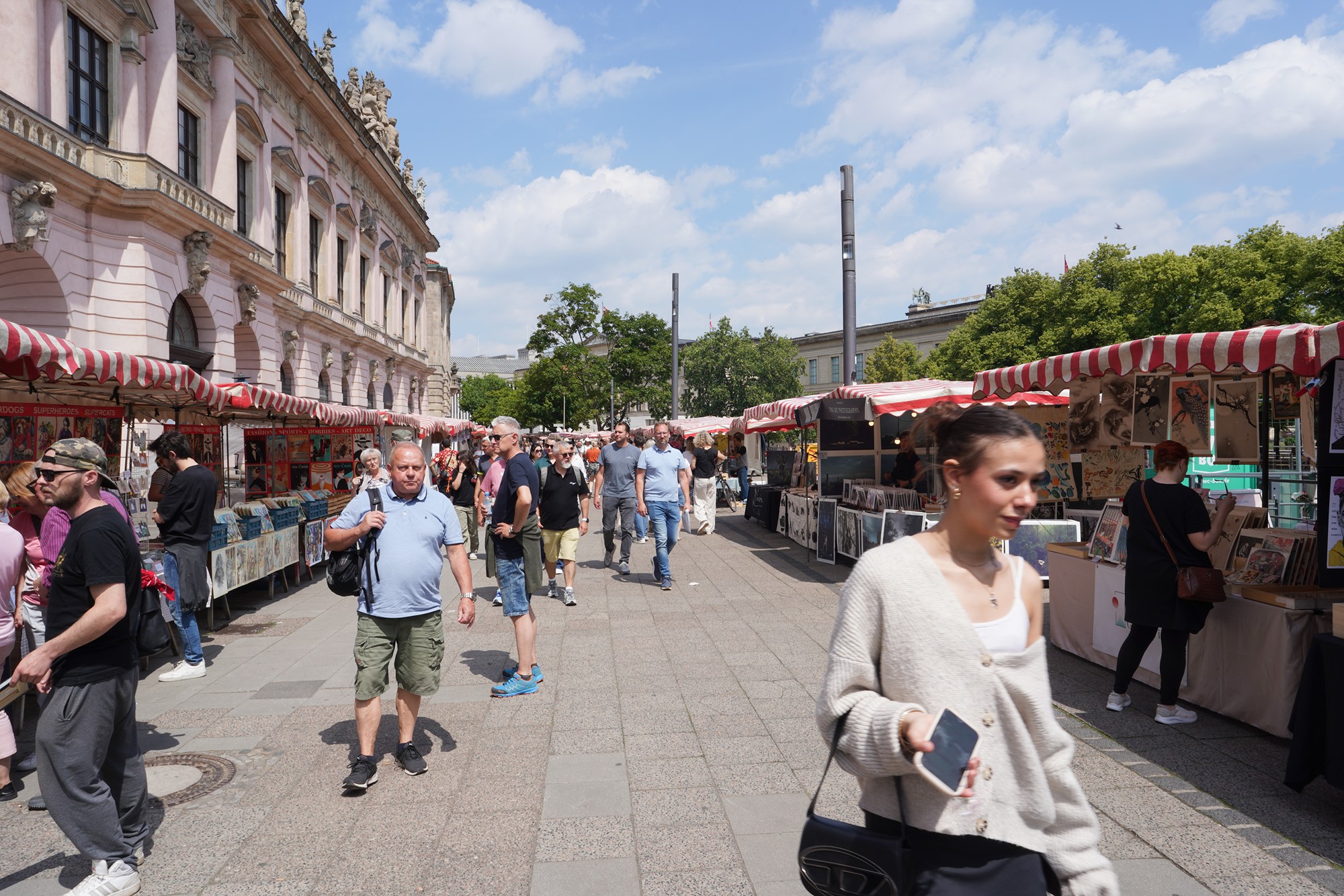
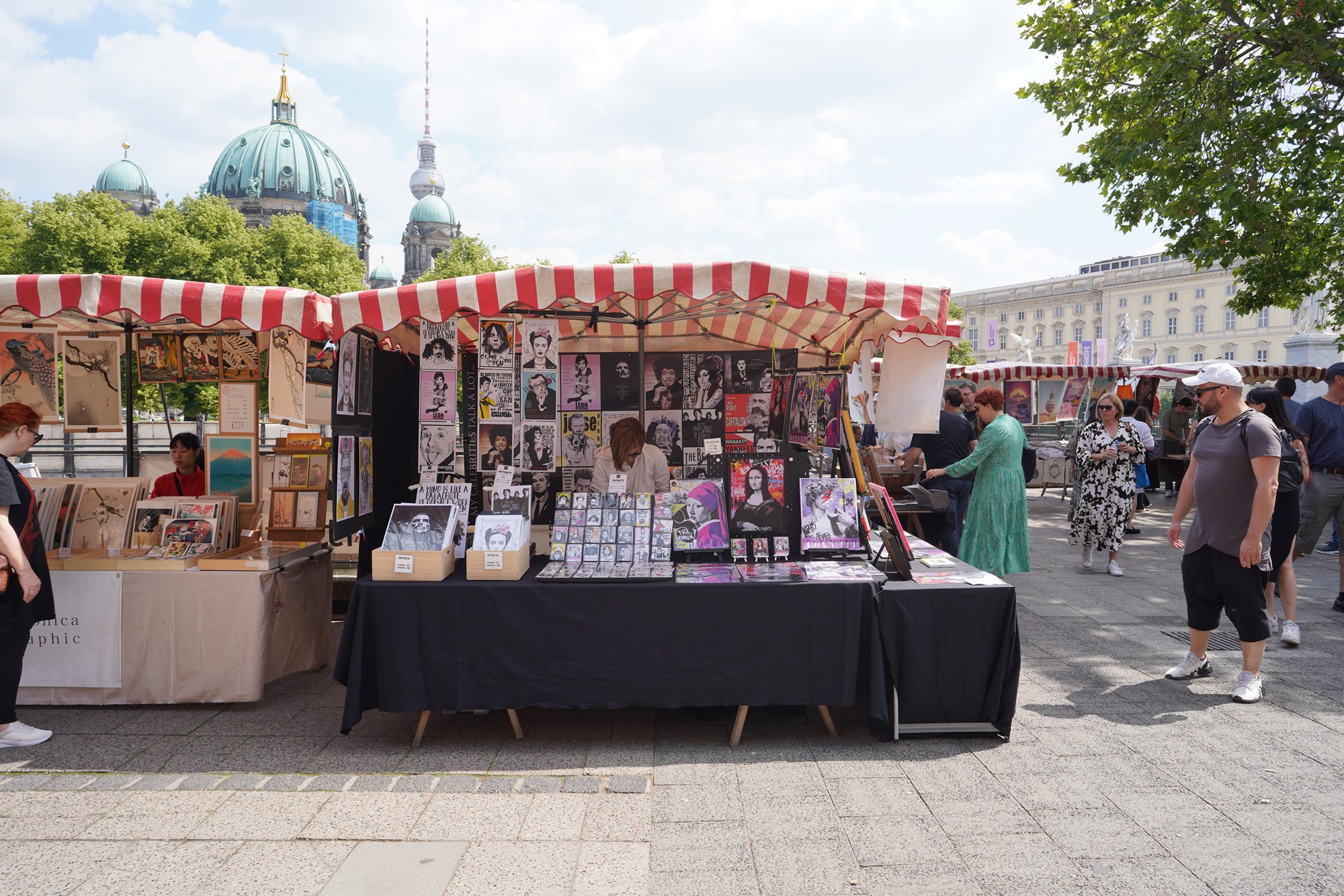
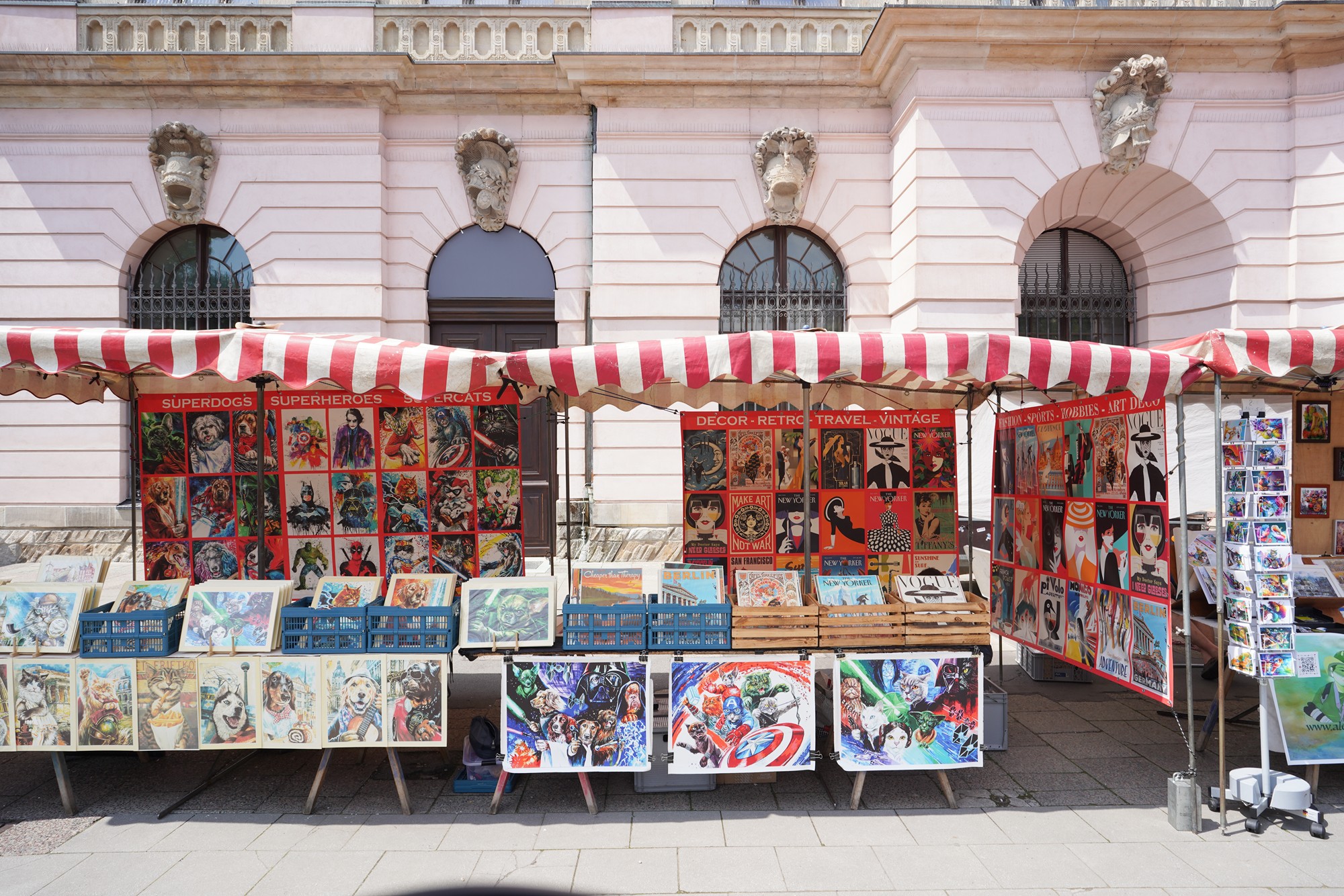
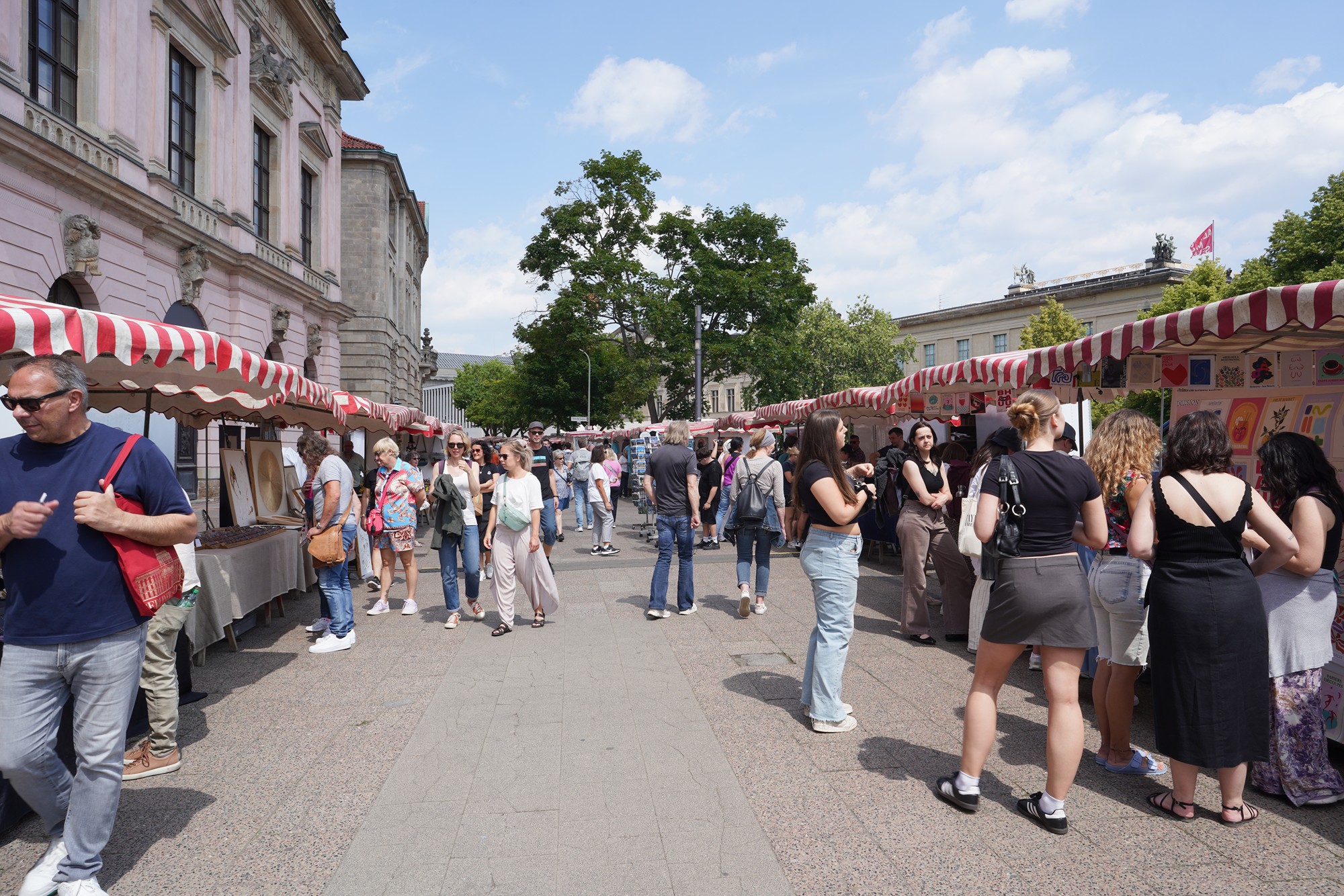
The back side
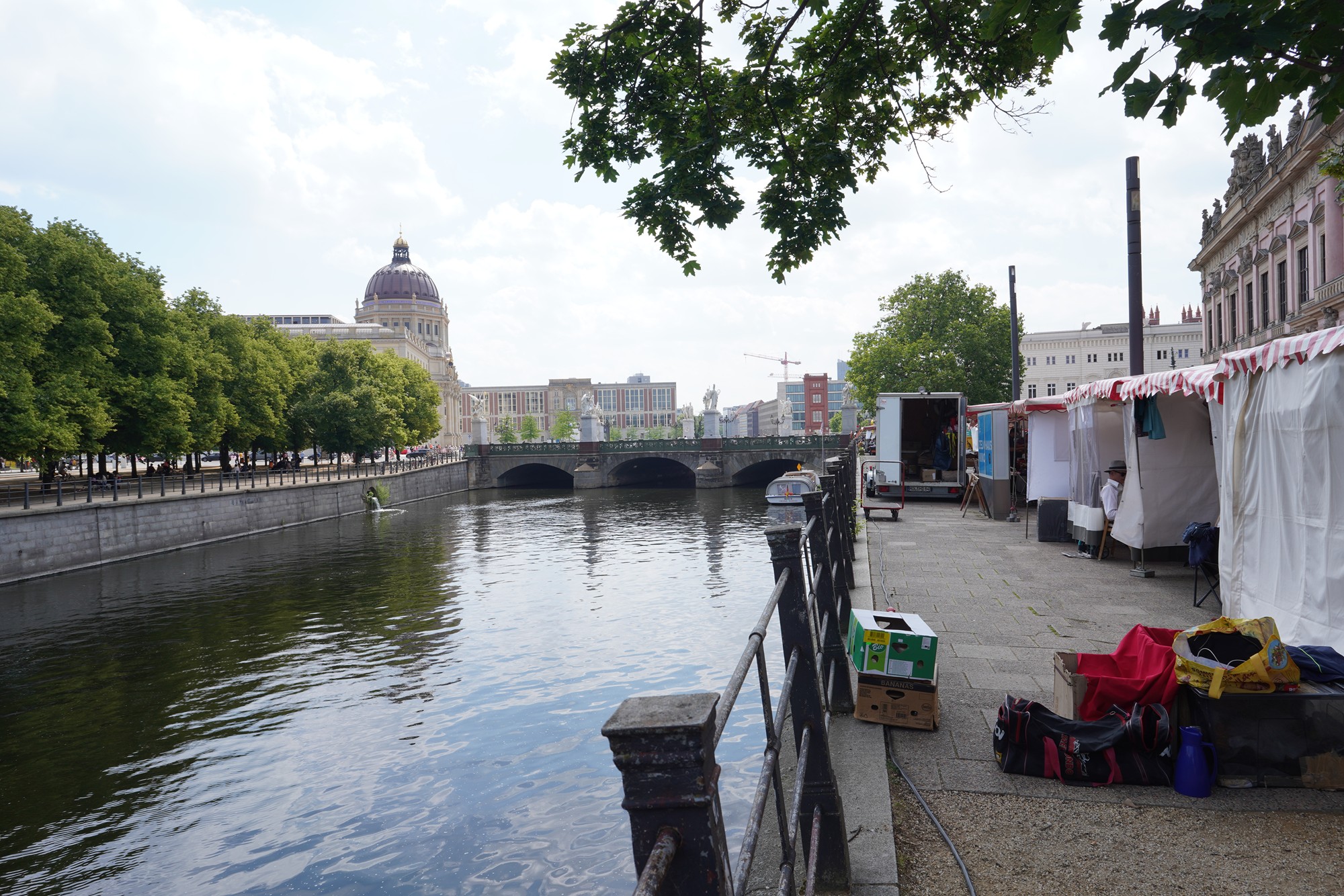
The German Historical Museum is located near
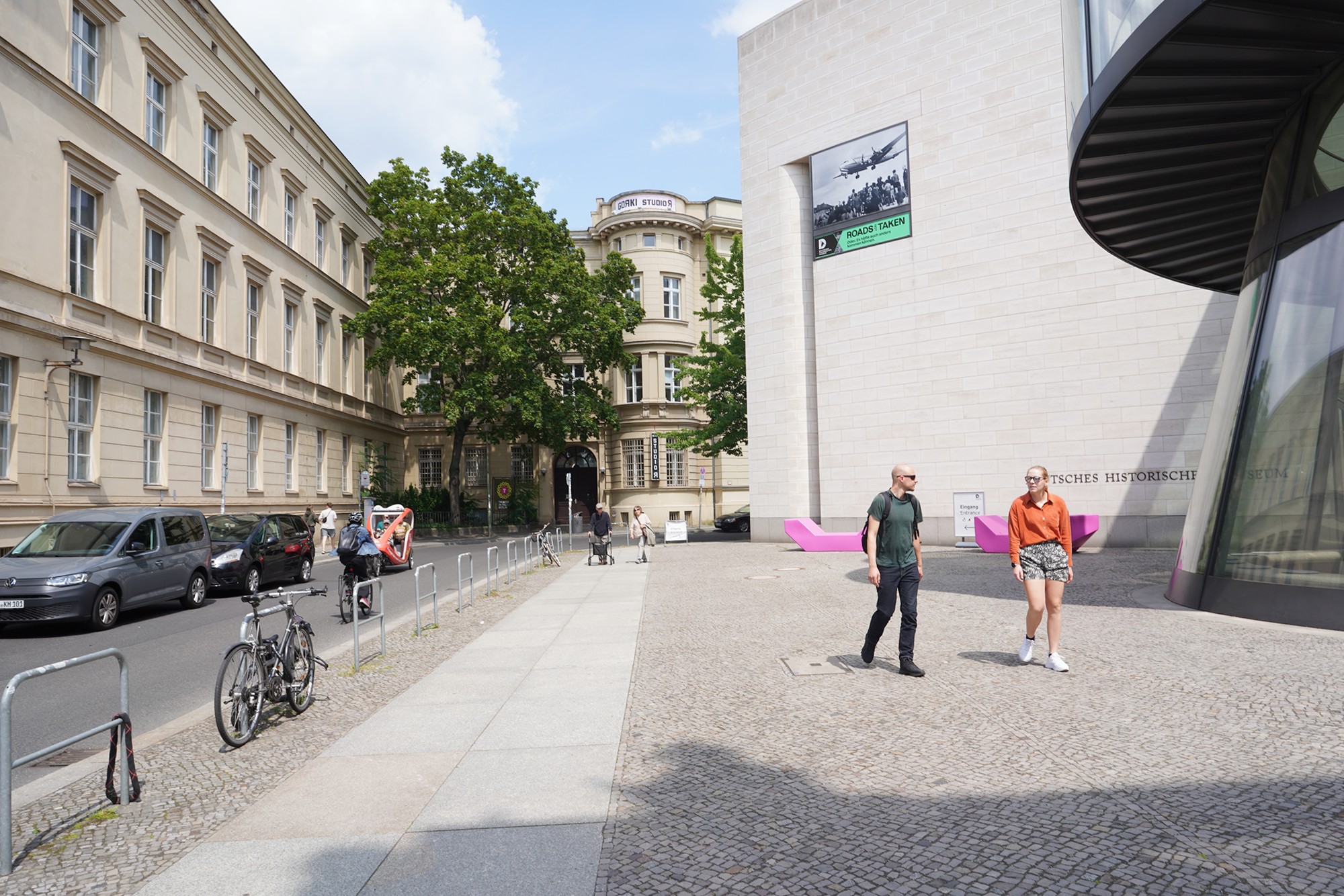
Inside the German Historical Museum. The museum was closed except for one exhibition.
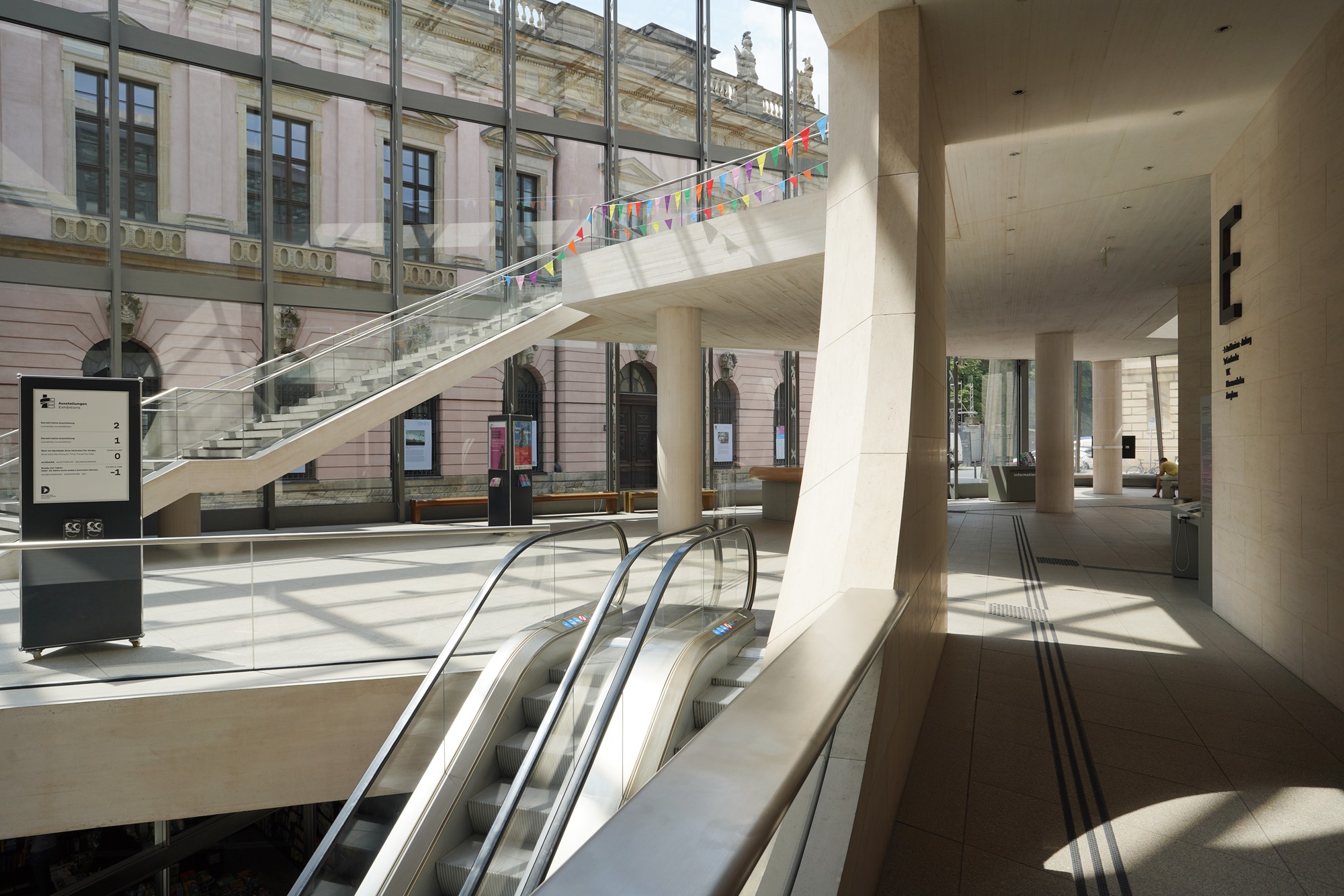
I will have a separate blog on this museum later.
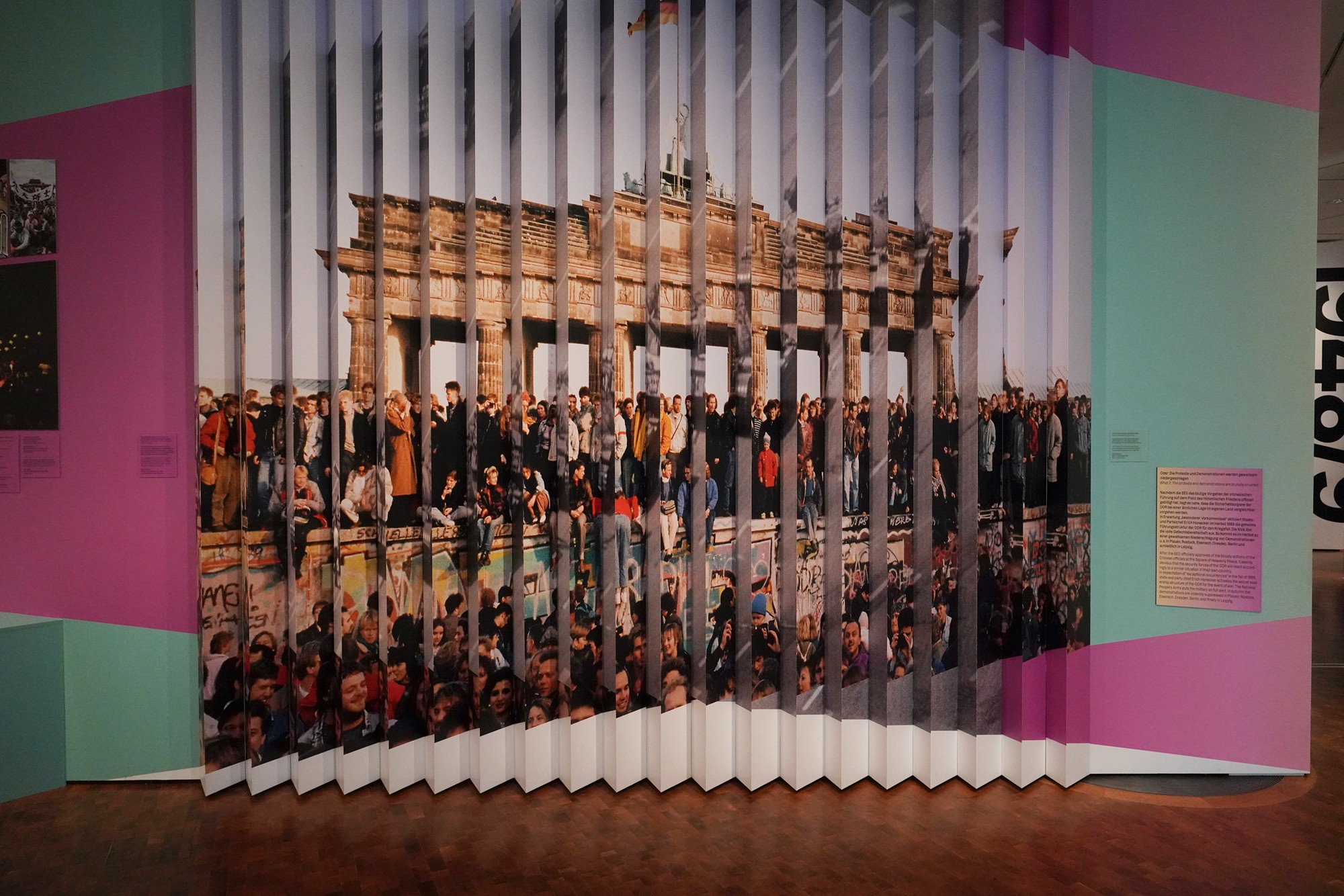
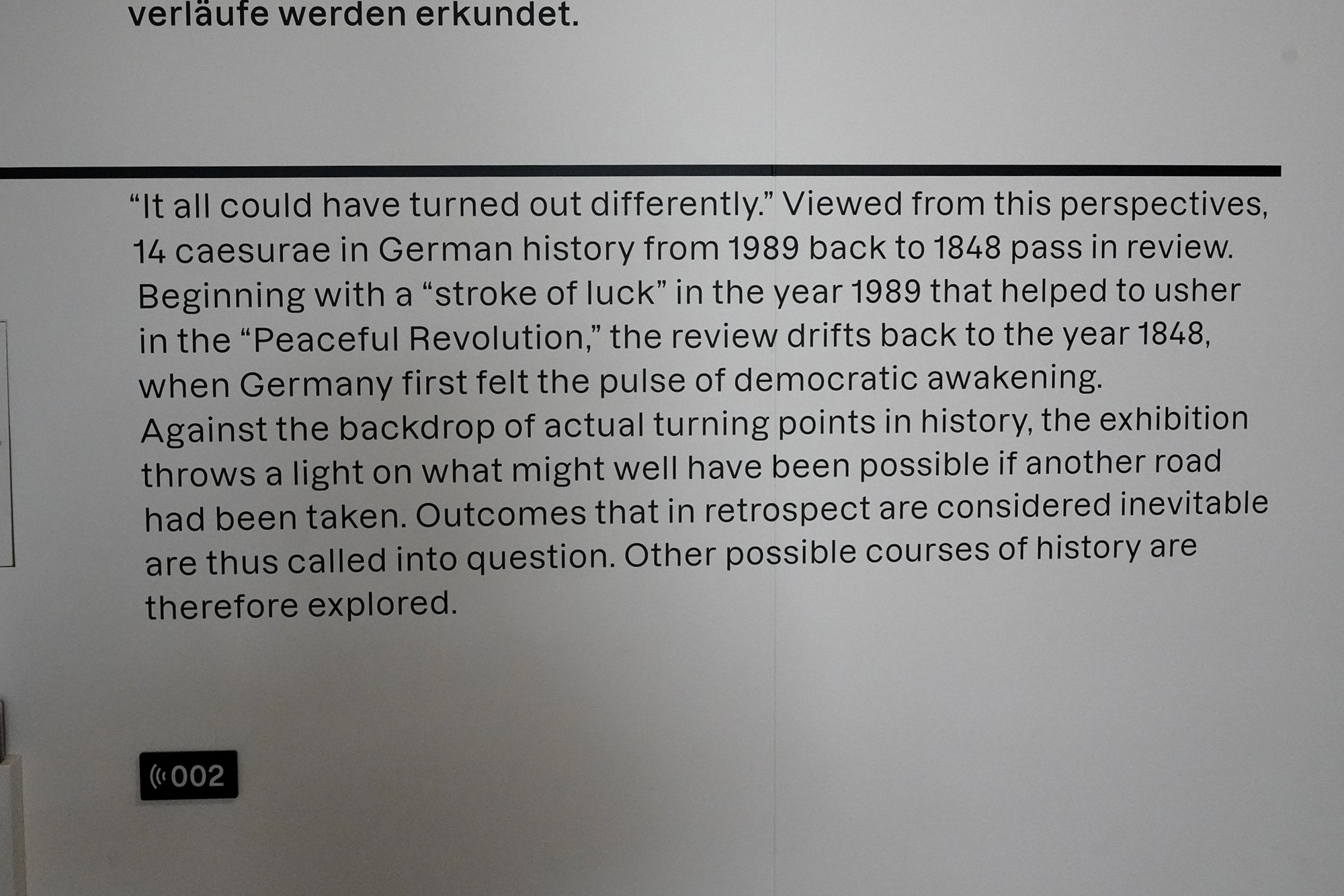
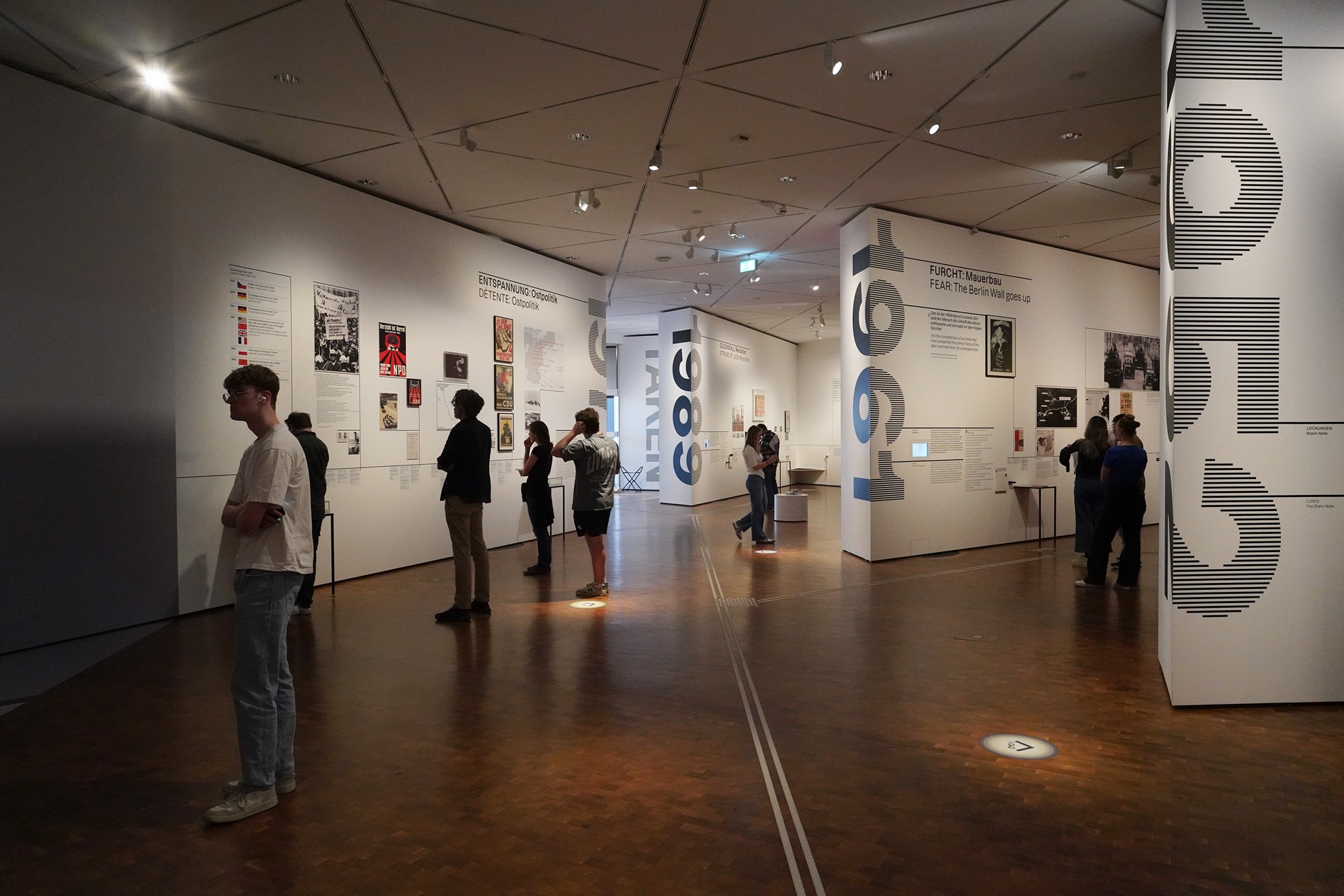
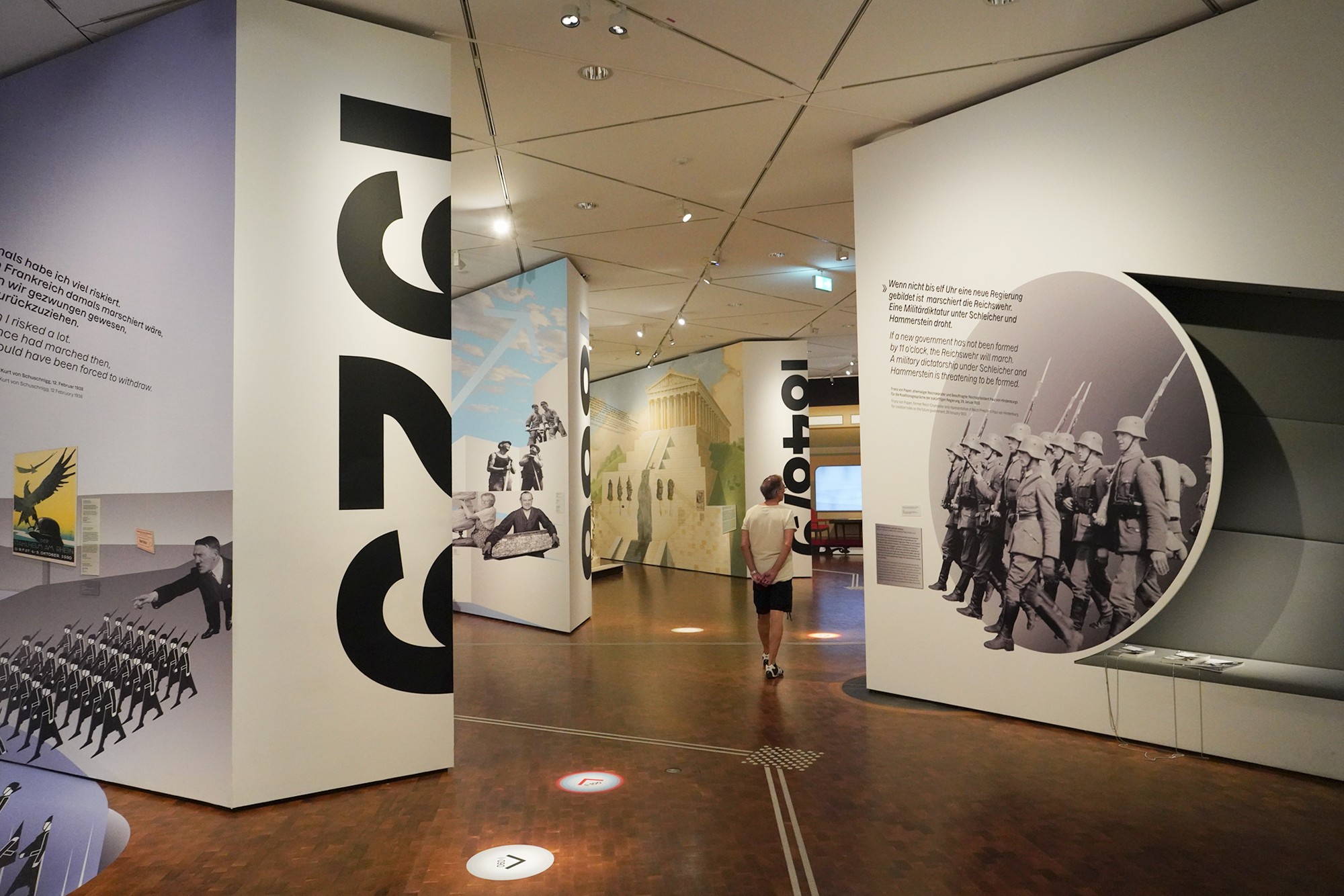
I walked out of the German Historical Museum.
This area is called “Museum Island,” an island in the Spree River, home to a unique ensemble of 5 renowned museums. The building in the picture below is Alte Nationalgalerie (Old National Gallery).
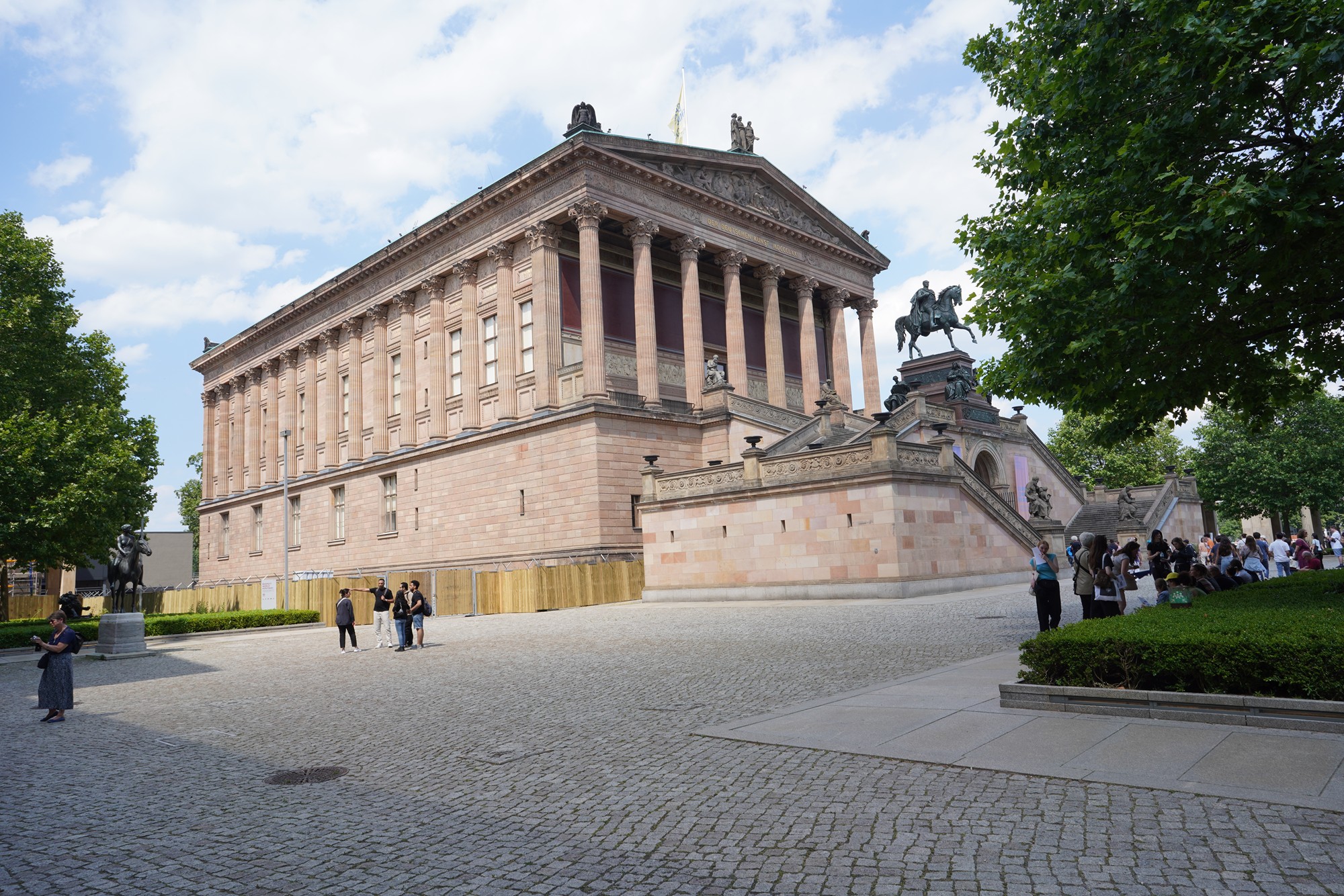
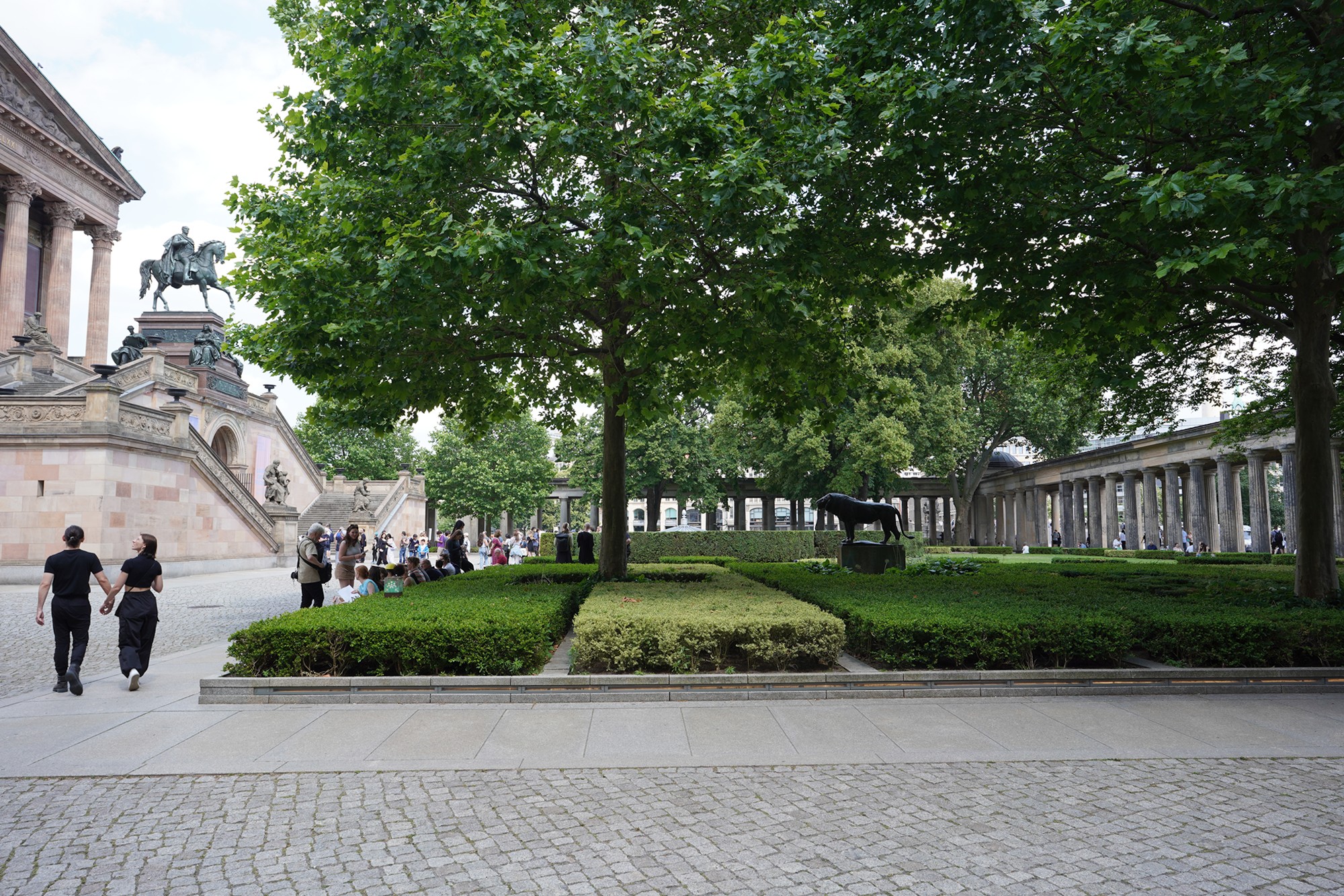
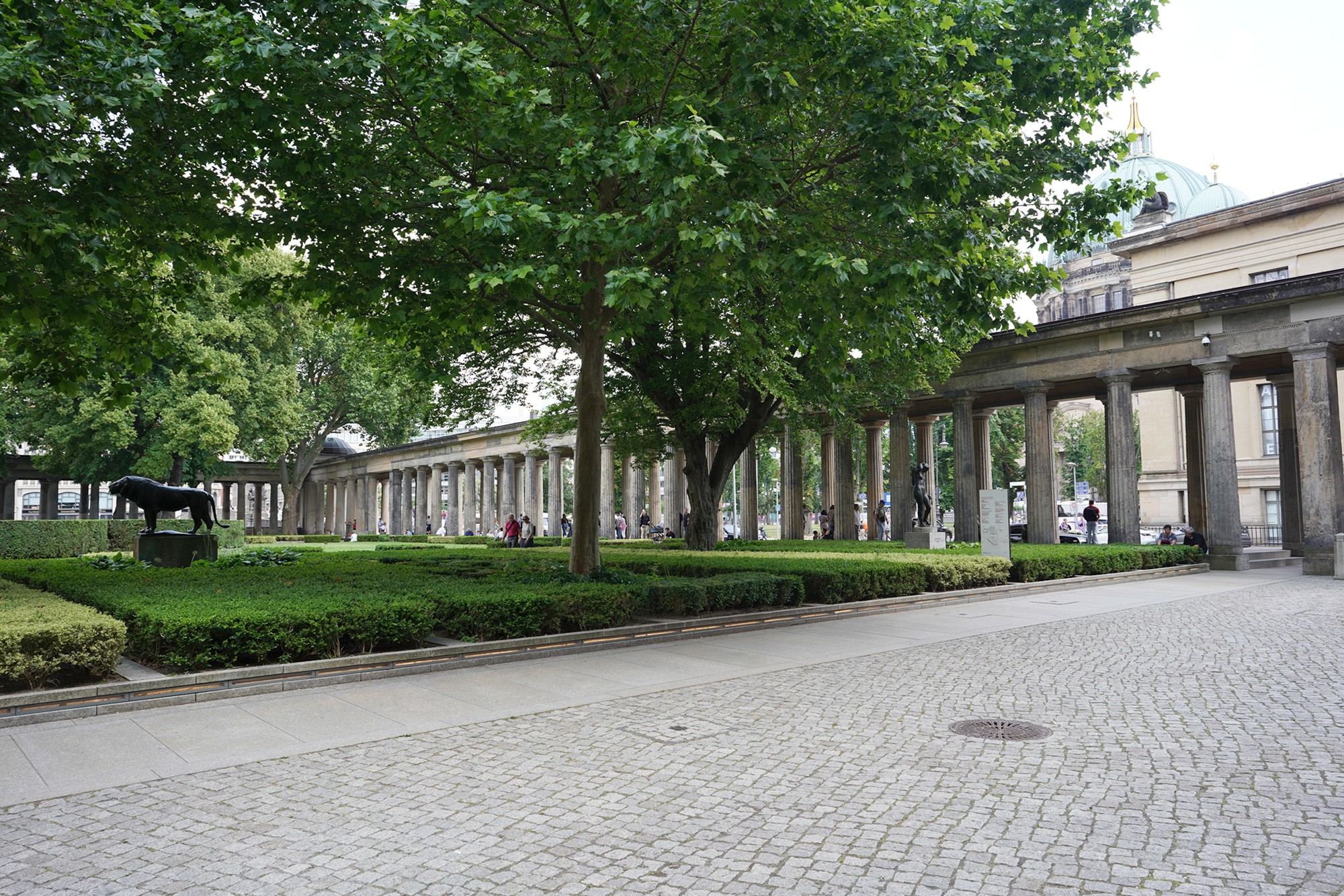
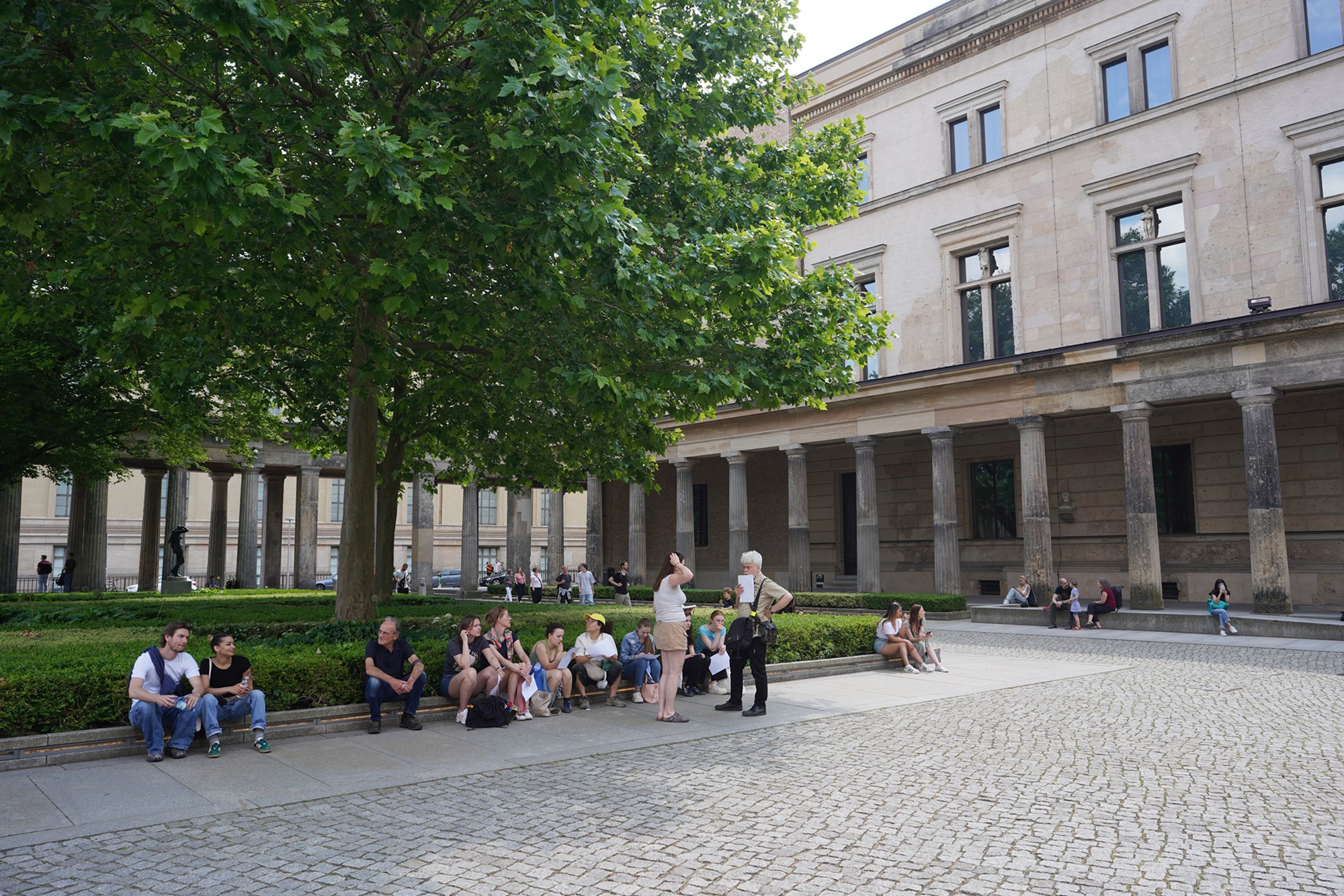
Next to the Alte Nationalgalerie is this Neues Museum (New Museum)
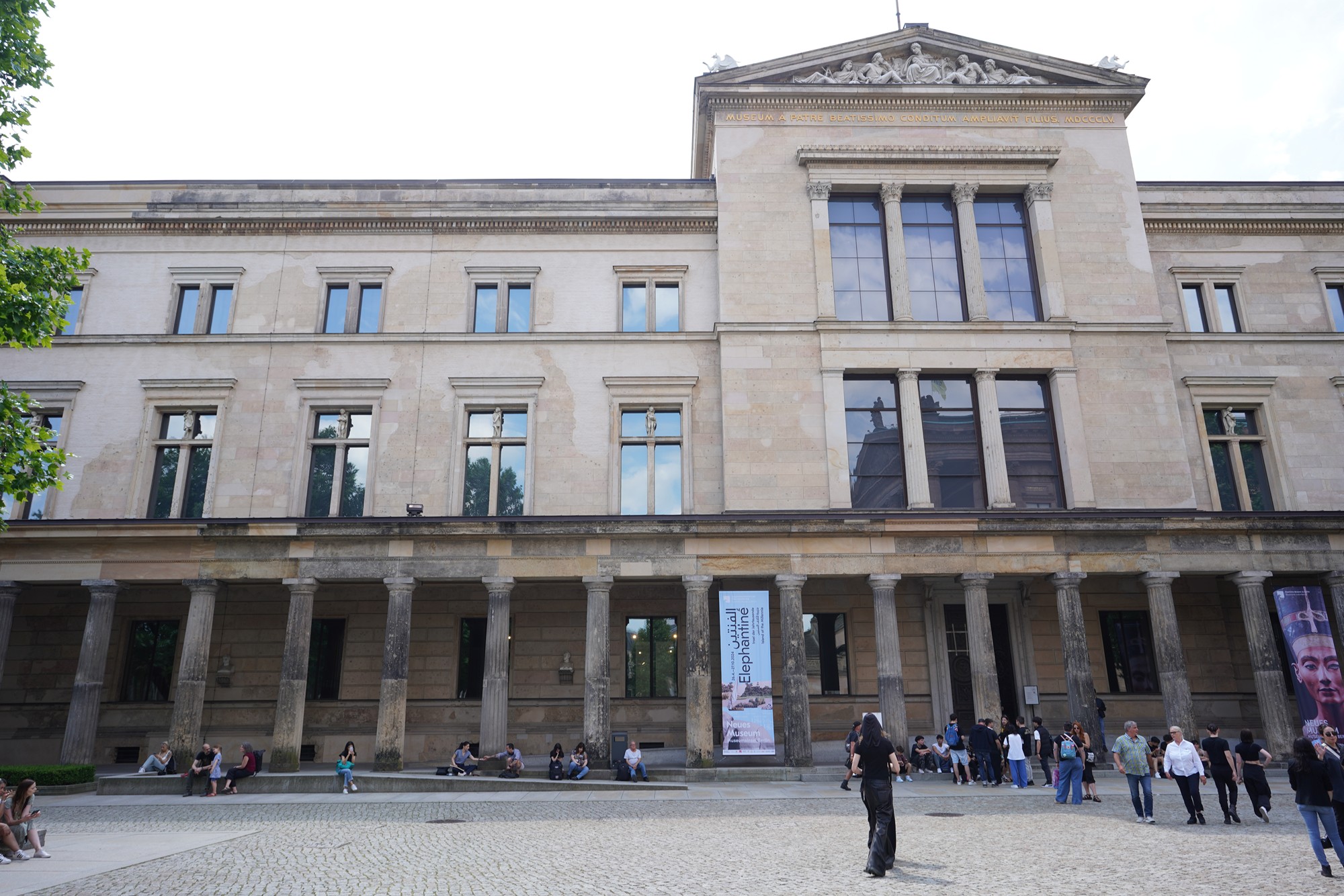
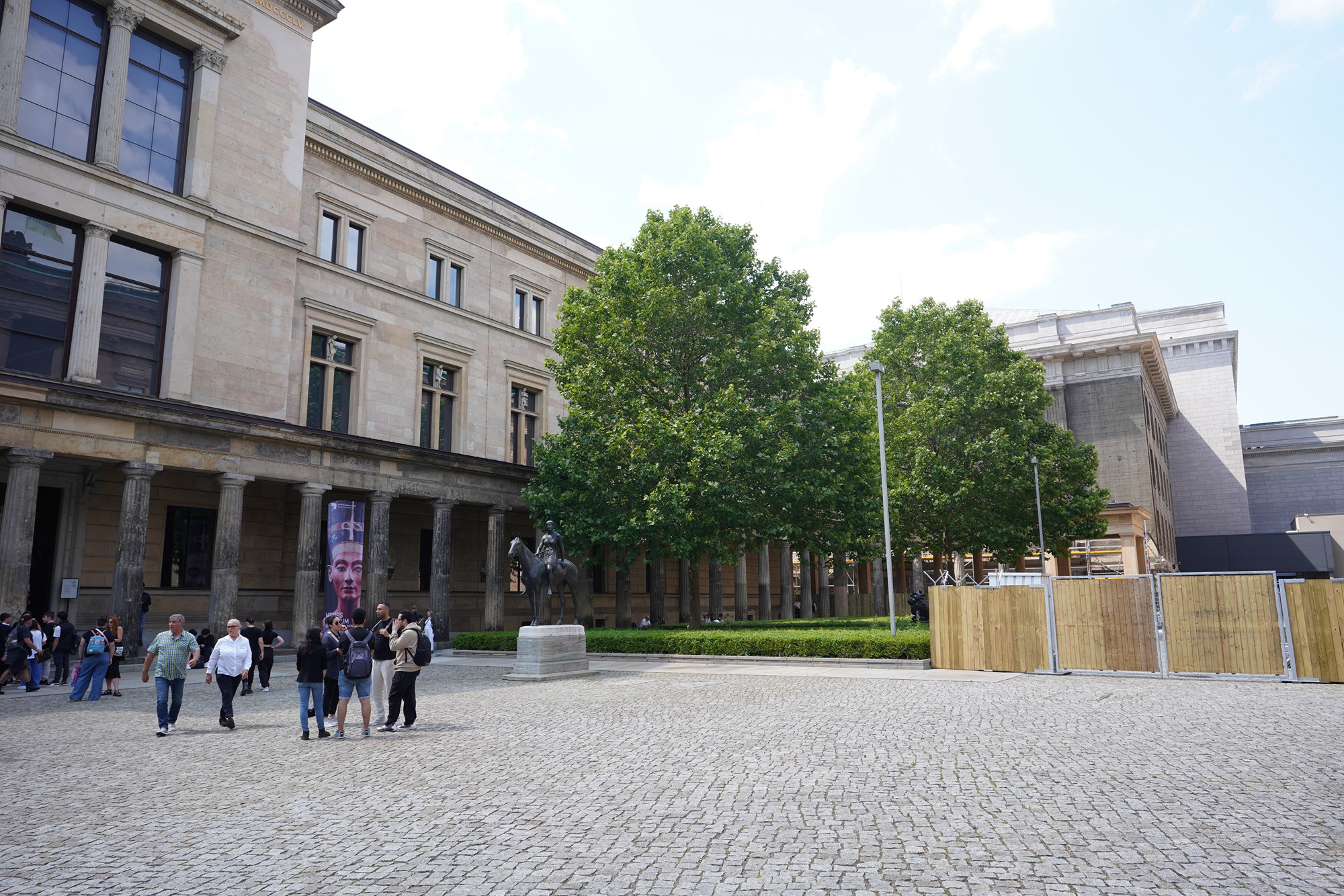
Came back to the Alte Nationalgalerie
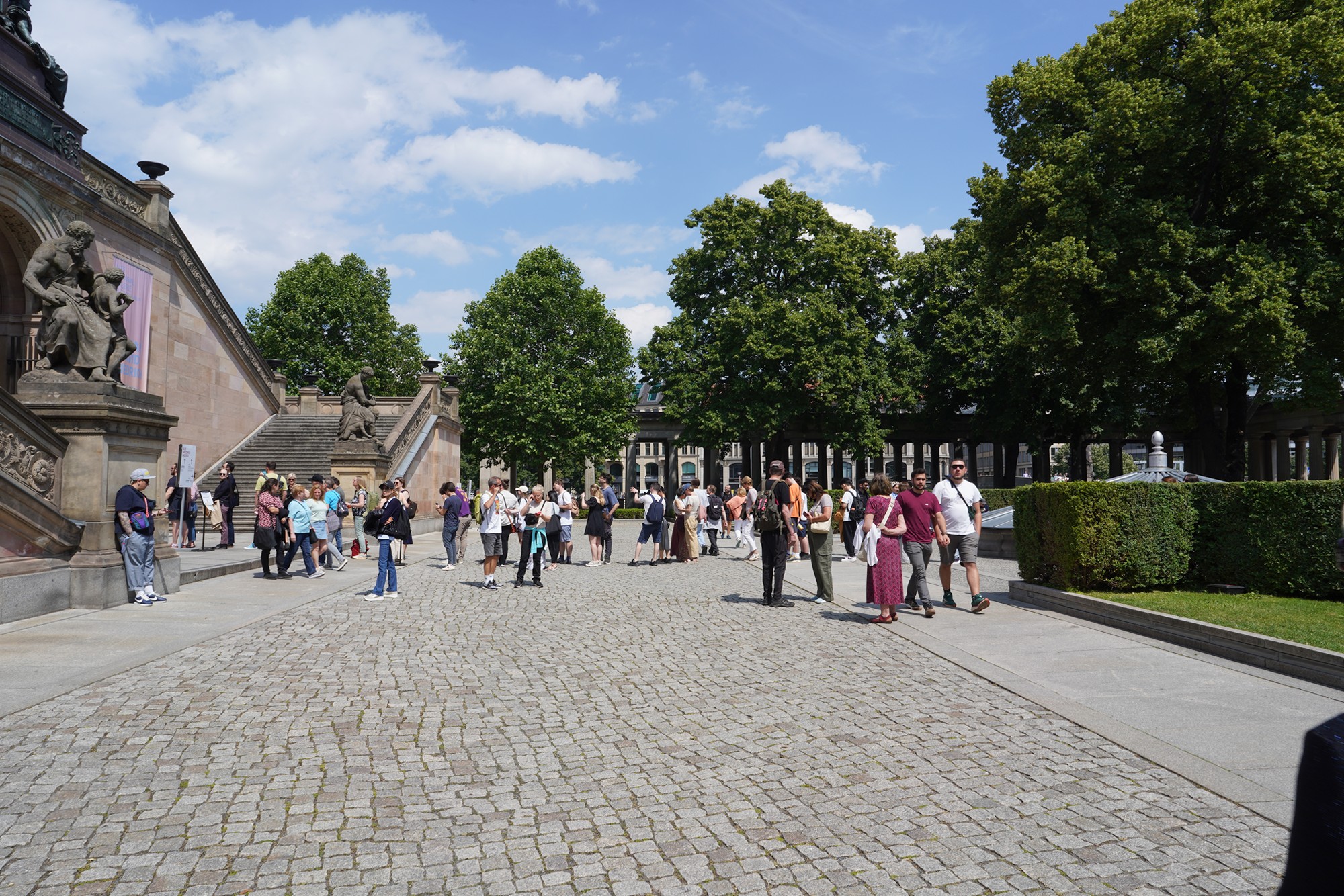
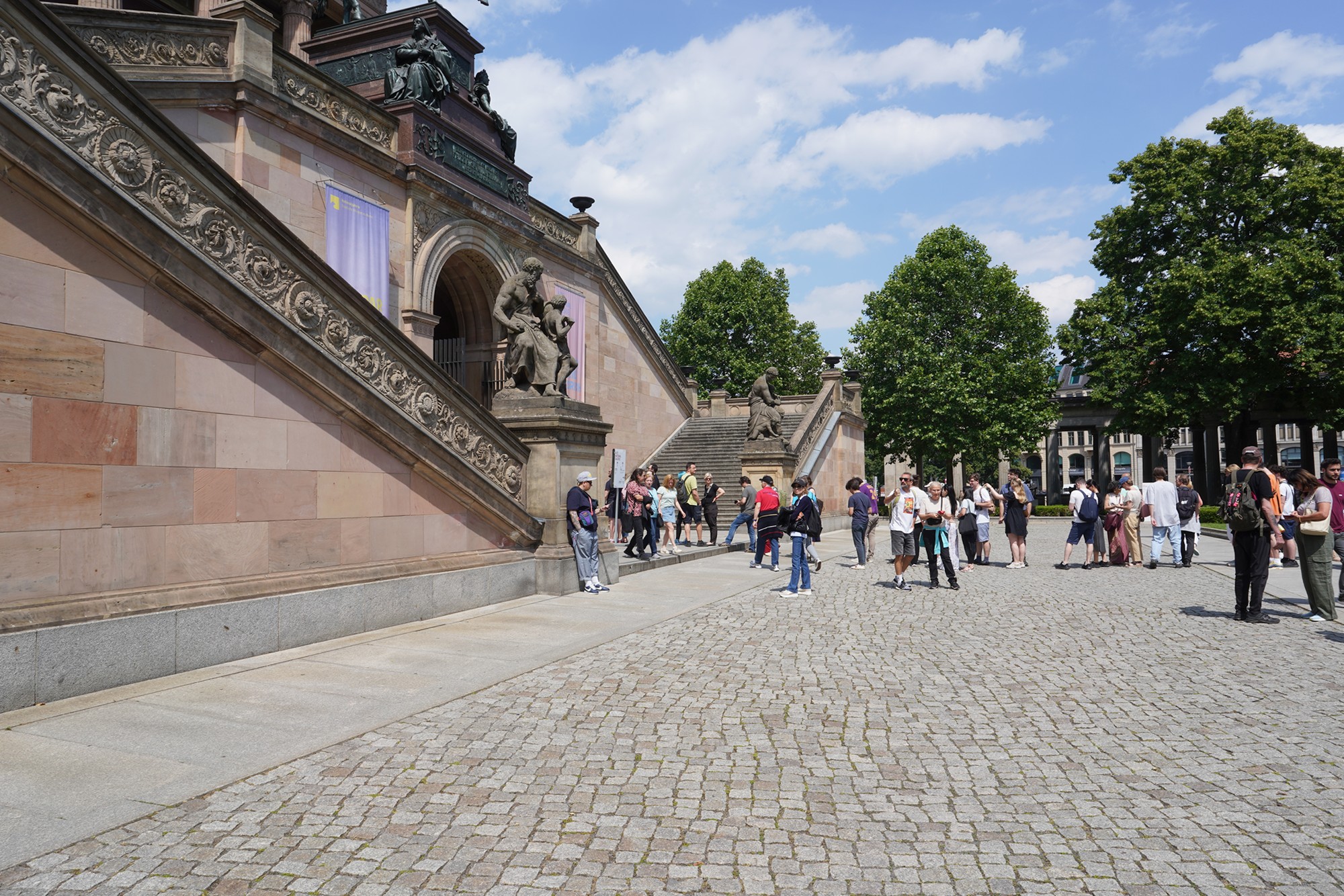
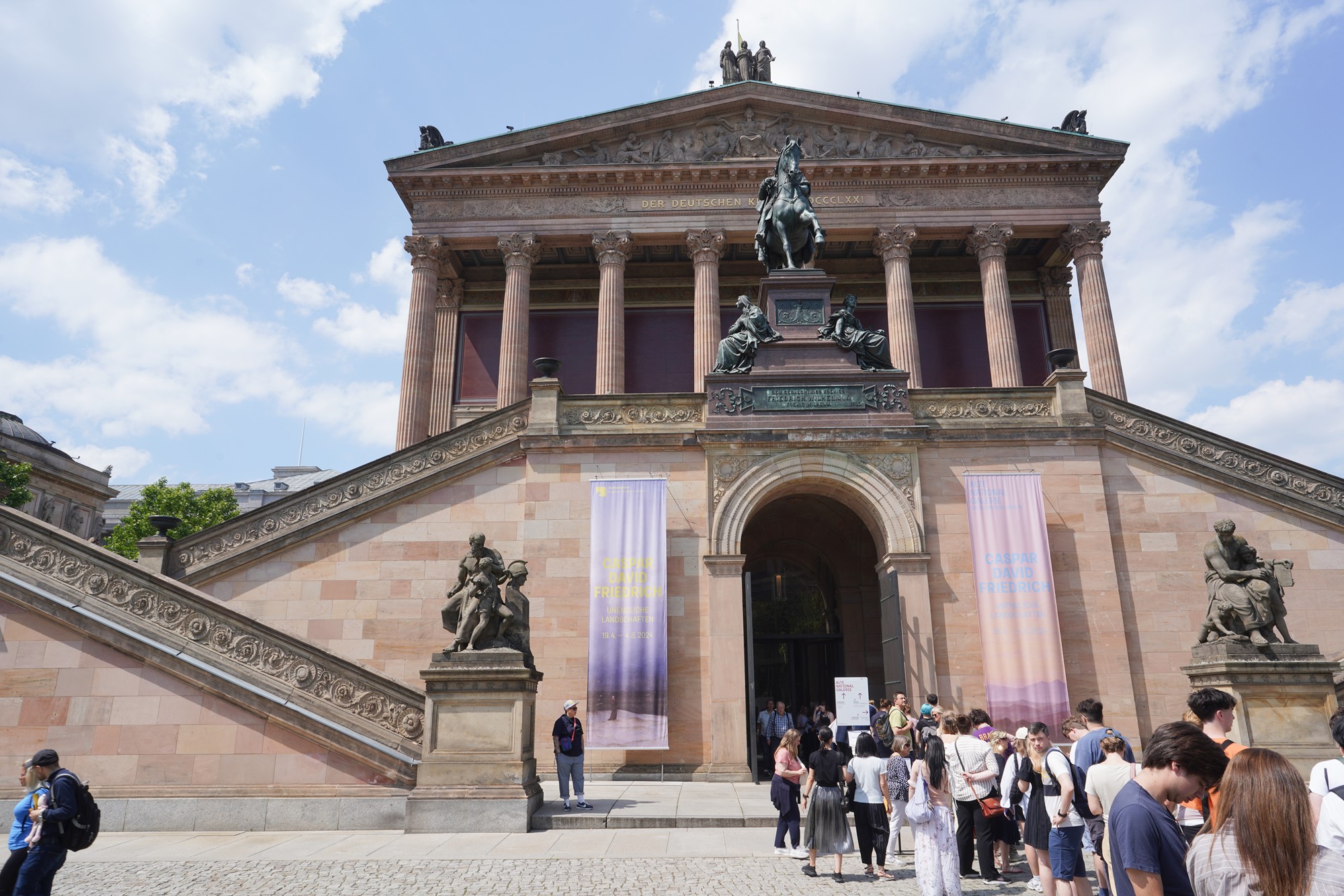
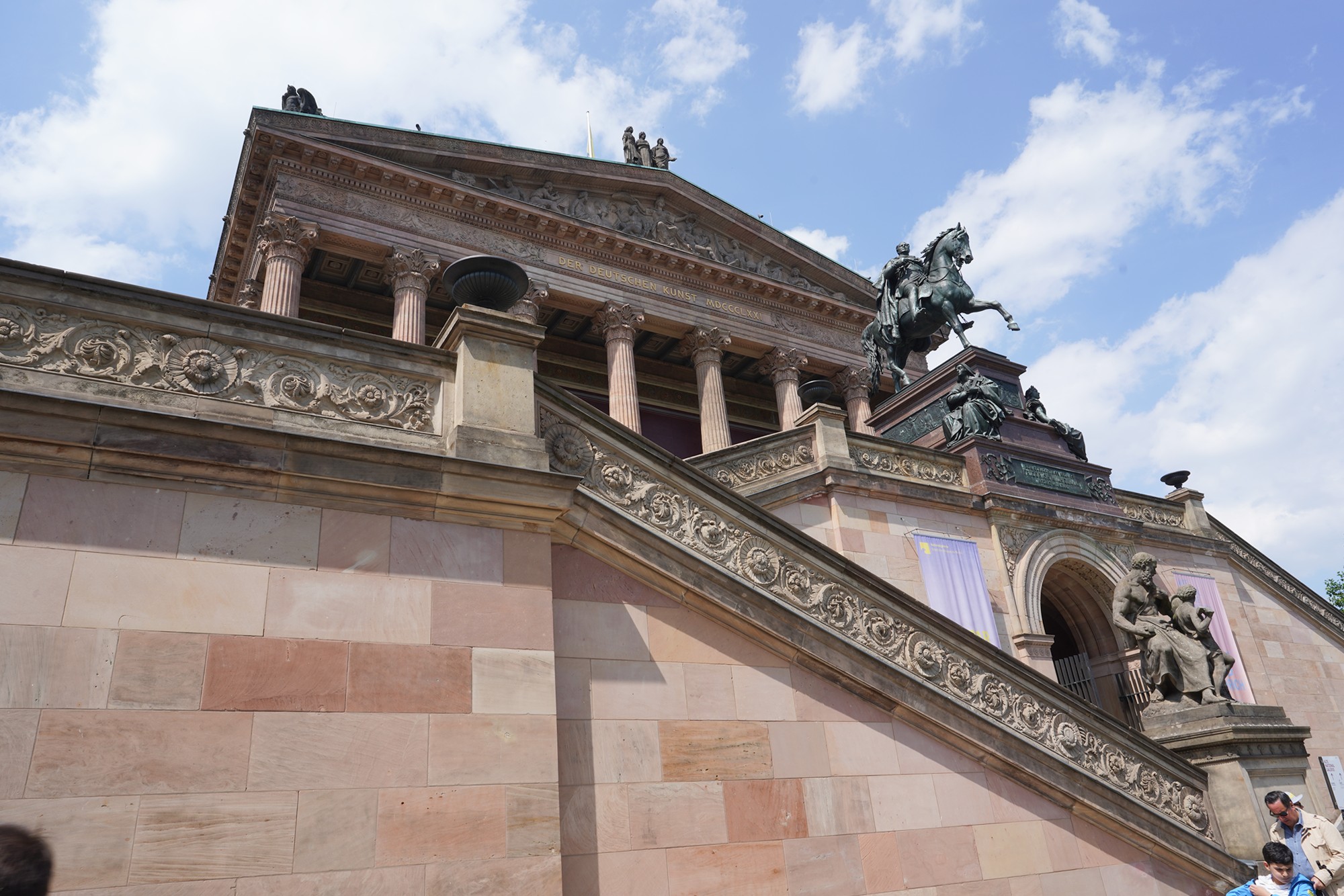
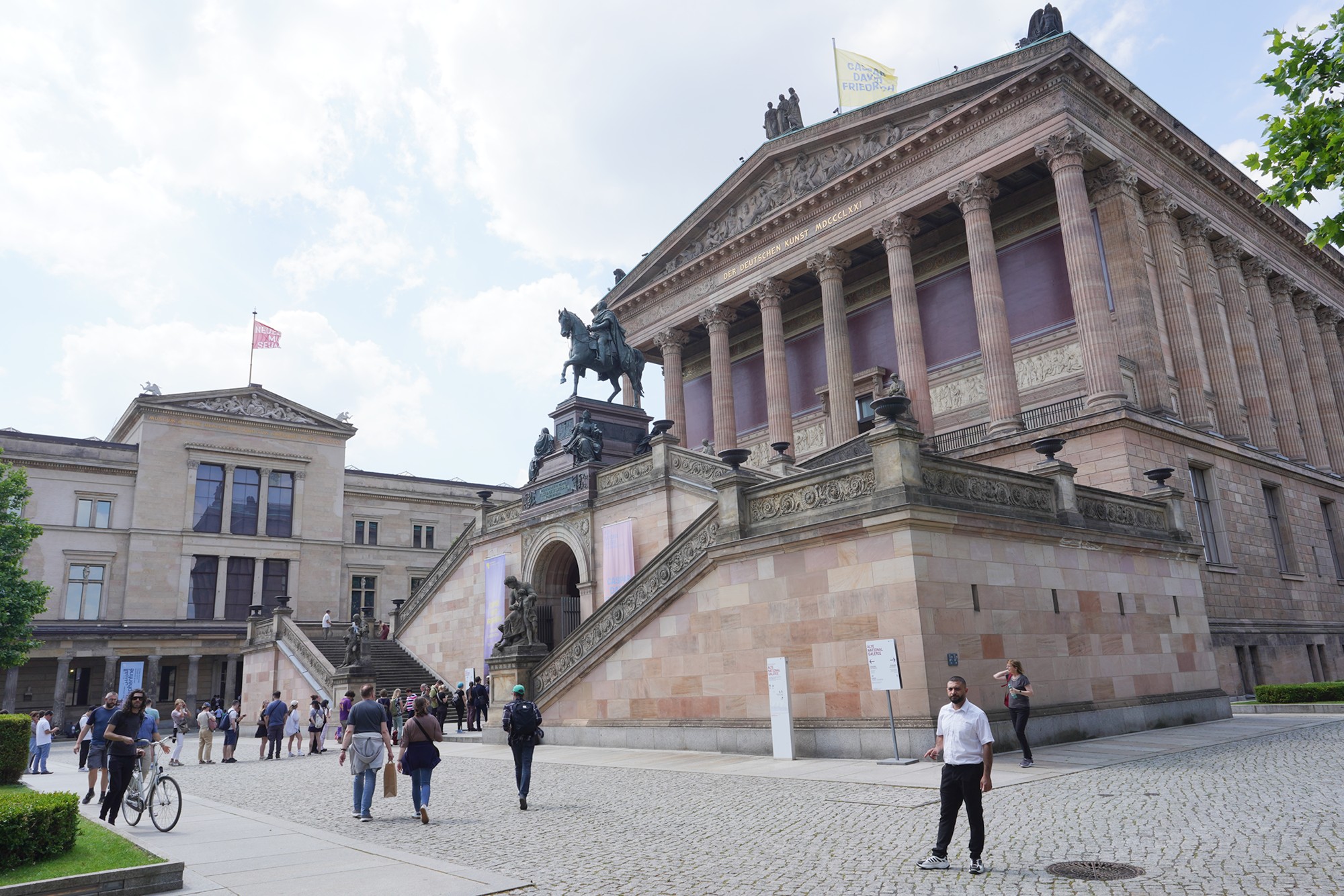
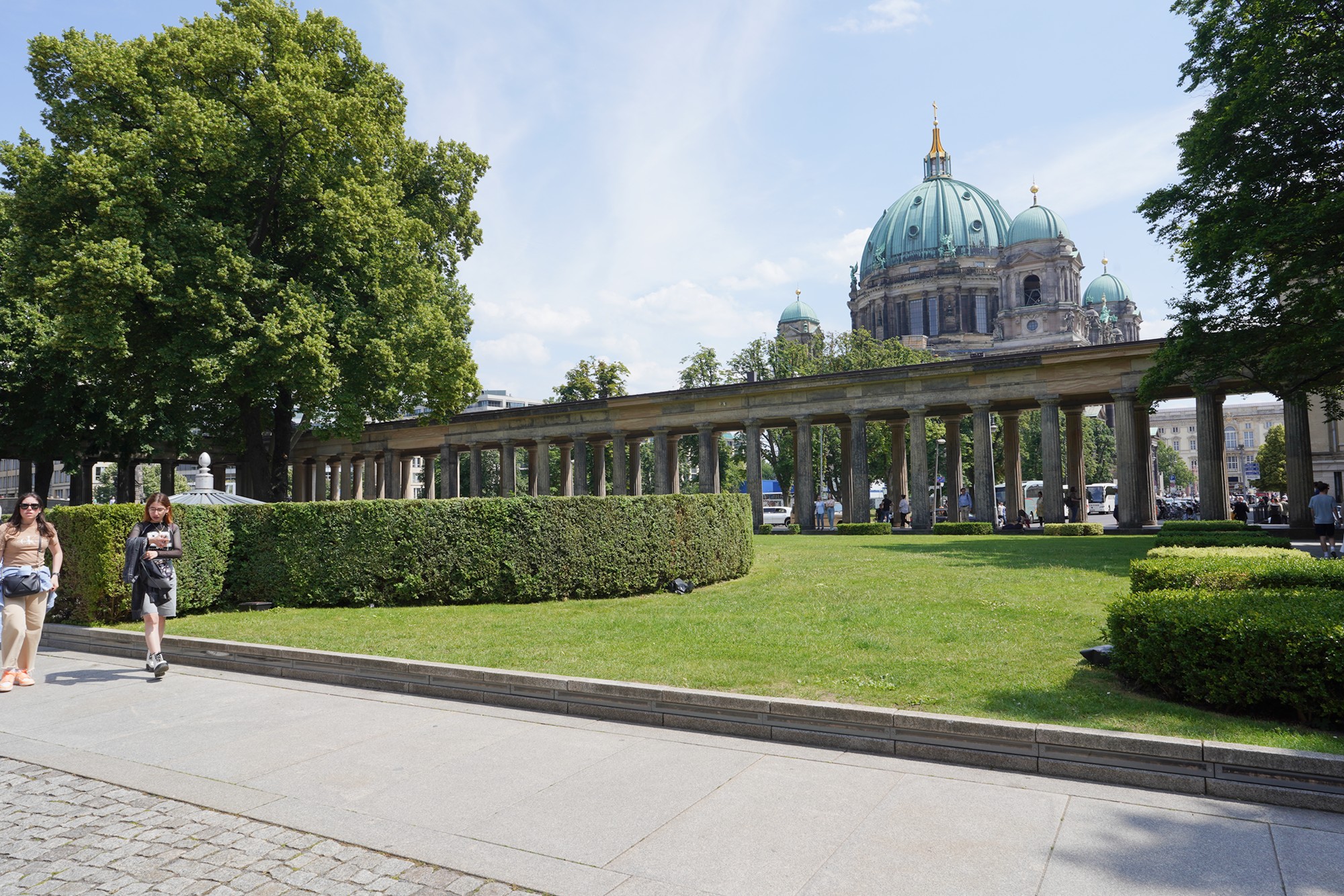
Berlin Cathedral
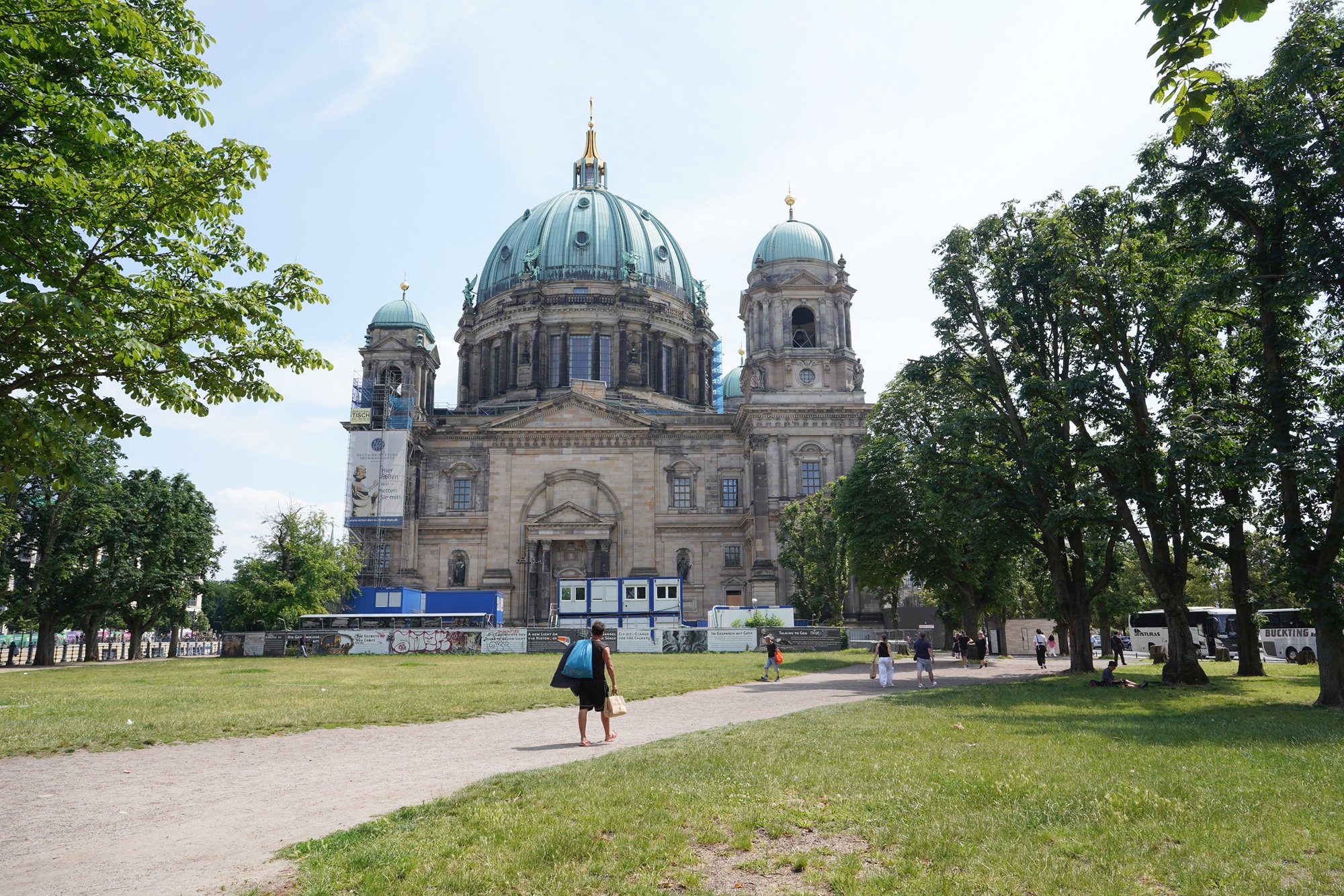
Walked across the Eiserne Bridge
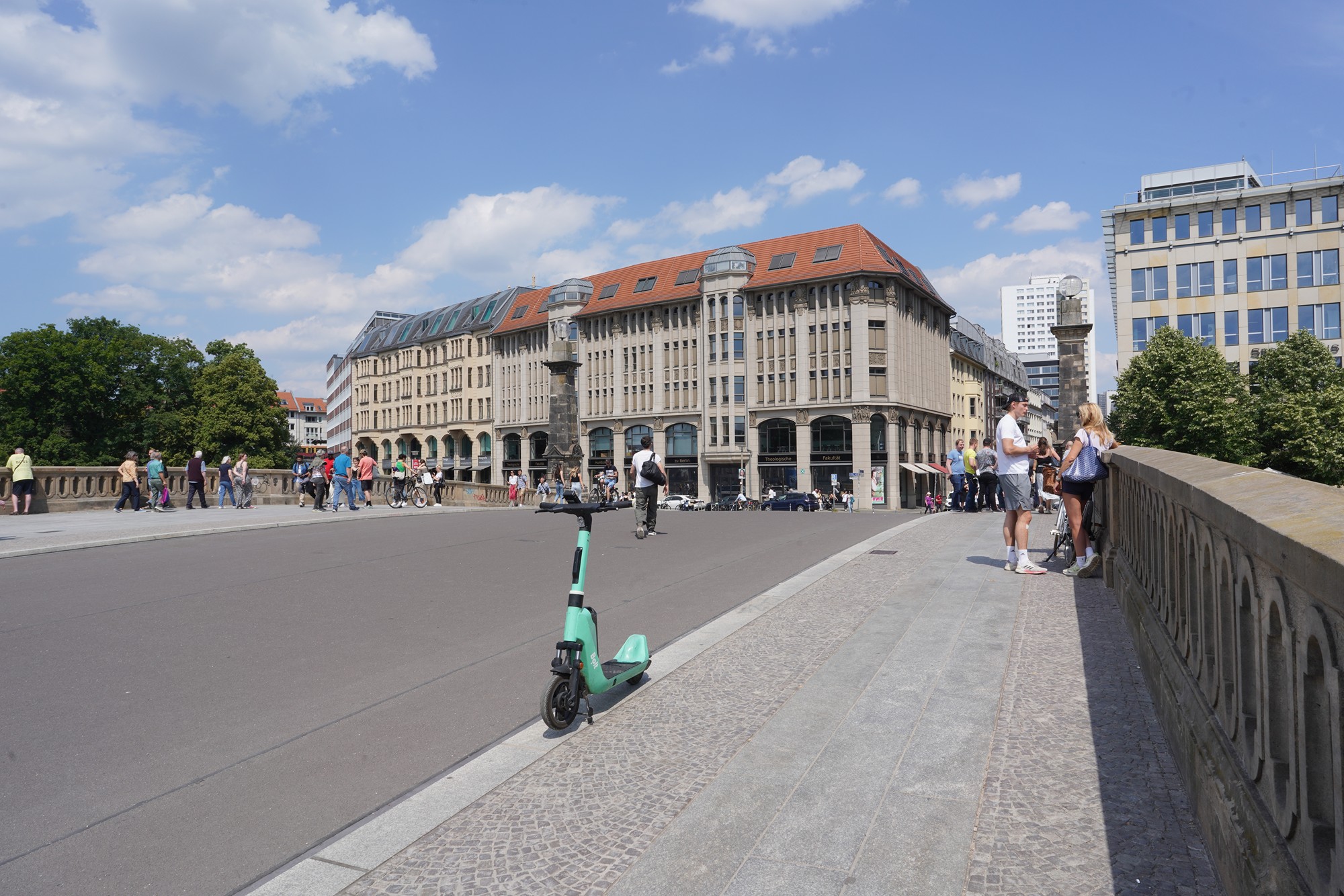
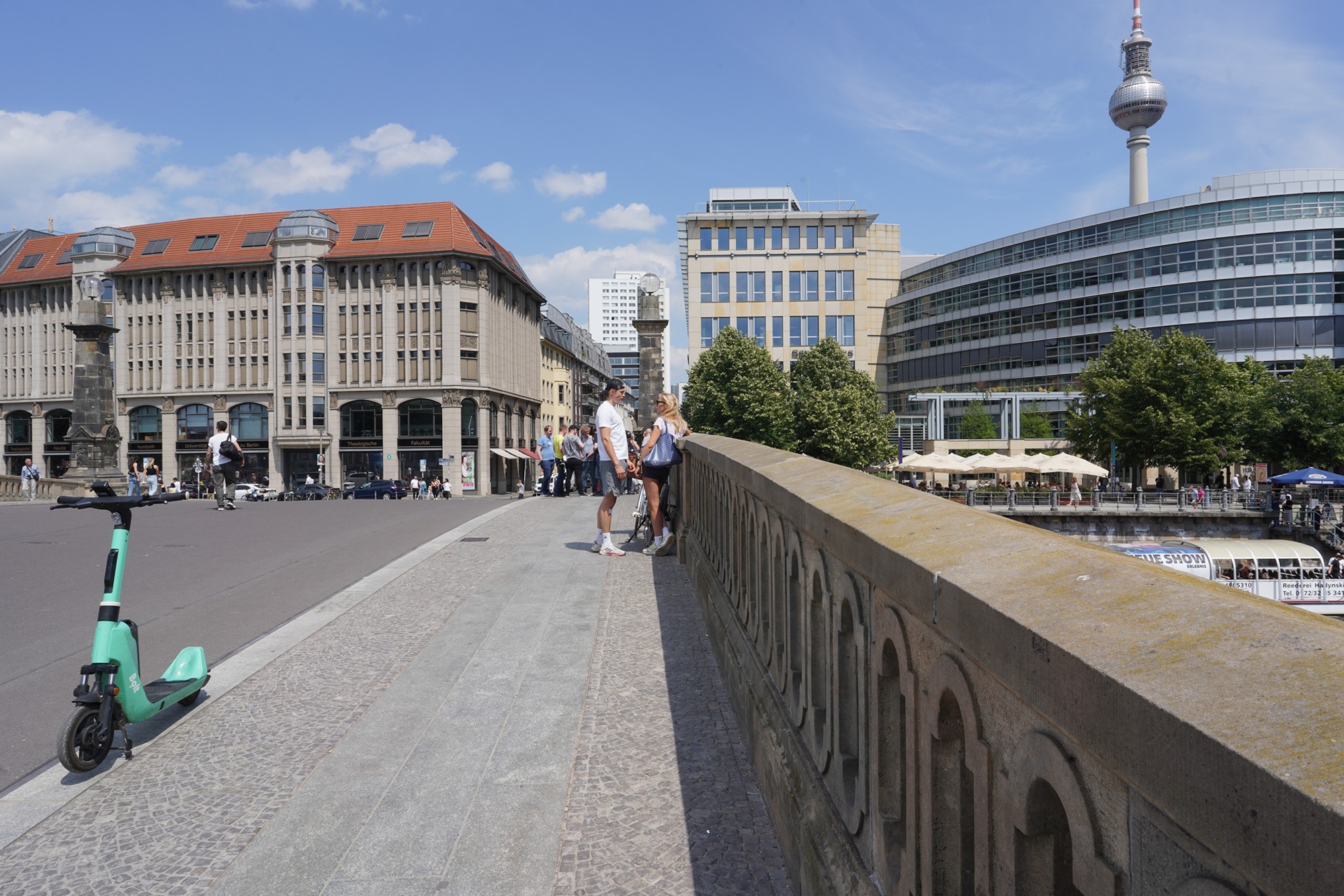
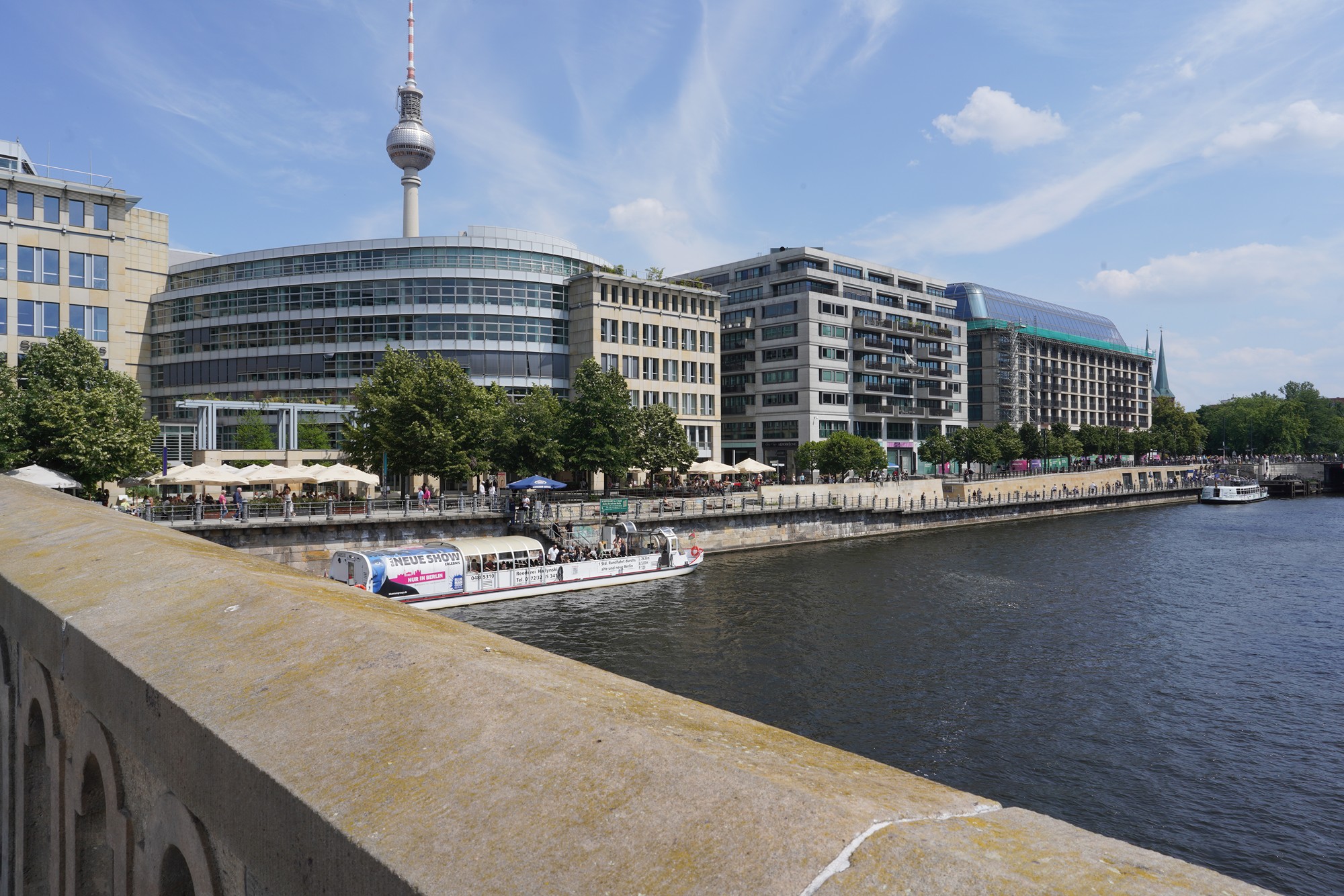
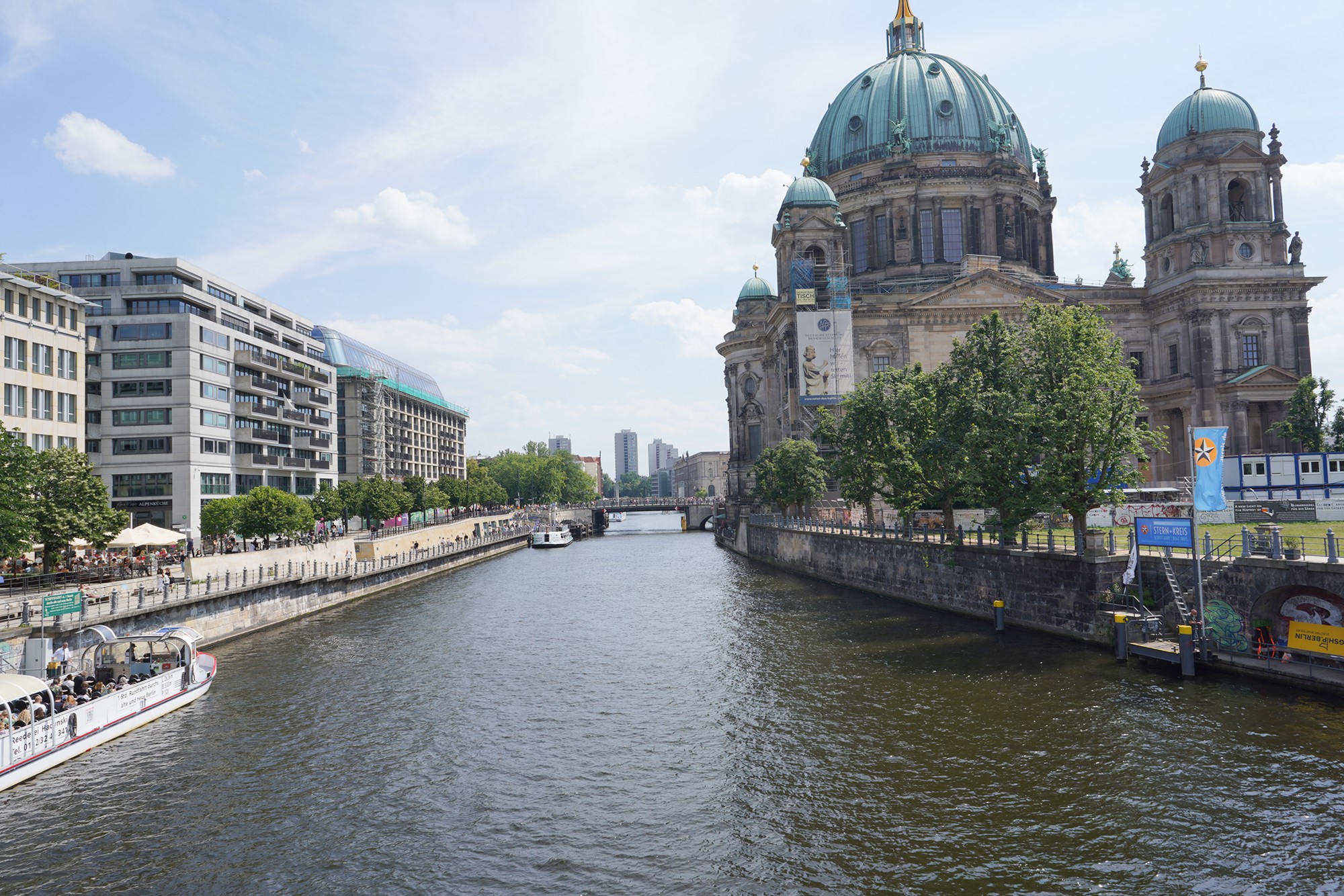
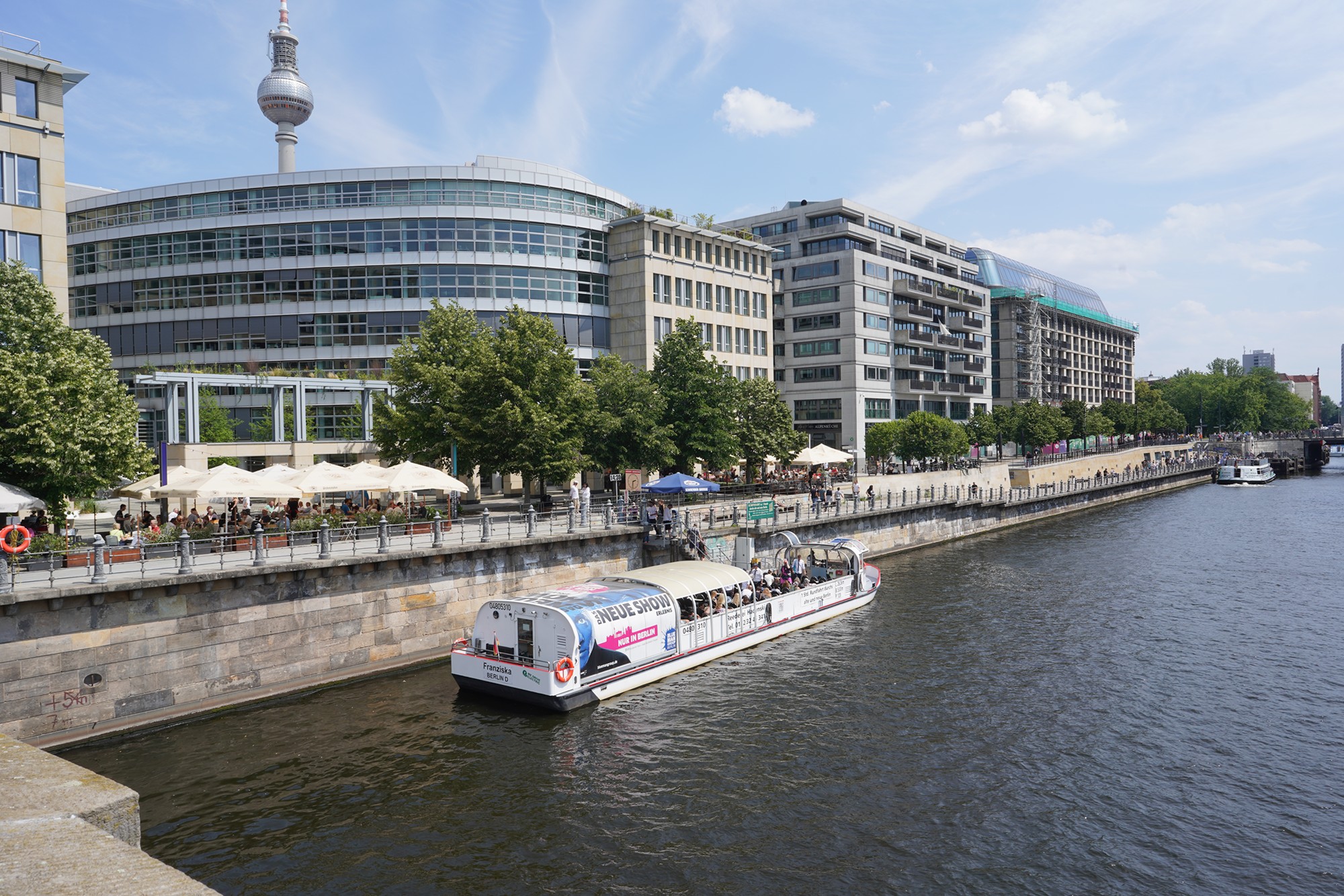
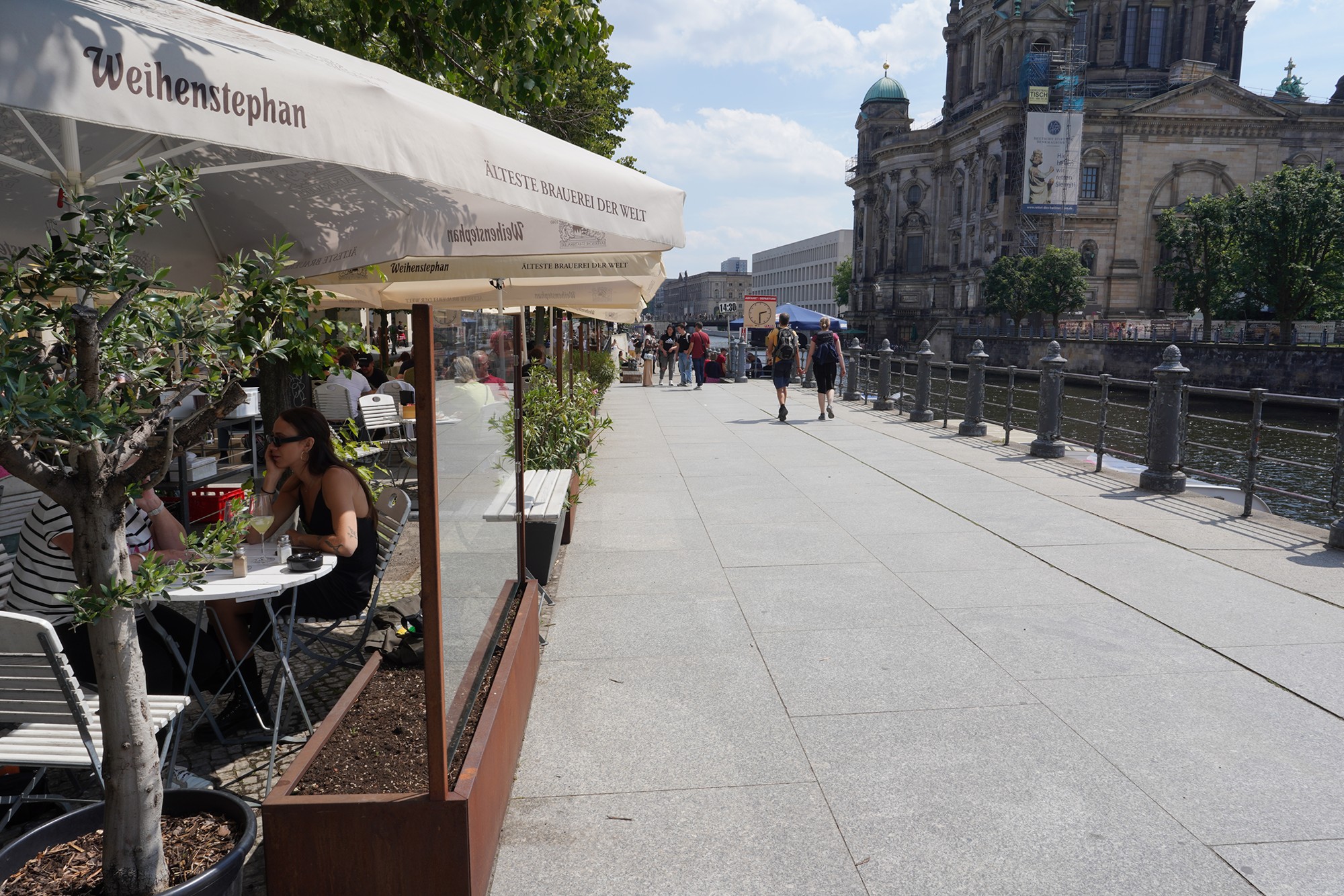
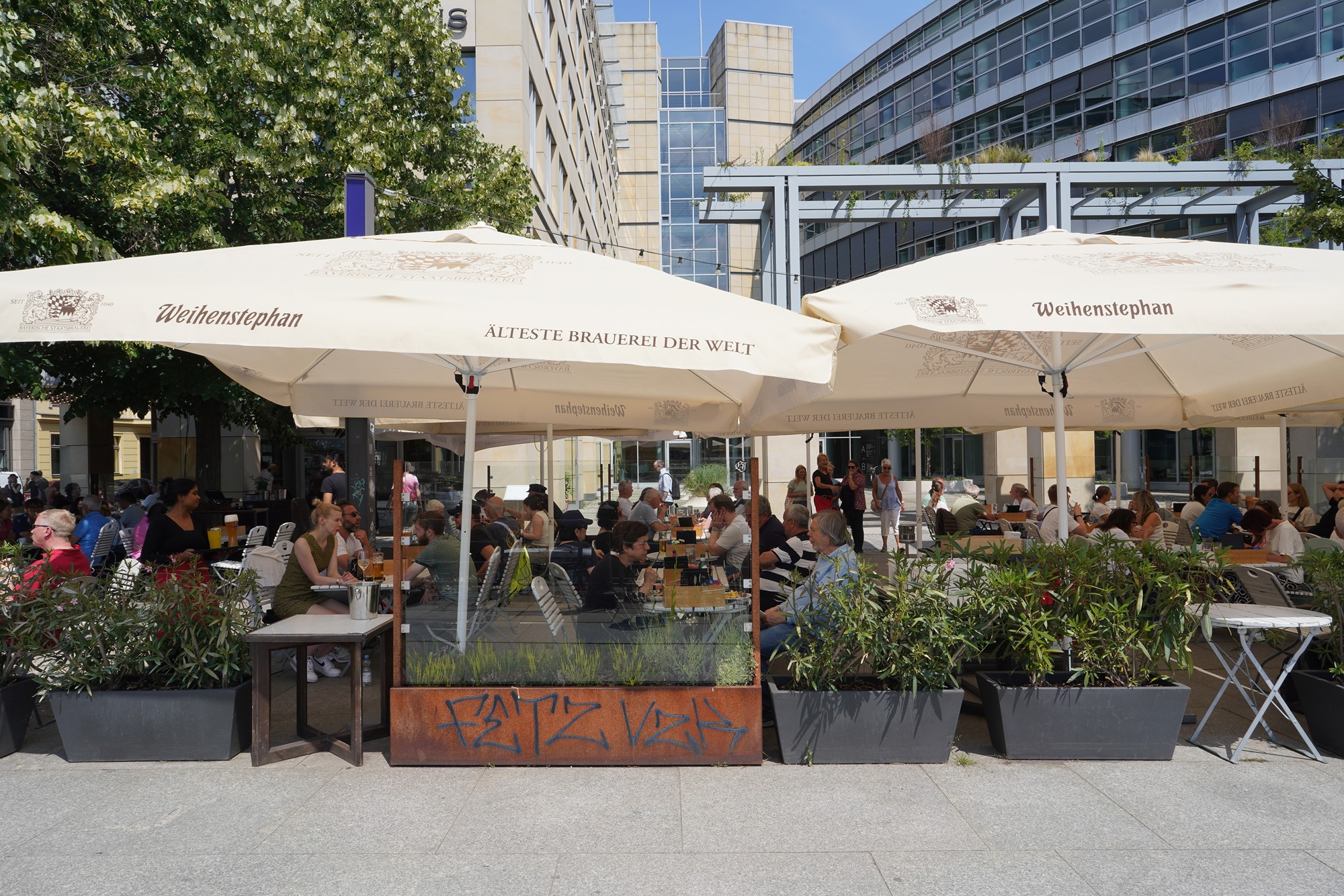
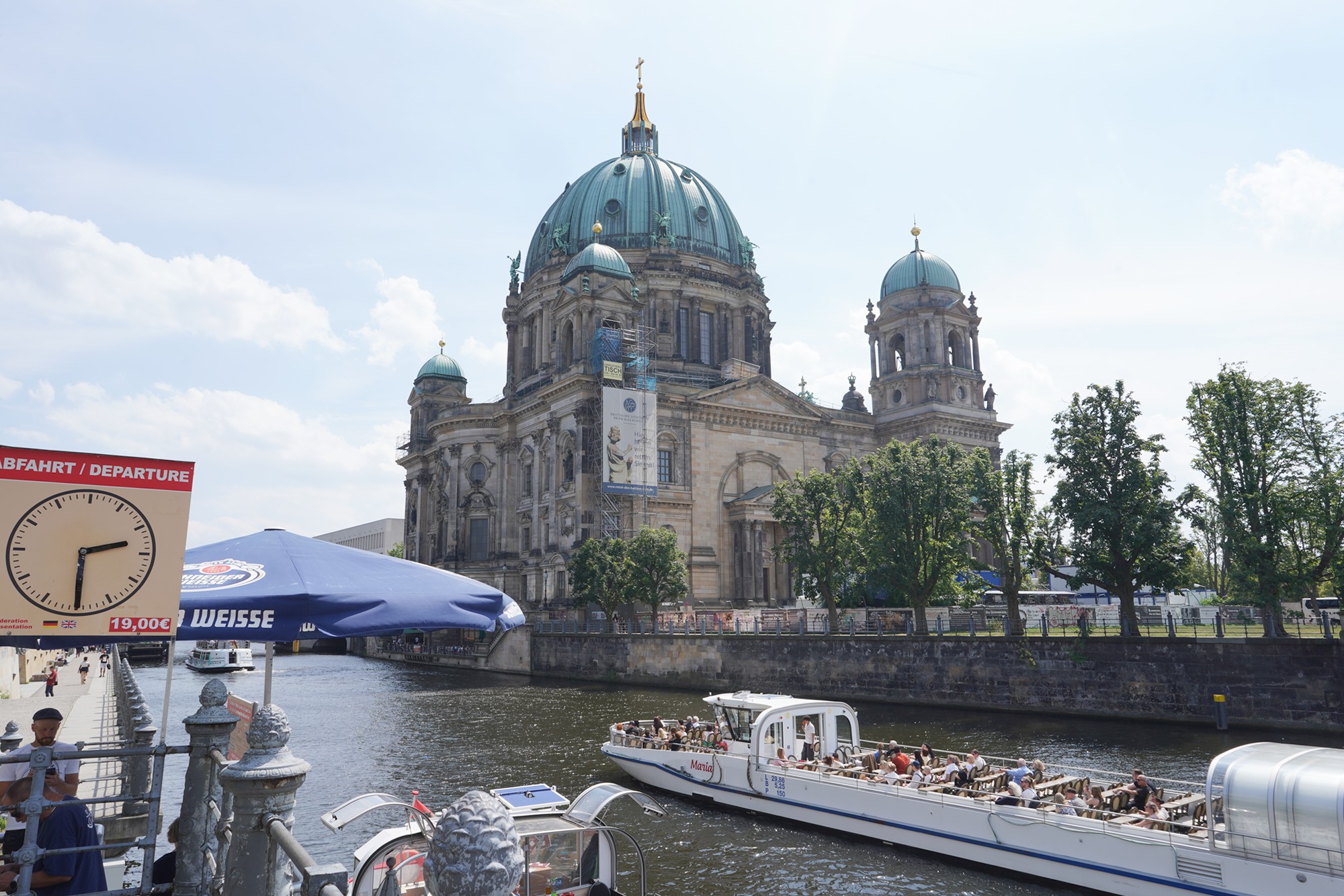
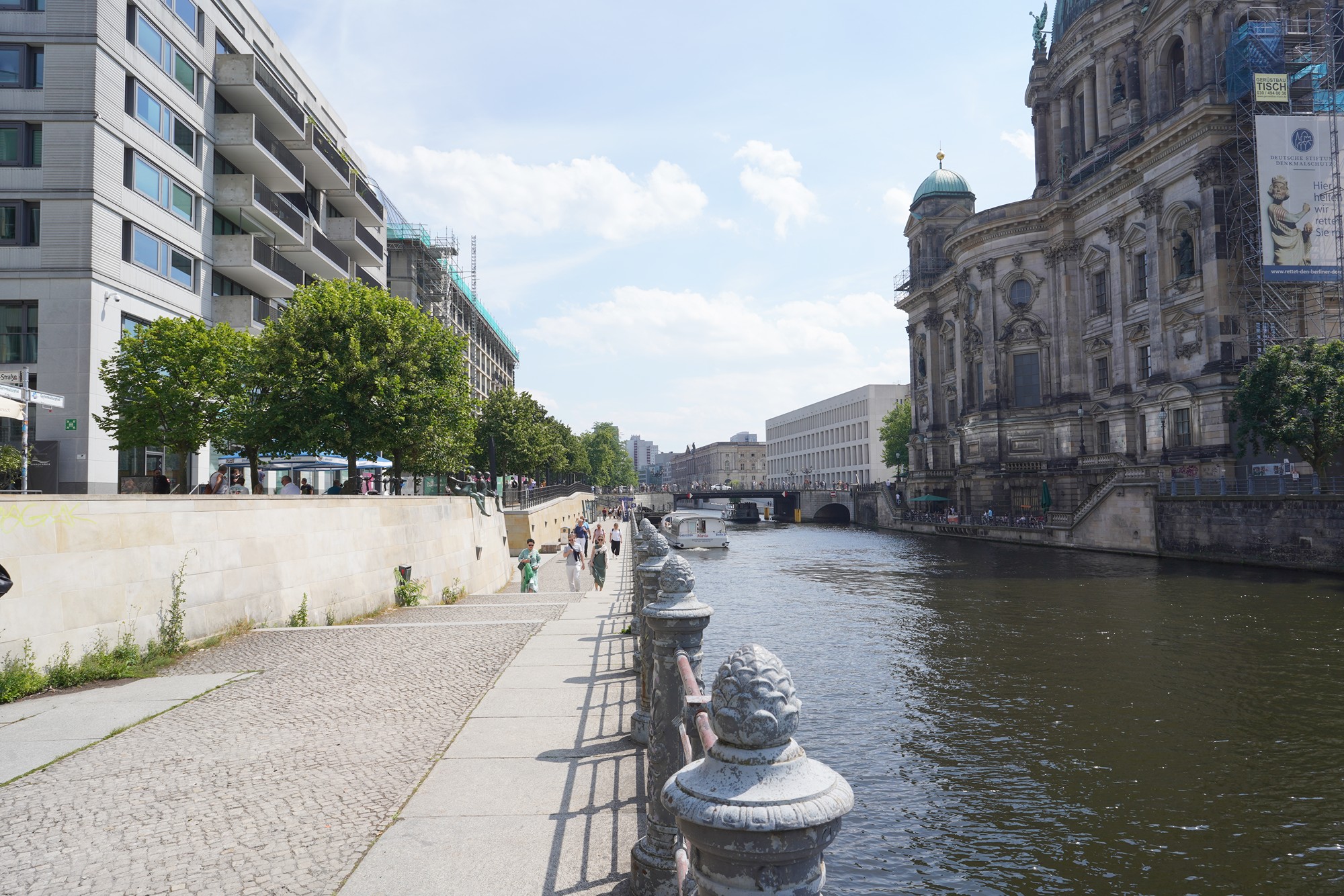
The DDR Museum Museum is located near the bridge far ahead.
Inside the DDR Museum. The DDR Museum in Berlin is a highly interactive museum dedicated to the everyday life and culture in East Germany (the German Democratic Republic or DDR) during the Cold War.
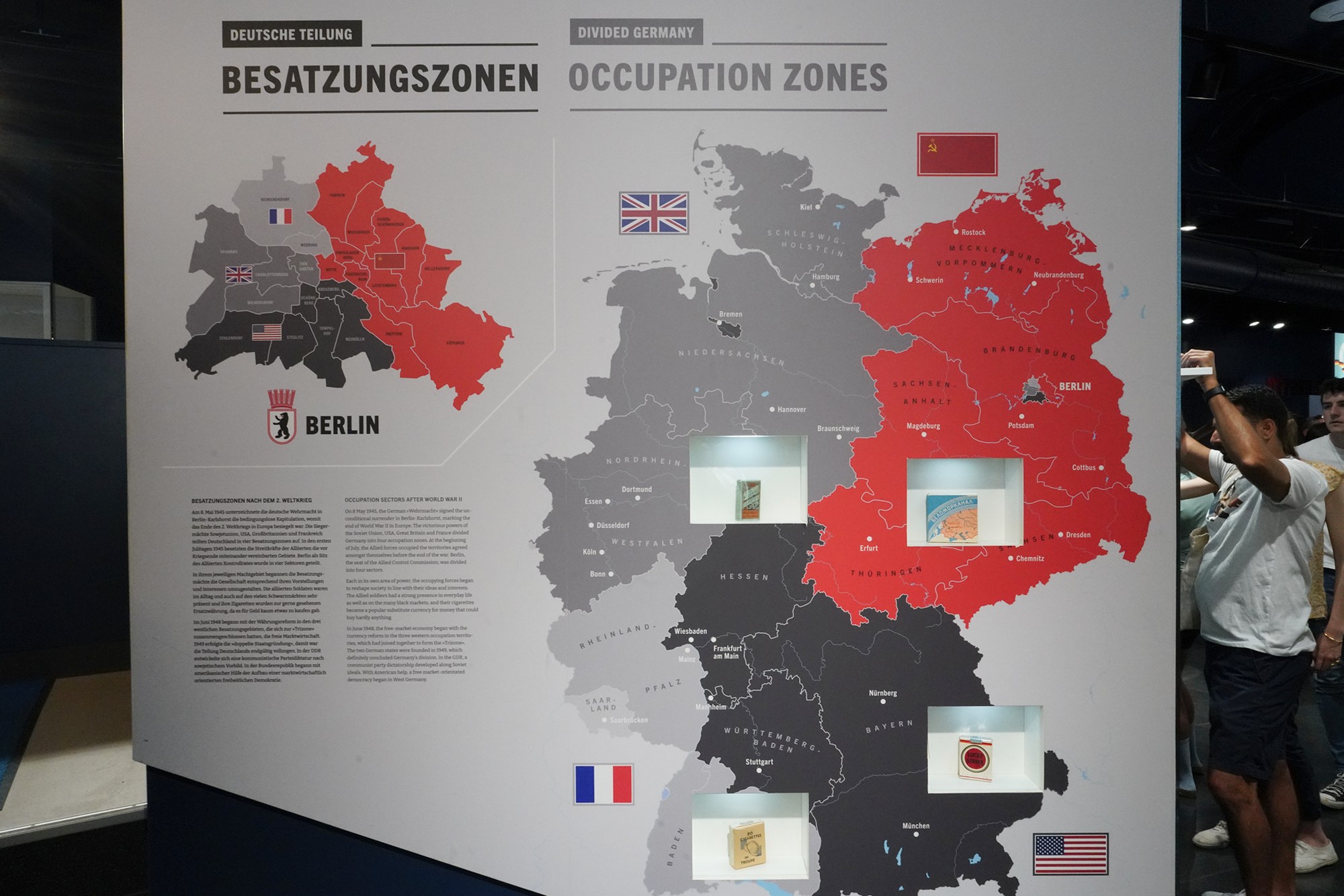
I will have a separate blog post on this museum later.
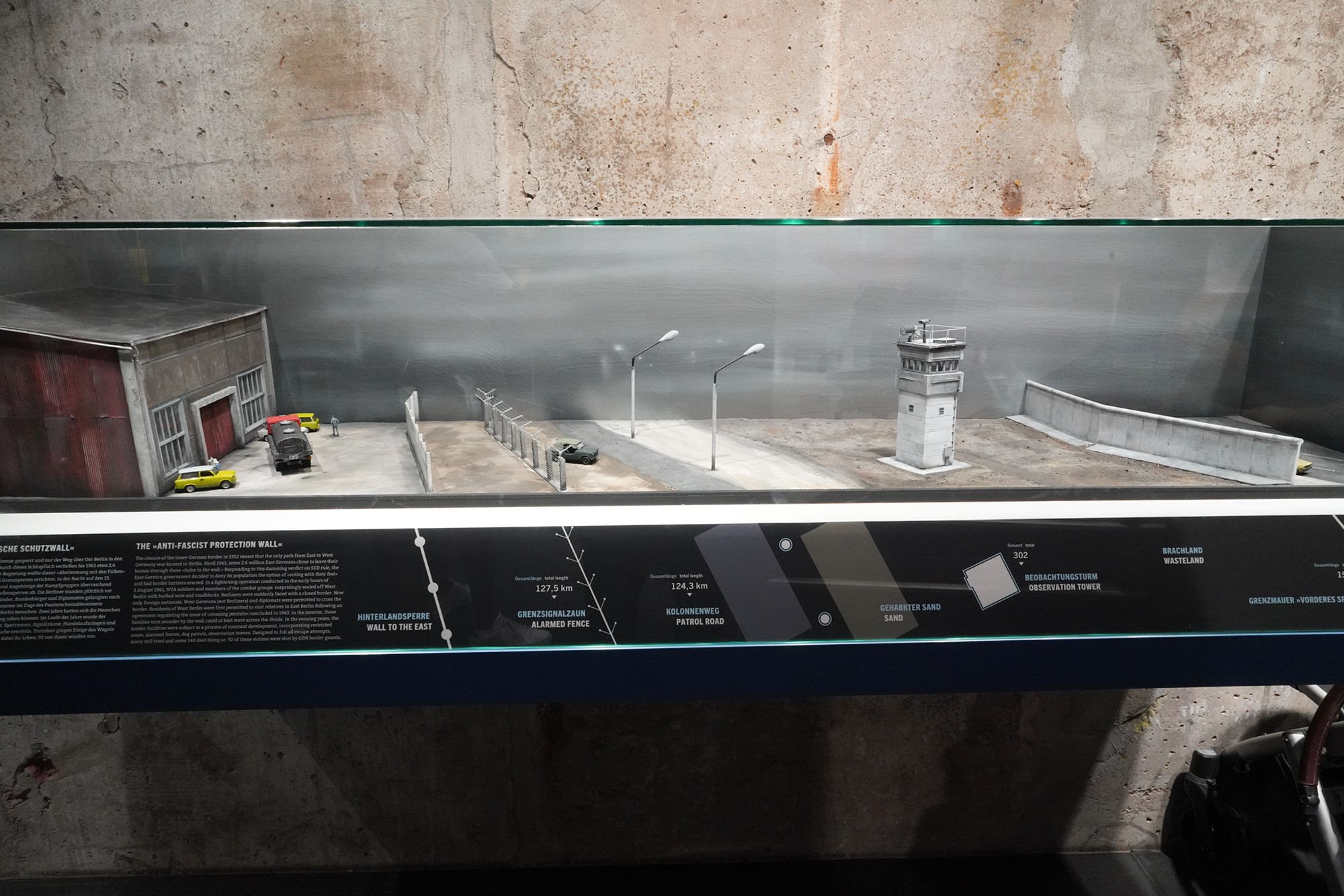
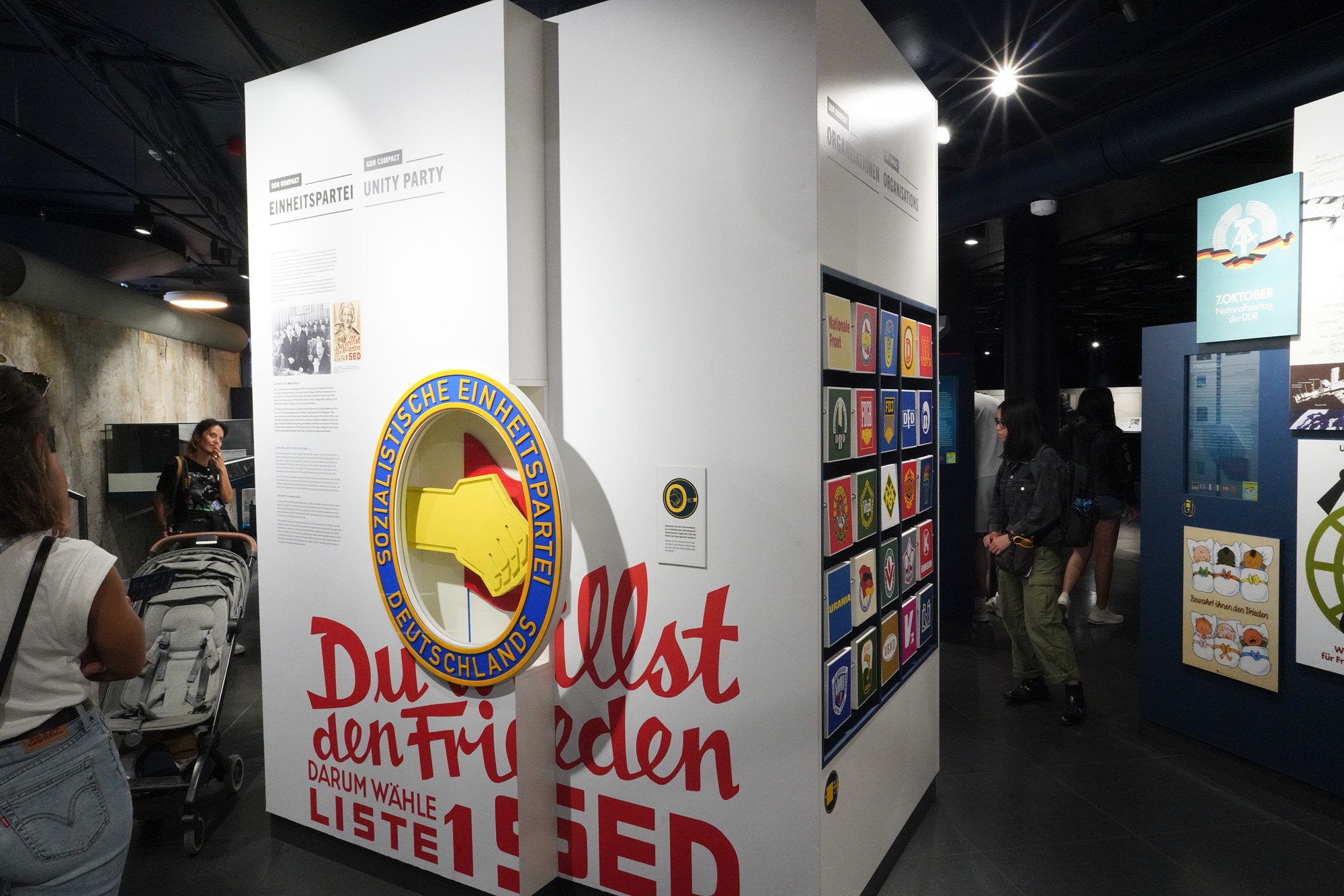
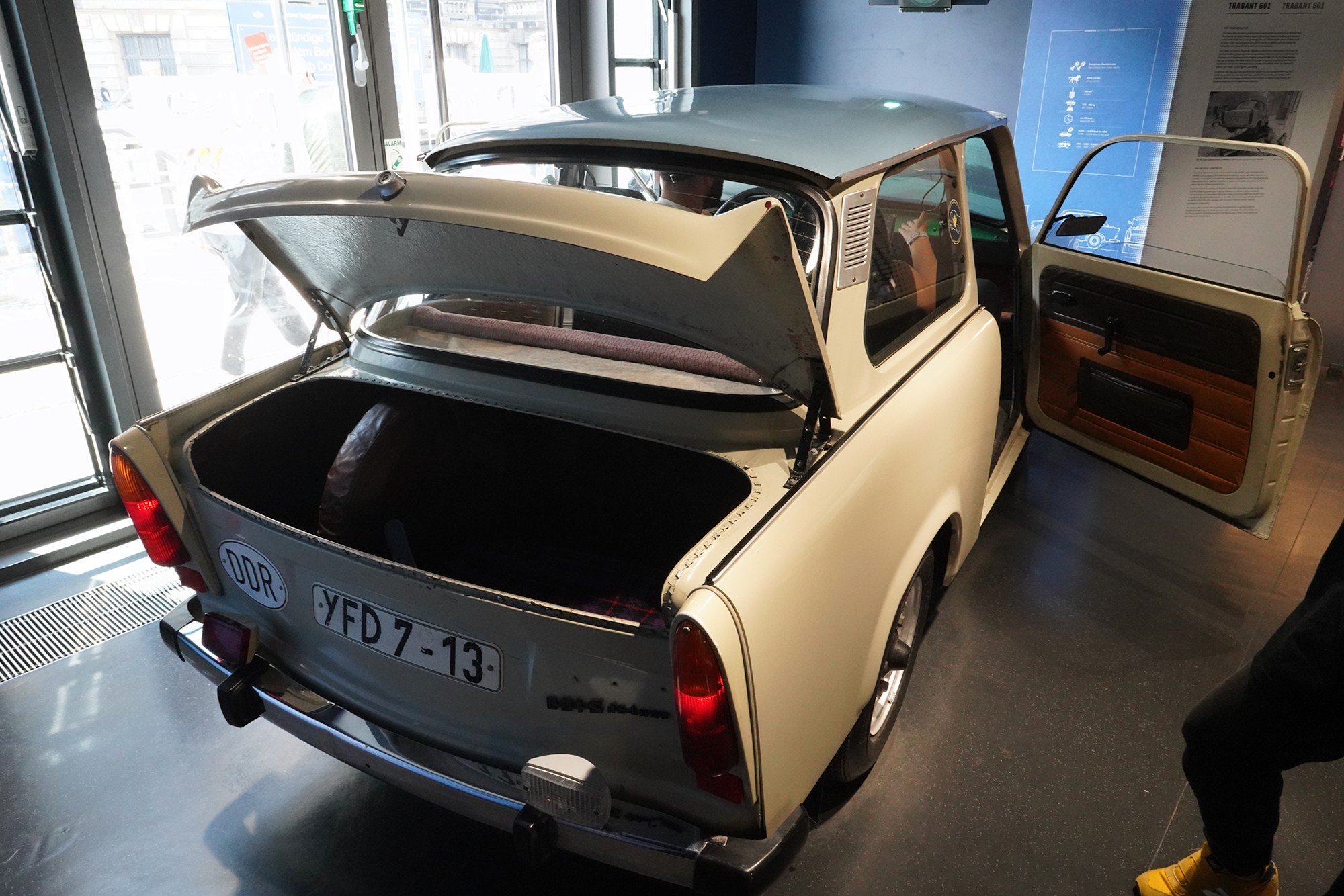
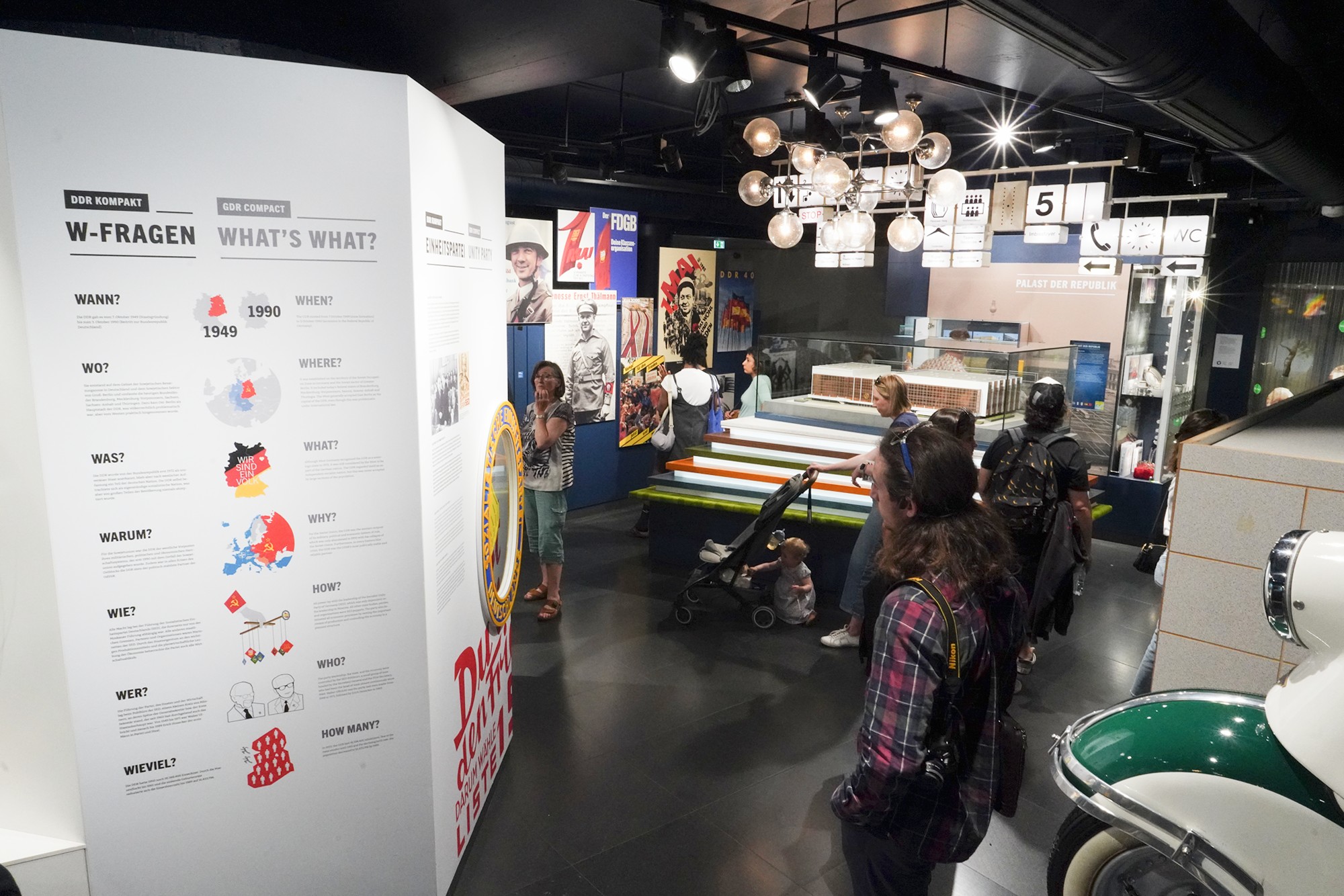
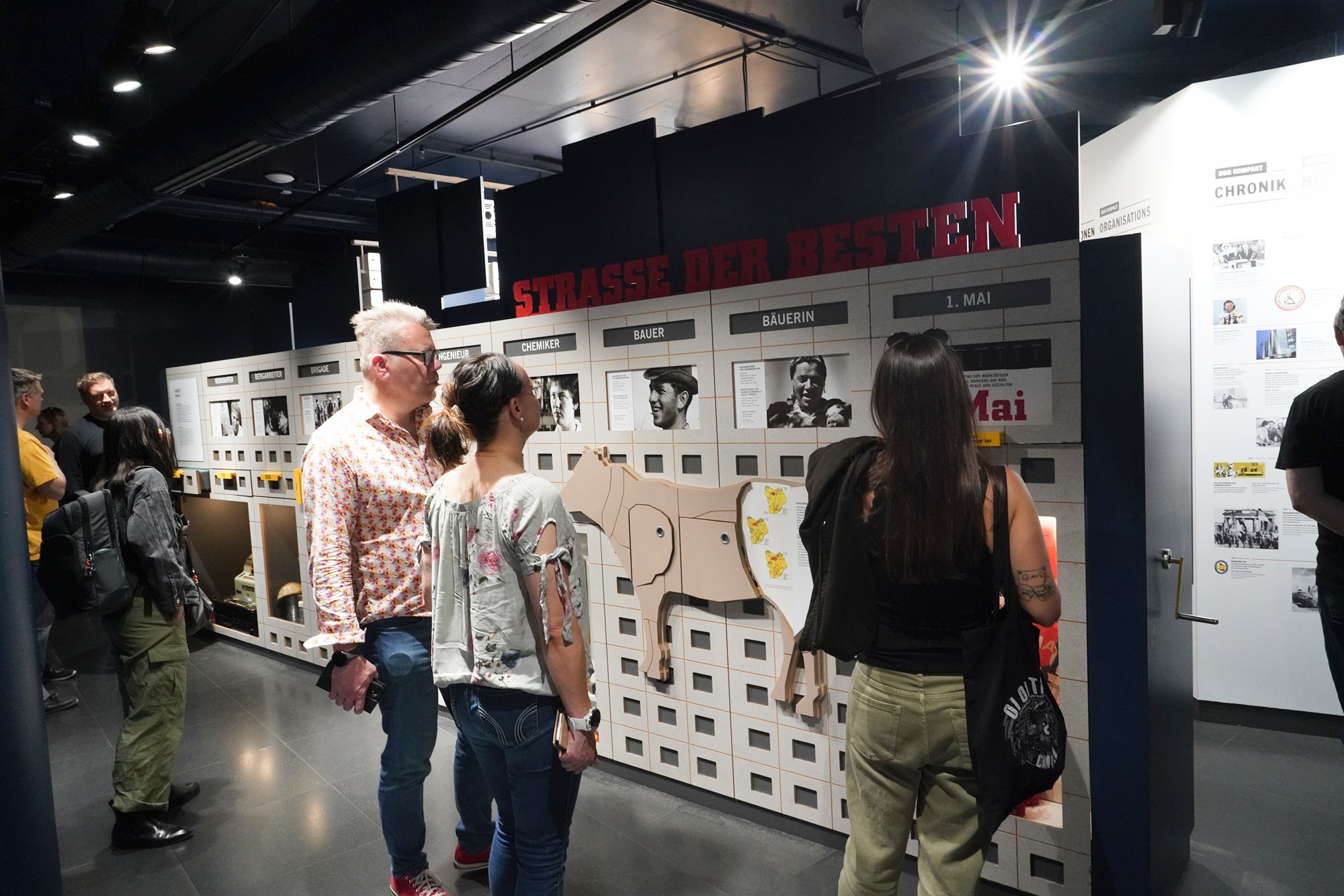
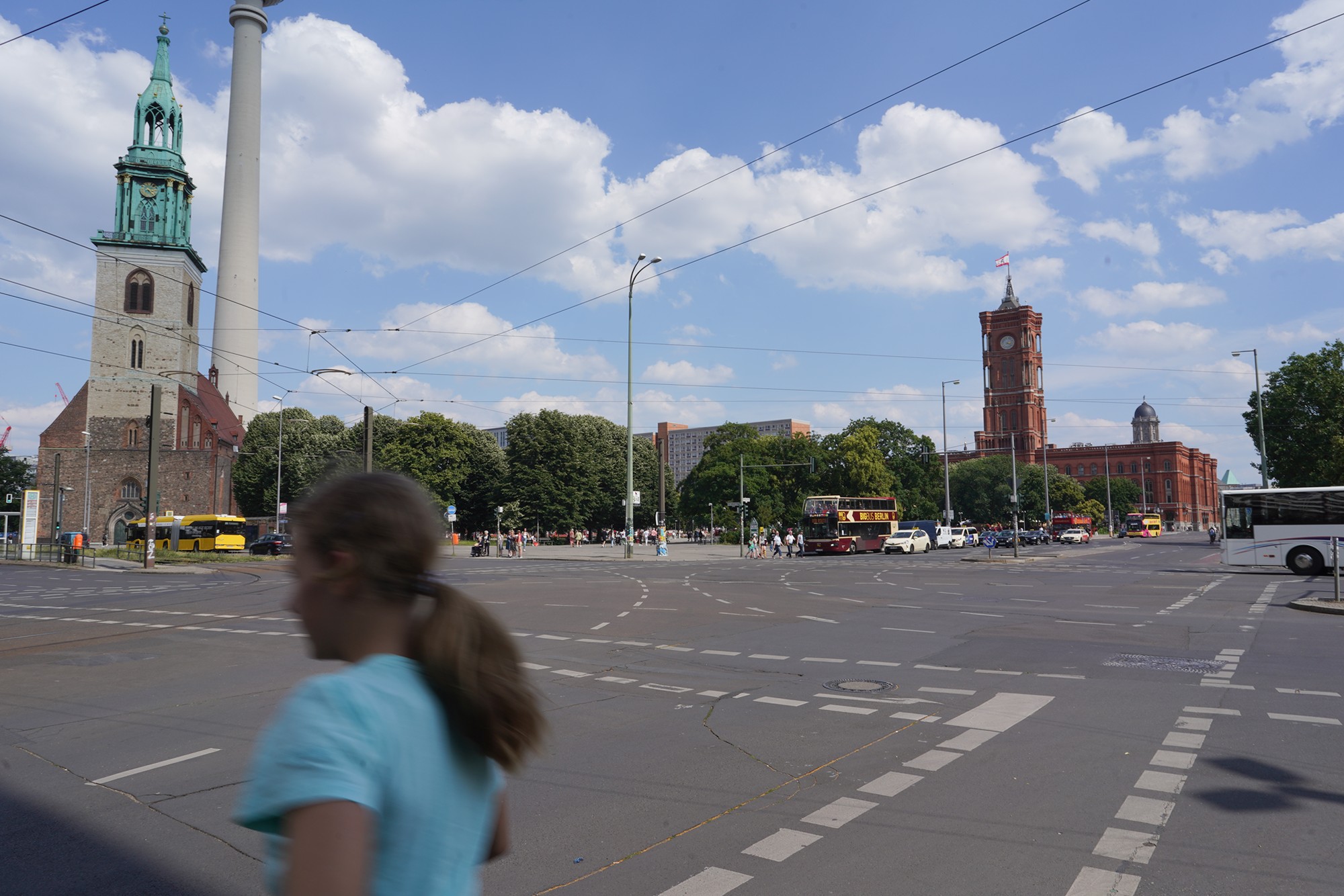
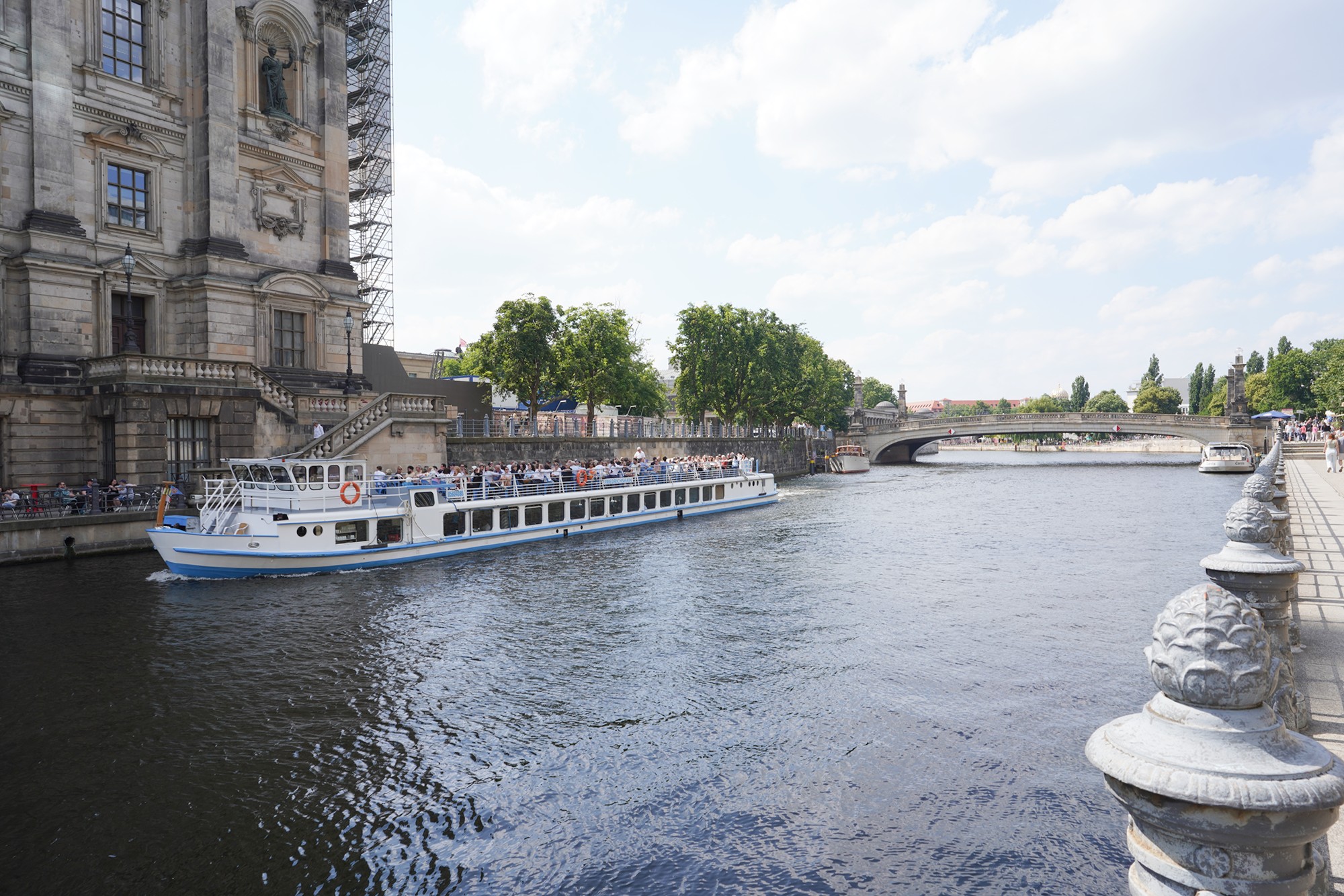
Berlin TV Tower. The Berlin TV Tower (Berliner Fernsehturm) is one of the most iconic landmarks in Berlin, offering panoramic views of the city. Located in the Mitte district near Alexanderplatz, it was constructed between 1965 and 1969 by the government of East Germany as a symbol of the socialist state’s technological and architectural prowess.
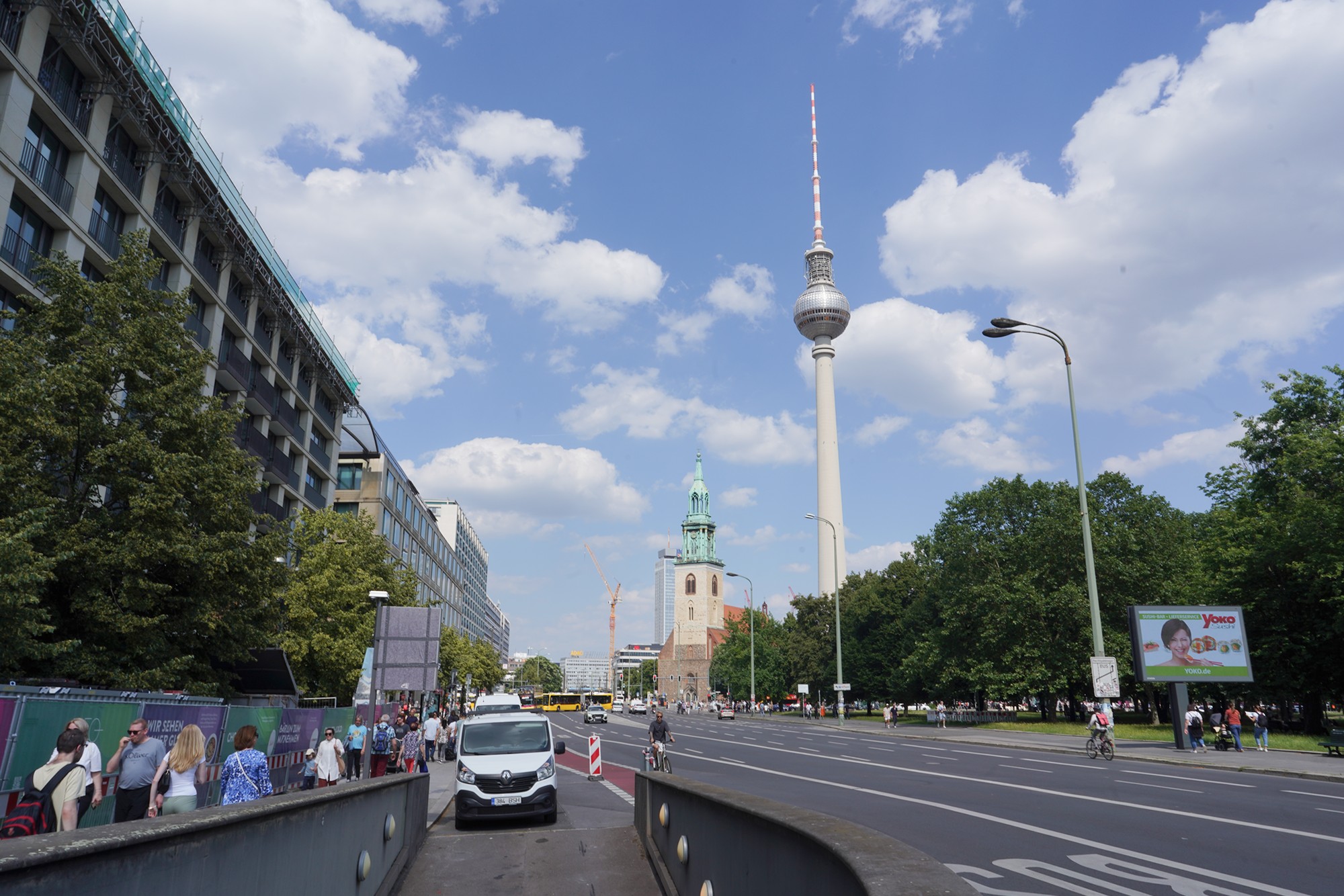
The back side
